A Realtor's Guide to the Hawaii Real Estate Purchase Contract

If you’re buying or selling real estate in Hawaii, you’re going to encounter the Hawaii Association of Realtors Standard Form, which was most recently updated in May of 2022. The Hawaii purchase contract is 14 pages long and has 20 separate sections that are labeled with the letters A-T. Each section covers a different working element of the contract and they all collectively establish the terms of the deal, price, any and all contingencies for the sale, and the parties involved.
As you can probably imagine, buying property on Maui has a few nuances as does our purchase contract. In this article, I’m going to take a look at each section from A-T and explain the purposes and nuances of each section individually.
A real estate purchase contract is essentially a road map to transferring the ownership of a given property from its current owner to its new owner.
Our Responsibility as Realtors
.jpg)
Every deal is different and it's important to take into consideration several variables such as buyer competition, seller’s timeline needs, property condition, and more when writing an offer for a buyer or choosing between offers as a seller.
Most buyers and sellers depend on their Realtor to know the Hawaii purchase contract for them, often signing without going through it word by word. However, I think it's critical for all buyers and sellers to know the contract through and through themselves. It's paramount to me that all of my clients understand exactly what they are agreeing to before we open escrow. We take a fiduciary responsibility to our clients and I consider contract expertise to be a big part of that.
While buyers extend the purchase contract to sellers, it’s just as important for sellers to comb through the contract when selling their Maui home or condo and make sure there aren’t any terms or items that they will need to amend in a potential counteroffer.
Get a FREE Comparative Market Analysis in today's market. Read My Complete Guide to Selling Your Home or Condo on MauiWhat's your home worth?
Page 1 of The Purchase Contract
Hawaii Purchase Contract Section A: Agency Disclosure
This is one of the simplest sections of the contract. In Section A, we have two sub-sections, A-1 and A-2. A-1 defines the roles of each Seller’s Agent, Buyer’s Agent, Dual Agent, or if the buyer or seller is not using an agency for representation. An agency in this instance is the brokerage that is representing each party. If the same brokerage or agent is representing both the buyer and seller then the agency is a Dual Agent.
Dual Agency requires a separate disclosure and consent form from the clients. Here on Maui, it's common for dual agency to exist in the contract, especially at my brokerage, Coldwell Banker Island Properties, as we have the largest number of agents and represent the largest group of clients on the island. In Dual Agency, whether the agent represents both buyer and seller or two agents in the same brokerage represent the buyer and seller respectively, it’s important for the agents to maintain their fiduciary duties to their clients individually.
In practice, this means that the agents do not disclose anything to any other party that the clients do not want to be disclosed, most often this is the price they are willing to accept in a negotiation. It’s important for dual agents not to discuss price verbally, but to let the contracts do the talking. A real estate agent's role is to coordinate the conversation between buyer and seller via the contract, not to verbally represent the positions of the buyer or seller to the other parties.
Section B: Initial Earnest Money Deposit
This section specifies how the buyer will deliver the initial earnest money deposit. There are only three ways to choose from; the buyer’s agent can deliver a check from the buyer to escrow the day after acceptance of the contract, the buyer can deliver their own check to escrow by the next business day after acceptance, or, and most commonly used here on Maui, the buyer shall wire the initial earnest money deposit within X amount of business days after acceptance.
We usually write 3 days in there to give the buyer time to coordinate the wire transfer and for it to be received. Escrow will send the buyer wiring instructions right after opening escrow if this is selected.
Browse Condos For Sale Around Maui
Page 2
.jpg)
Section C: Offer to Buy and Purchase Price
Here the offer to purchase from the buyer establishes a deadline for a response from the seller via C-1. If the offer is accepted by the seller before the specified day/time that the contract will become binding. Sometimes the seller accepts after the deadline and this is cleaned up with an amendment that extends the response time.
The purchase price itself is broken down into the specific amounts for the earnest money deposits, how much cash will be used in the purchase, and what other methods of funding will be used such as financing, proceeds from a 1031 exchange, or proceeds from the sale of another property without a 1031 exchange. Here the down payment amount is specified on a financed offer and the amount of the down payment can be important to a seller as a very low down payment might give them concerns that the financing will go through with such a high loan-to-value ratio. In some instances, a seller may be willing to offer seller financing and then the buyer would use a purchase money mortgage.
As everyone knows, cash offers are always the strongest. But, financed offers can be selected over cash offers, even if the price is the same, based on other terms in the contract and what the buyer might be willing to waive such as the inspection contingency. The money
Section D: Addenda
The difference between an addendum and an amendment is something that I see commonly confusing other agents and clients alike. An ADDendum is anything ADDed to the contract, where an amendment is used when something in the original contract needs to be changed/amended. Our most common addenda in Hawaii are the As-Is addendum, 1031 exchange, Dual Agency disclosure as previously discussed, and the lead-based paint disclosure for all properties built before 1976.
It’s important to note that the Hawaii real estate purchase contract is by nature an as-is contract. This means that sellers are never required by the contract to make repairs or improvements to the property after anything a buyer might discover during their inspection. Adding the as-is addendum can strengthen an offer as a way for the buyer to indicate they don’t intend to make requests for repairs or credits, but it does not expressly prevent them from doing so.
I have had clients who purchased with the as-is addendum added to the contract who made a large discovery (a roof issue) during the inspection that had been unknown to the seller and was still able to negotiate a credit for the repair. The only way you forfeit the ability to request repairs or credits is to waive the J-1 inspection contingency which I will discuss in a few more sections.
Section E: Property
Under the “Property” section of the contract, the property itself is legally identified with the tax map key and a written description of the property. Along with that, all of the inclusions of the property are identified. These are things like appliances and fixtures that will or will not be included in the sale. If a solar power or PV system is included in the sale, it will be written in this section.
Above and beyond those items, this section will also identify if the property is being sold furnished and how that list of furnishings will be delivered by the seller and when that will need to be approved by the buyer. Lastly, exclusions will cover any items that are currently in the home that are specifically not included in the sale.
Browse New Listings on Maui
Page 3
.jpg)
Section F: Closing
Section F relates to how and when the purchase contract will conclude with the closing of the sale and transfer of ownership with the recordation of the new deed at the Bureau of Conveyance in Honolulu.
The average timeline for closing in Hawaii is 30-60 days. Some cash deals can close faster in as few as 14 days and some financed deals can take over 60 days depending on the lender. We typically write in a buffer for unforeseen circumstances in F-3 with a one-time unilateral right to extend to add 7 to 14 days. This means either buyer or seller can extend the contract one time without having to enter into a new agreement with the other party. If time is of the essence then we will mark that box and not write in this buffer period, but it does create more pressure on all parties for closing on time.
Section F also specifies the escrow company that will handle the transaction, this is typically selected by the buyer, but sometimes the sellers will have an existing relationship and negotiate to have them facilitate the deal. The distribution of closing costs is identified in section F and so is the notice on conveyance tax as it relates to how the buyer will be taking possession as either their primary residence or as a residence other than their primary residence.
Page 4
.jpg)
Section G: Title
Early in the escrow process, a preliminary title report will be prepared by escrow and the buyer will have a specified review and approval period. This is to ensure that there are no defects with the title and that the ownership of the property is 100% valid.
After the title has been verified, later in the escrow process, the buyers will provide escrow with the type of ownership they will take of the property and in which names. Many owners choose to hold property in a trust rather than in their names.
Page 5
.jpg)
Section H: Cash Funds and Financing Contingency
This section specifies any contingencies surrounding the funding of the sale. Three general options exist for buyers. If the buyer’s ability to make the payment for the total cash funds specified in section C-1 is not contingent on any external factor, such as the sale of another property or finalizing a Home Equity Line of Credit, then we would select H-1, with no contingency on obtaining cash funds. There is a timeline here for the buyer to provide proof of access to these funds either from a financial statement or a letter from their bank or financial institution.
If there is a contingency on obtaining the cash funds, then we would select H-2 and then indicate what the source of the cash funds will be. If the cash funds do not come through by closing for a provable reason, then the buyer can cancel the contract without penalty.
H-3 references financing. If the purchase is going to be financed, then the sale is contingent on the buyer getting final loan approval and the lender being able to perform. If the lender is not able to perform for any reason, then the buyer can exit the contract without penalty. A pre-approval letter is required along with a financing contingency and if the lender cannot perform then a letter from the lender will be required to prove that. We have many great lenders on Maui and I can provide my referral list at your request.
Page 6
.jpg)
Section I: Seller’s Disclosures in All Real Estate Transactions
Over 2 pages of the total purchase contract are dedicated to the Seller’s Disclosures. It discusses the timeline for the seller to provide the Seller’s Real Property Disclosure Statement, which is a separate, multi-page document, and the types of disclosures a seller will be required to make.
In a Seller’s Disclosure, the seller will answer a very long list of questions about the condition of the property and will also disclose any known defects of the property along with any and all improvements they have made during their ownership of the property. Things that were disclosed to the seller when they purchased their property are required to be included in their own disclosure. However, many sellers may not know about many of the issues discovered in the home inspection, but once known they should become a part of their disclosure.
Page 7
.jpg)
Seller's Disclosure Updates in the Hawaii Purchase Contract
As of May 2022, sellers are now required to disclose if their property is located in a zone with an expected sea level rise. This is done with software that predicts sea level rise over the next 50 years and is presented in the form of a map with areas that are more vulnerable to this shift that is already occurring.
Buying oceanfront properties come with a few more nuances and inherent risks. Even if you don’t expect sea level rise to become an issue, being in an area prone to storm surge can also be dangerous and this would be determined by your flood zone which will also be disclosed.
Page 8
.jpg)
Section J: Inspection, Maintenance, and Warranties
Perhaps the most pivotal section of any purchase contract is the inspection contingency. Pg 8 of the Hawaii purchase contract covers the period of time the buyer will have to inspect the property and determine if they will make any requests of the seller. This is usually 10-14 days, but in a multiple-offer situation, waiving this contingency can make or break the deal. If an inspection period is requested, then a professional home inspection company is selected by the buyer to perform a full inspection of the home. The home inspectors will provide a lengthy report that shows everything from a missing door stop to a collapsed roof. On a condo, this report can be over 80 pages!
Section J is often the most pivotal part of the contract because almost every property, new or old, will have items of concern on the inspection report. Sometimes the amount of work a property needs is more than a buyer wants to get into and they cancel the contract, other times the buyer chooses to request specific repairs to the property before closing before agreeing to continue with the purchase. Sellers rarely agree to perform repairs and instead will make a concession in an agreed amount of money credited to the buyer at closing to cover the repairs.
How I Handle Section J As a Realtor
As a realtor, this can be one of the trickiest areas to navigate and can lead the buyer and seller to be frustrated with each other unnecessarily. For my buyer clients, after we have the inspection and receive the inspection report, we will obtain quotes from different vendors to get a general idea of the cost of the repairs, and then we will decide how we are going to proceed. For example, if the A/C shows that it hasn’t been serviced in years and is working slowly, we may request an A/C service or the cost of one to be credited.
Sellers are not obligated to agree to any repairs or credits and it's basically up to them. Once we have negotiated this, the buyer and seller will sign off, and the sale will continue toward closing. I will provide these professional estimates along with our request to make the sellers feel that there is some credibility to the amount we are requesting, rather than just grabbing a ballpark number out of the air. It's important that these negotiations remain civil and considerate.
The Rest of Section J
The rest of section J specifies the date of the final walk-through, usually 3-5 days before closing to ensure that cleaning has been performed, any repairs have been made, and that the condition of the property hasn’t changed. The seller will have any items not included in the sale removed from the property and have the property cleaned prior to the final walkthrough. Navigating J1 is perhaps one of our most important functions as a real estate agent and you’ll want someone with experience to help you through it on either the buyer or seller side.
Page 9
.jpg)
Section K: Staking and Survey
If you’re purchasing a condo this section won’t apply, but if you are purchasing land or residential property, having a recent survey is the best way to determine if there are any encroachment issues. Staking is a less detailed report of the property lines while a survey will be a much more detailed description of the property and any encroachments. In Hawaii, it's common to find small encroachments outside of the 6-inch de minimus with structures like retaining walls as they may settle or shift slightly over time.
The survey is typically the seller’s responsibility to pay for and have performed in the timeline specified in this section. If encroachments are discovered, then the terms of K-3 apply whereas there is language to establish the remedy of these encroachments. Often it's something that escrow can handle rather simply by getting an encroachment agreement in place with the property owners of the property creating the encroachment and the property that is being encroached on.
Section L: Termite Provisions
Termites are a fact of life in Hawaii. Hawaii has the perfect climate for these wood-destroying organisms along with a handful of other pesky bugs, like ants and cockroaches. If a home was built with termite-treated wood or out of concrete, the concern is less, but often cabinetry and other finishes were built without termite-treated wood.
On a residential property, it's always a good idea to have the termite inspection performed. Typically, the buyer selects the company to perform the inspection and the seller covers the cost. If active termites are found then the company will determine if spot treatment will work or if it needs to be tented. In those events, the seller will typically be responsible for covering the cost of that service. In condo complexes where routine pest control is performed as part of the HOA, it's less likely to discover termites.
Page 10
.jpg)
Section M: Additional Seller Obligations Regarding Documents
Anytime you purchase a property that is subject to CCRs or is part of an association, the seller will be required to provide all of the documents listed in section M1(c). M1 established the timeline for this mandatory provision of documents as well as the review period for the buyer to sign off on this contingency.
If a buyer receives the HOA documents and doesn't like the house rules or sees an issue with the association’s cash management/upcoming fee increases, they can cancel the contract without penalty.
Page 11
.jpg)
Section N: Rental Property Matters
Given that a large part of our market is short-term rentable condos or STR’s/TVR, section N is a very important section. With these short-term rentable condos or other long-term rental investment properties, the buyer will typically have to select N-2 and not take the property free of tenants. Sometimes an existing lease on the property will prevent the buyer from taking possession immediately.
Rental reservations managed by a property management company are actually not reservations owned by the seller and if a different property manager is selected by the buyer, the seller’s property management company may or may not elect to move them to another unit that they manage. In any instance, this is an important part of the contract to hammer out with your agent so that maximum occupancy and revenue can be achieved immediately after closing.
Section O: Termination, Mediation, Arbitration, and Other Matters
Not all accepted purchase contracts become closed deals. Buyers and sellers need to end the purchase contract agreement for many different reasons and Section O outlines the process for this. Hopefully, the contract is ended through the use of a contingency, but in the event that either party becomes in default. If this happens the contract specifies:
“In the event that Buyer is in default for failure to perform Buyer's obligations under this Purchase Contract (Seller not being in default), Seller may terminate this Purchase Contract, and (a) bring an action for damages for breach of contract, or (b) retain the initial earnest money deposit and all additional deposits provided for in this Purchase Contract. However, if the Buyer has performed the obligation prior to Seller delivering written notice terminating this Purchase Contract, then this termination provision shall not apply to such obligation. In the event Seller is in default for failure to perform Seller's obligations under this Purchase Contract (Buyer not being in default), Buyer may (a) terminate this Purchase Contract and bring an action for damages for breach of contract, or (b) seek specific performance of this Purchase Contract. However, if the Seller has performed the obligation prior to Buyer delivering written notice terminating this Purchase Contract, then this termination provision shall not apply to such obligation. The foregoing shall not exclude any other remedies available under the law to either Seller or Buyer due to the other party's default.”
If the contract is canceled within the contingency time period, then a few forms are swapped and the buyer’s earnest money deposit, in most cases, is refunded, and everyone goes their own way.
Page 12
.jpg)
Section P: HARPTA and FIRPTA
The Hawaii Real Property Tax Act and the Foreign Investment in Real Property Tax Act designate that a portion of the seller’s proceeds are to be withheld at closing by escrow to cover any capital gains taxes that could be due. This only applies to non-Hawaii residents and non-US residents respectively. When selling a property as a non-Hawaii resident, it's important to know exactly what the withholding will be in order to understand your true net profit on the sale.
Section Q: Special Terms
In Section Q, buyers and sellers can enter additional agreements as they relate to the purchase contract. This is where we would add an escalation clause, a low appraisal clause, and any other modifiers that come along with the offer. If your making an offer on a short-term rentable condo and want to make your offer a little sweeter, you can offer the seller a free week in their unit in the following year. This is where we can be creative to strengthen an offer or to provide more security in certain situations.
Page 13
.jpg)
Section R: Brokerage Firms Services and Disclaimers
Every contract comes with its disclaimers. This is where the agencies (brokerages) representing buyer and seller disclaim many things that might be misconceived initially by any party in the contract. Here the brokerages make sure that the parties are advised that they make no representations about future values, property conditions, tax liabilities, etc.
Section S: General Provisions
General provisions are basically a section dedicated to defining some of the terms in the contract and to help clarify any misunderstandings about what the acceptance date means. It also specifies the binding nature of electronic signatures among other items.
Page 14
.jpg)
Section T: Acceptance, Counter Offer, or Notification of Rejection
If you’ve read this article in its entirety to this point, congratulations! We are at the finish line of the contract itself. Here the seller will indicate if they are accepting the offer to purchase their property, are sending a counter-offer back, or are simply rejecting the offer. All of the seller’s agent's and seller’s broker's details are listed here as well.
Once accepted, the contract gets sent over to the escrow company specified in "Section F: Closing" and escrow is opened. If the seller wants to counter, we just write a counteroffer that amends any of the specific sections of the first purchase contract rather than rewriting the entire contract.
Questions on the Hawaii Real Estate Purchase Contract?
Hopefully, I’ve covered all the bases here, but there are many different ways to write an offer and many ways to write a counteroffer. It does take a great deal of first-hand experience to really see how all of these things play out over many deals and long a period of time and I’ve been fortunate to help clients buy and sell over 27 million dollars in property year-to-date in 2022 alone. So, if you're looking for representation, I would be honored to assist.
If you have any questions about the buying and selling process in Hawaii, I’m happy to answer them for you and to answer any other questions about the beautiful properties we have in the Aloha State.
Get In Touch With Evan!
_(1).jpg)
Evan Harlow ranks among the best real estate agents on Maui annually and is in the top 1% of Coldwell Banker agents worldwide in production. Evan has the expertise, experience, and work ethic to help you achieve your real estate buying and selling goals. We promise exceptional service and support from the beginning of the process through closing and beyond. See what Evan's clients are saying on Google.
Posted by Evan Harlow R(S) on

.jpg)
.jpg)
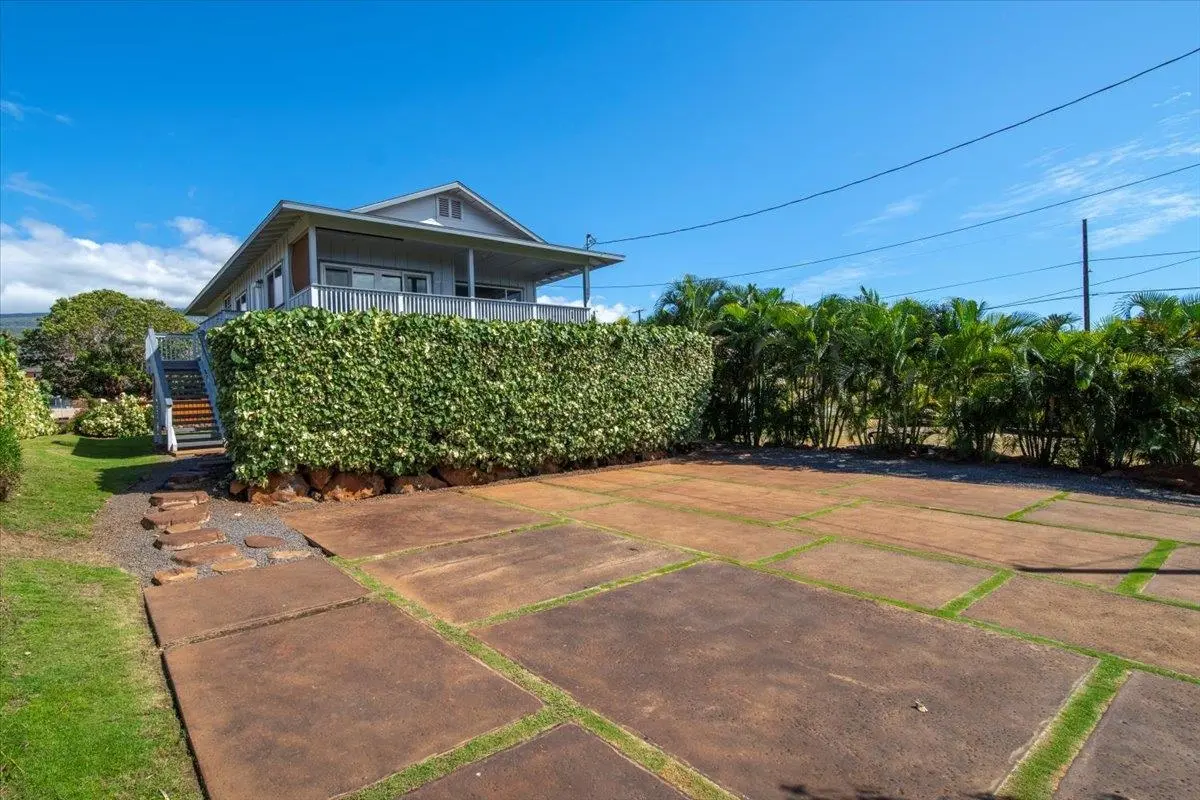
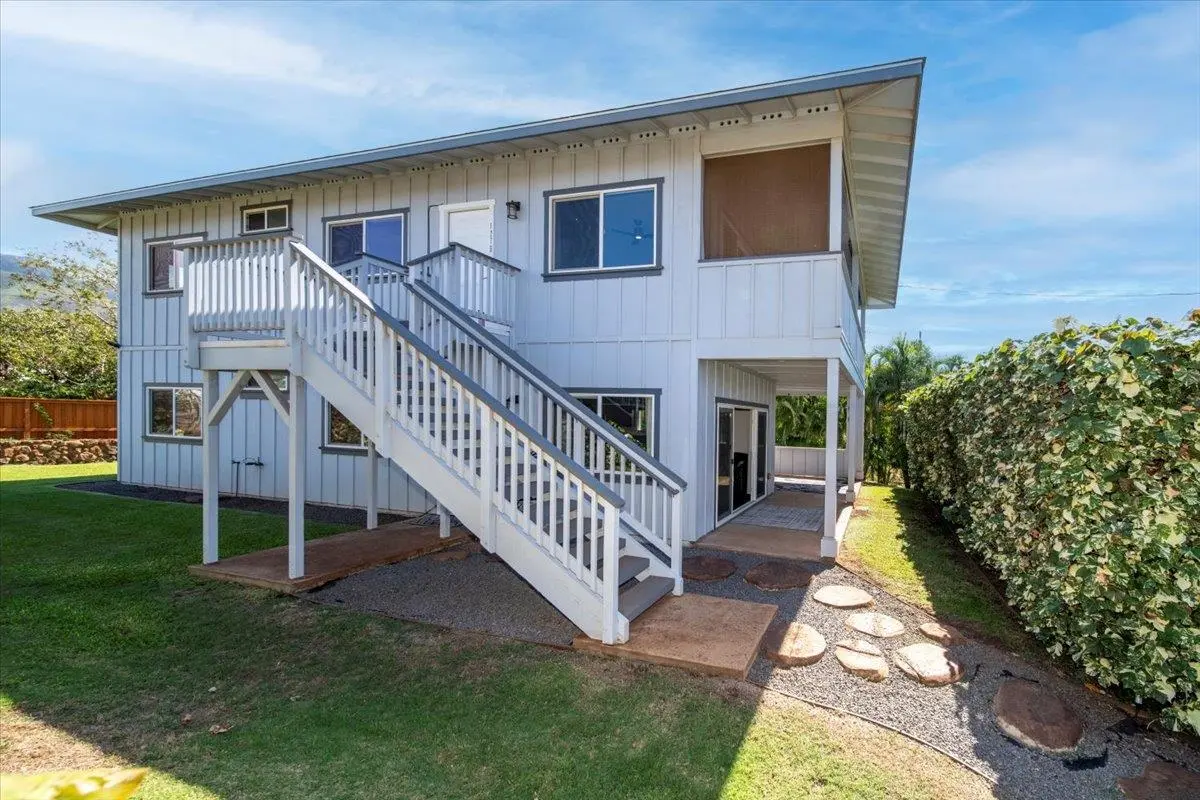
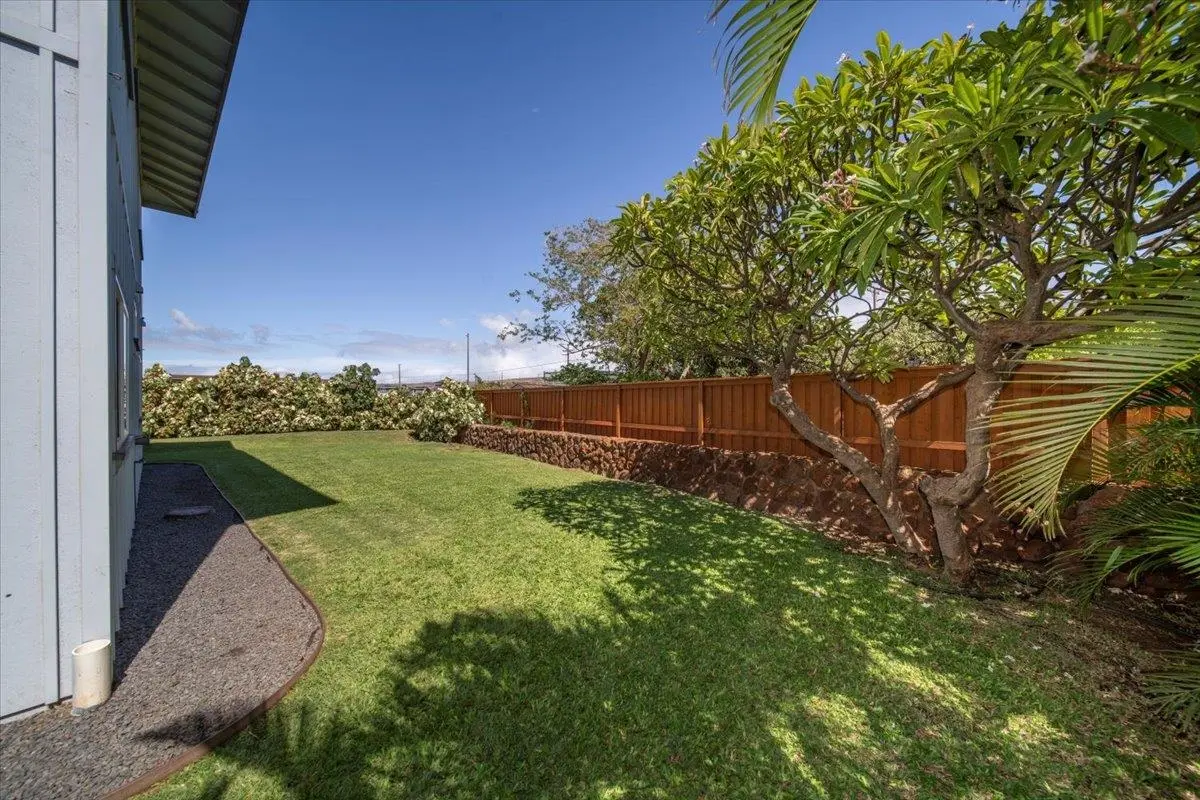
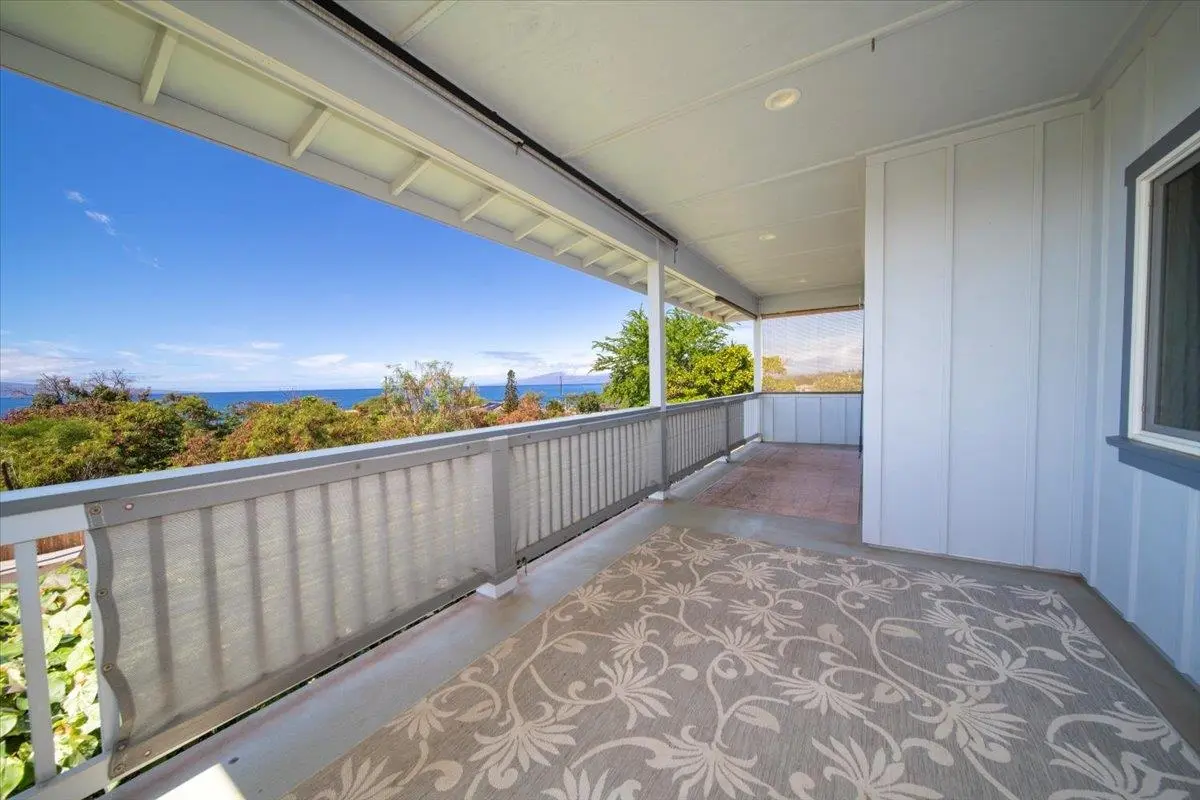
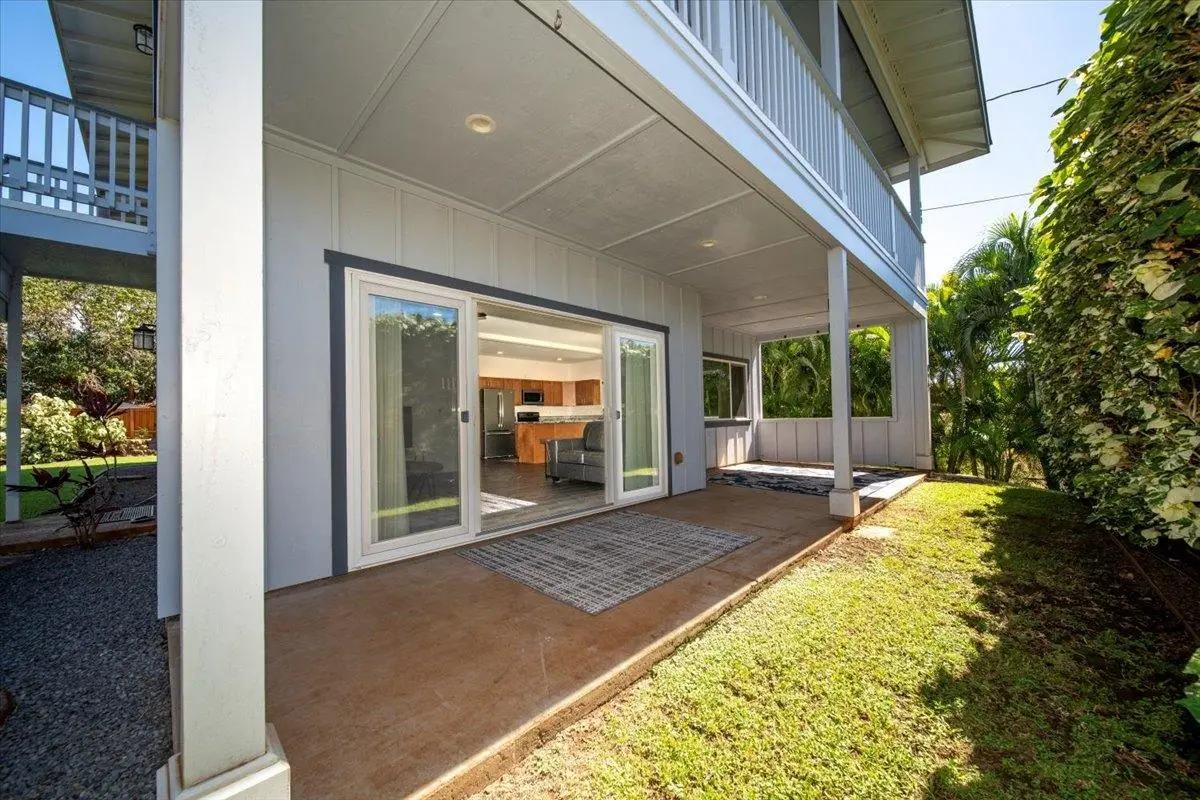



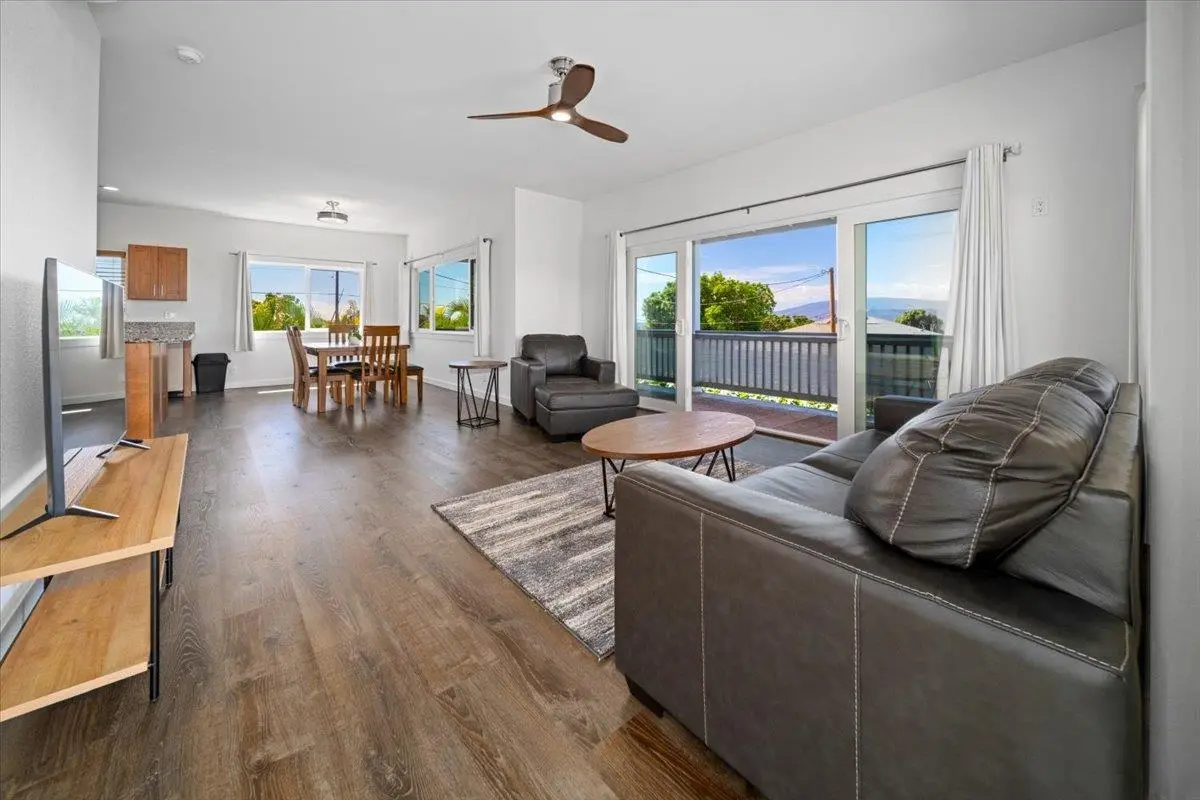

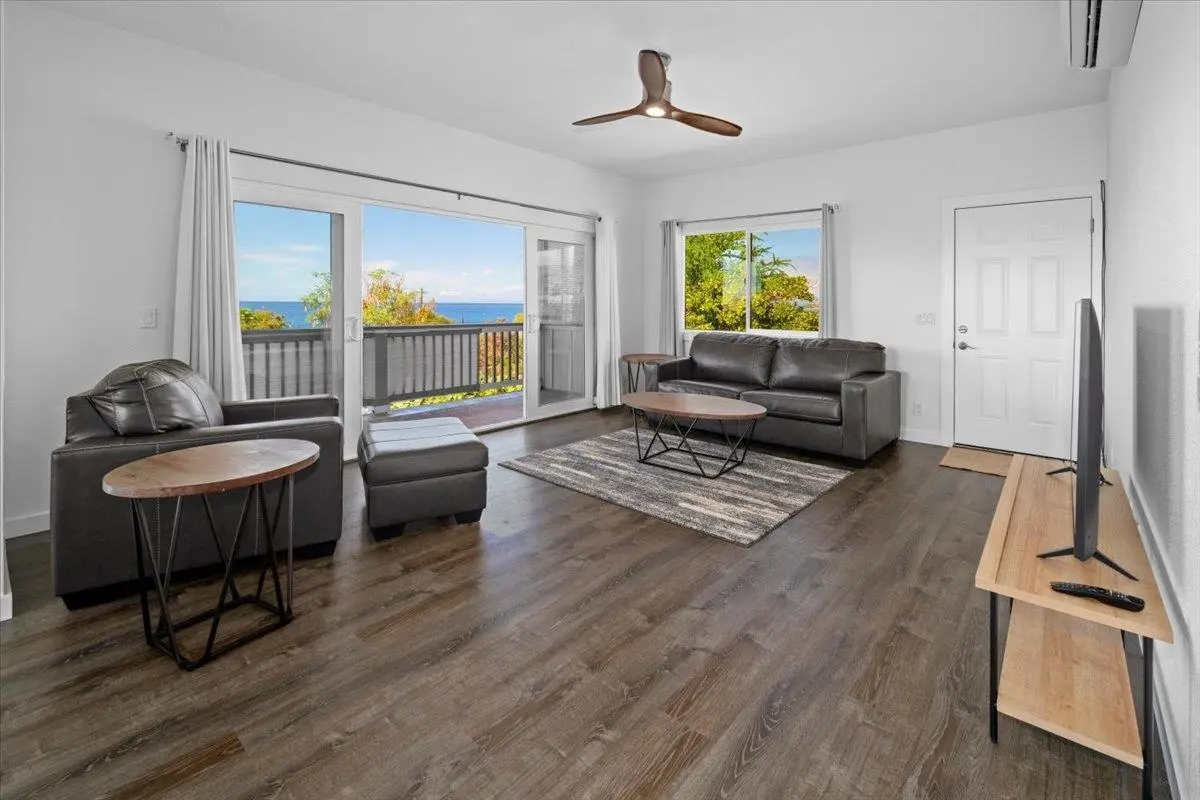
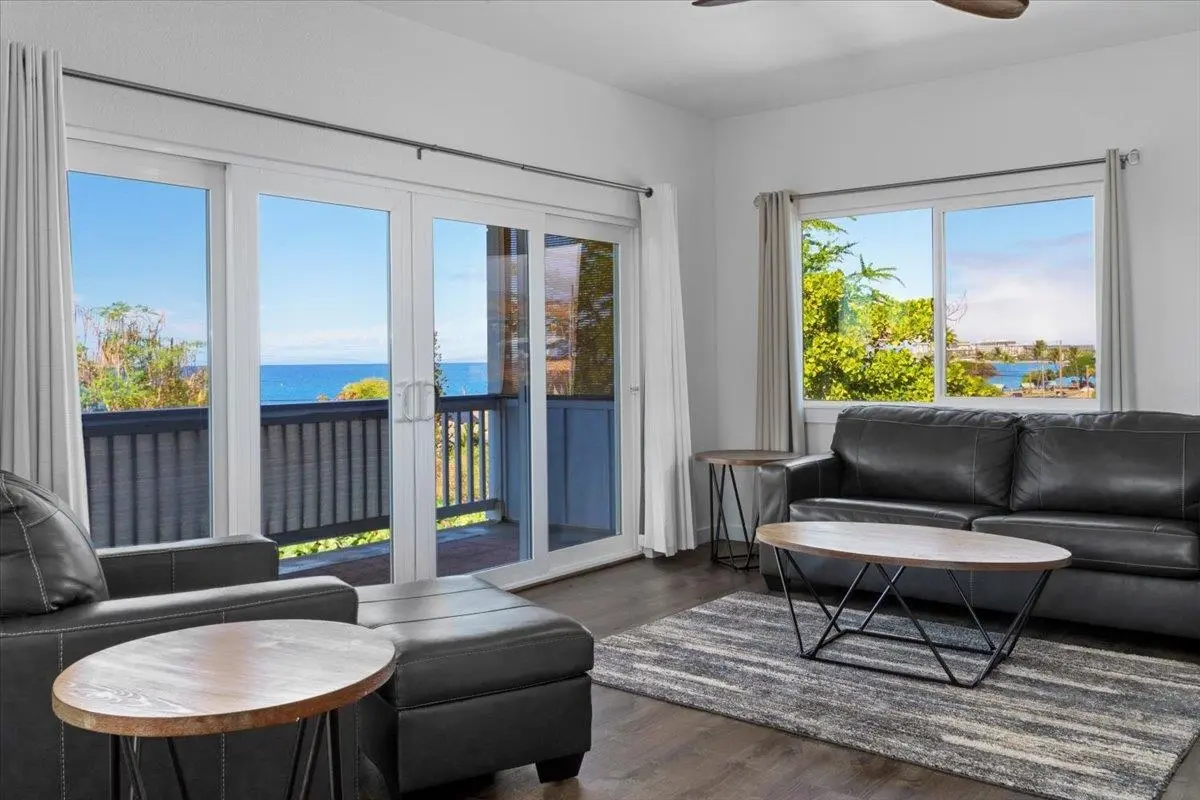
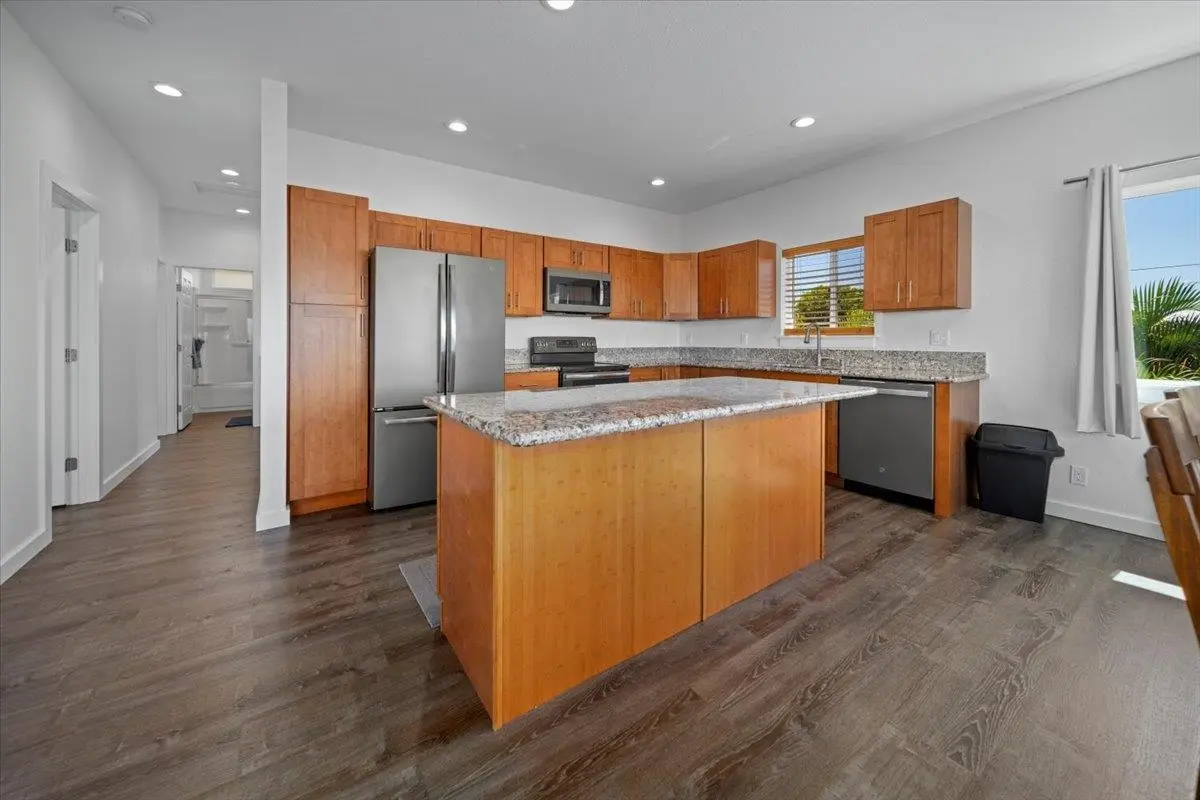
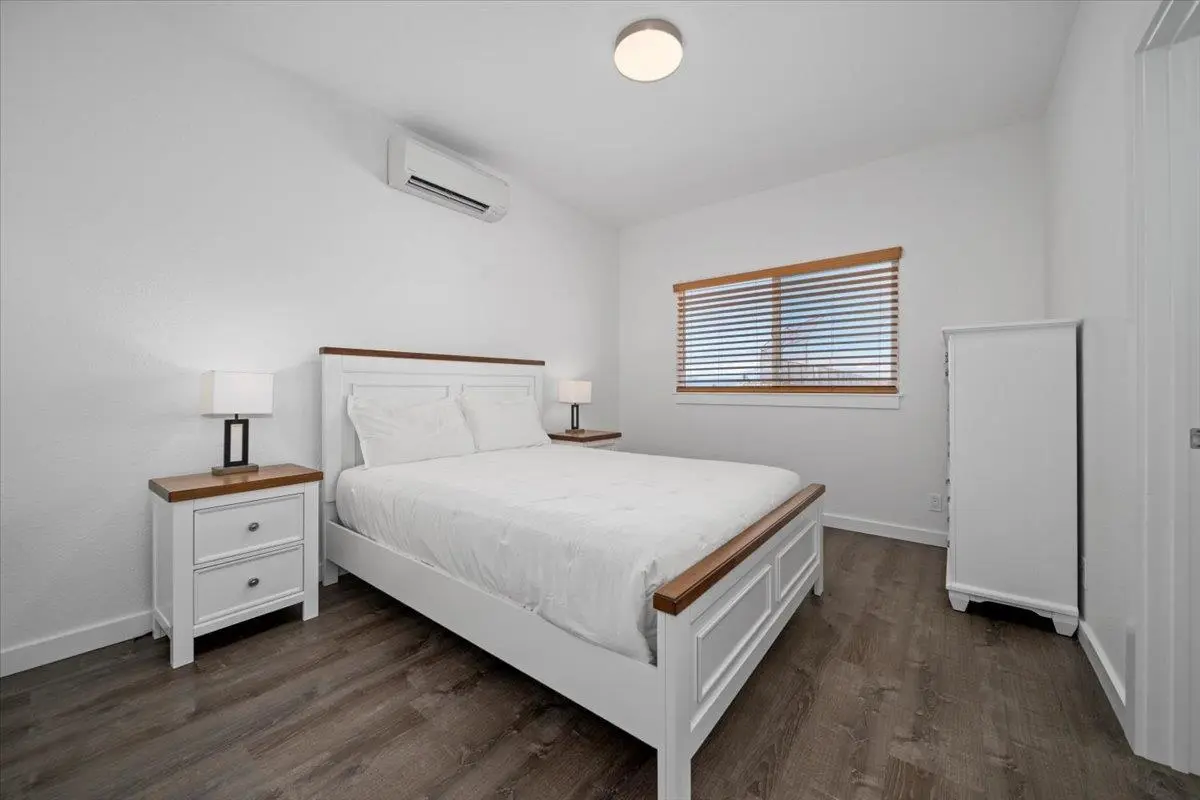
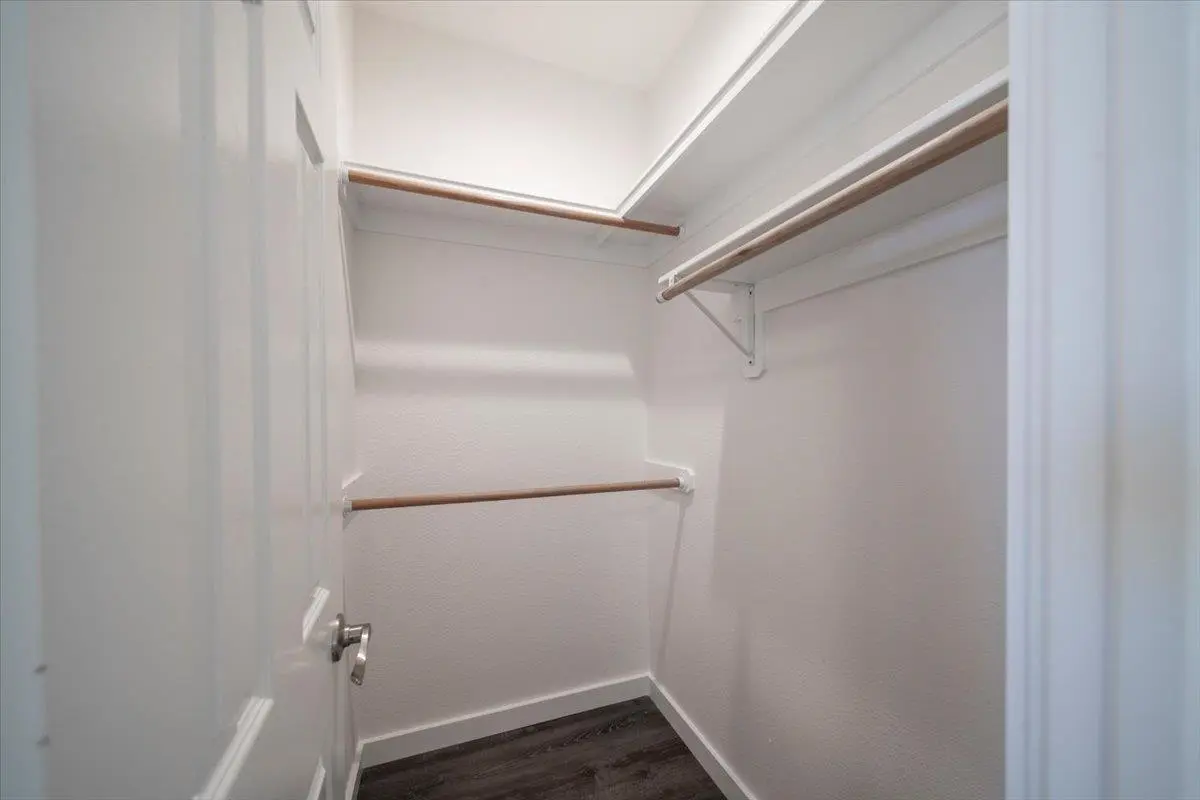
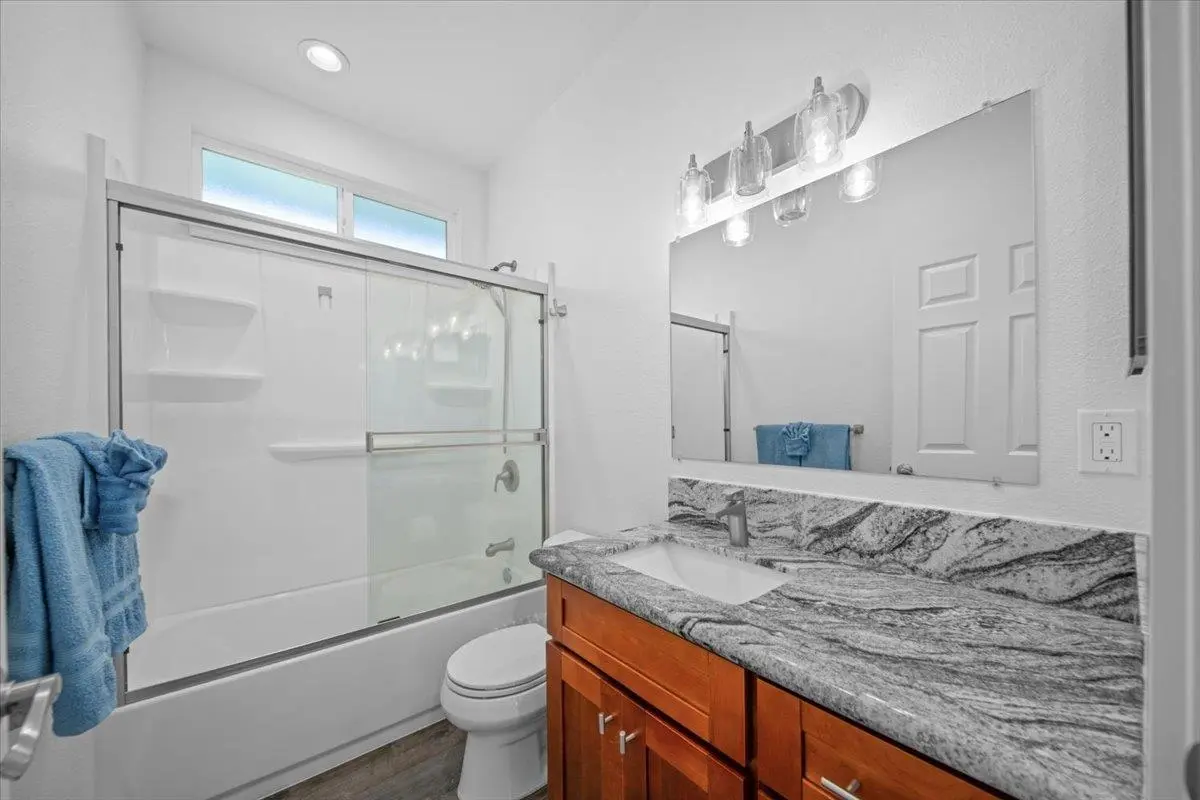
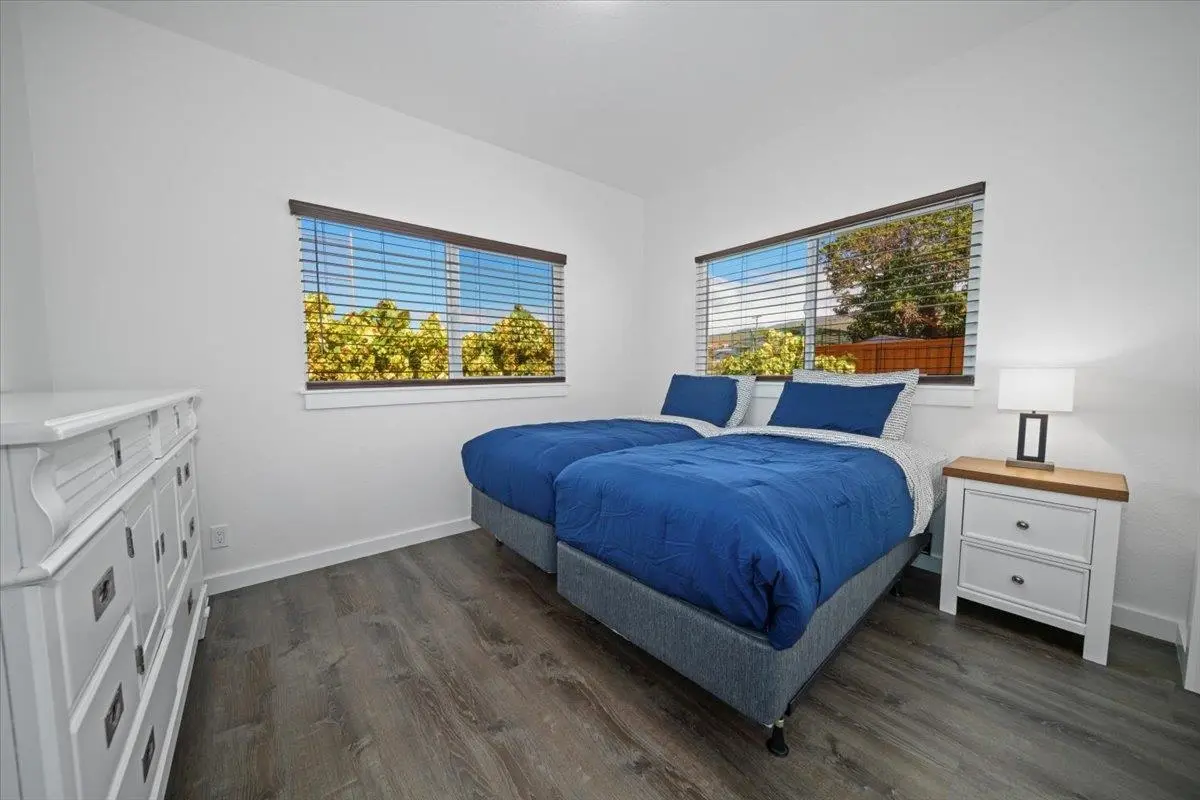
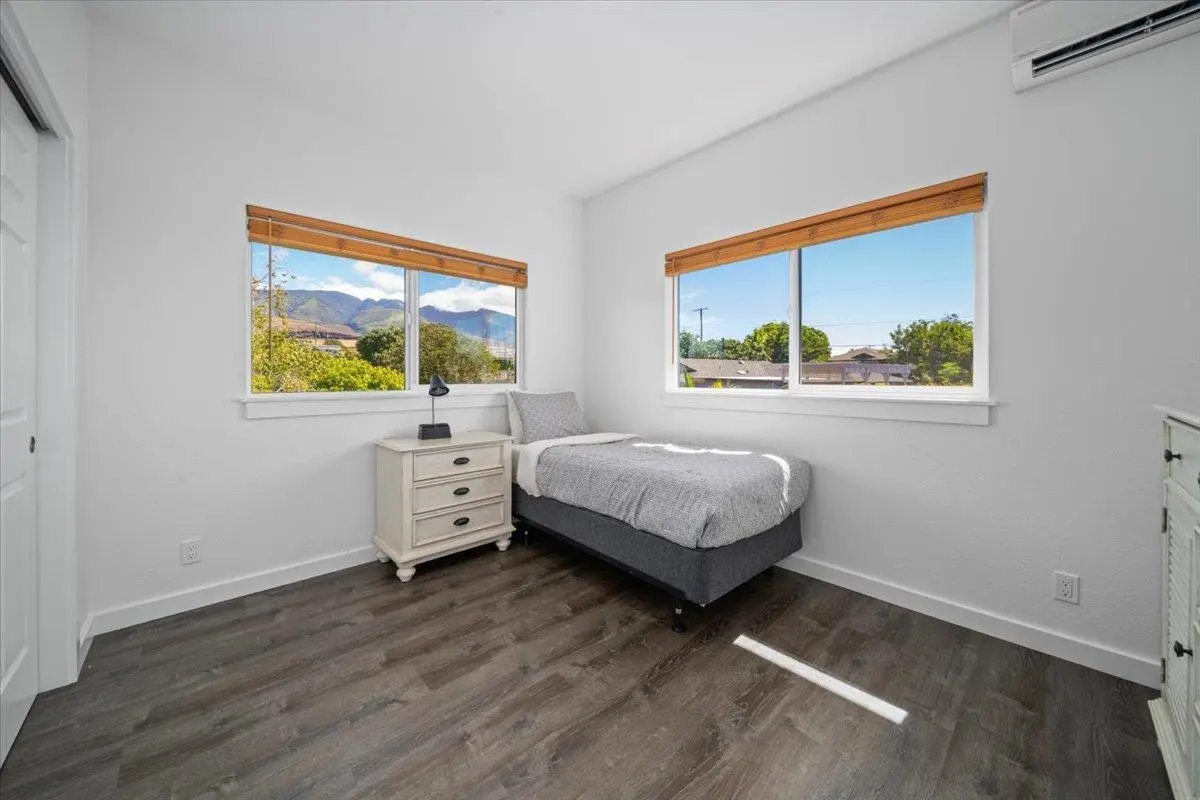
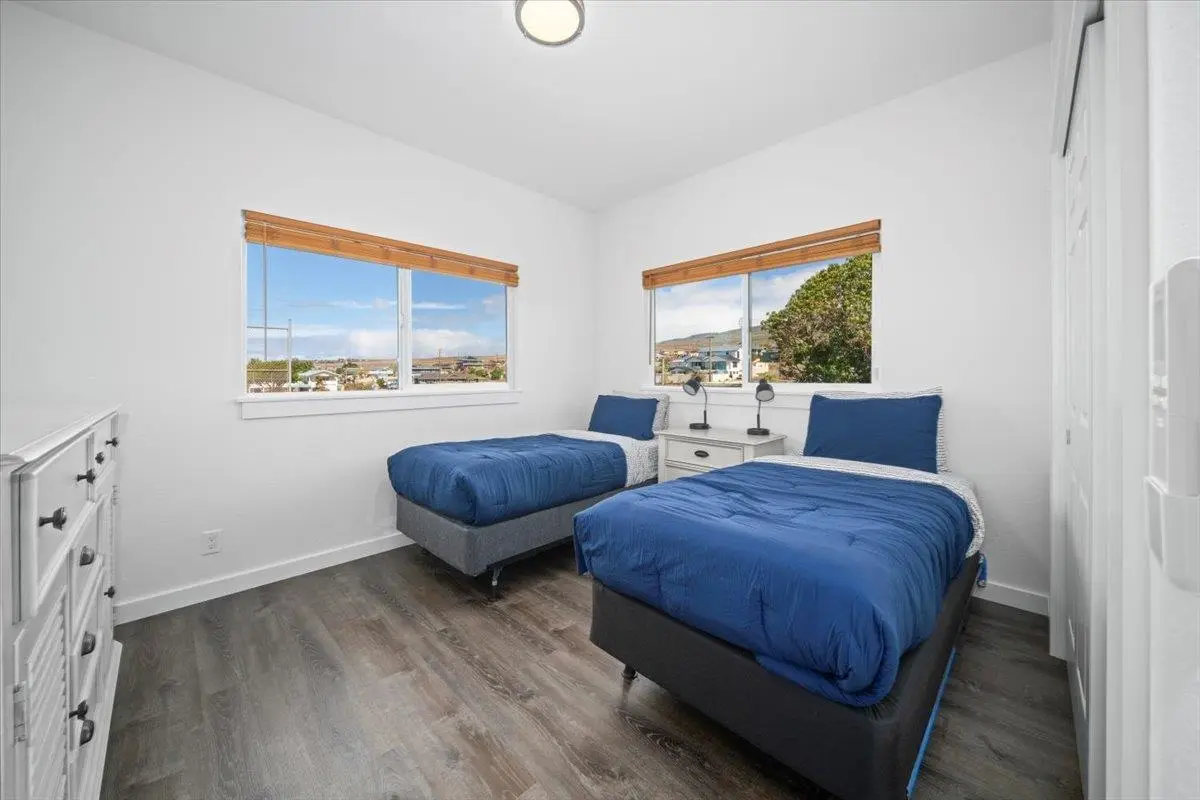

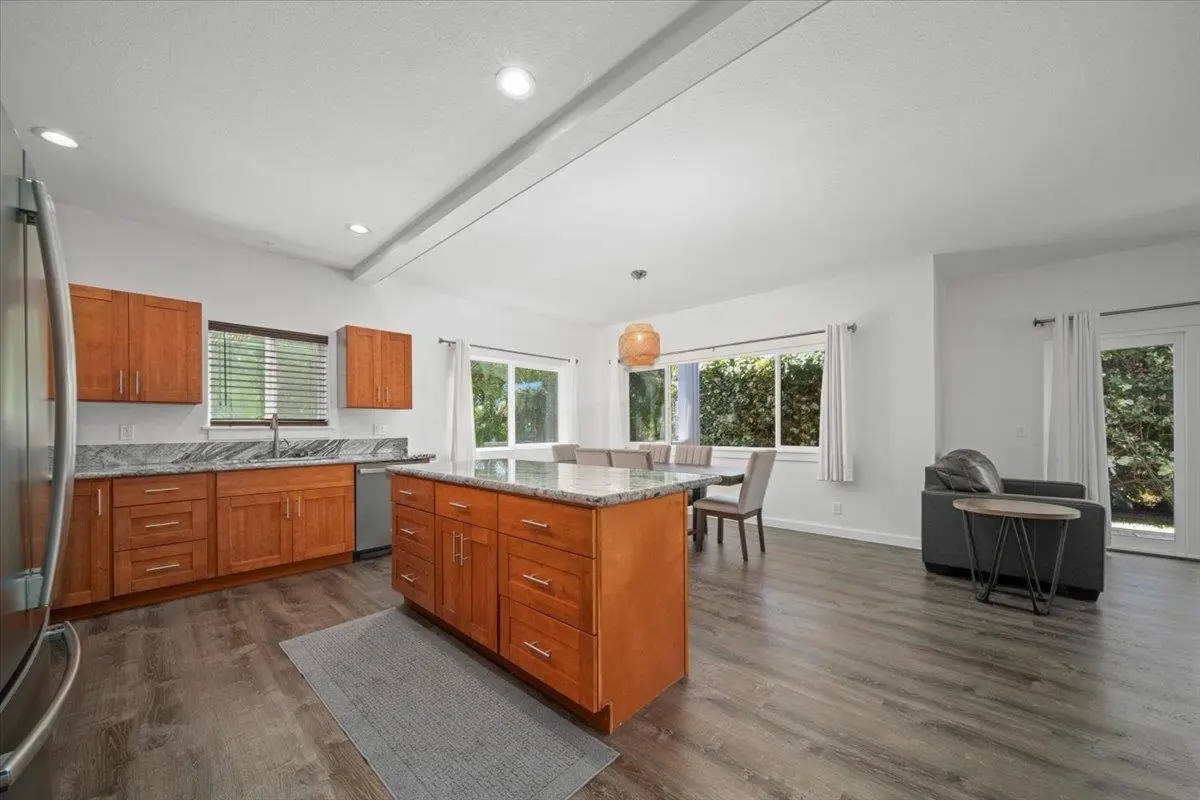
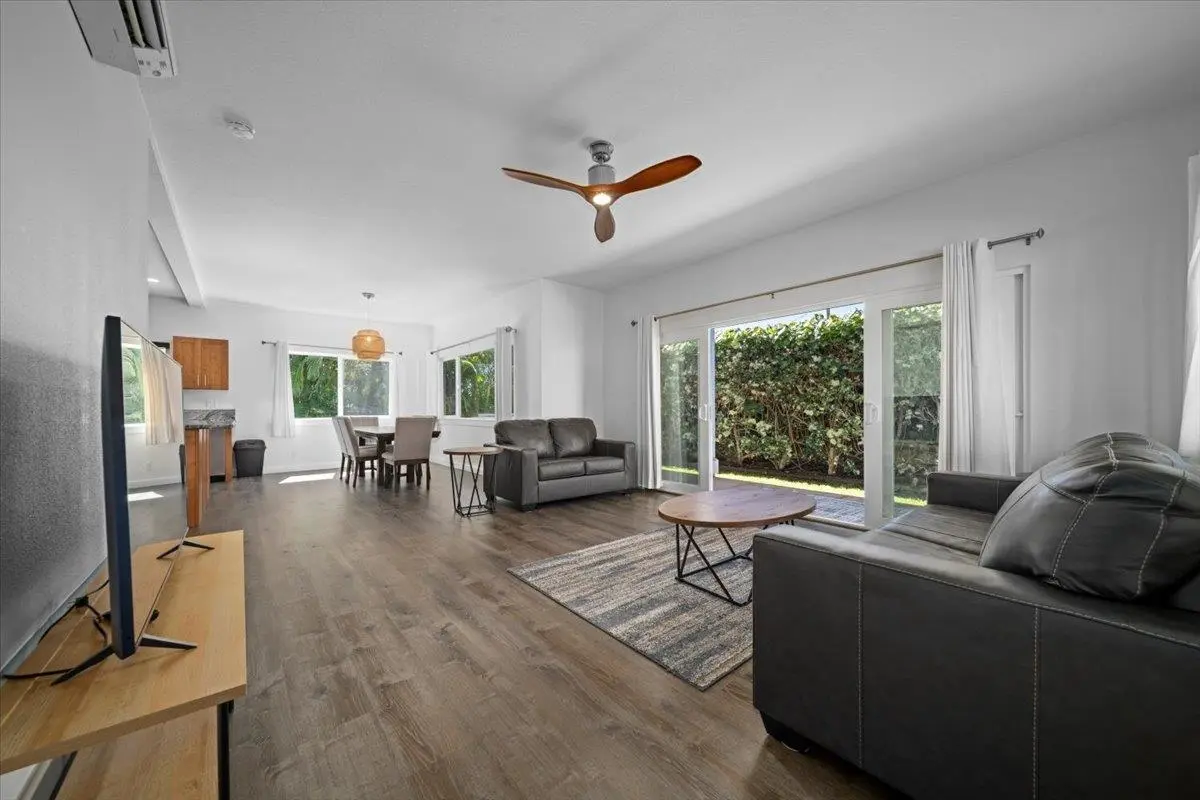
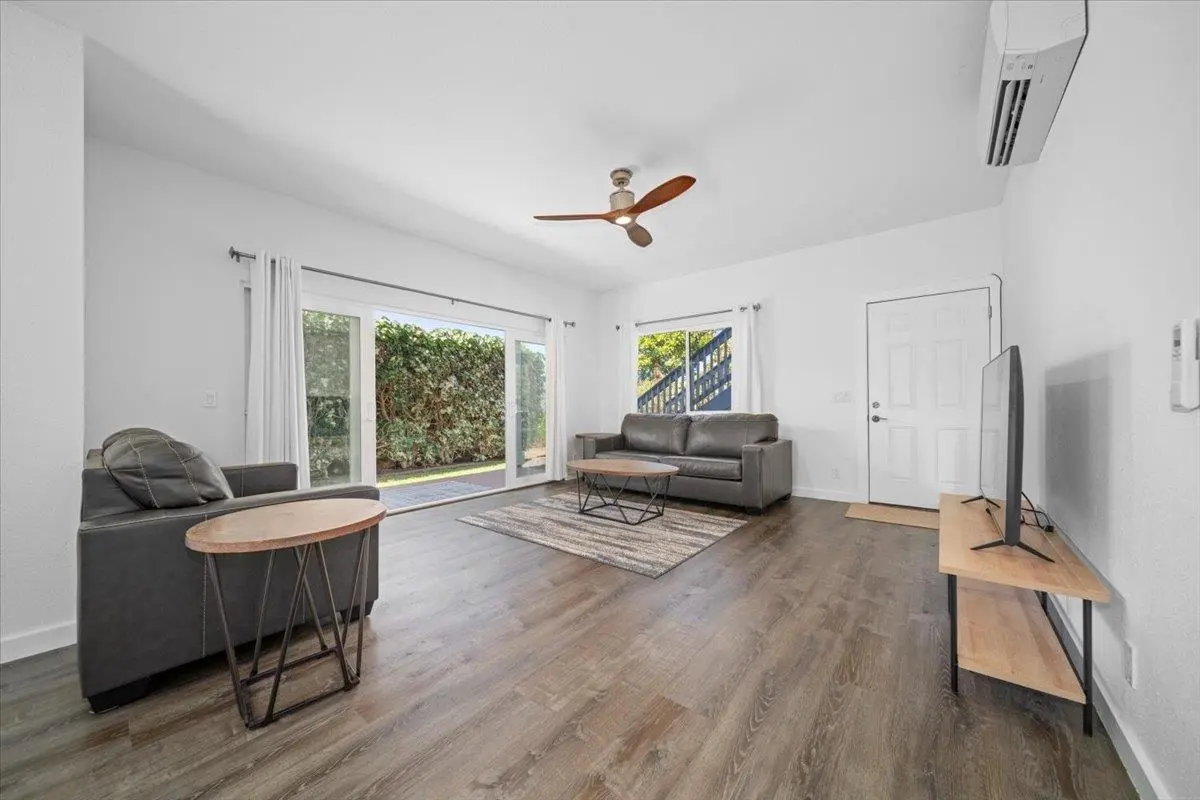
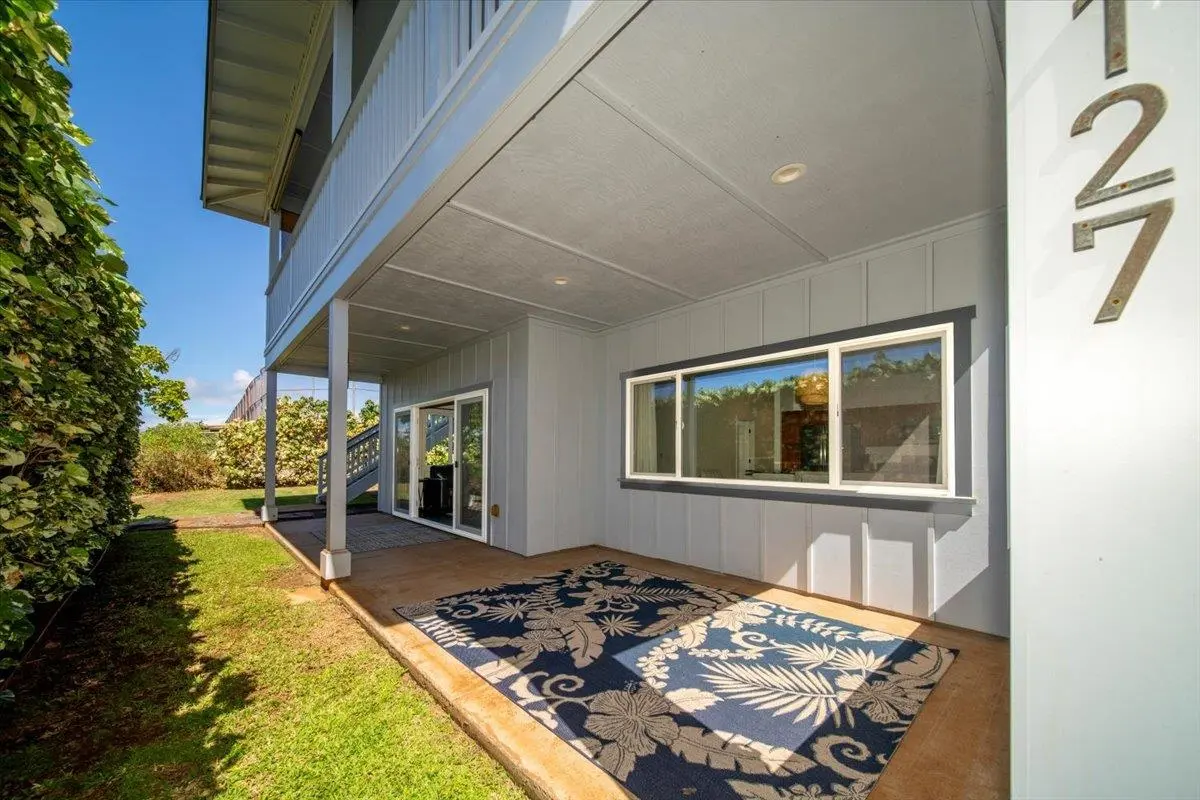
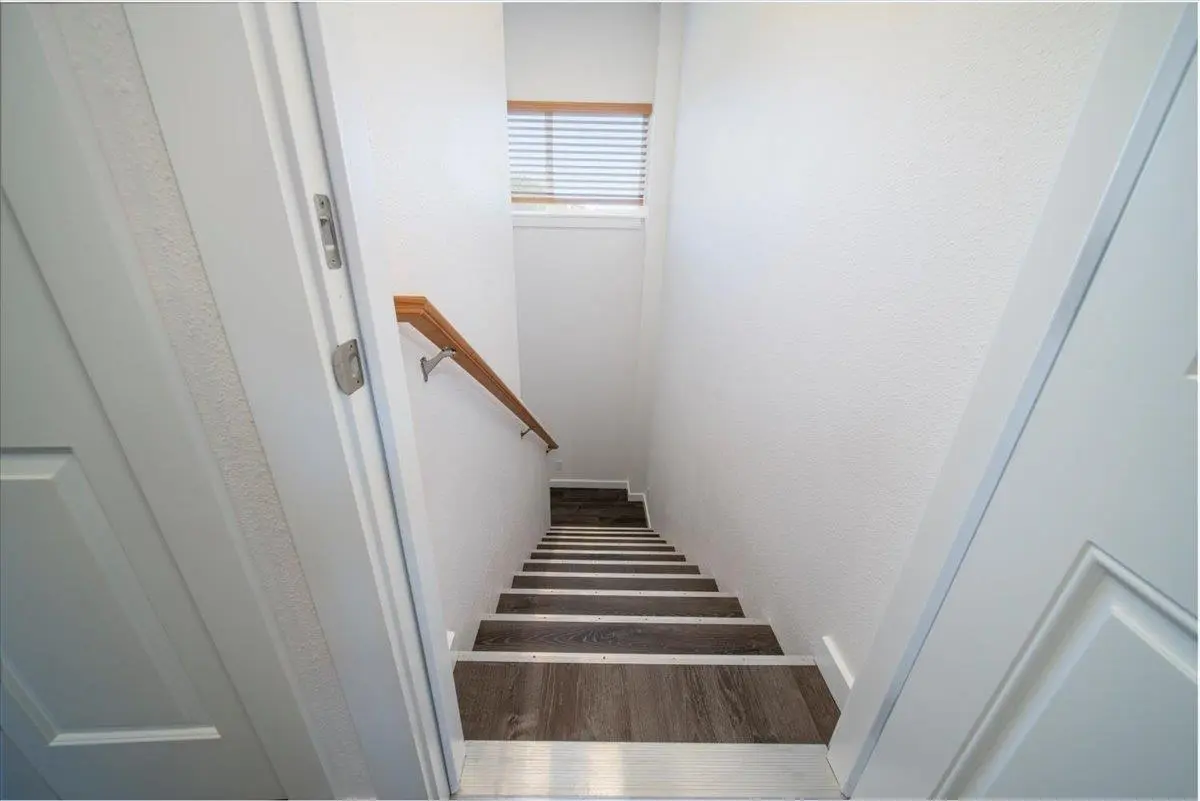
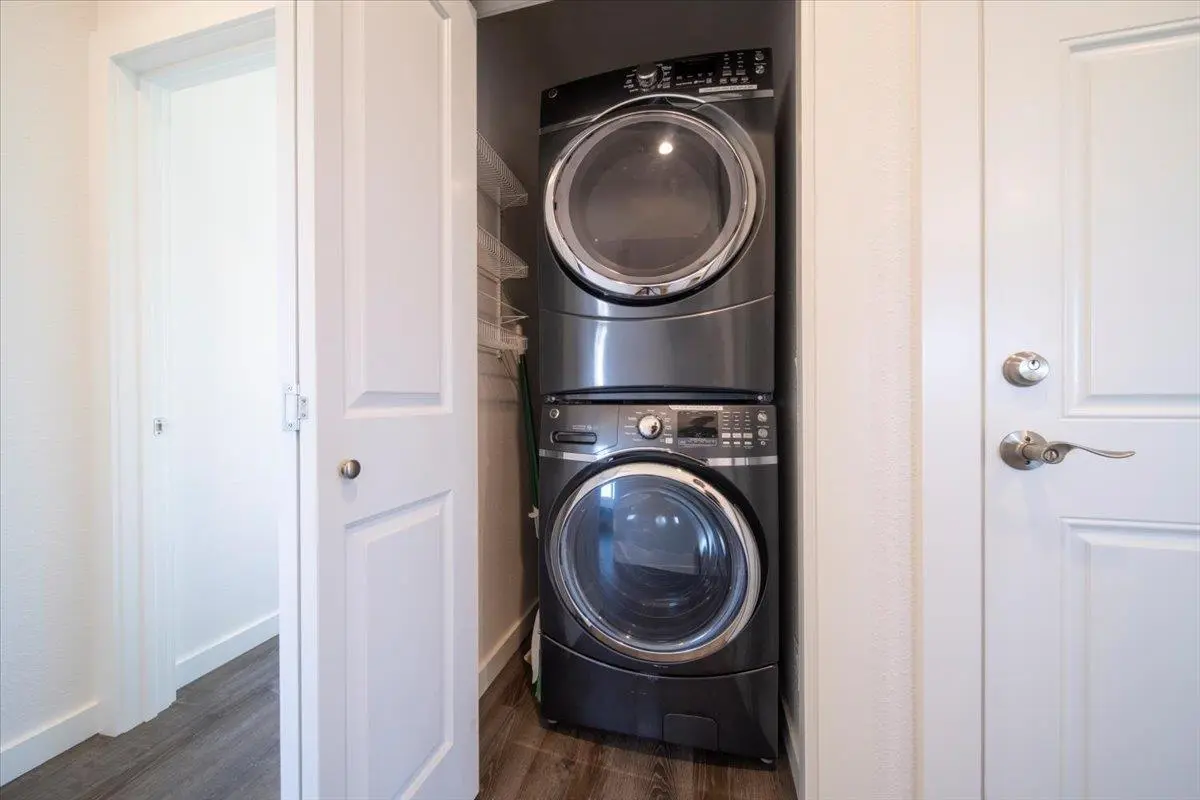

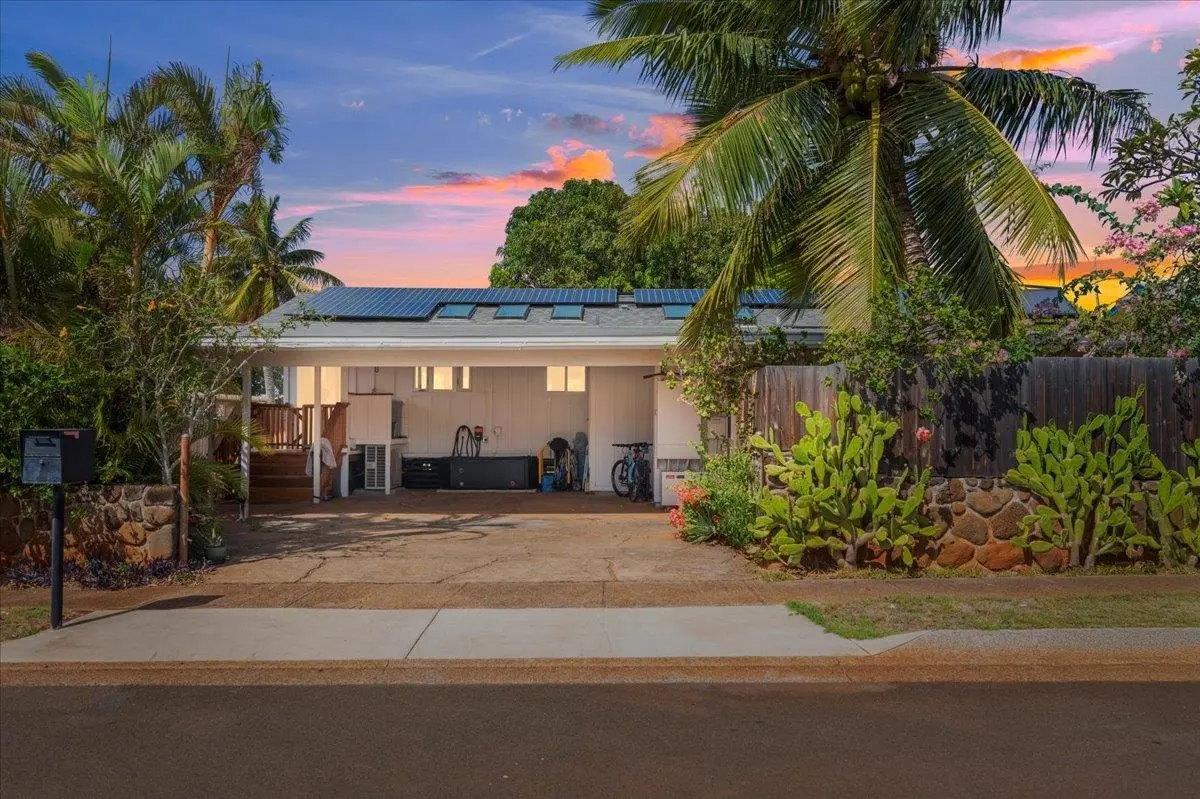

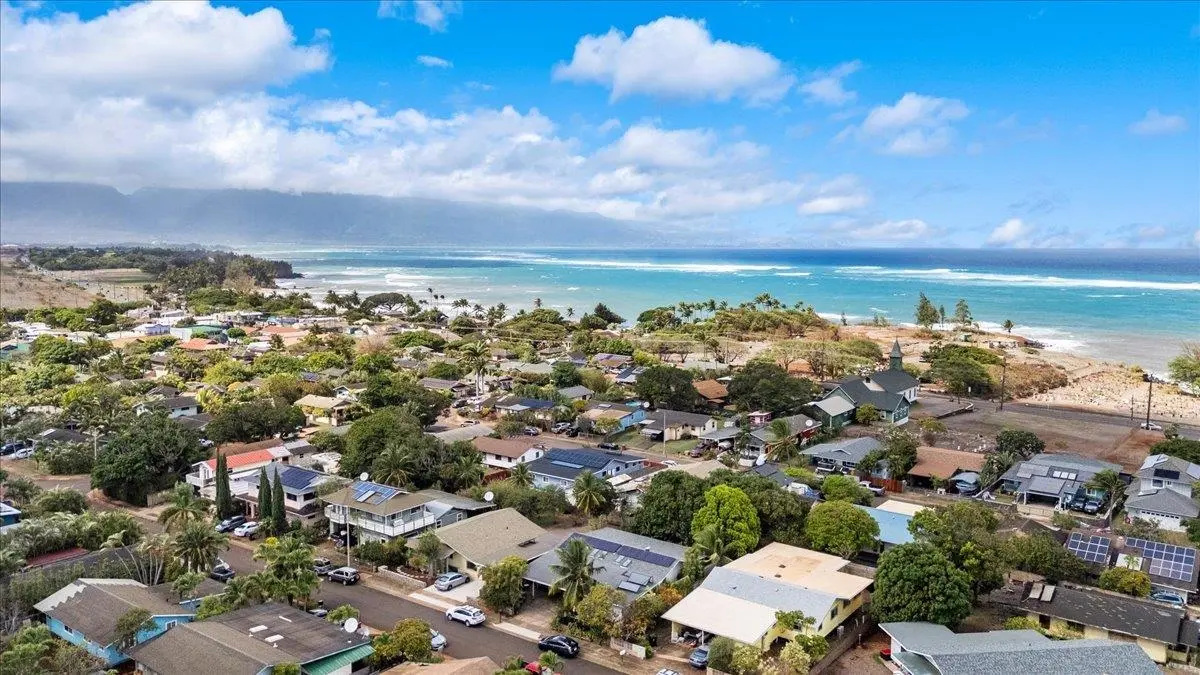


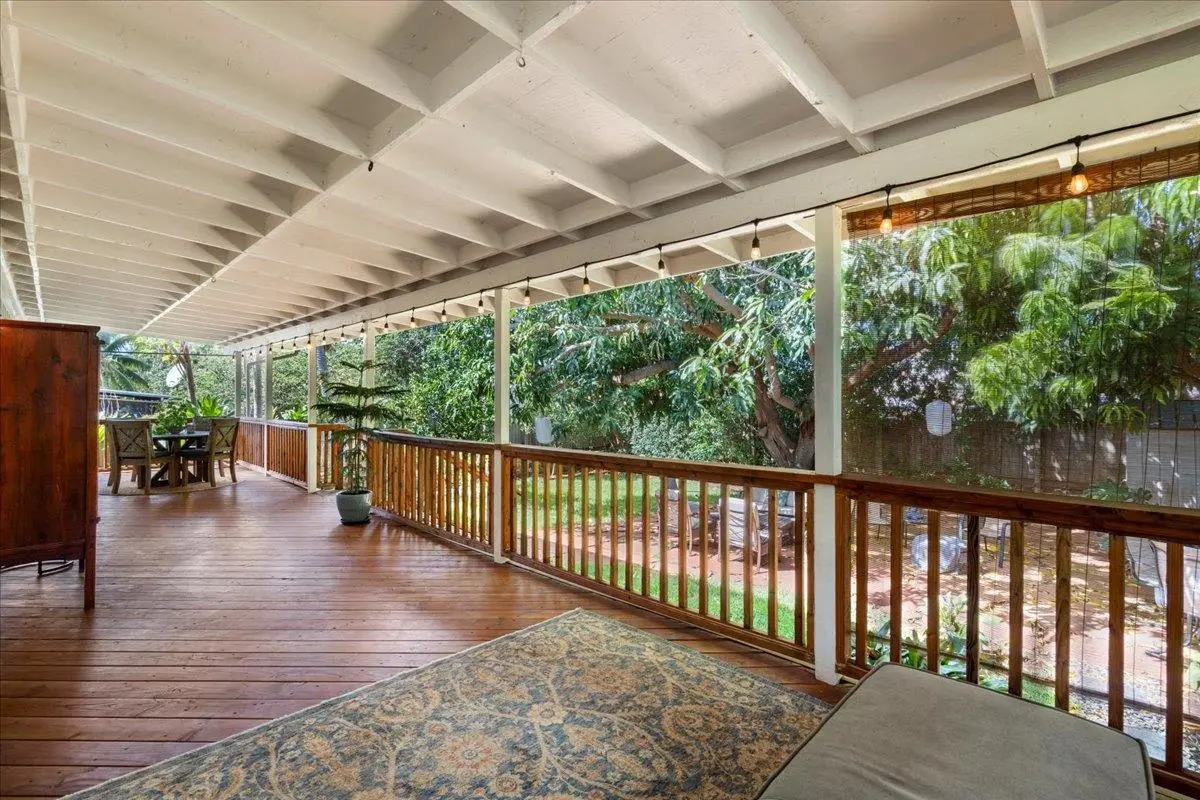

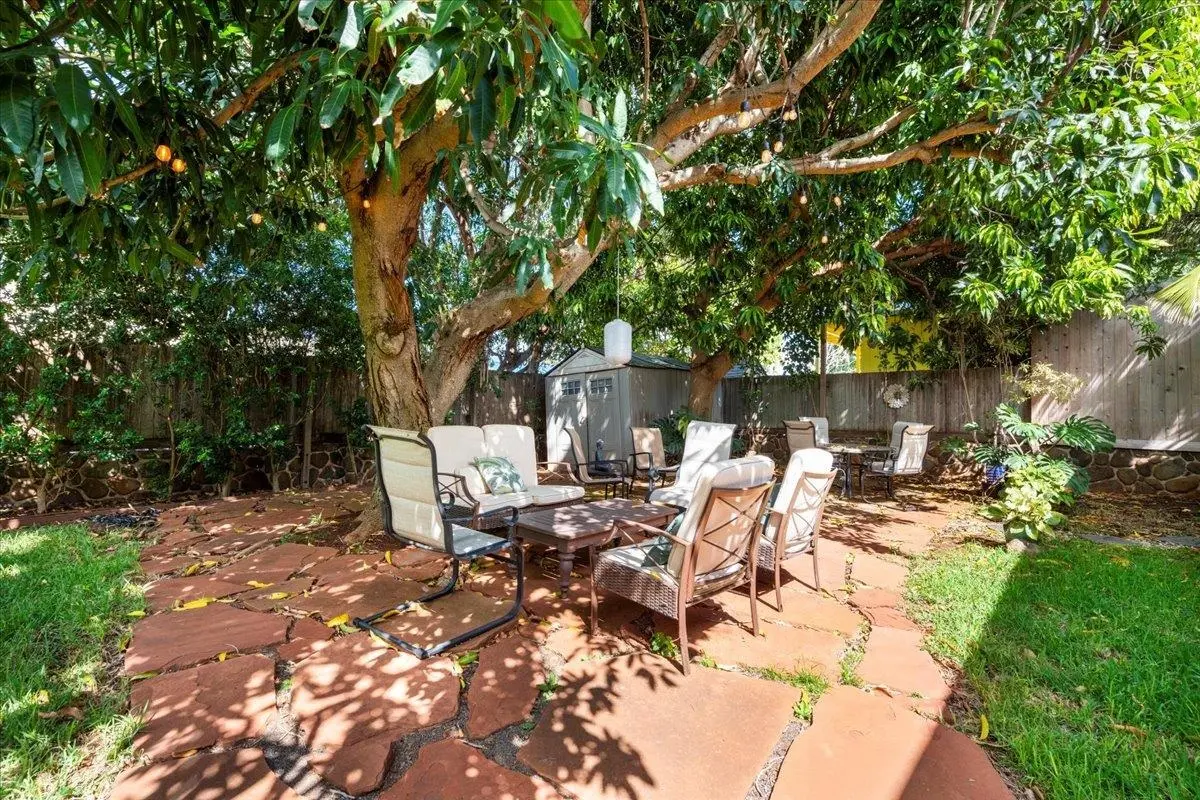
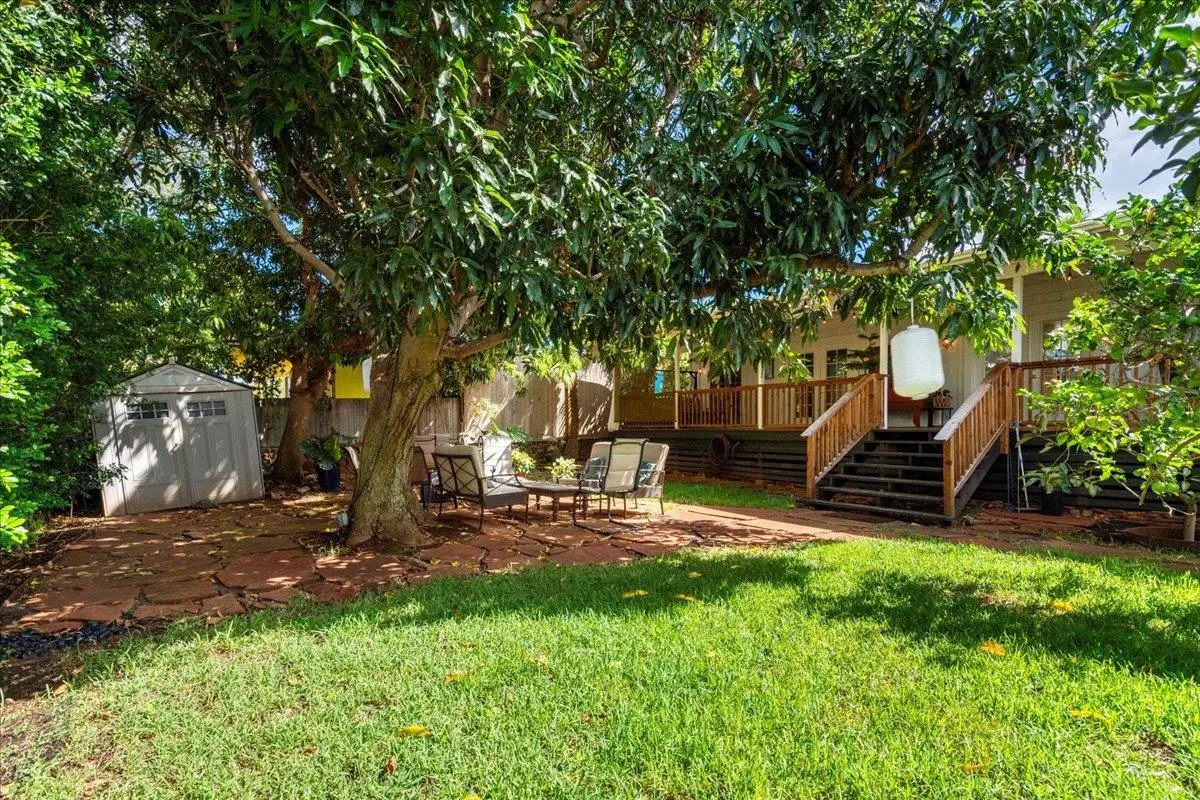
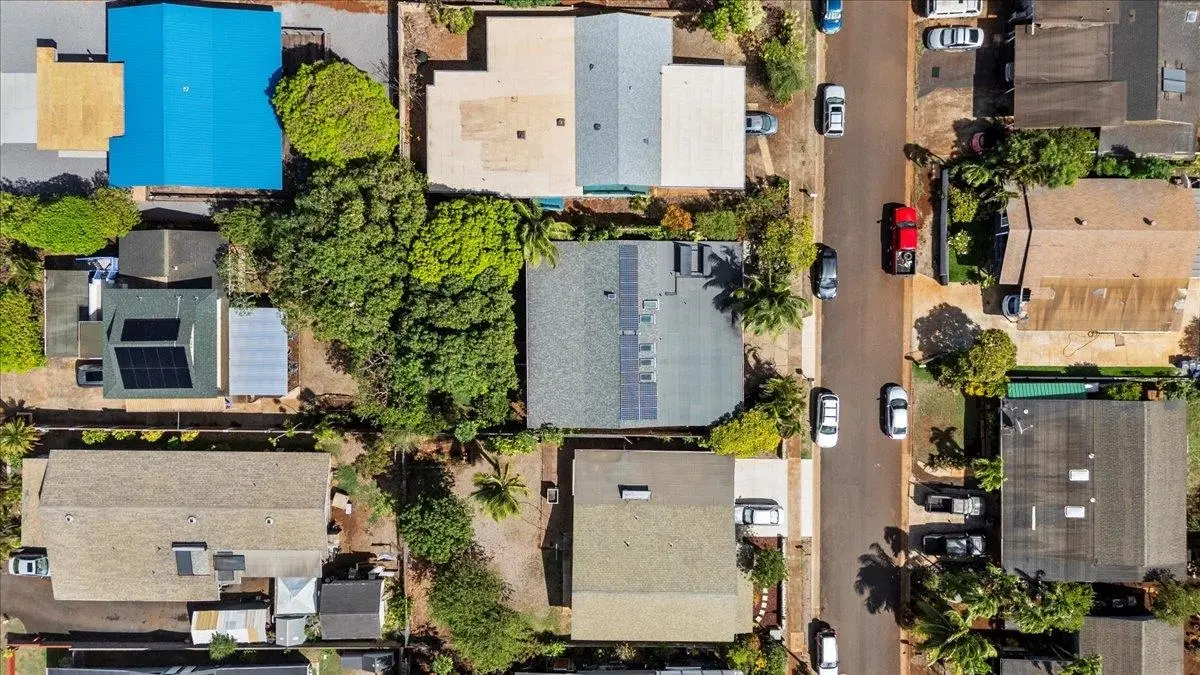
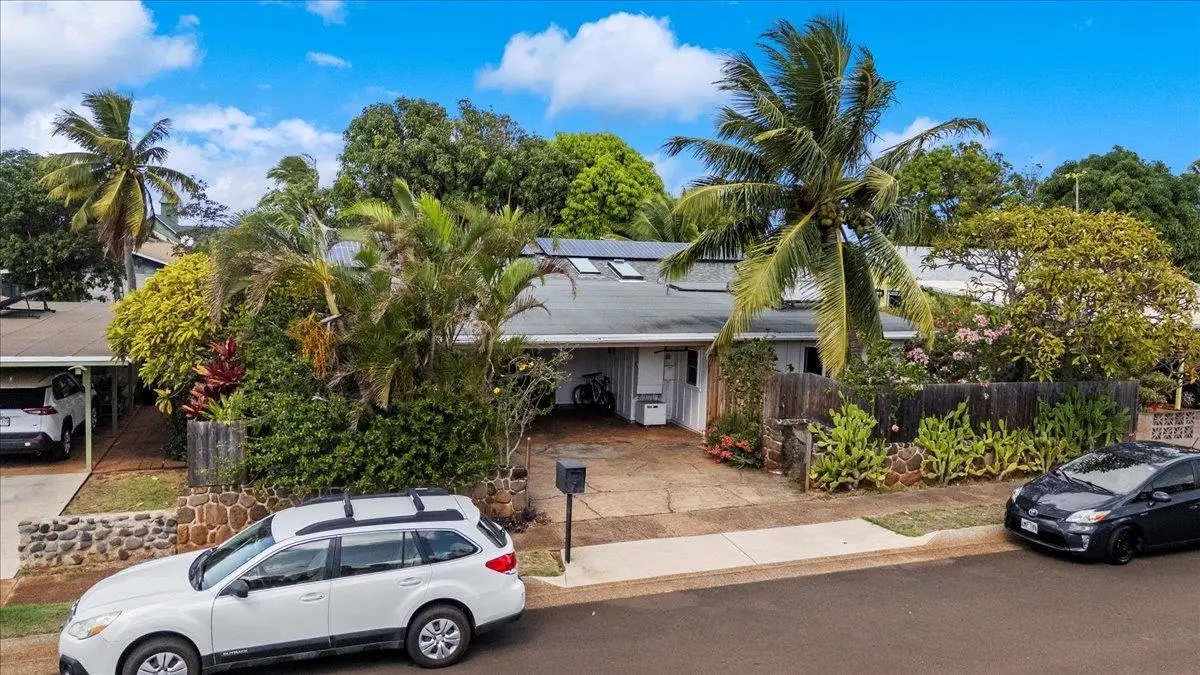
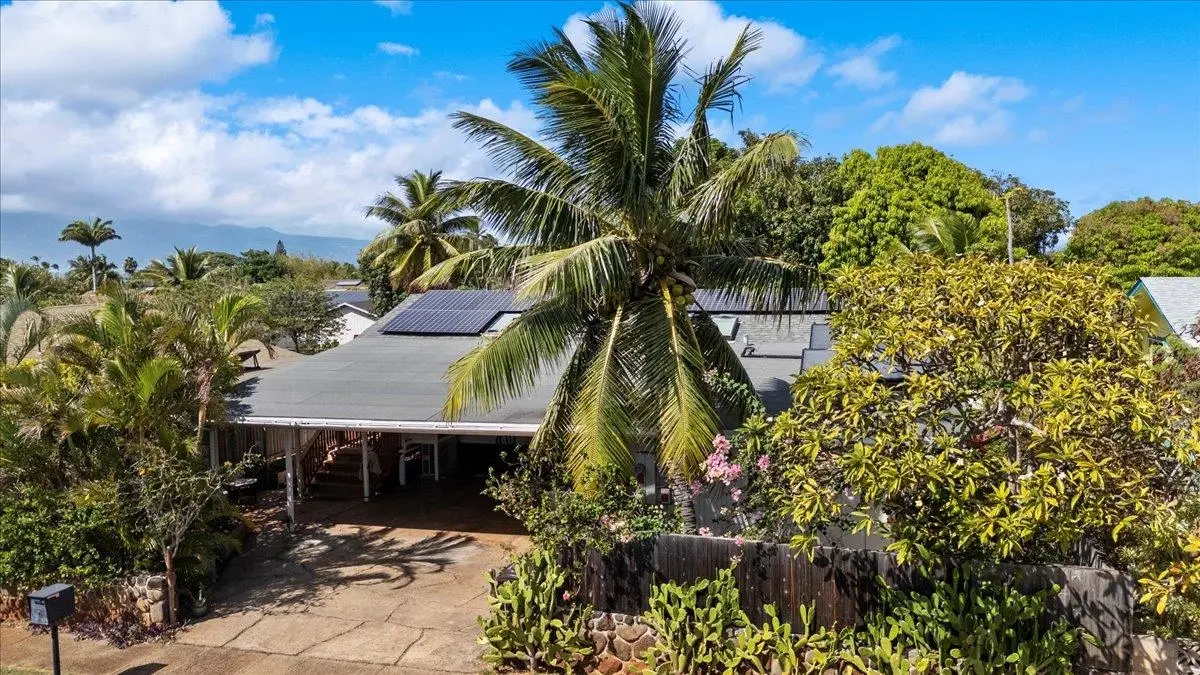
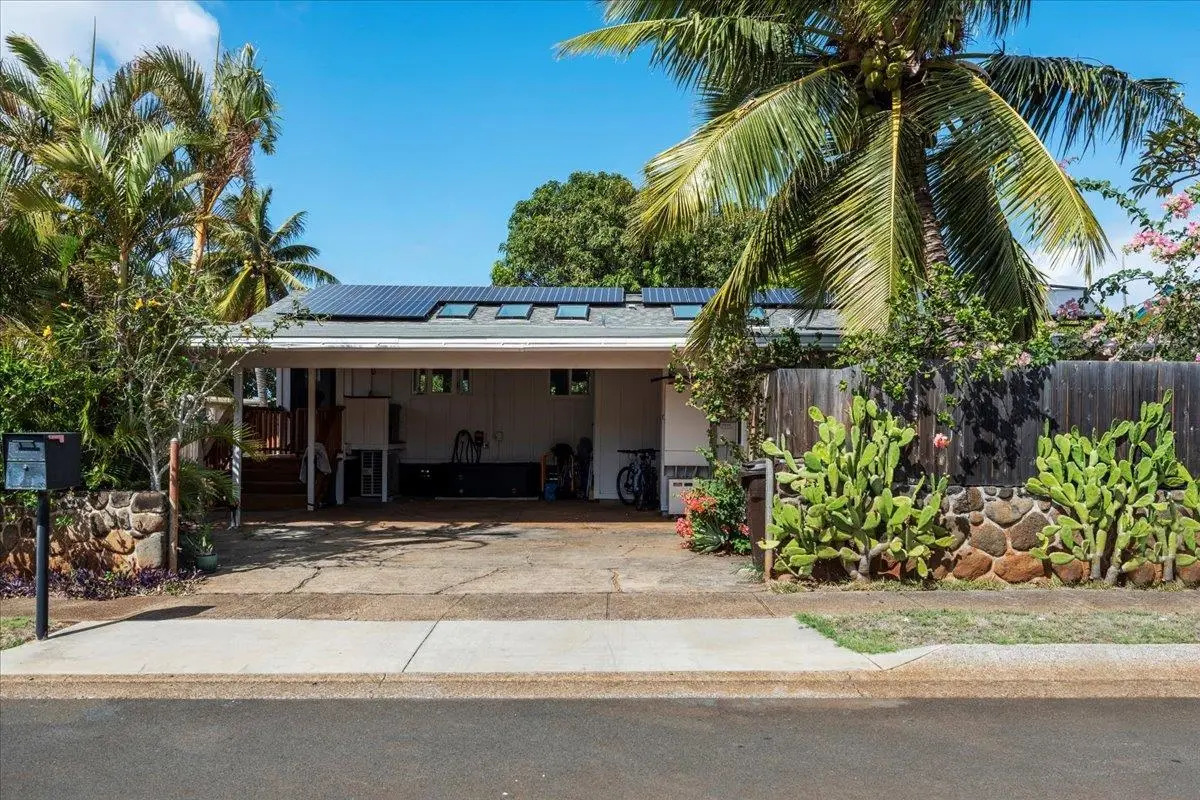
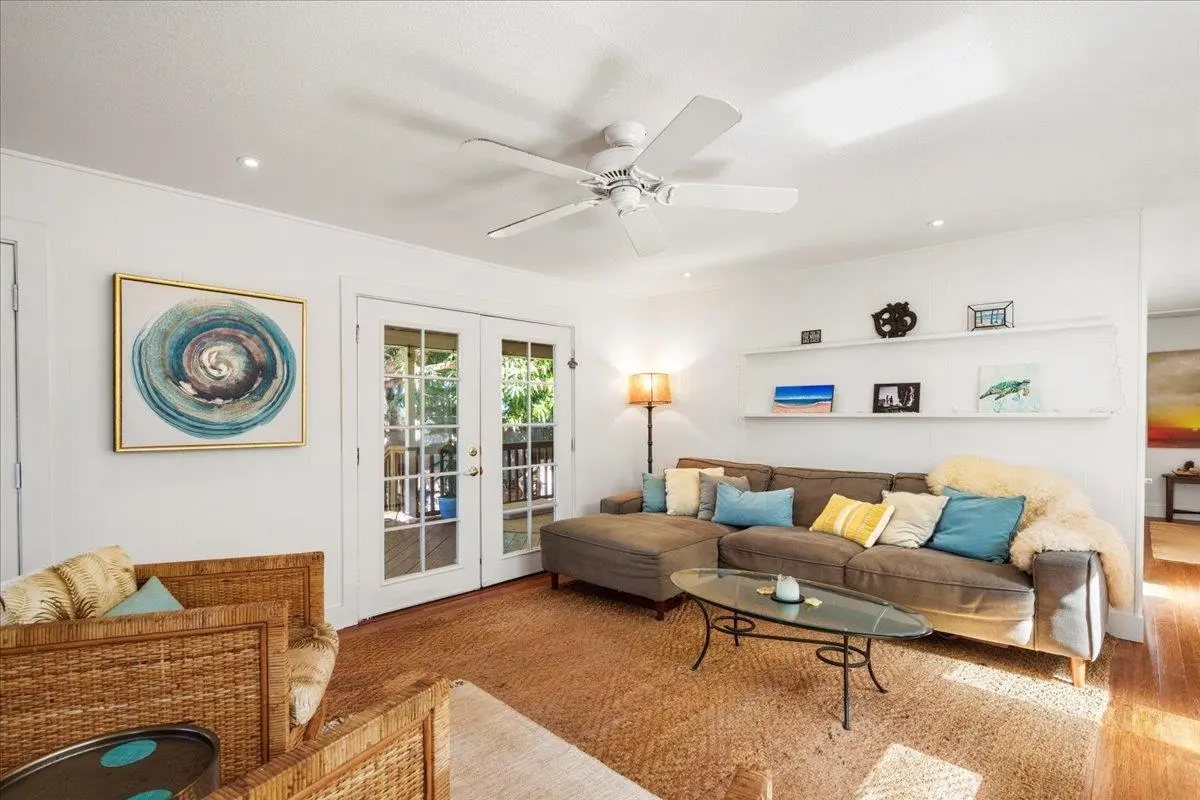
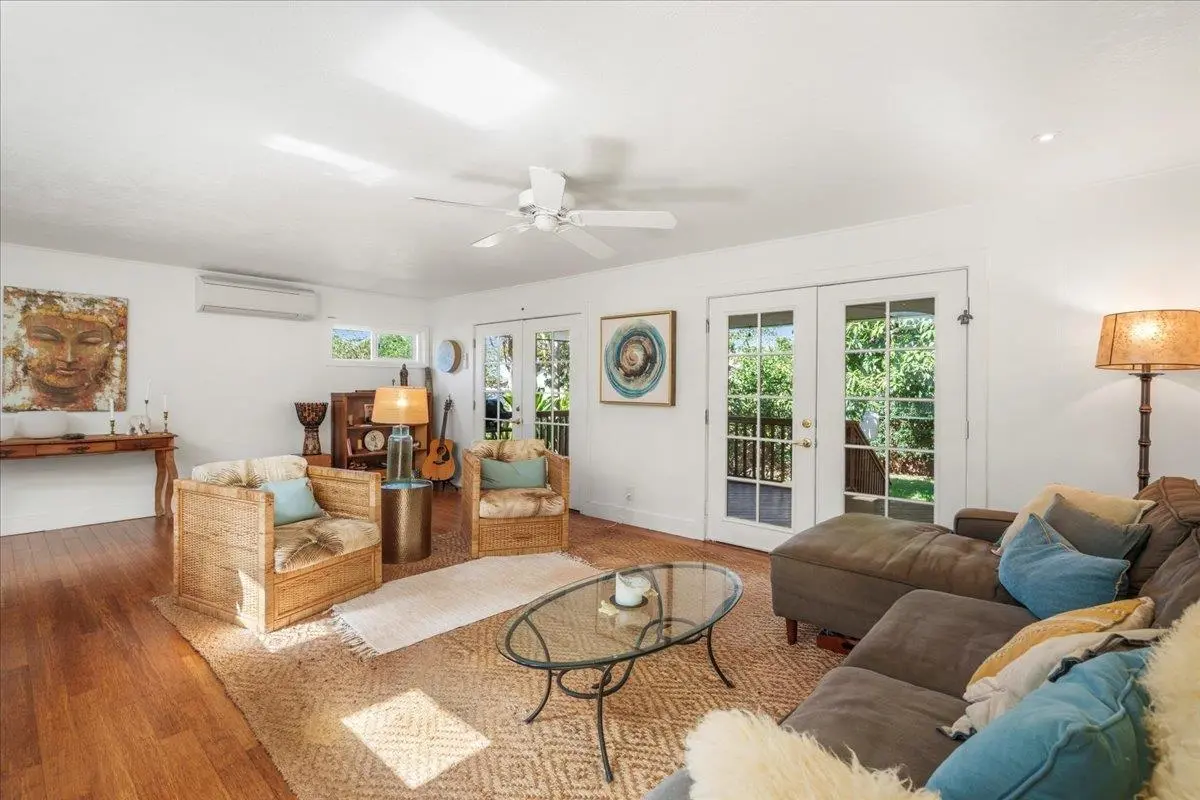
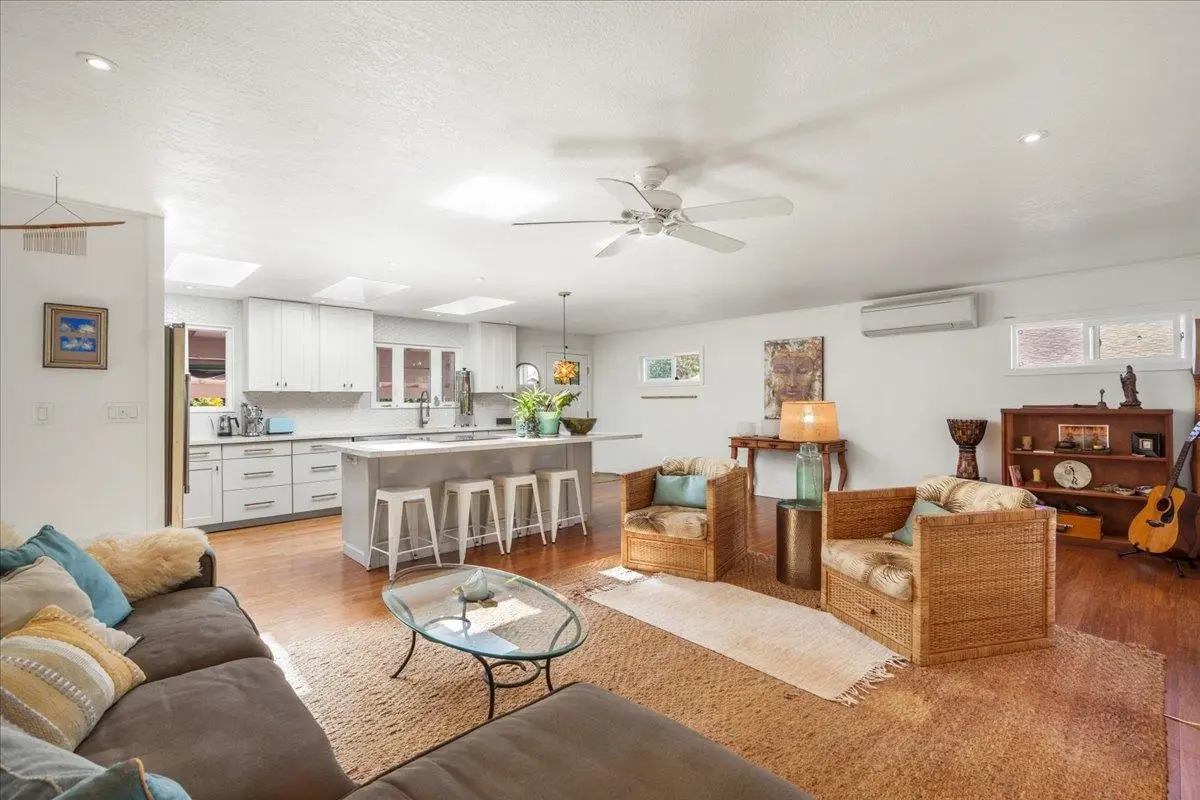
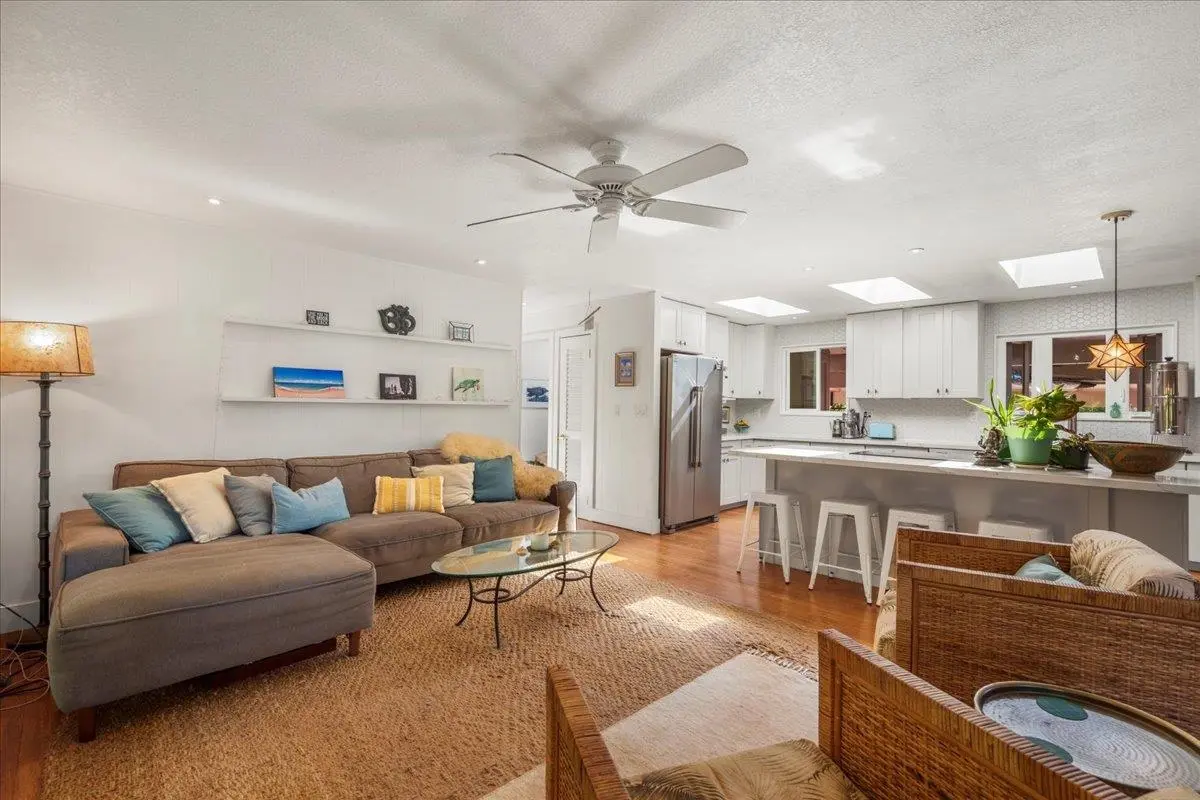




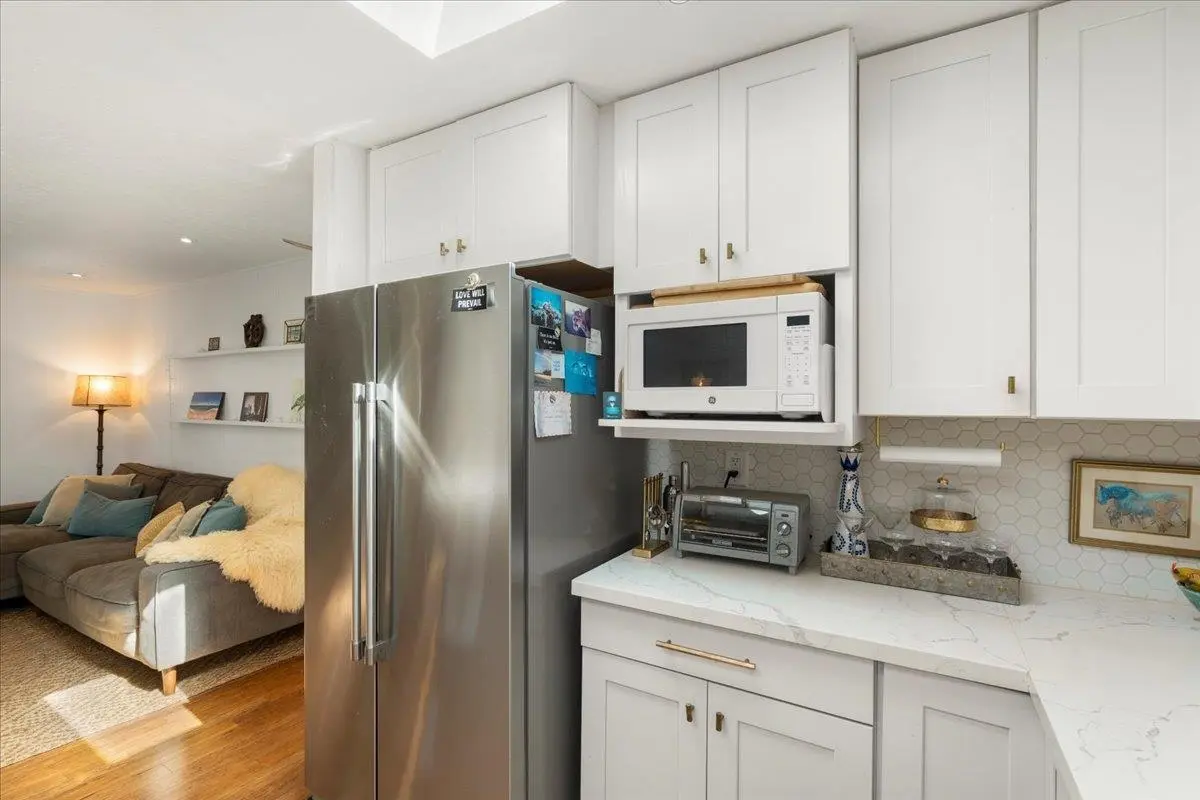

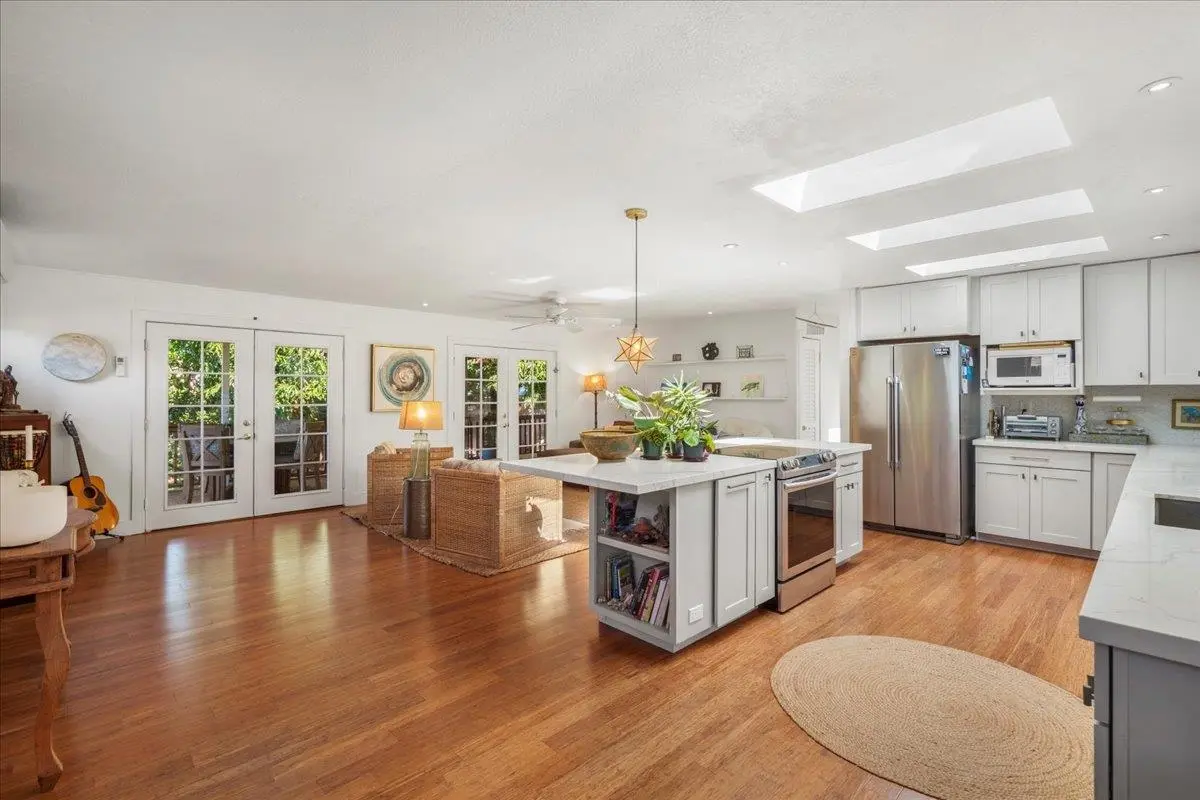



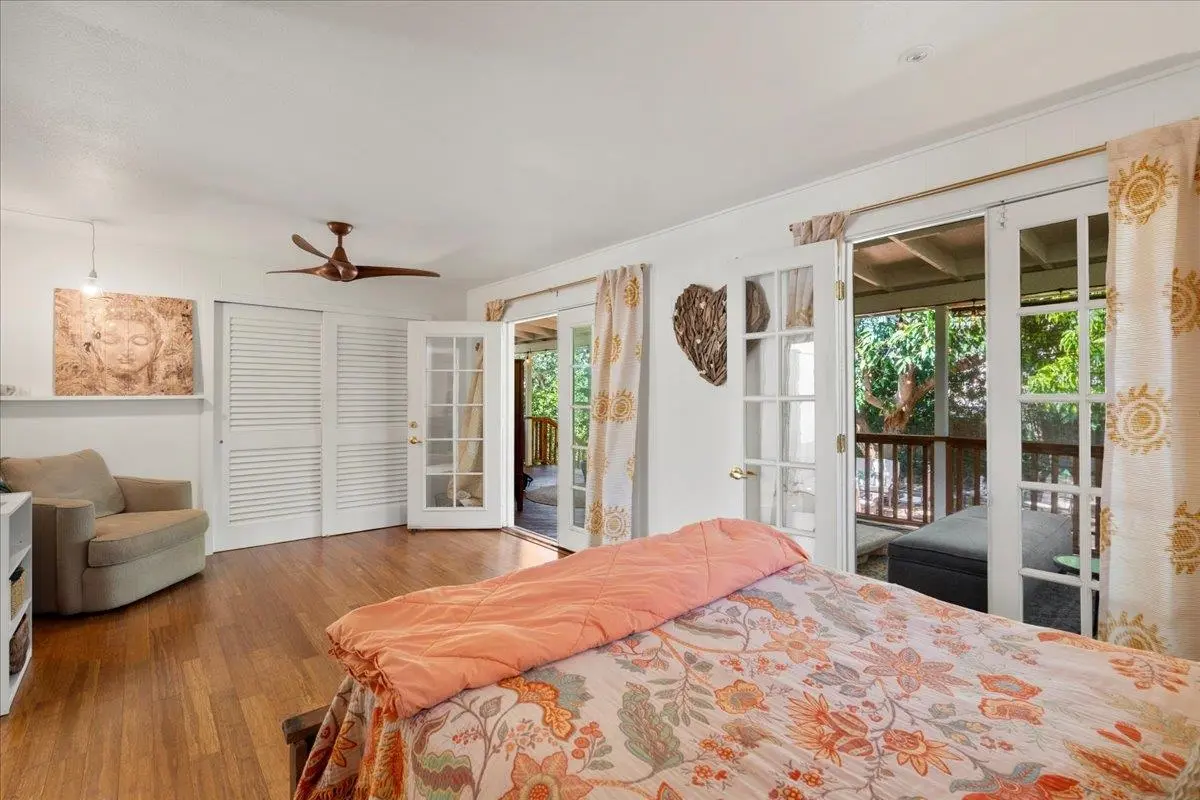







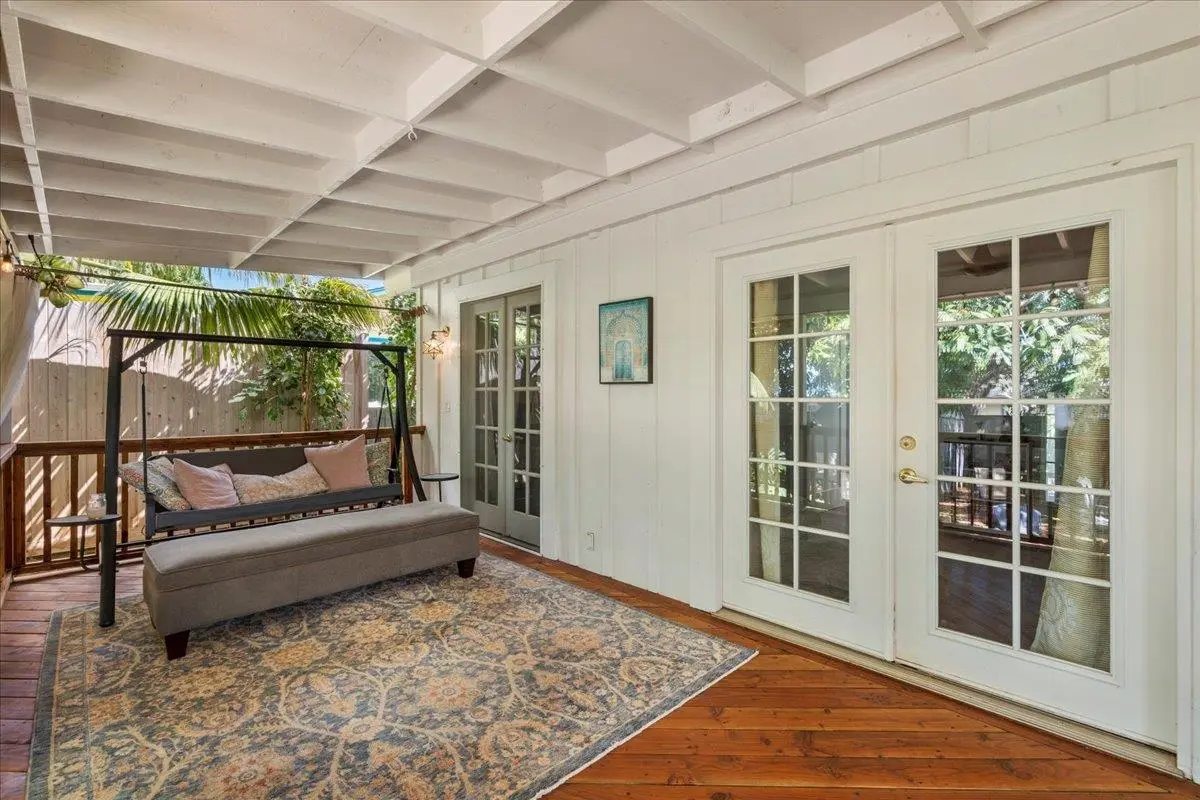
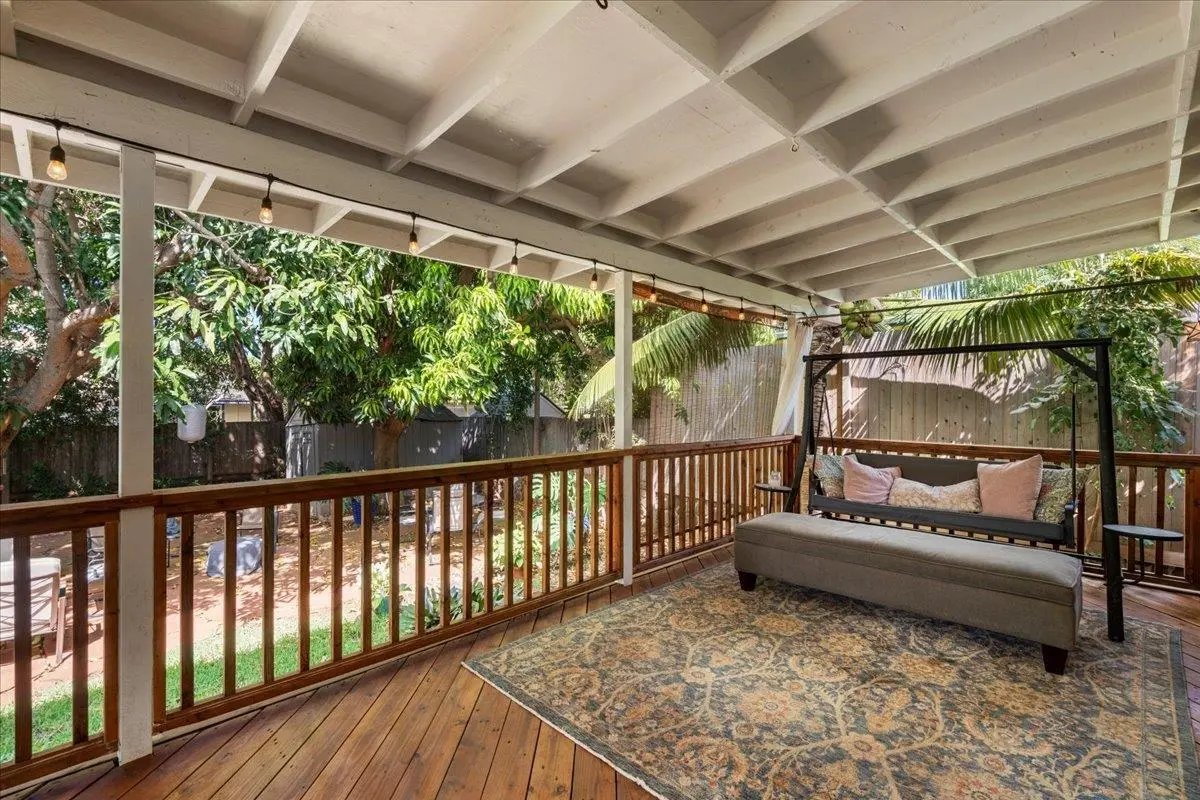
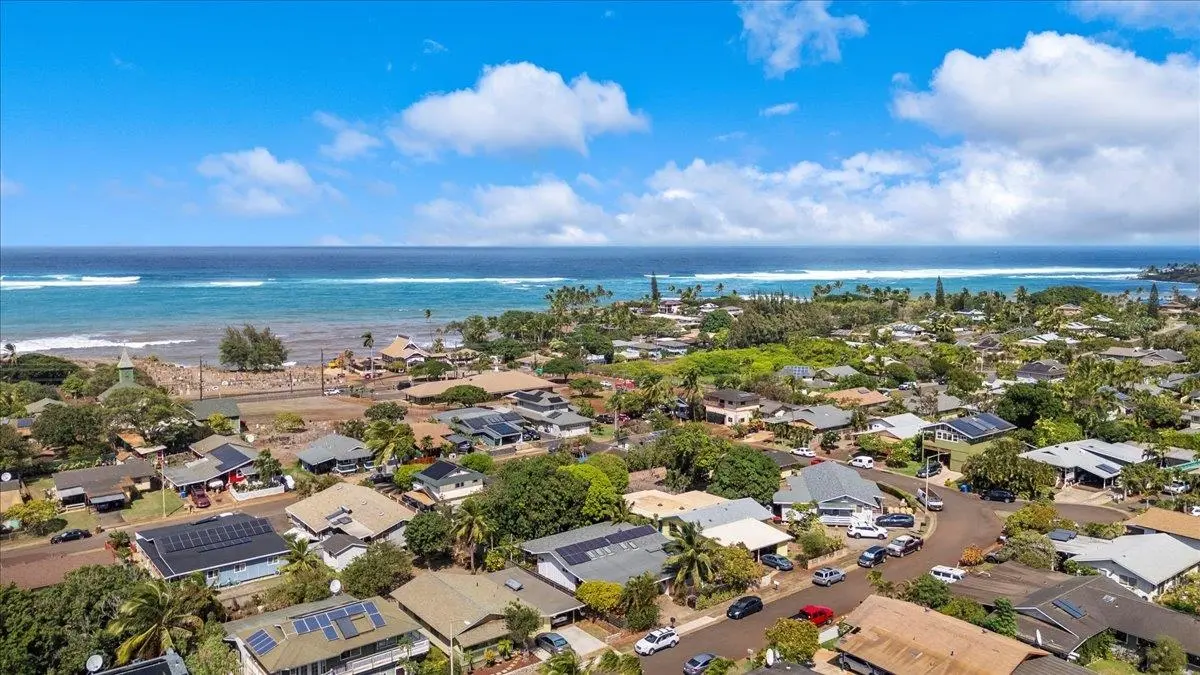
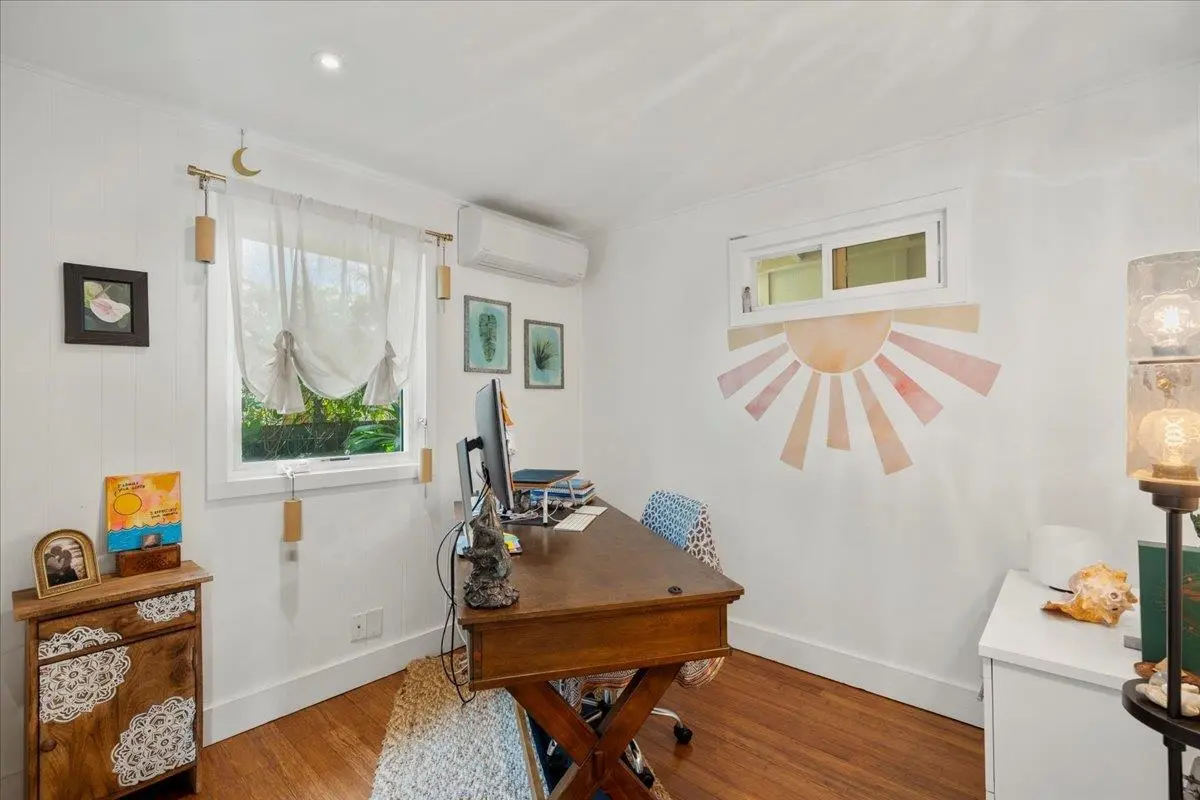
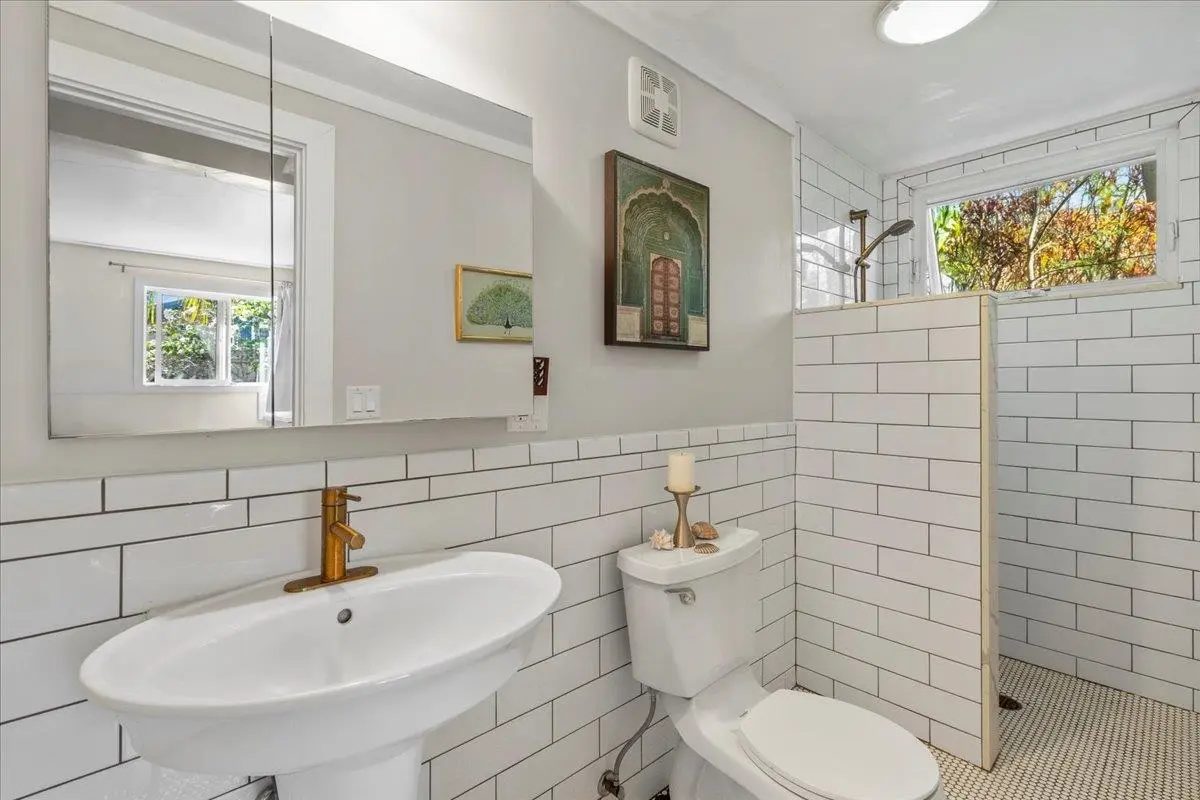
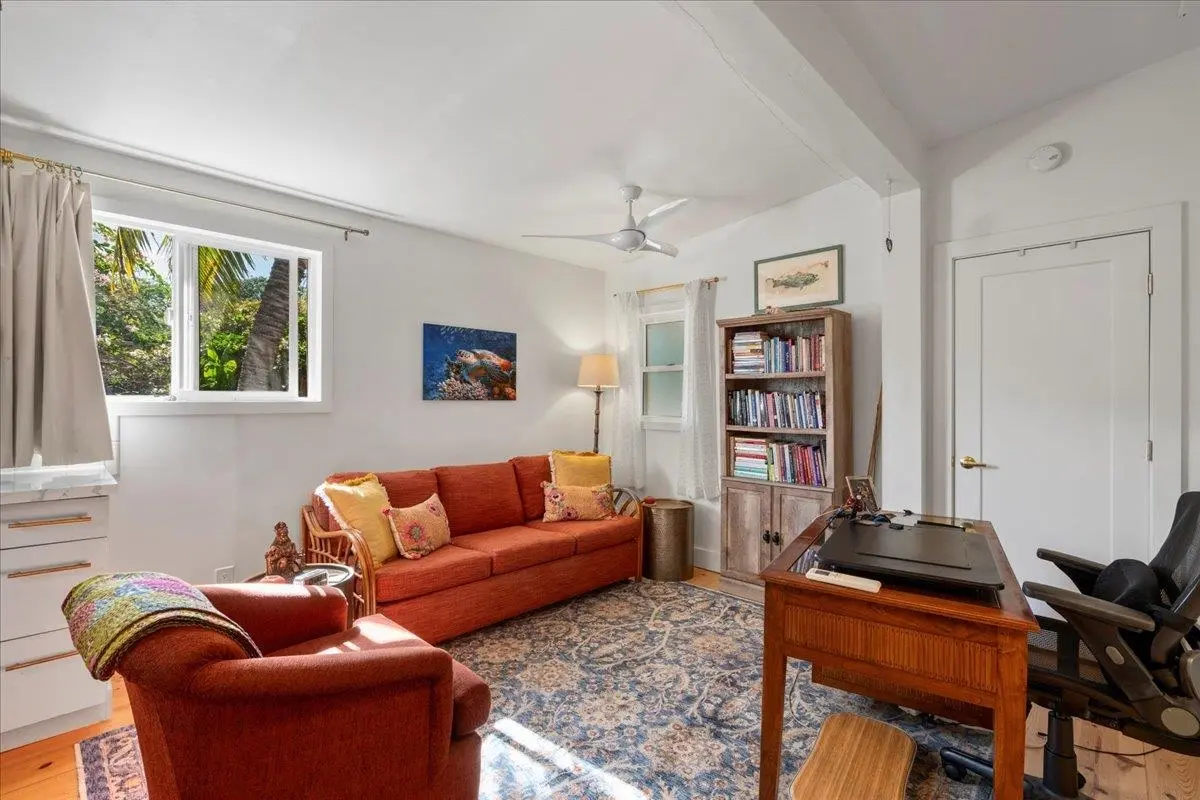
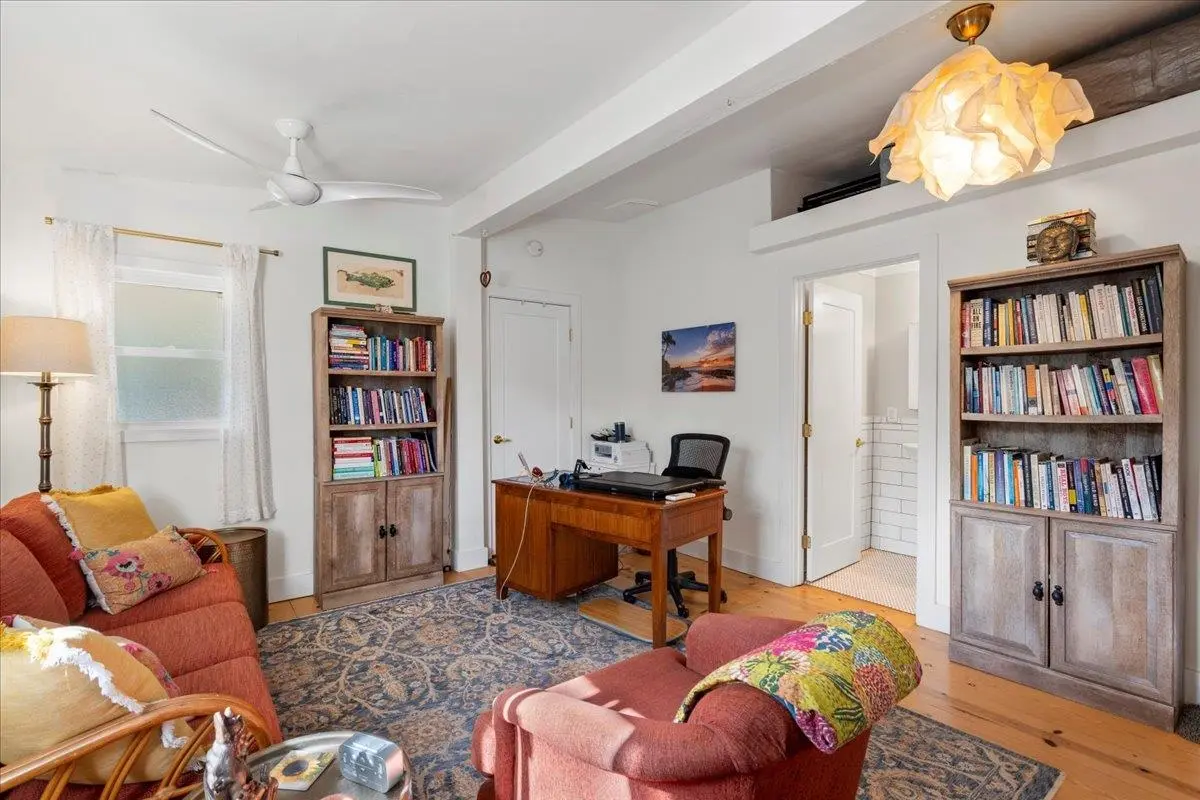
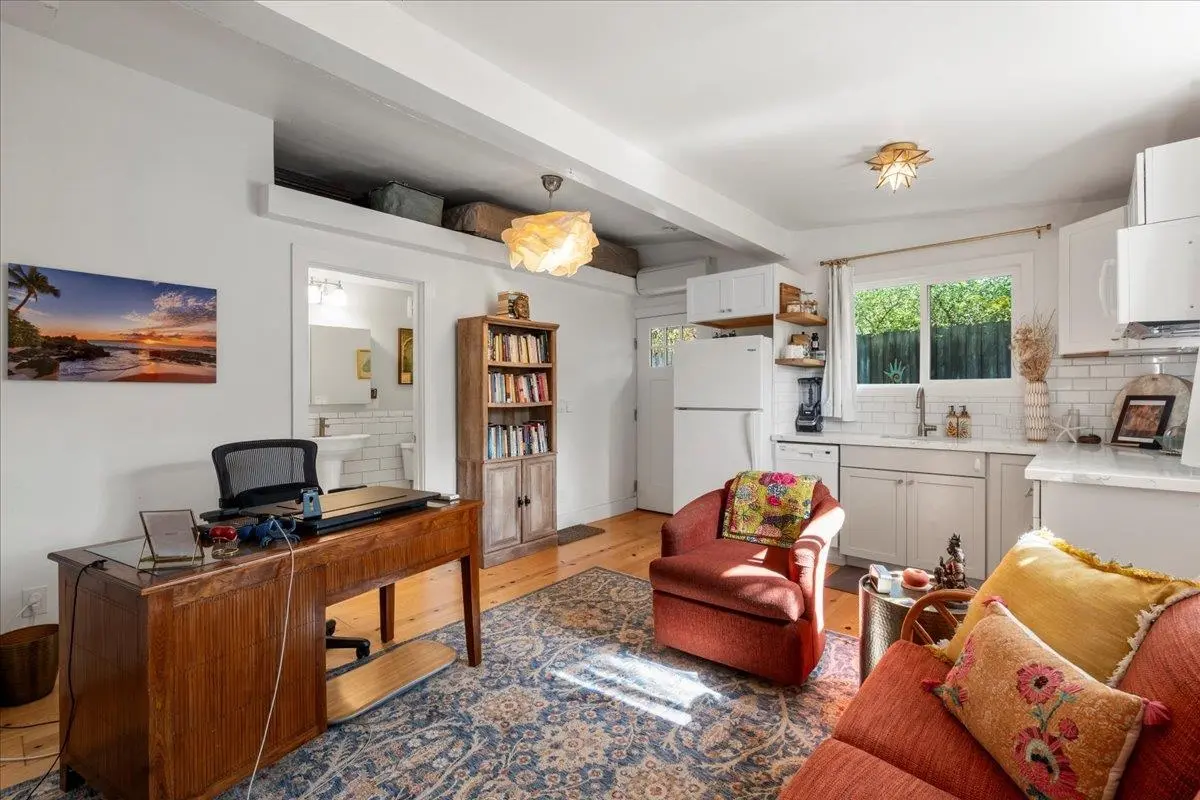
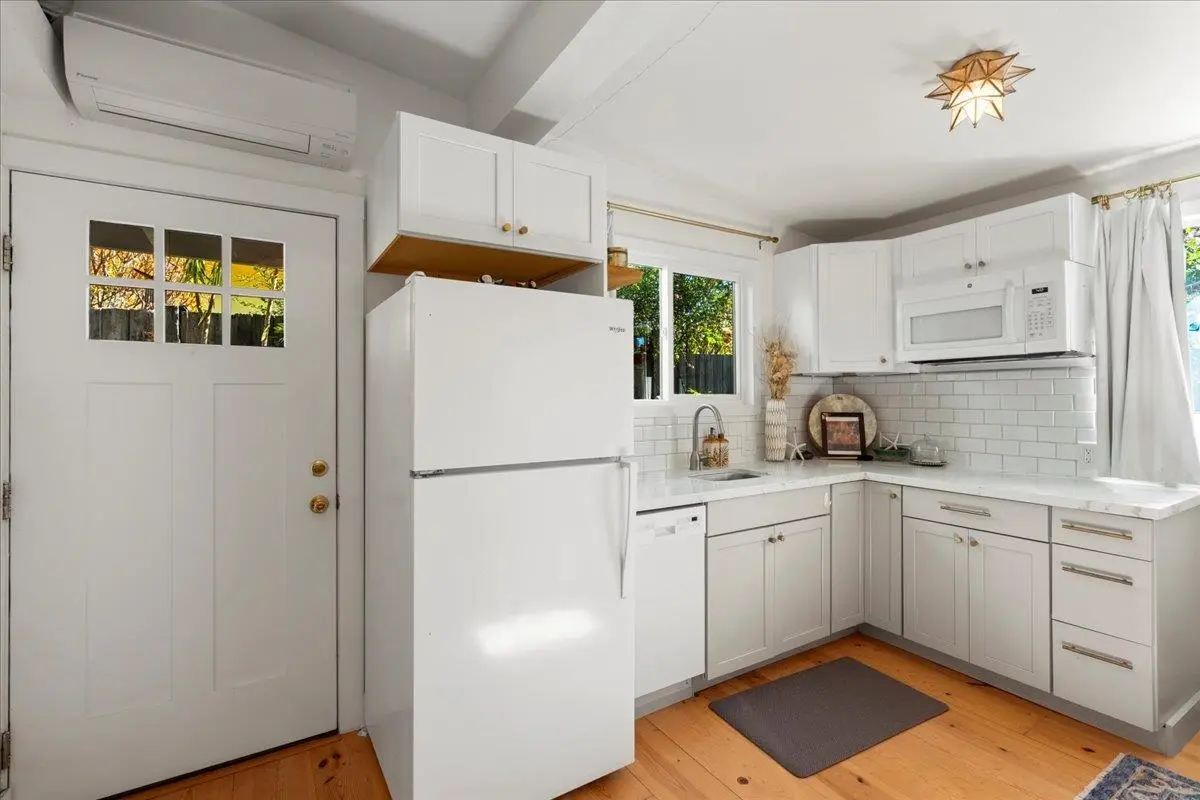
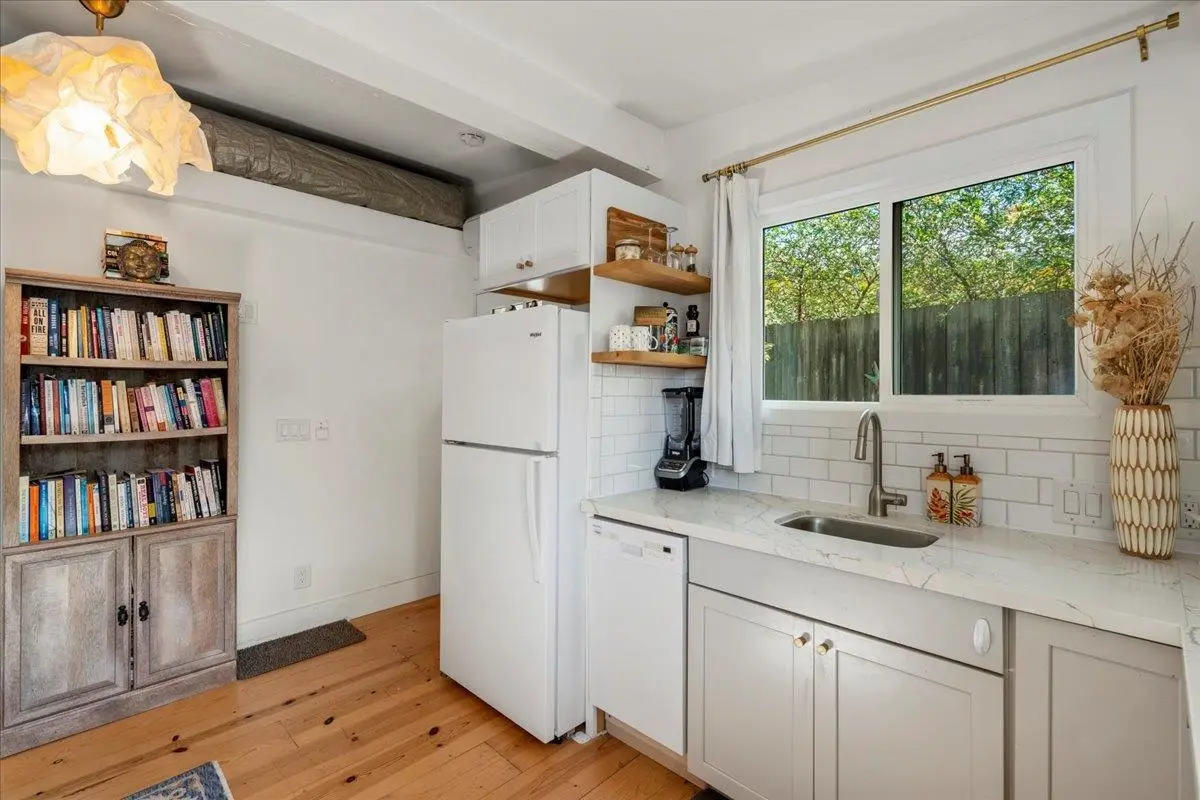
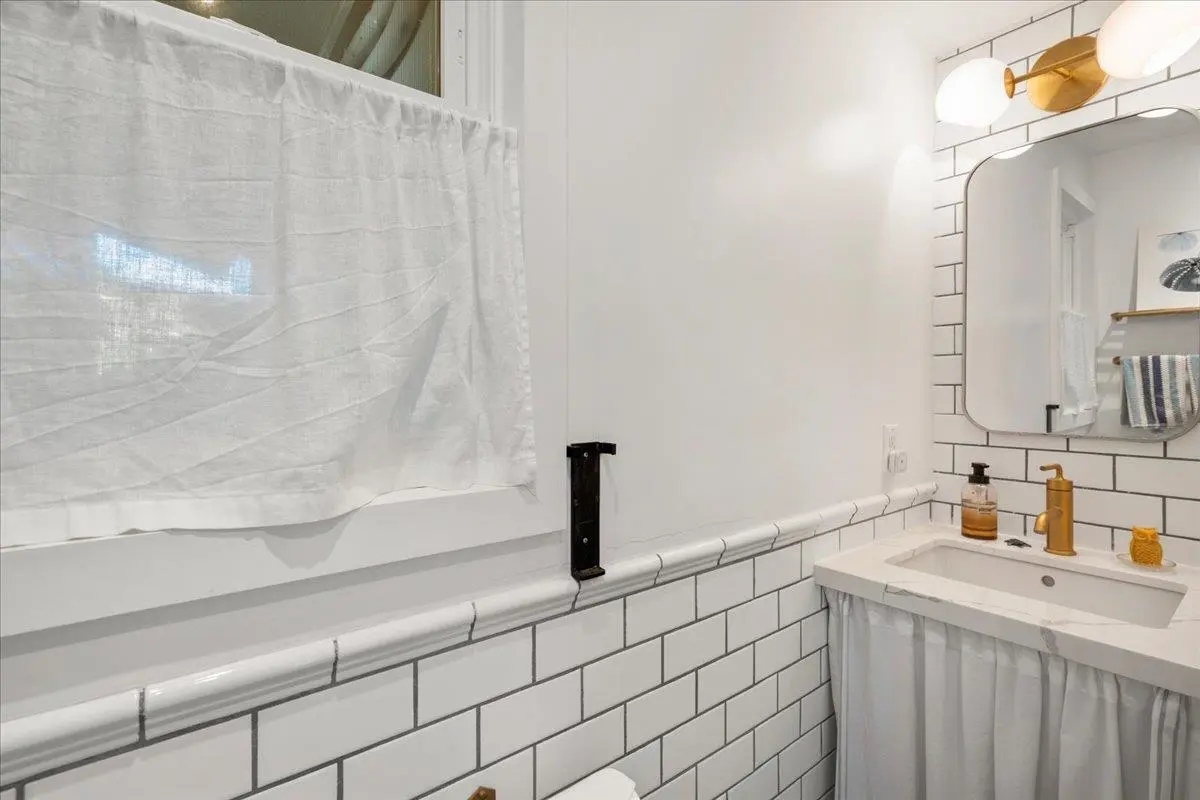
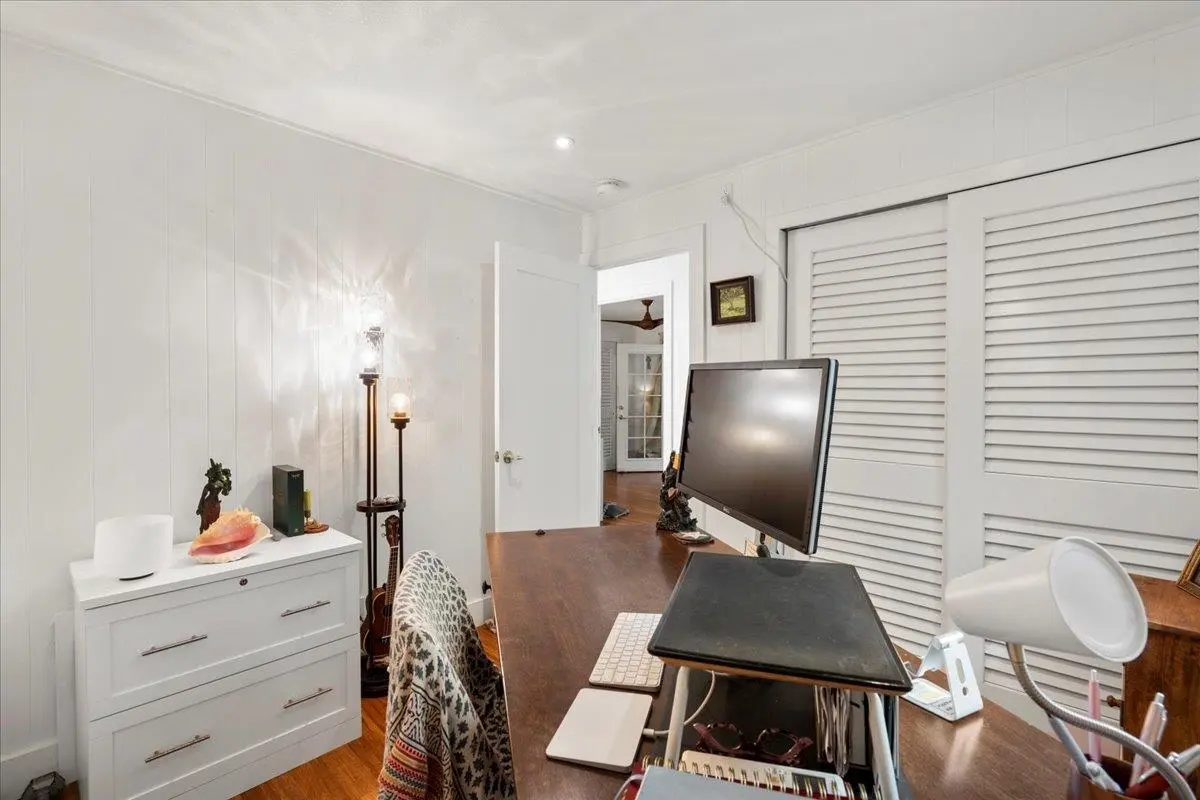
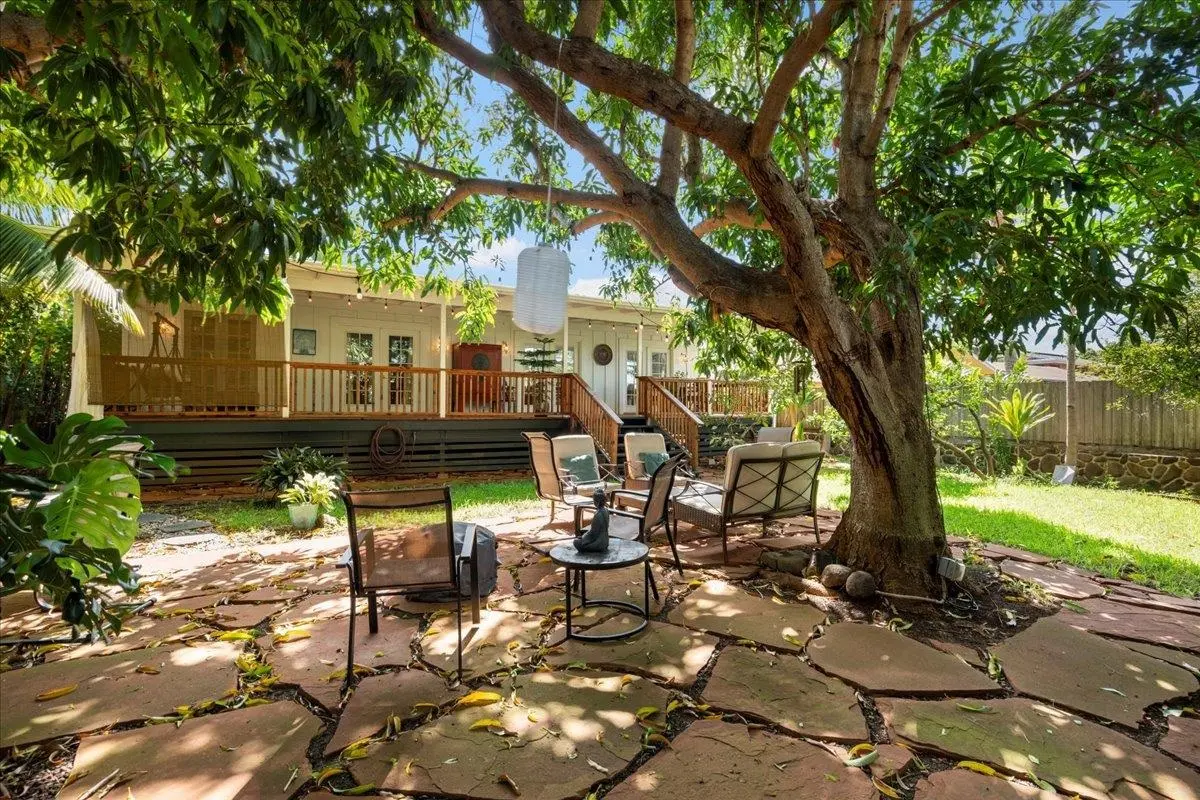
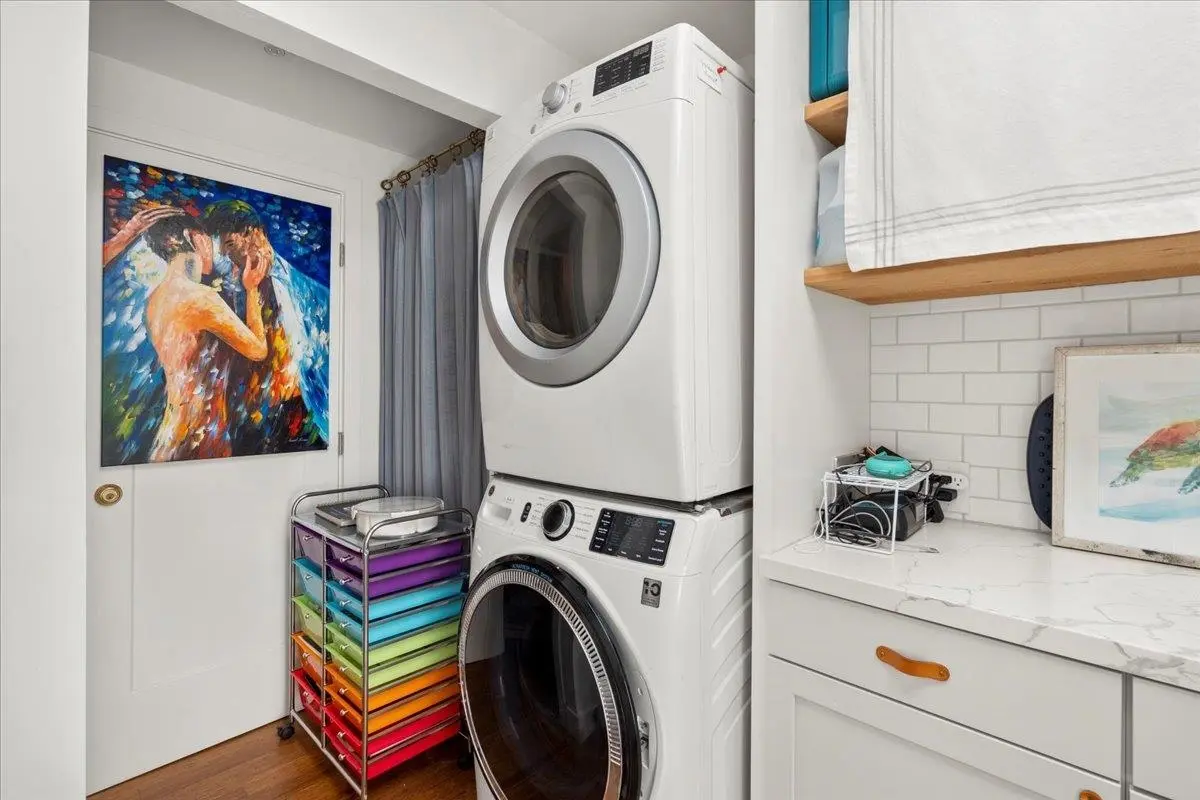




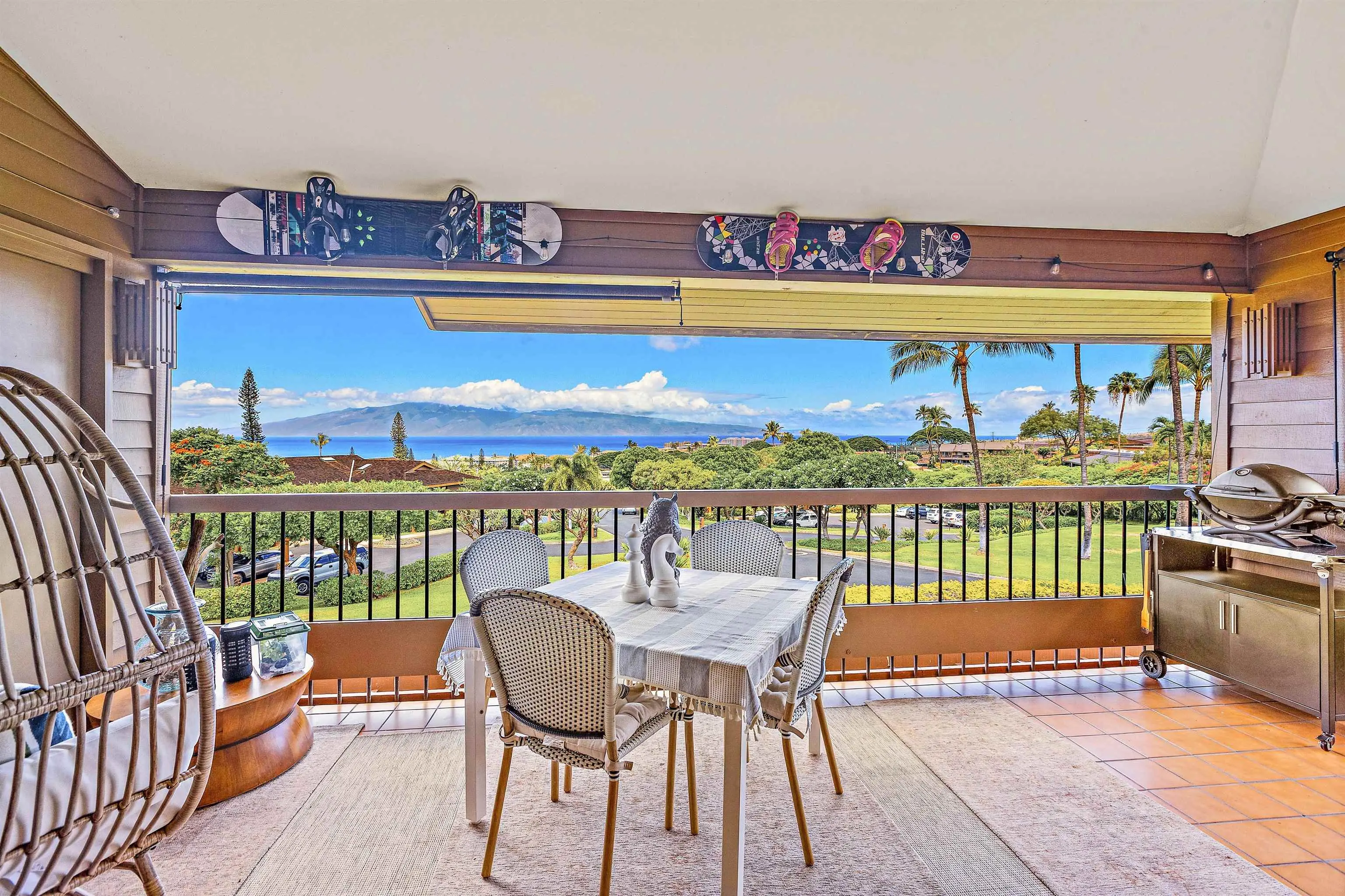




















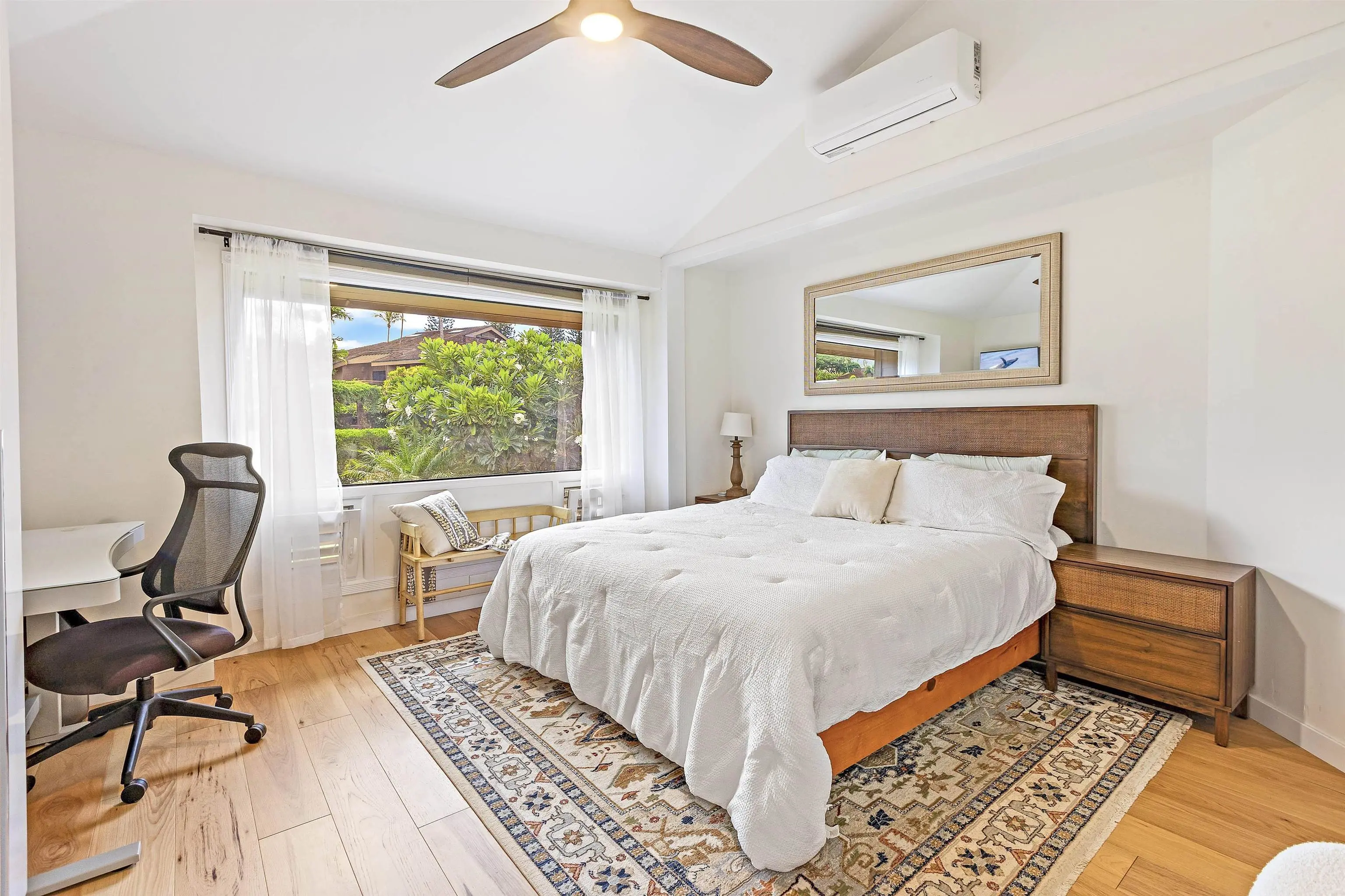
















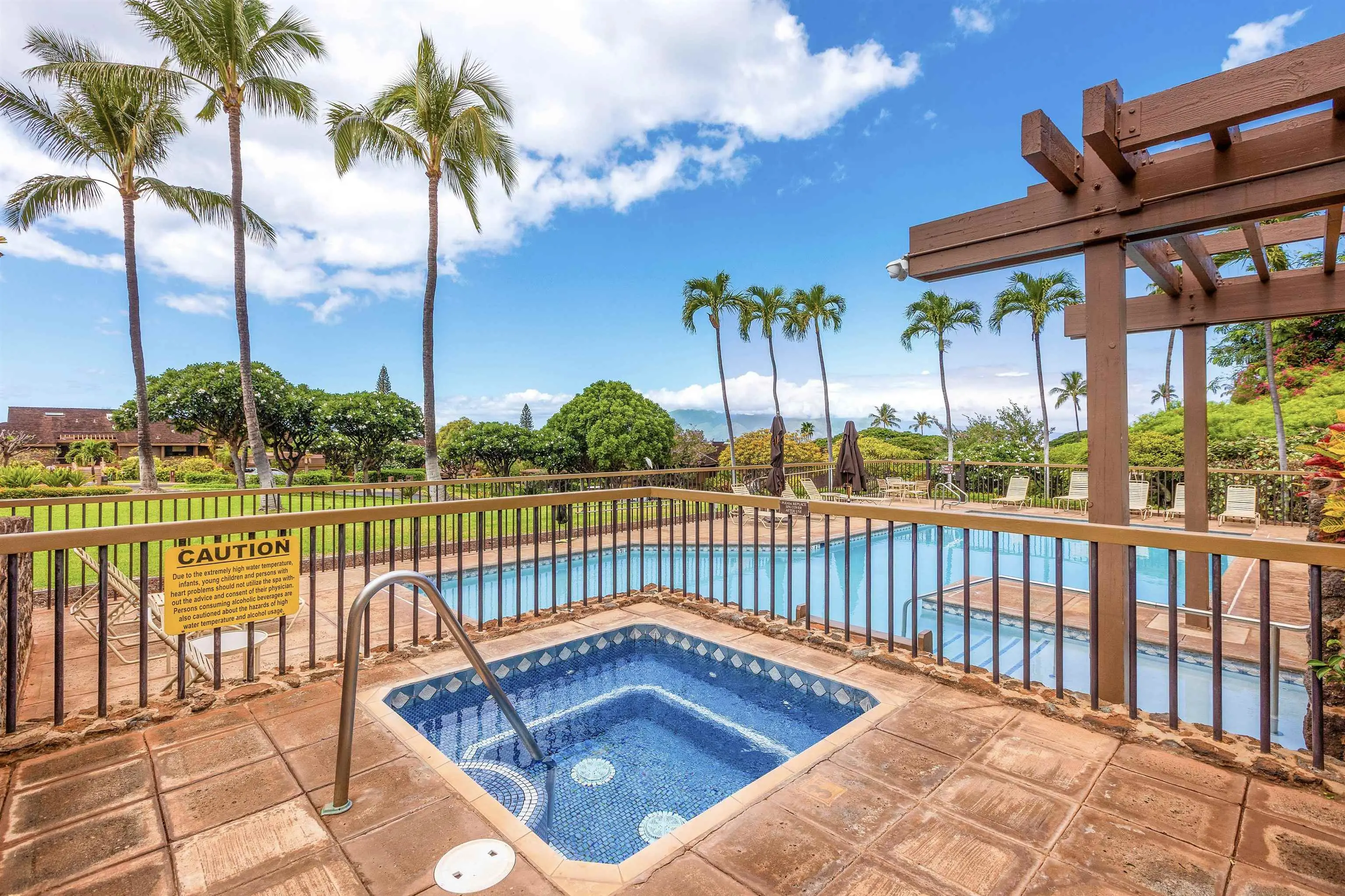







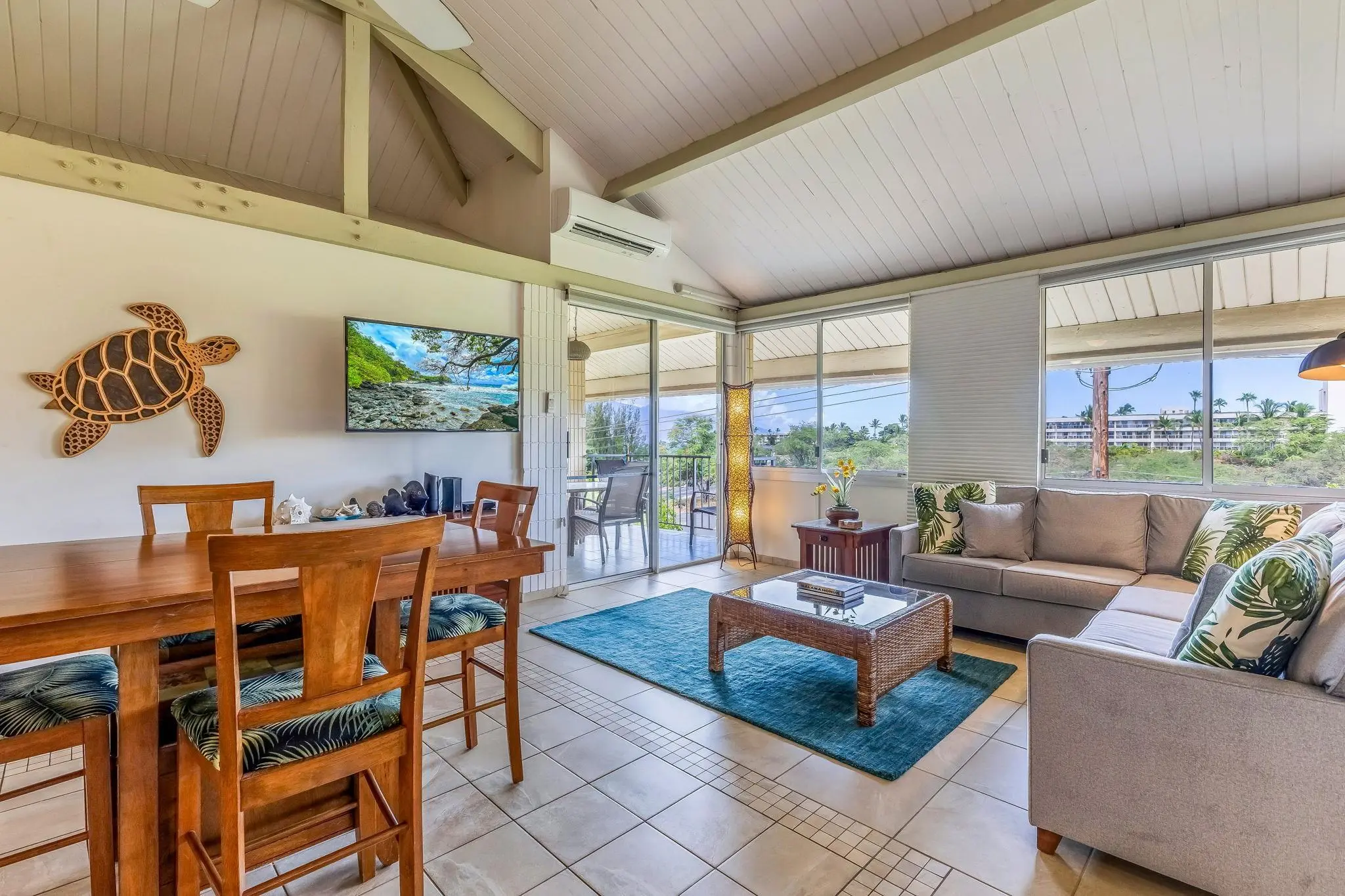

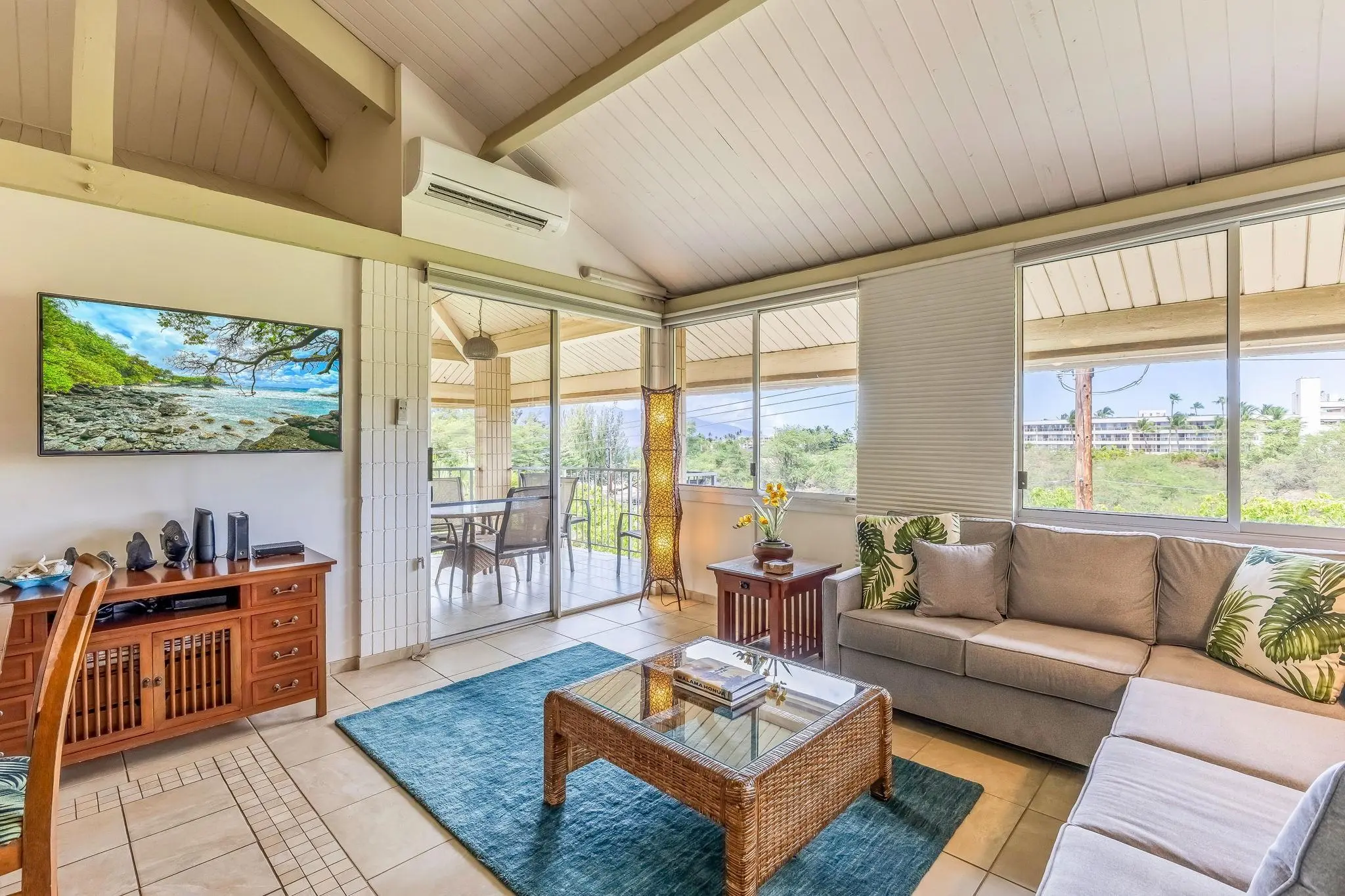
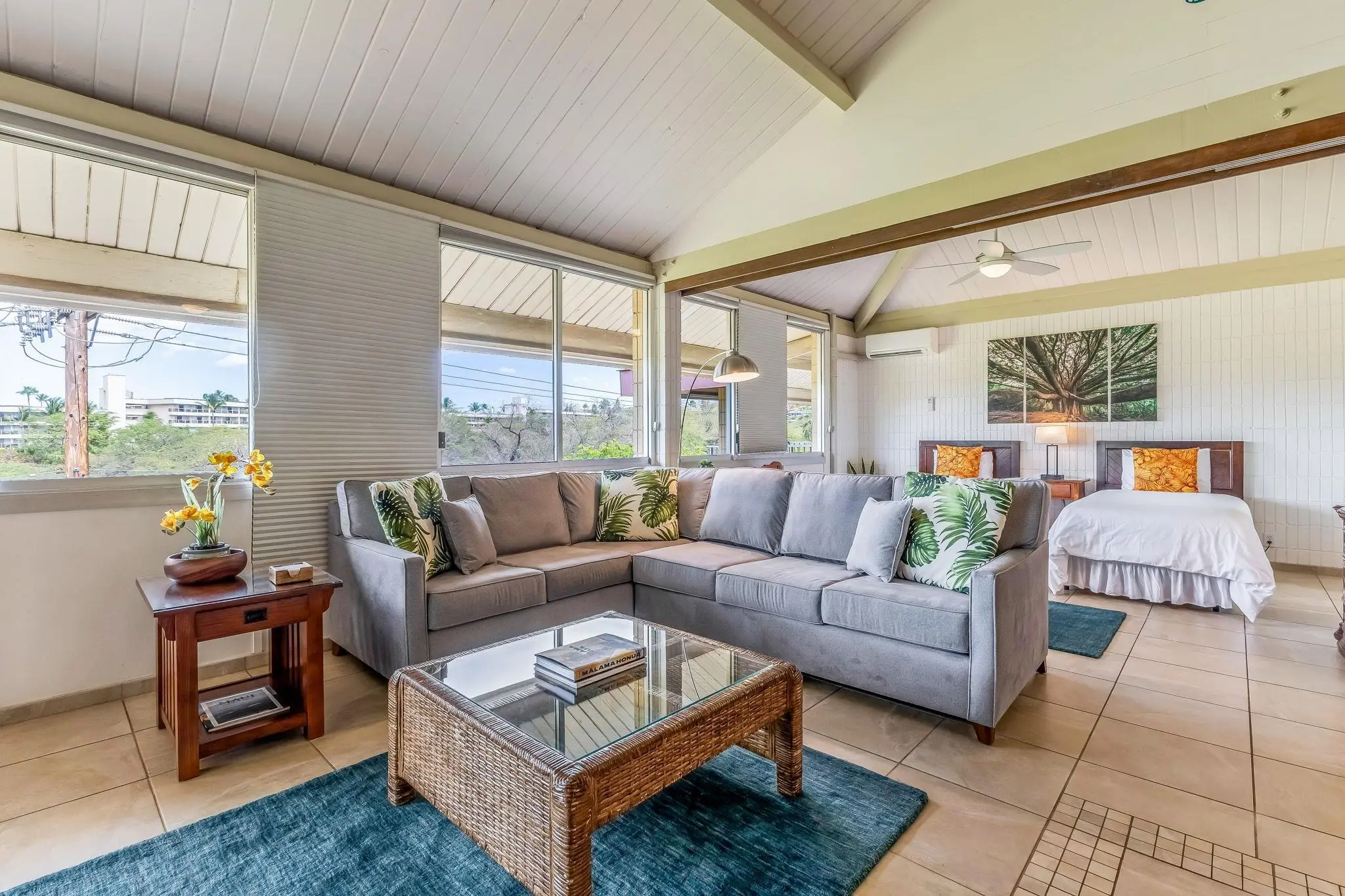



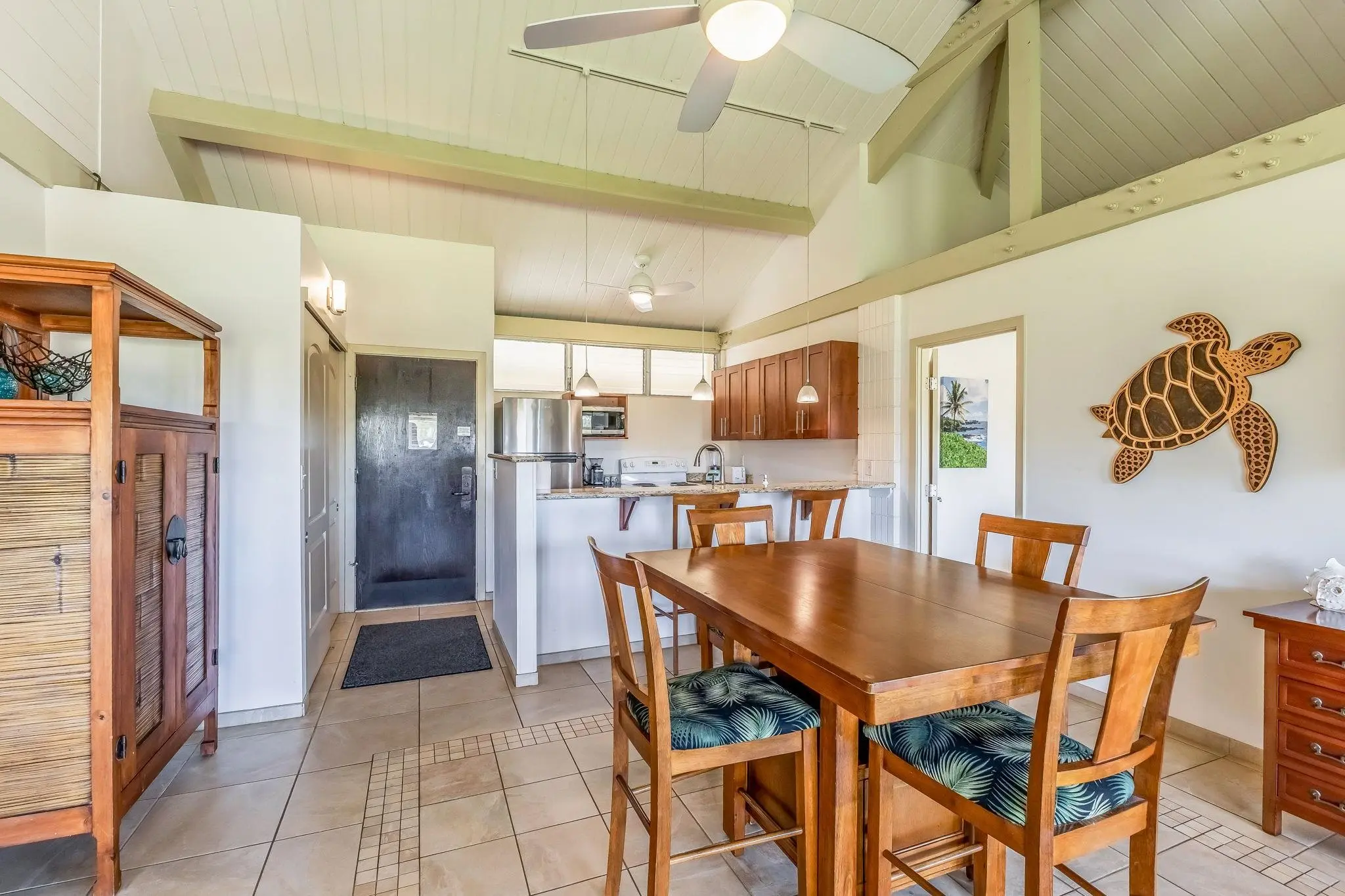




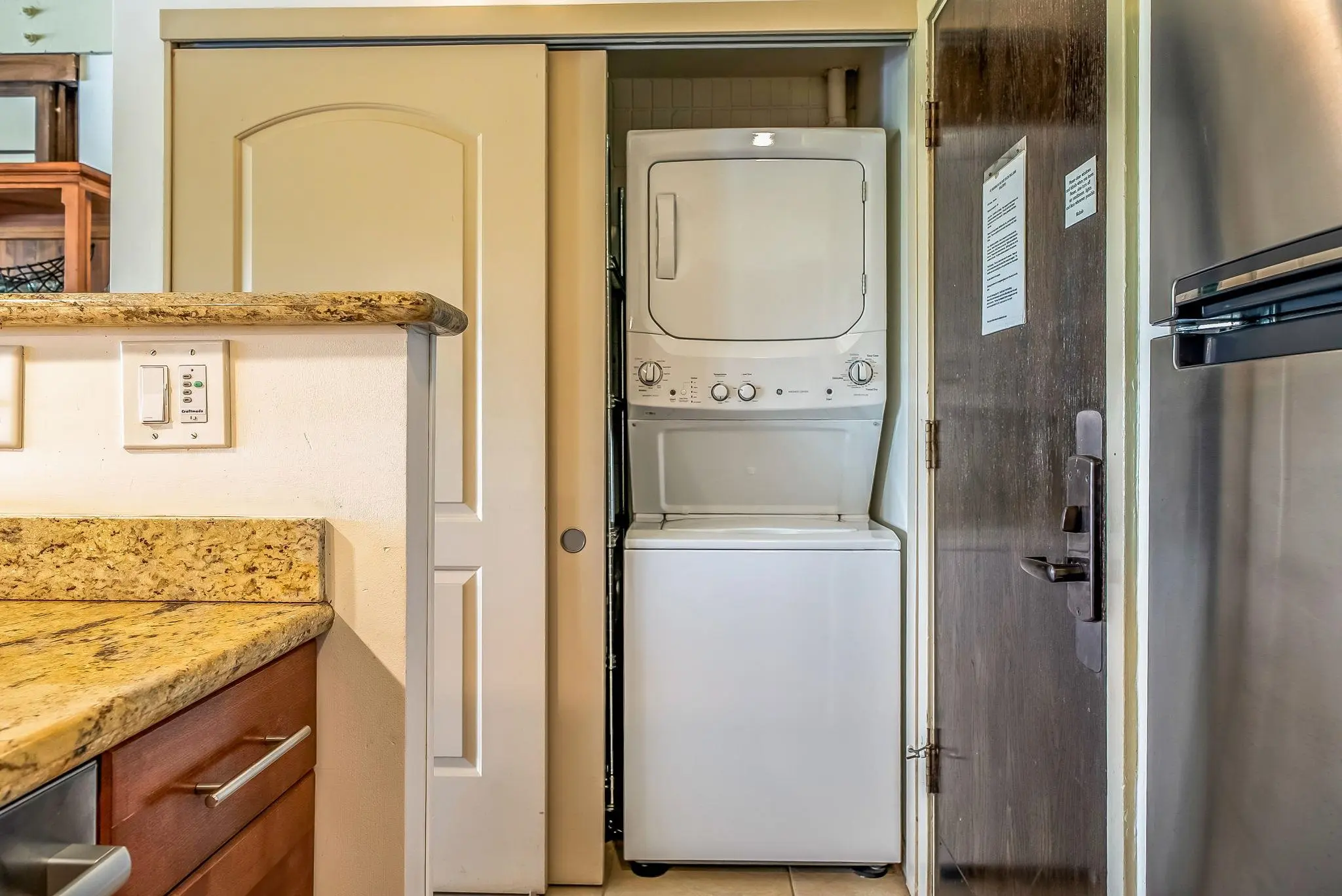





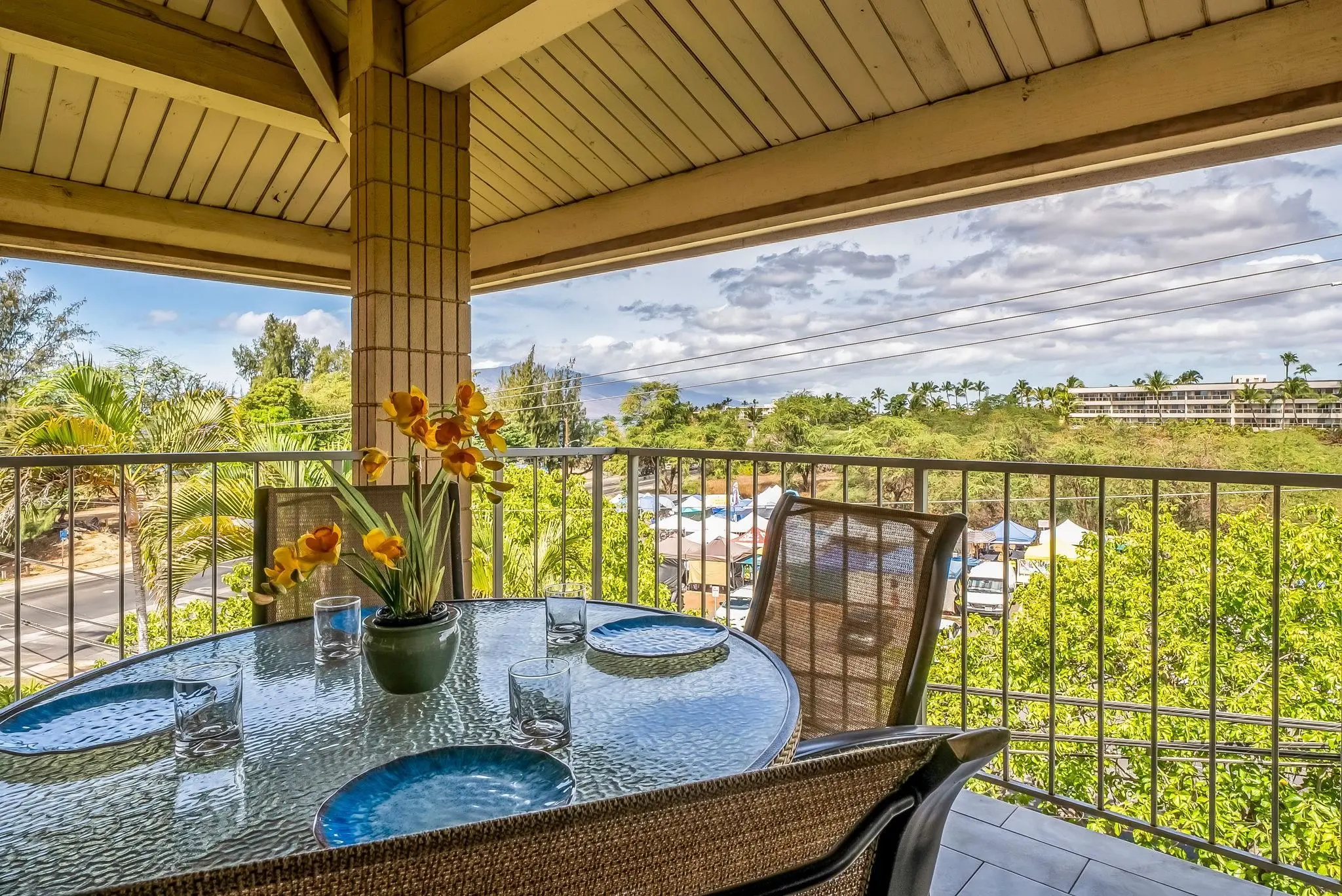

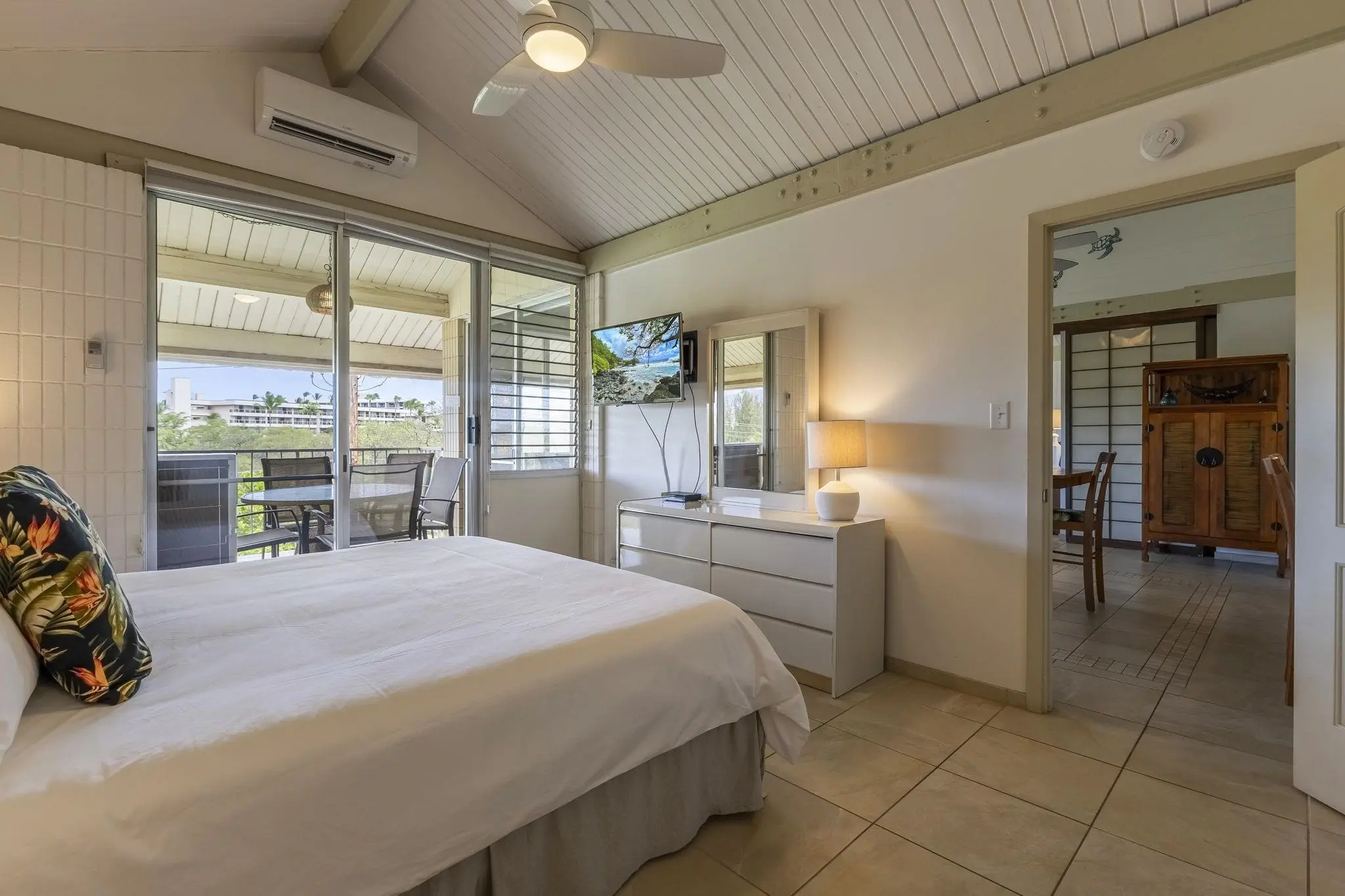




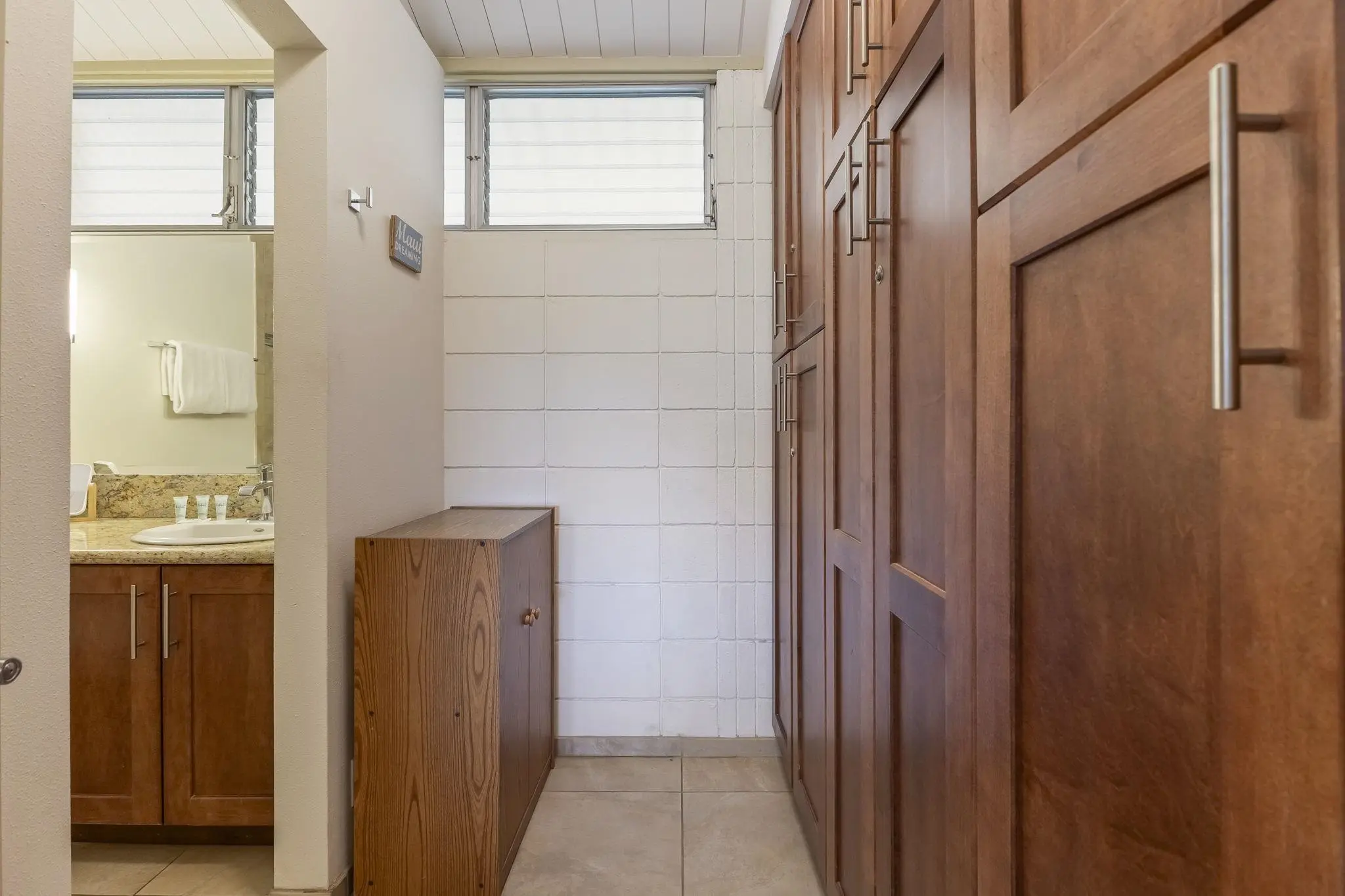


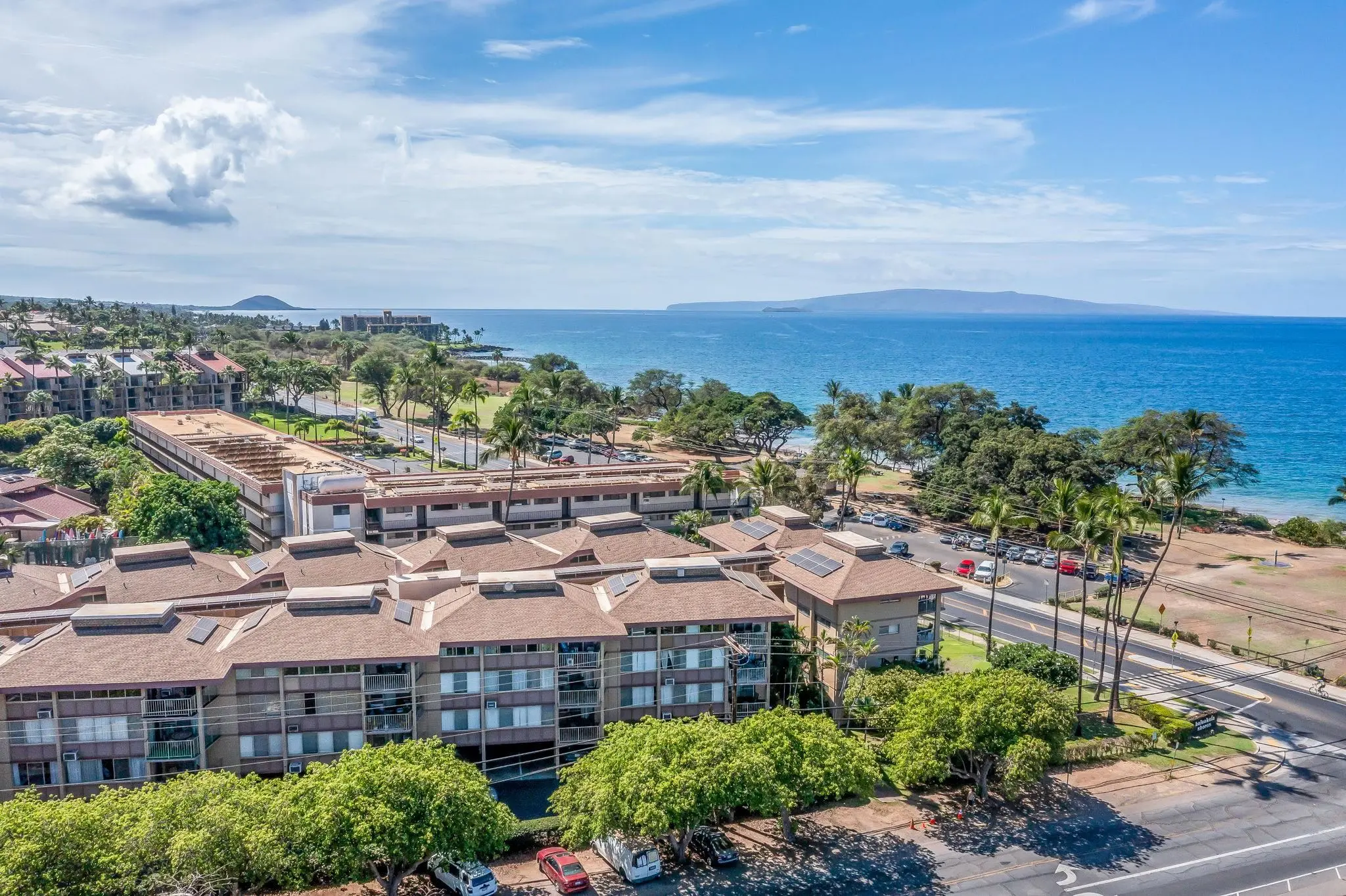




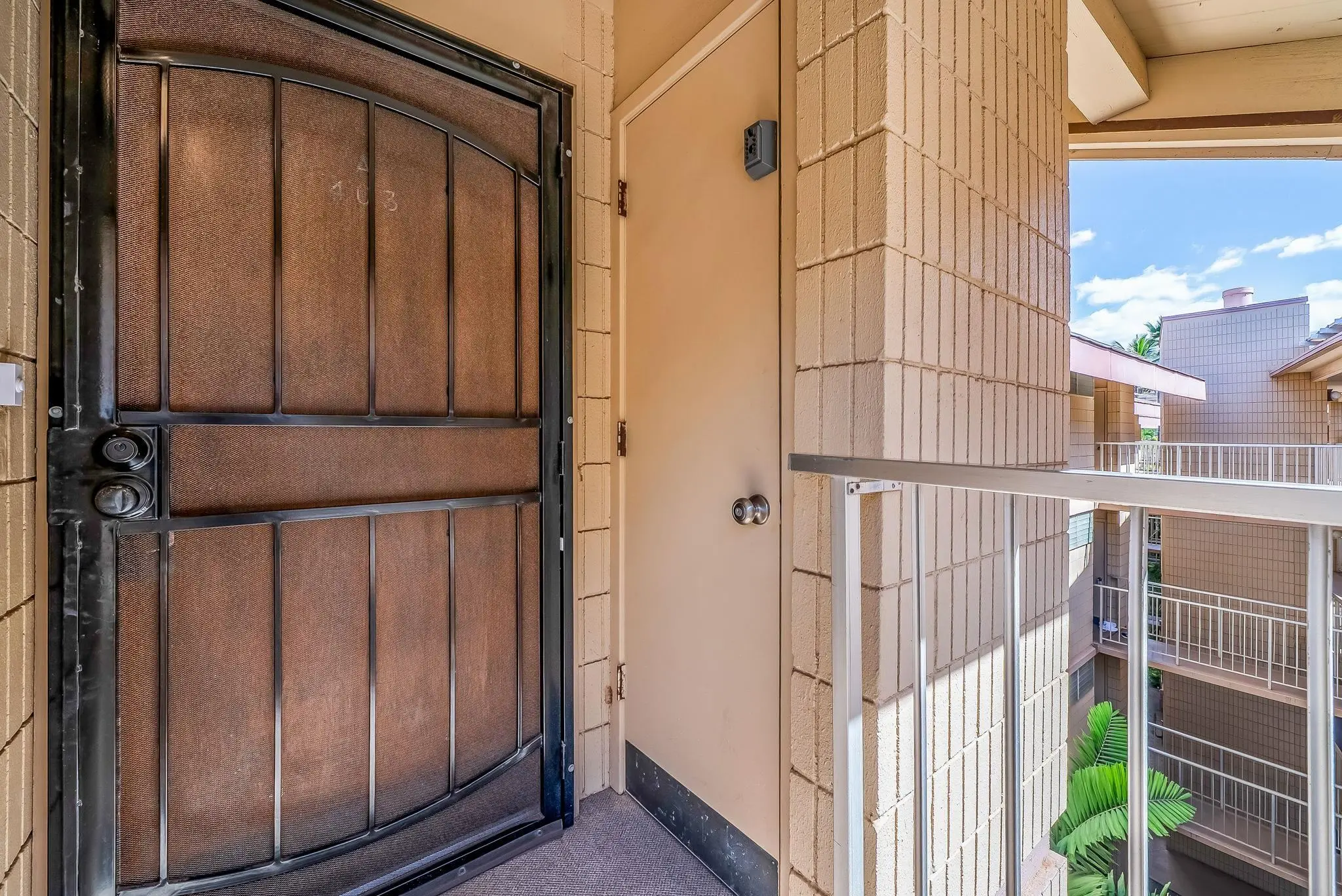
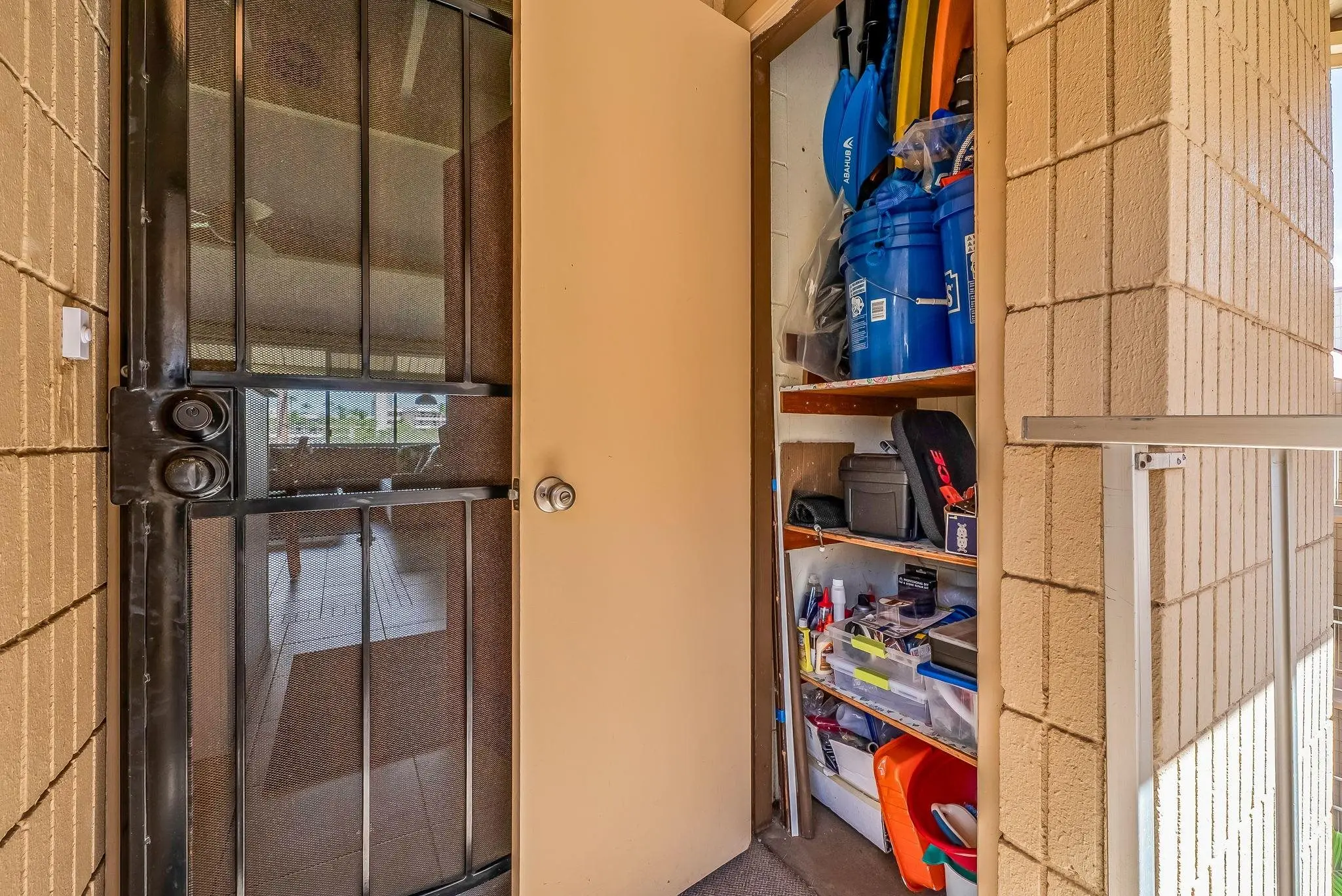
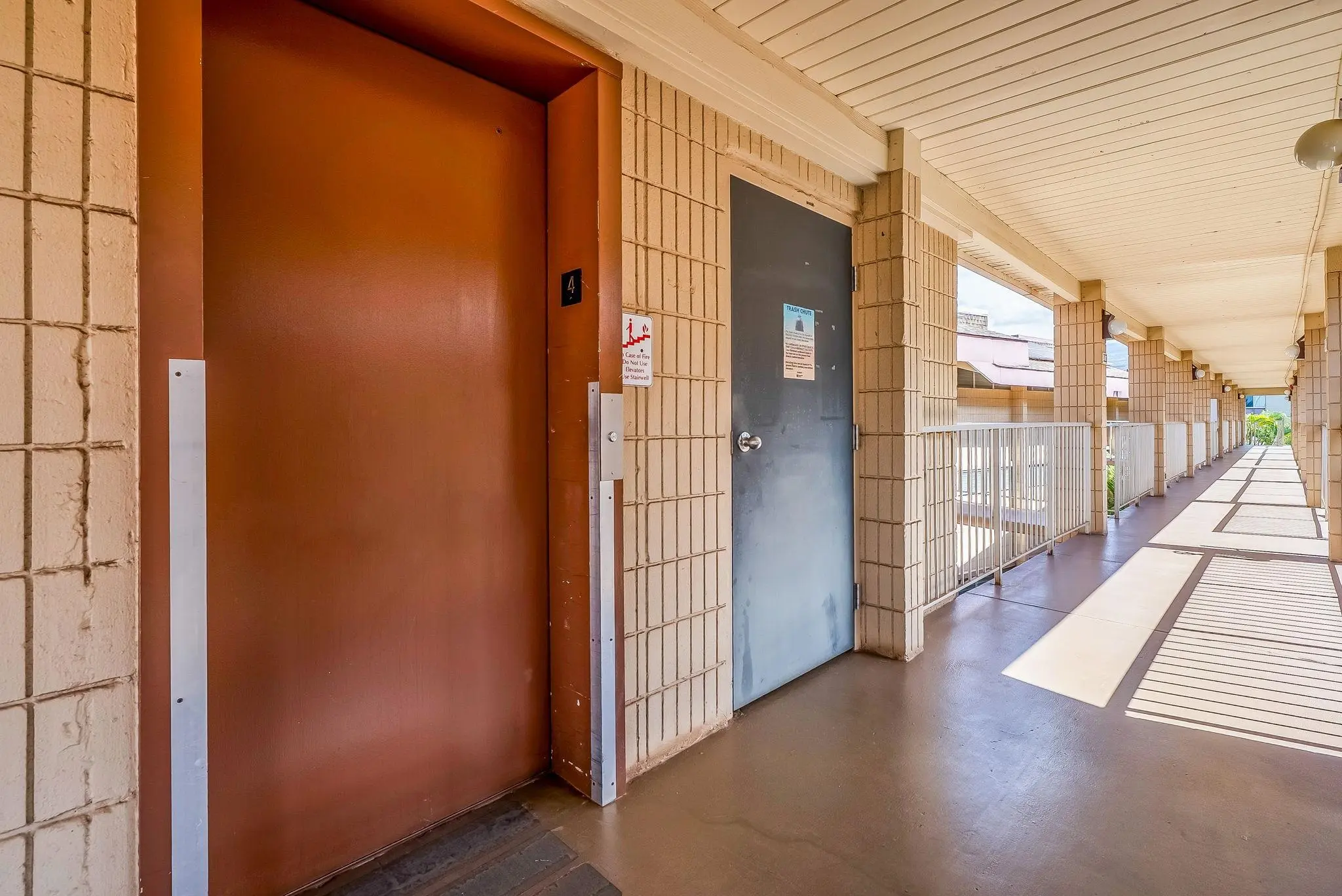
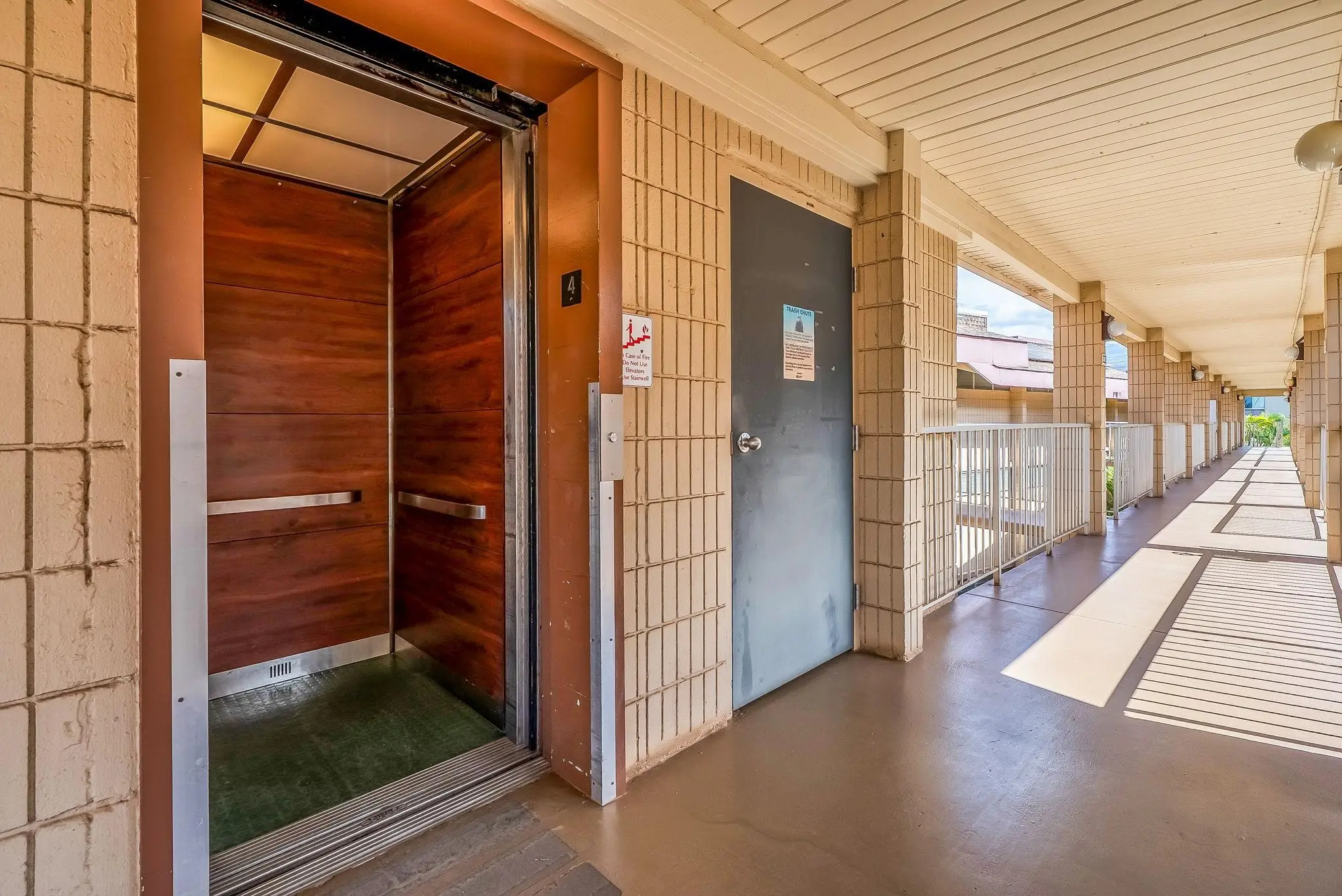
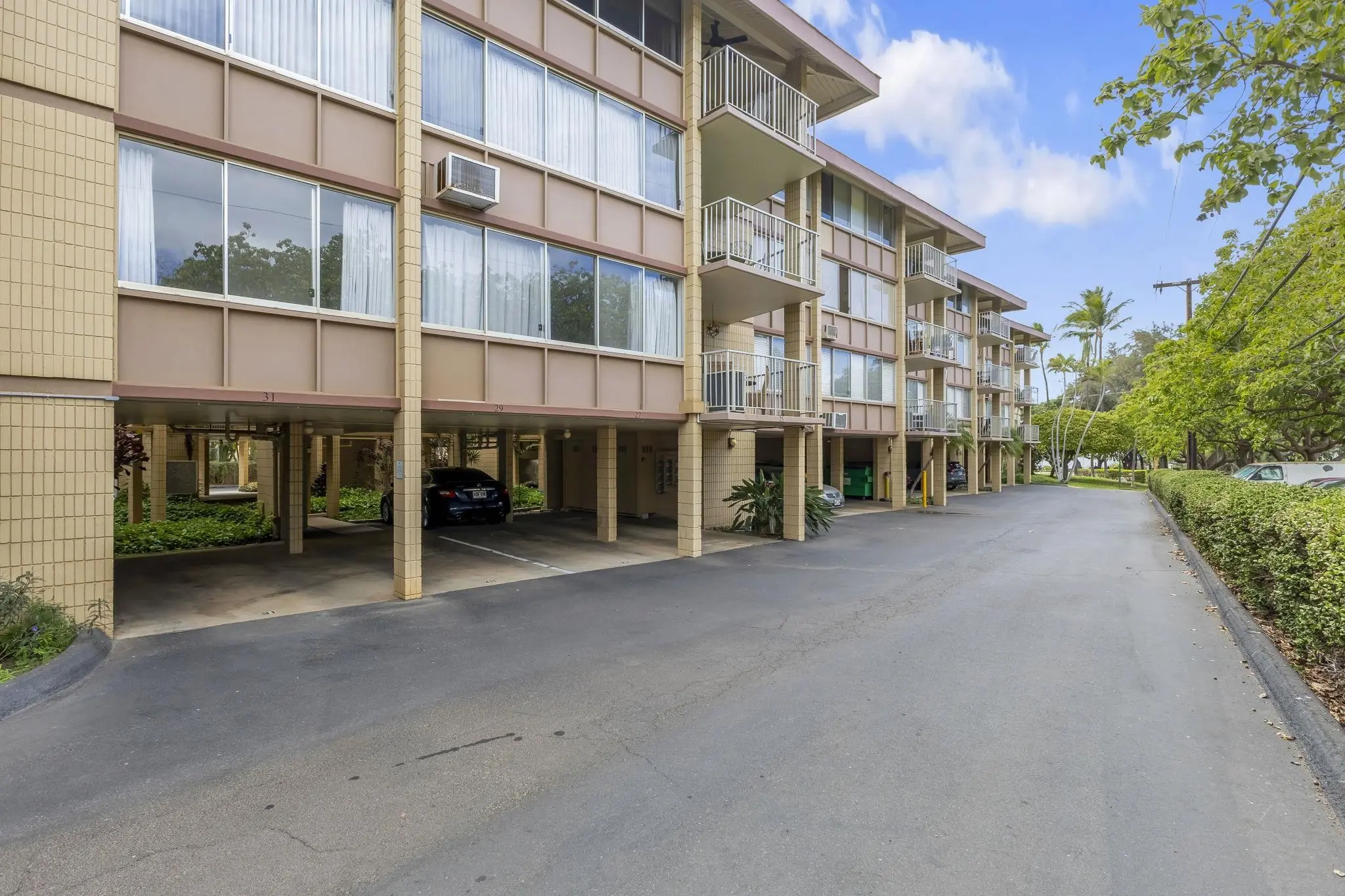

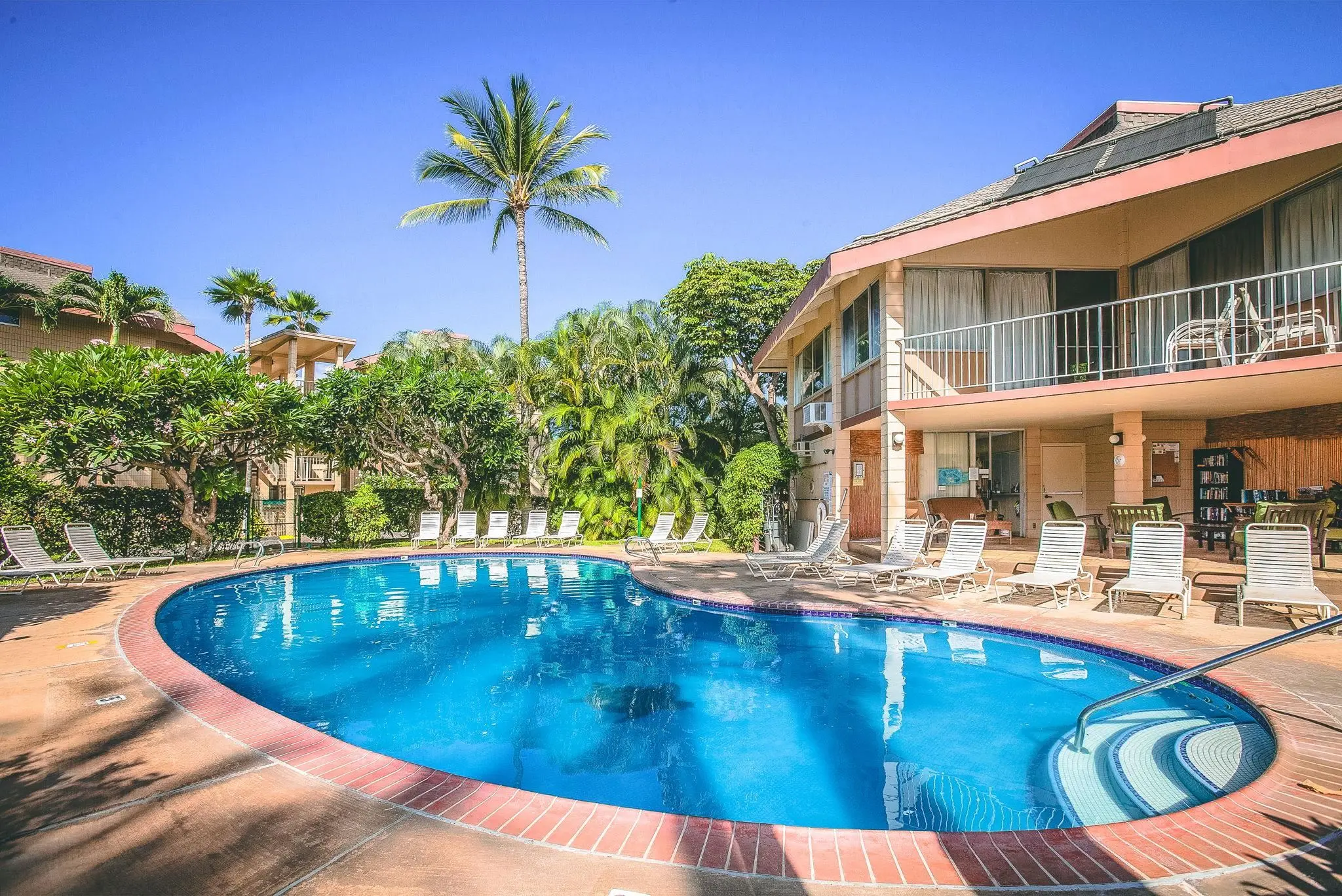

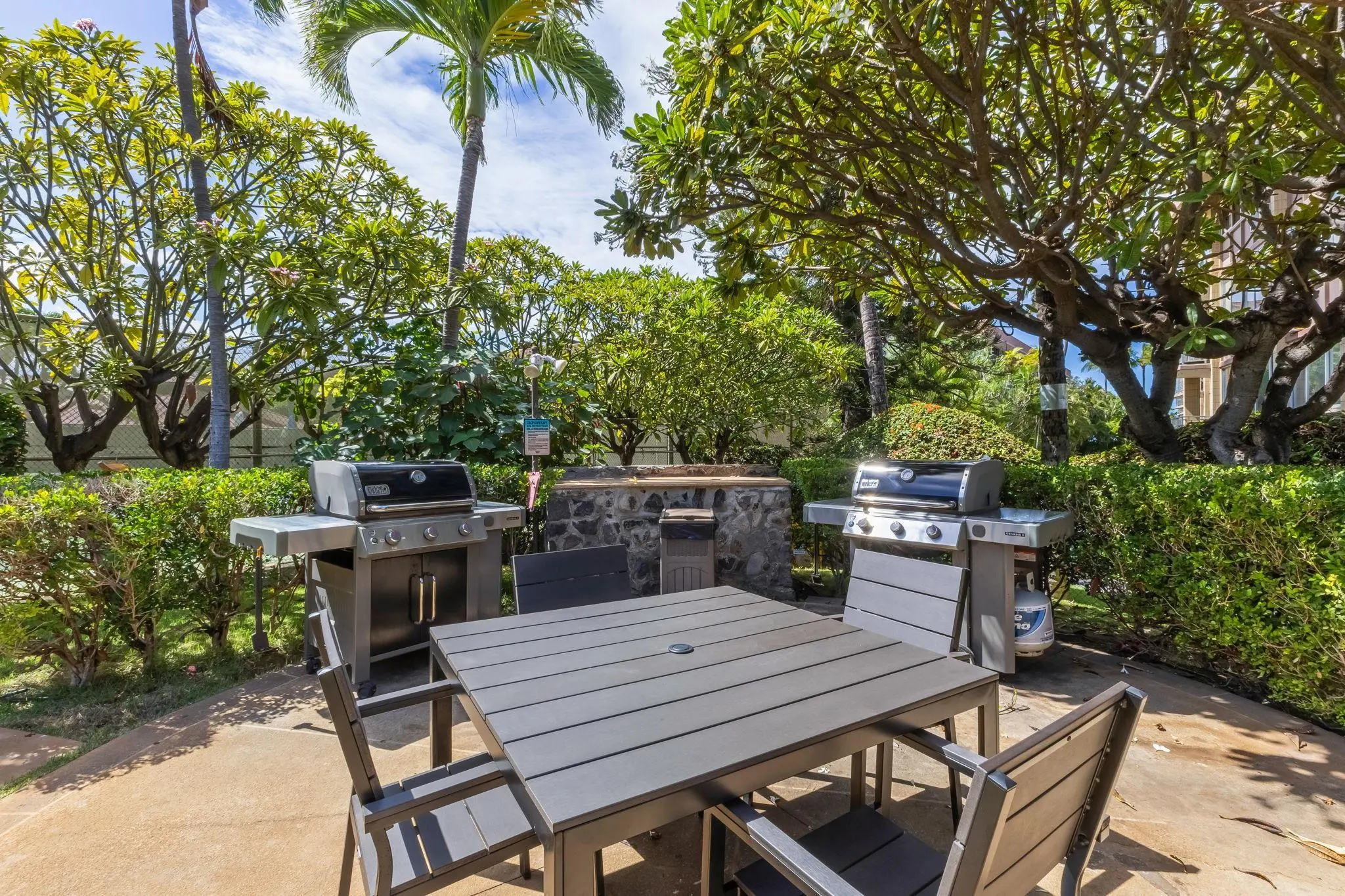


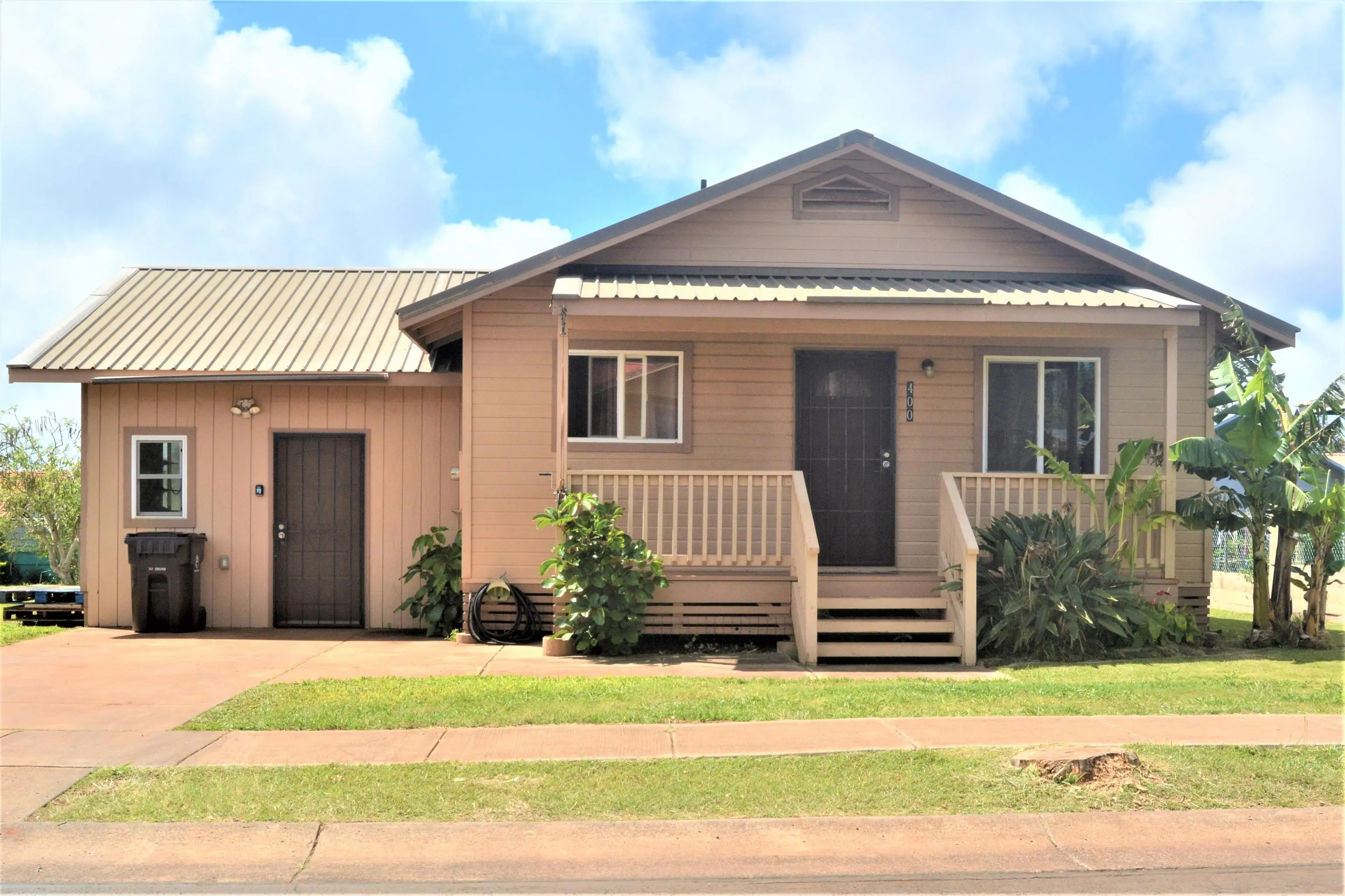
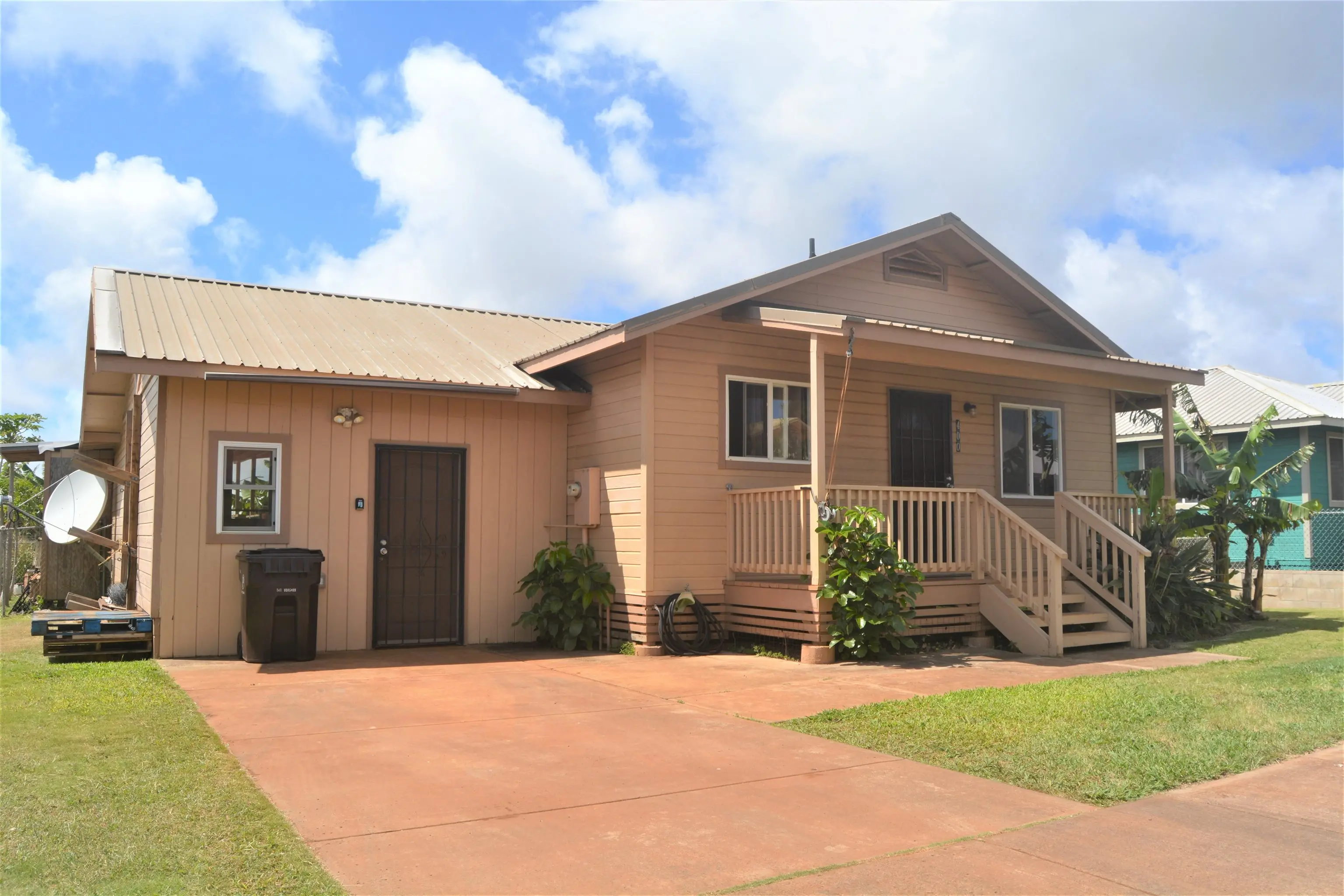
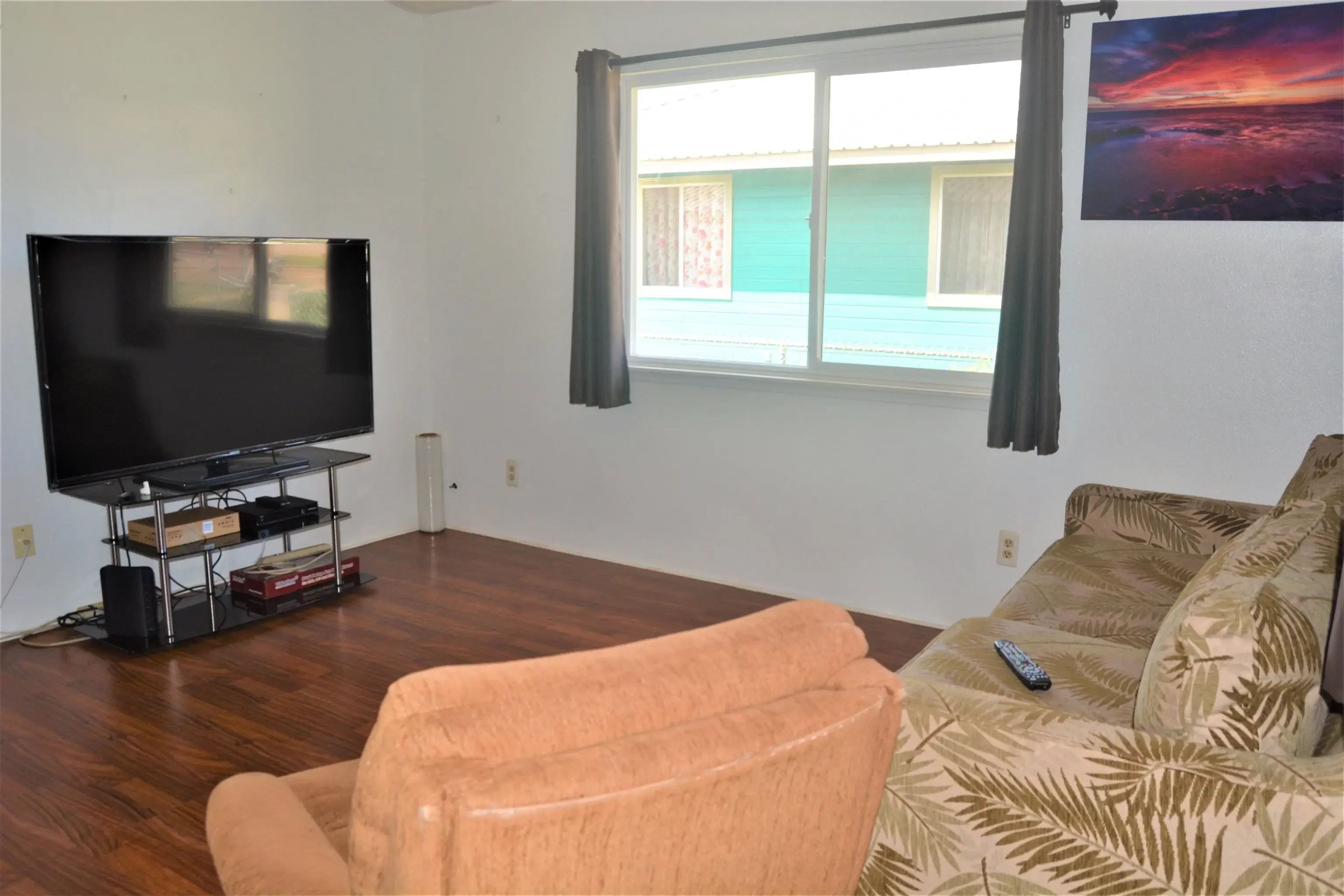
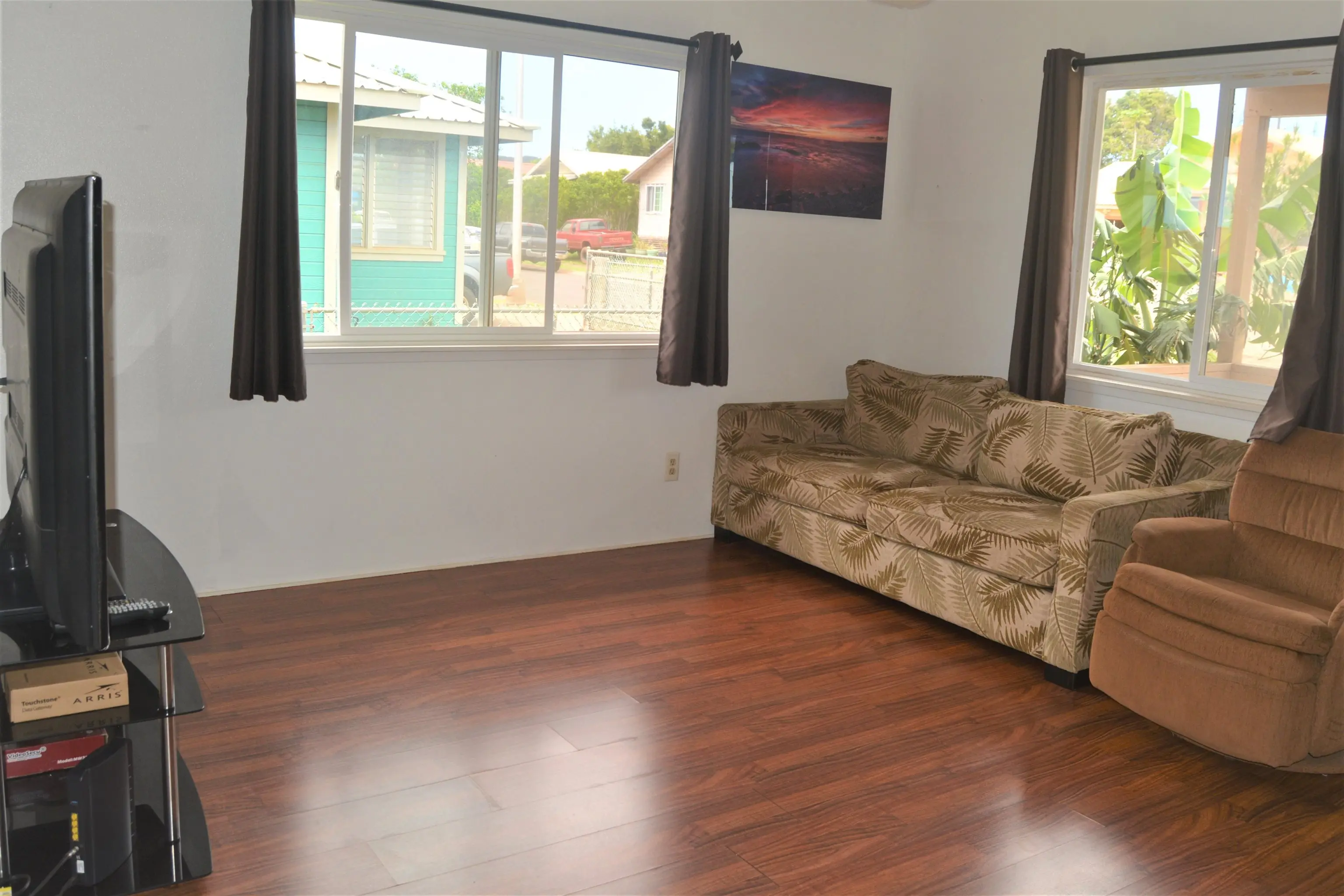





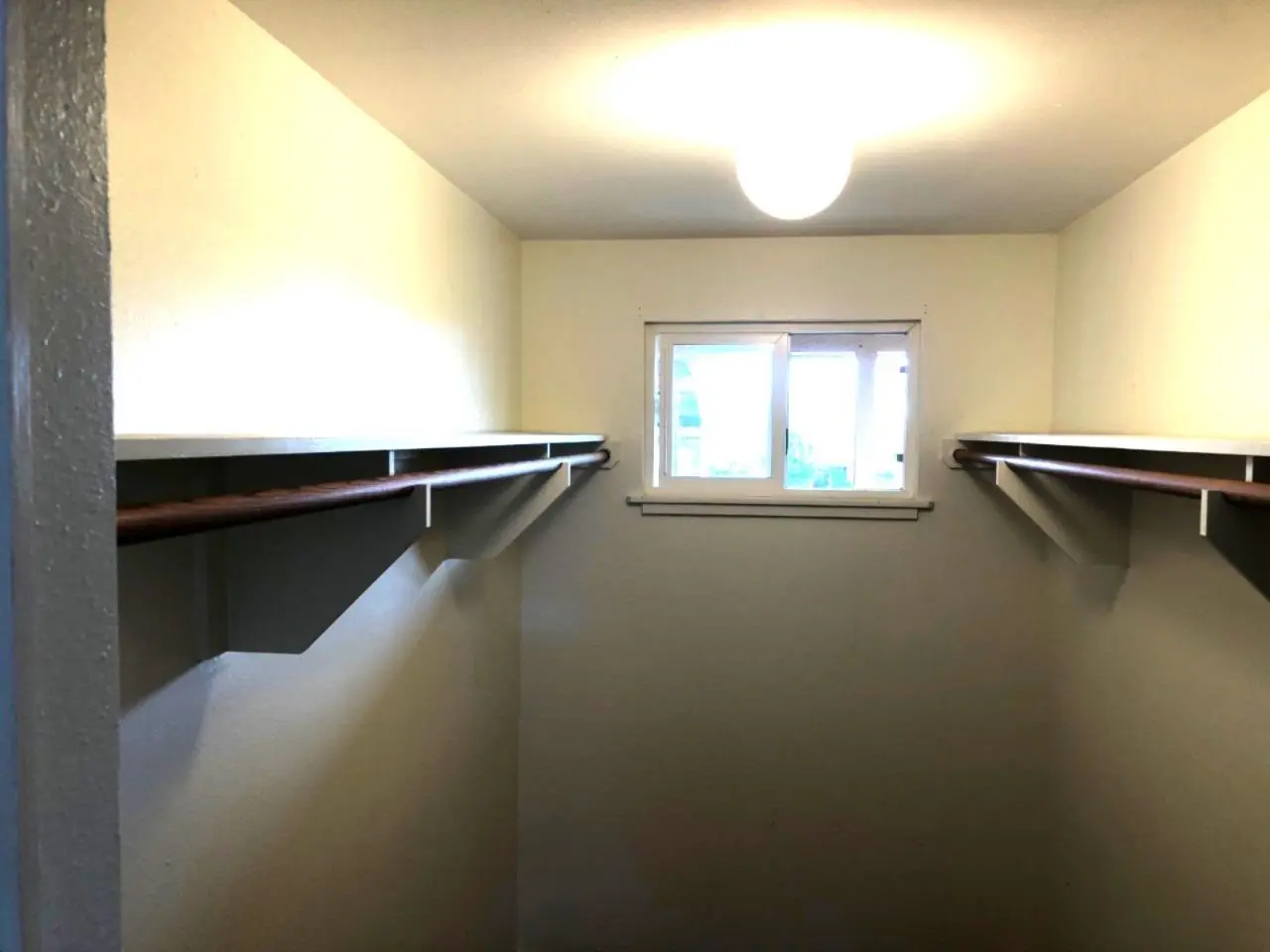




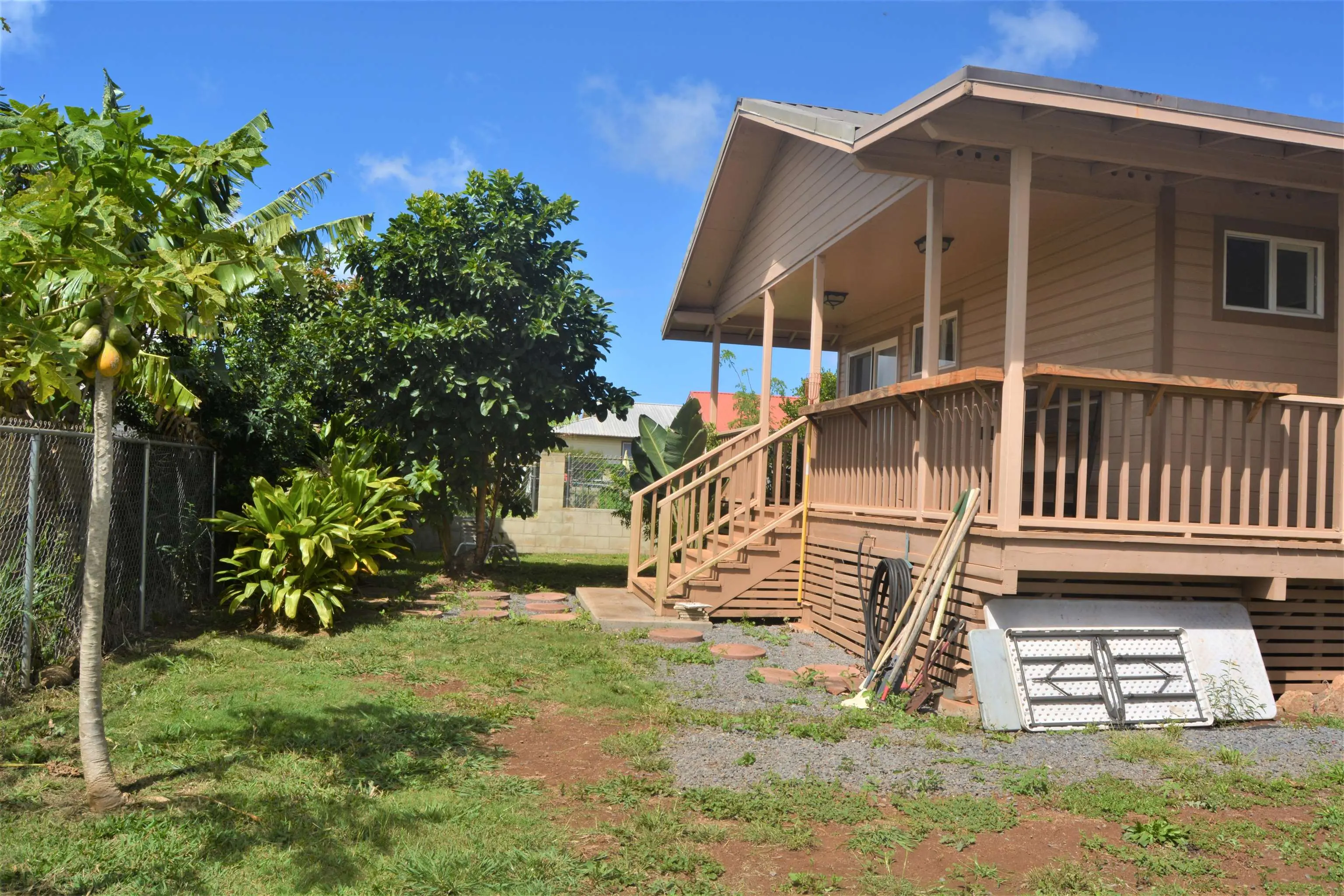



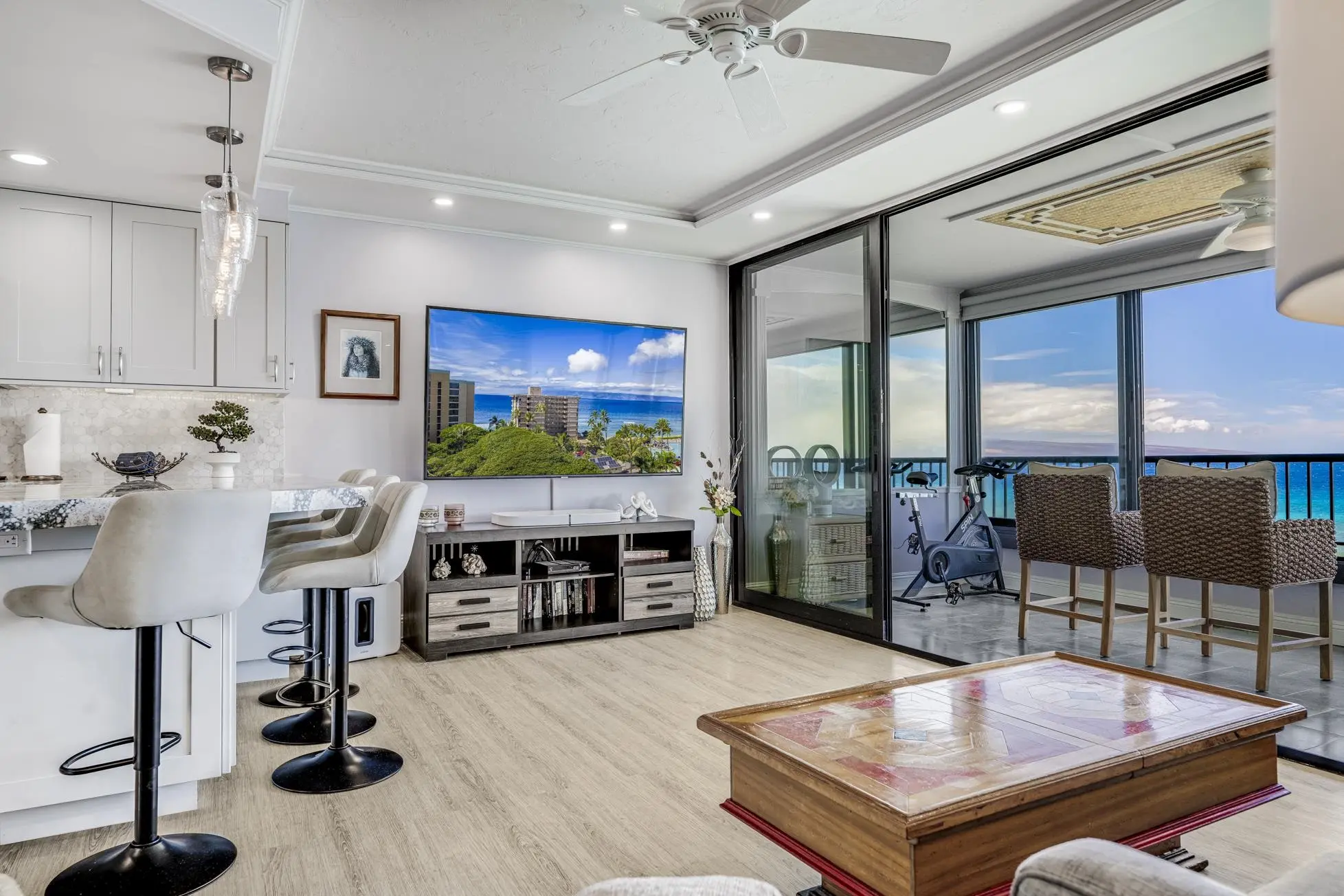

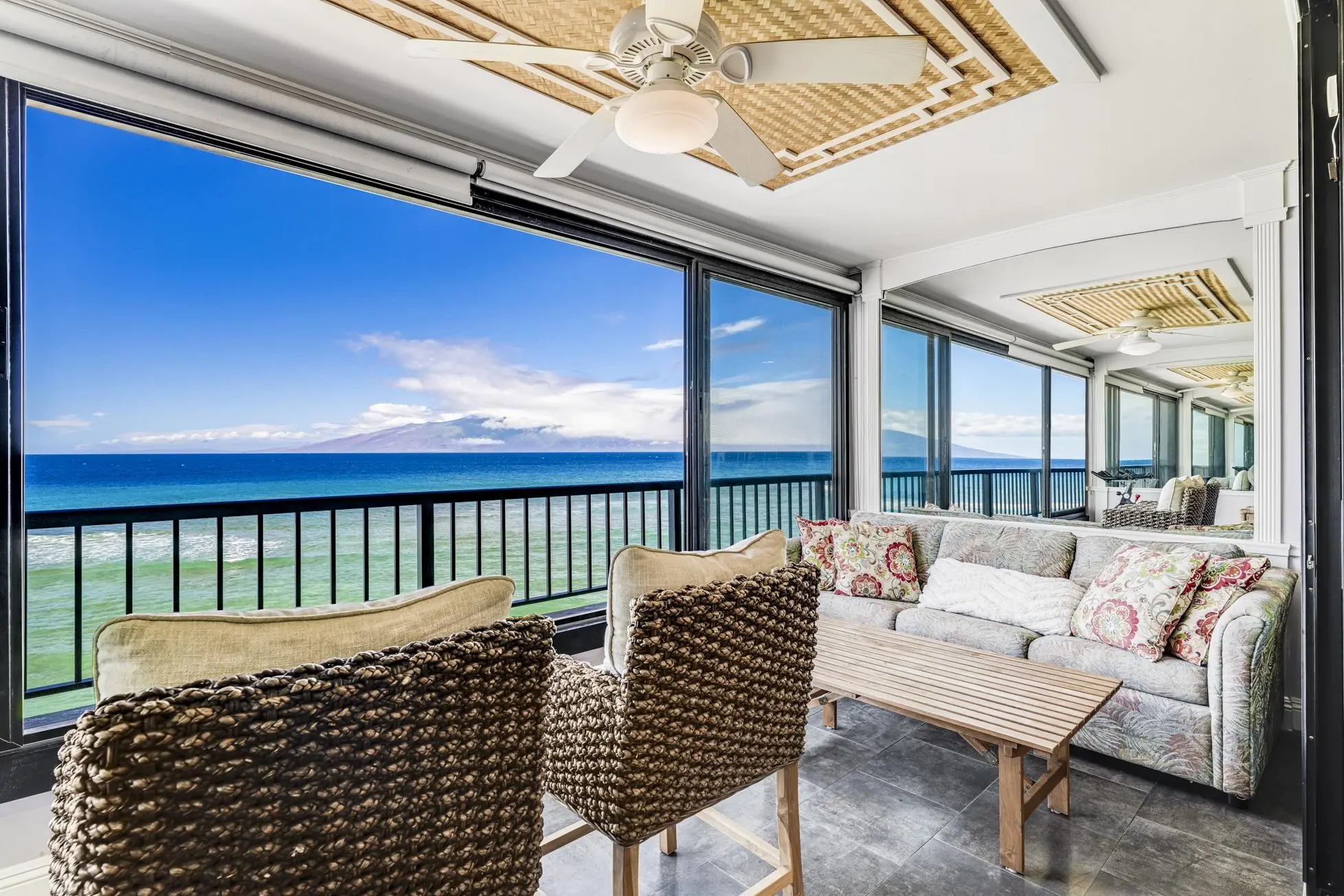









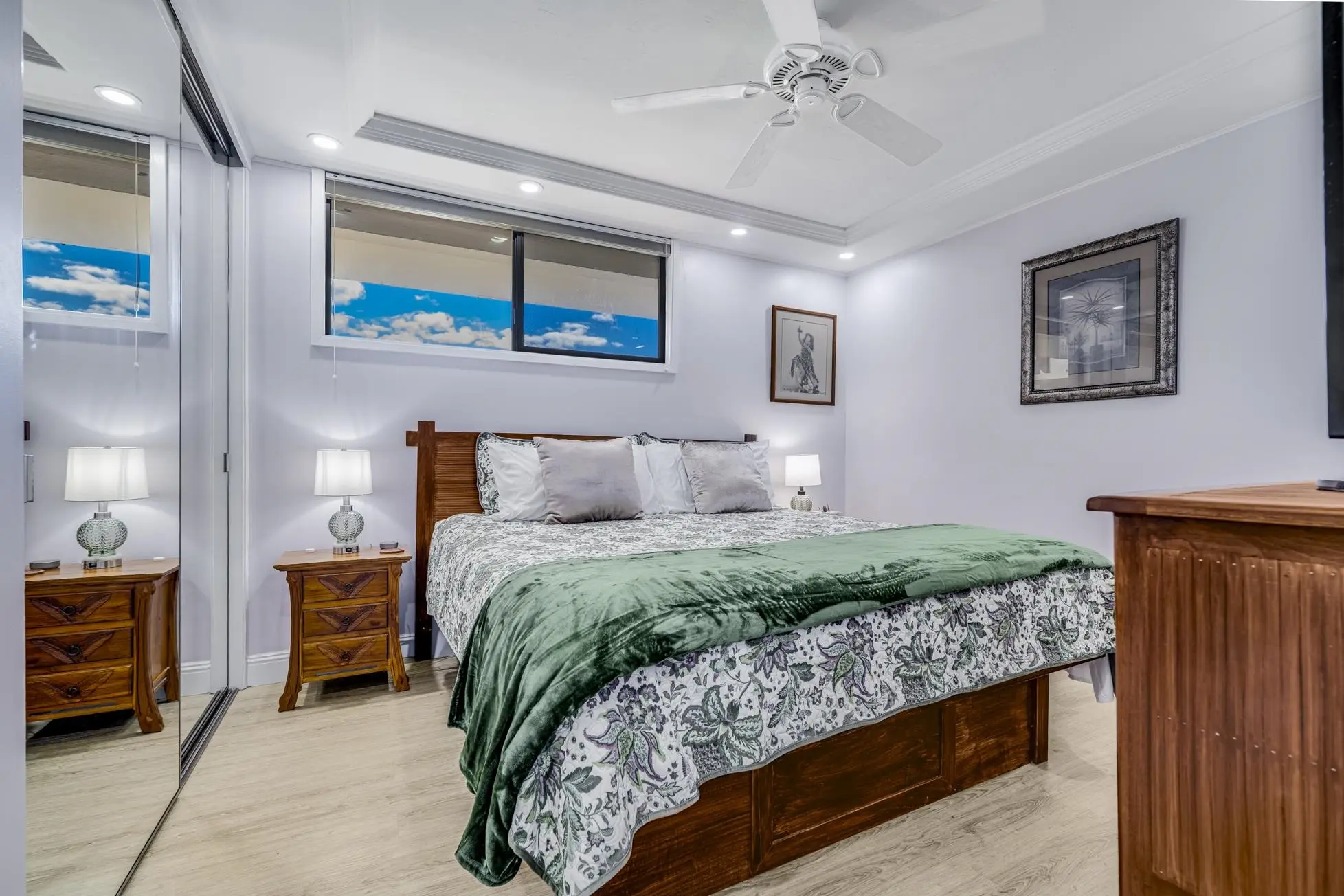










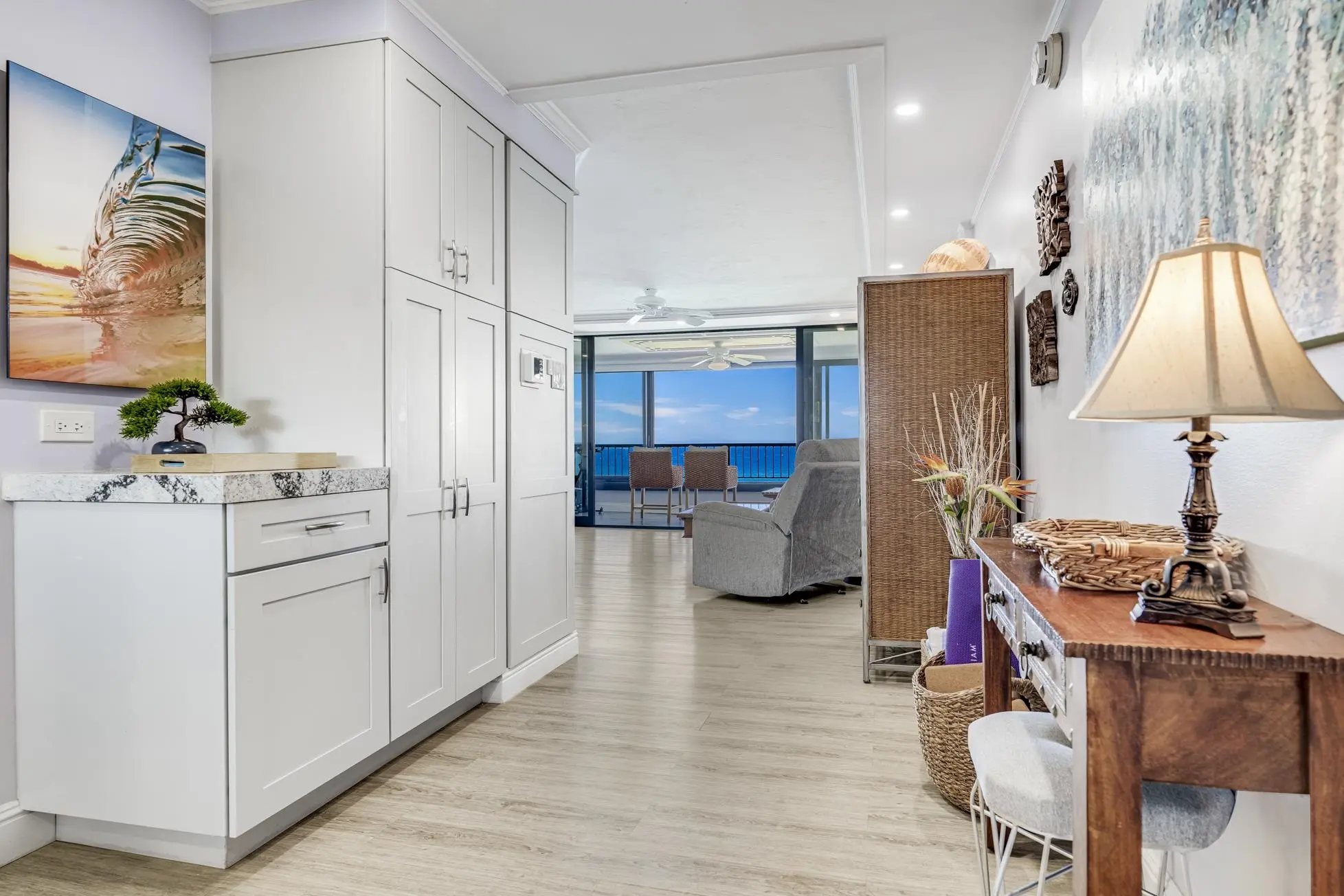

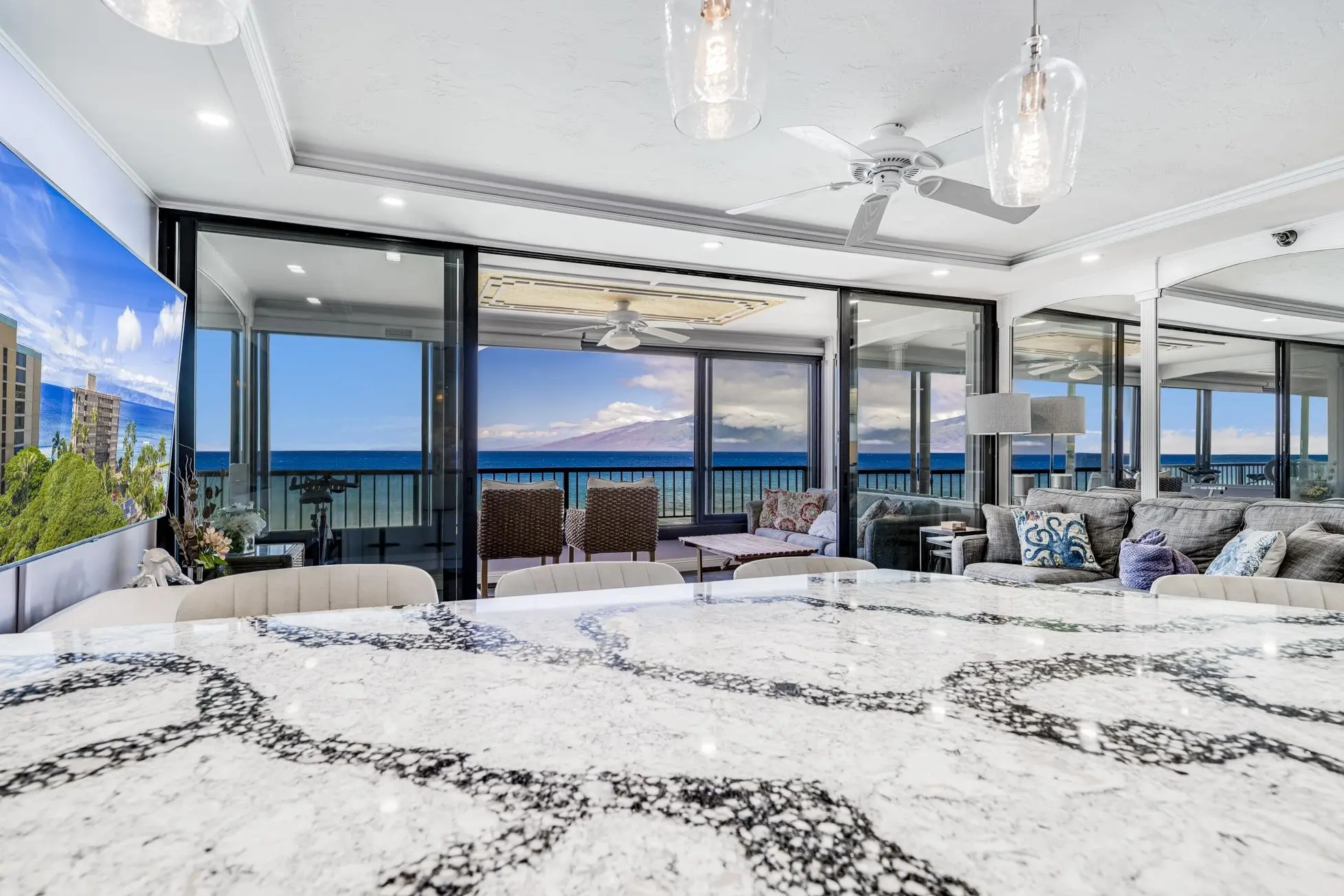



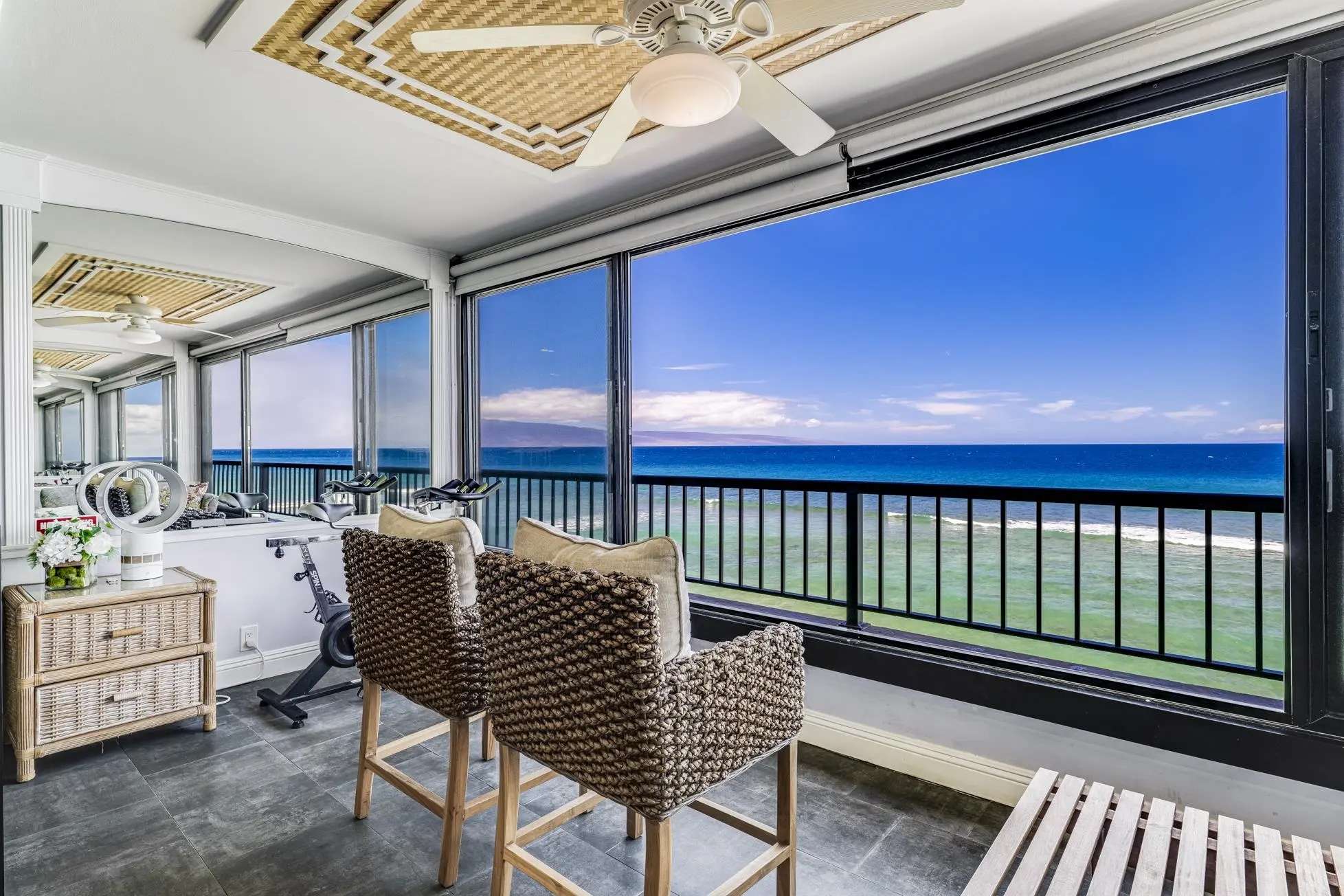







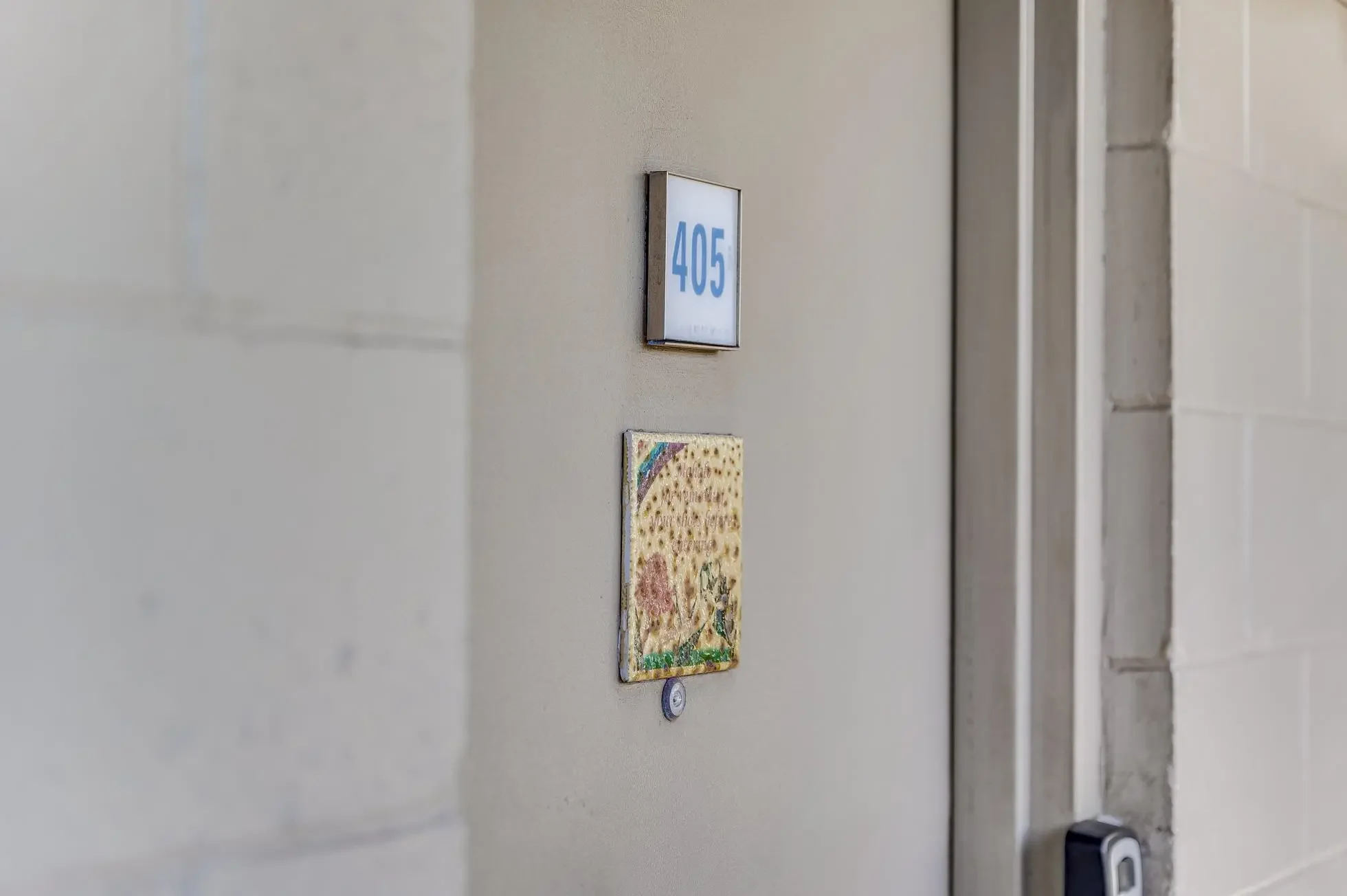
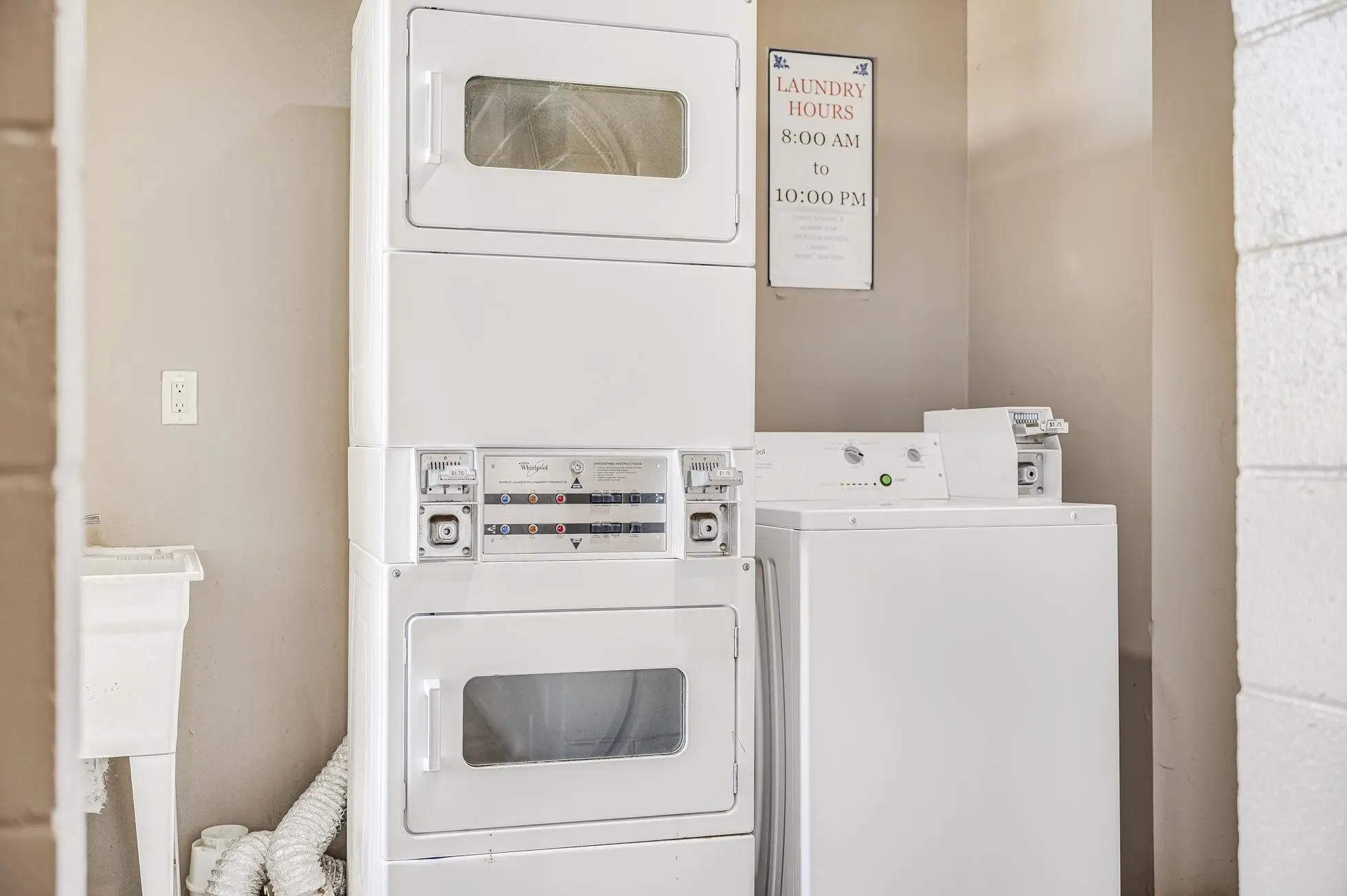
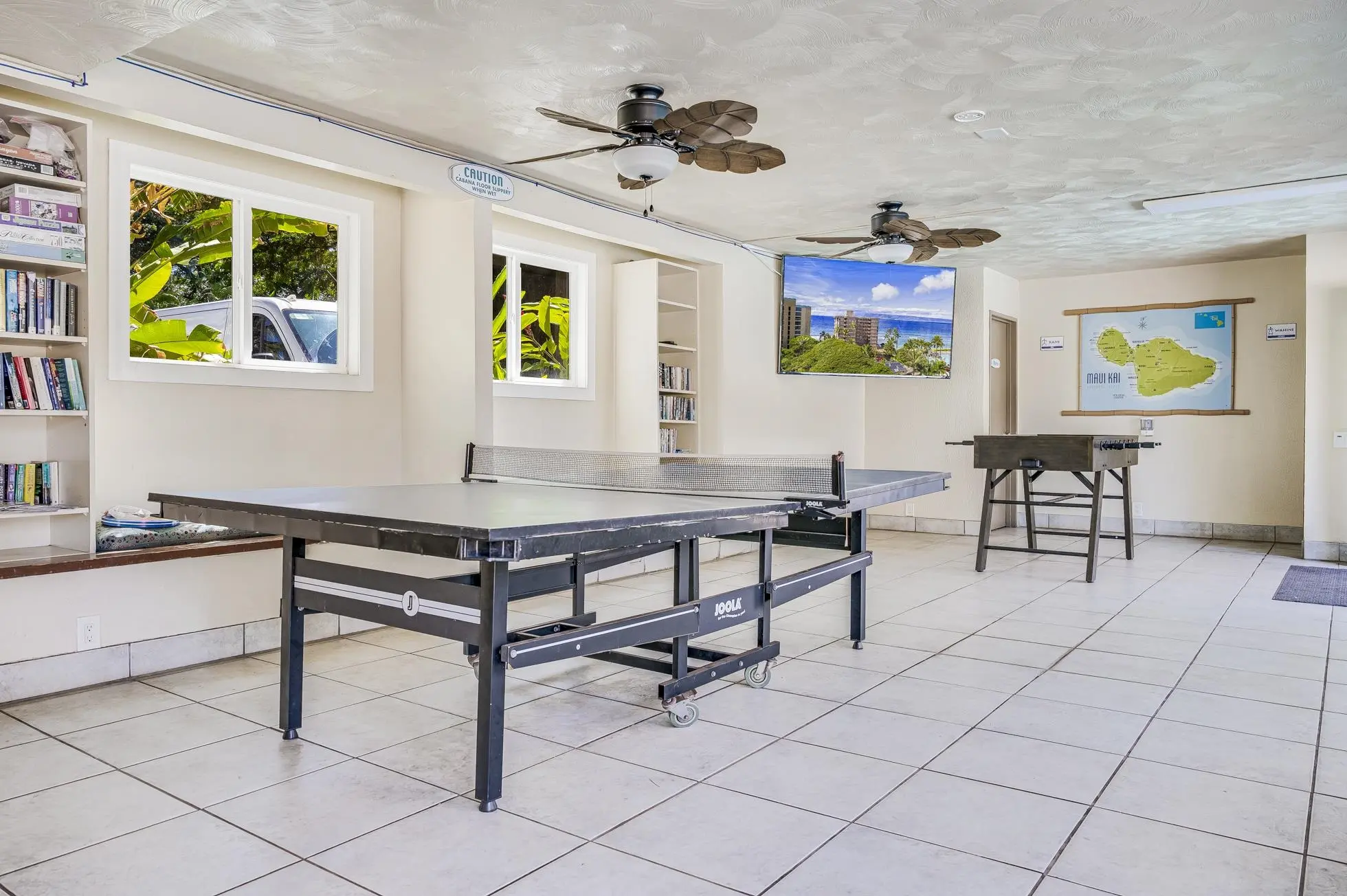




















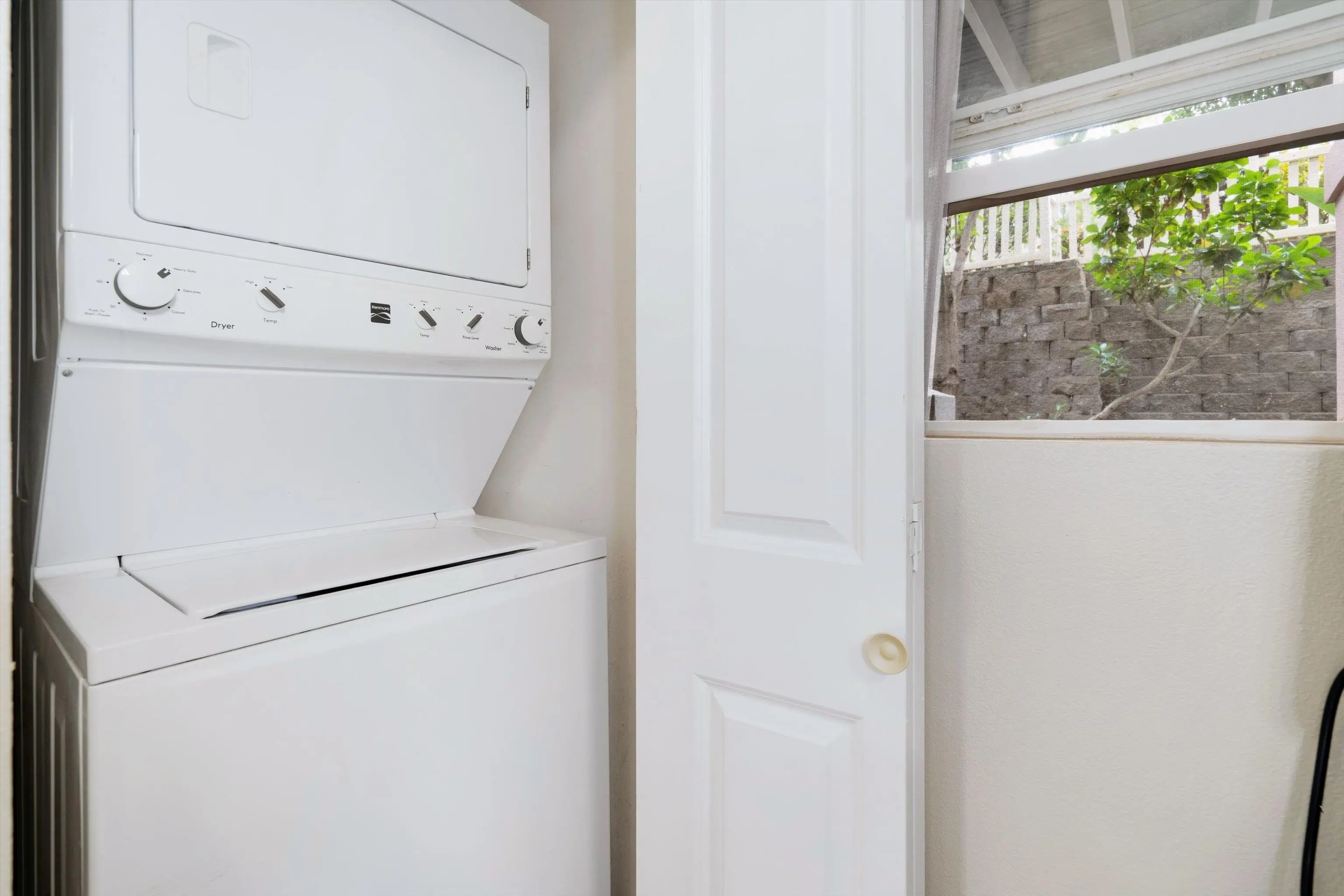
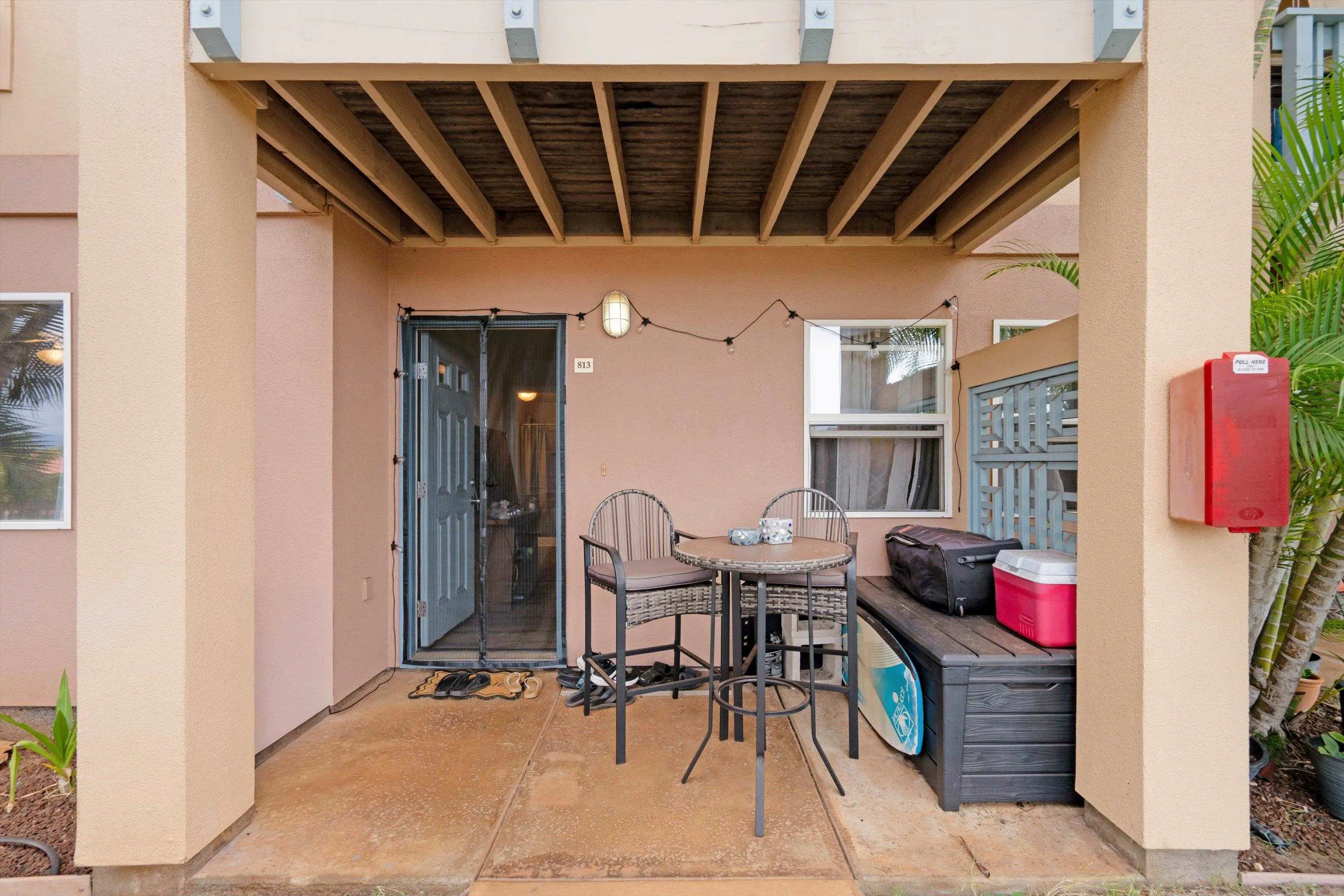



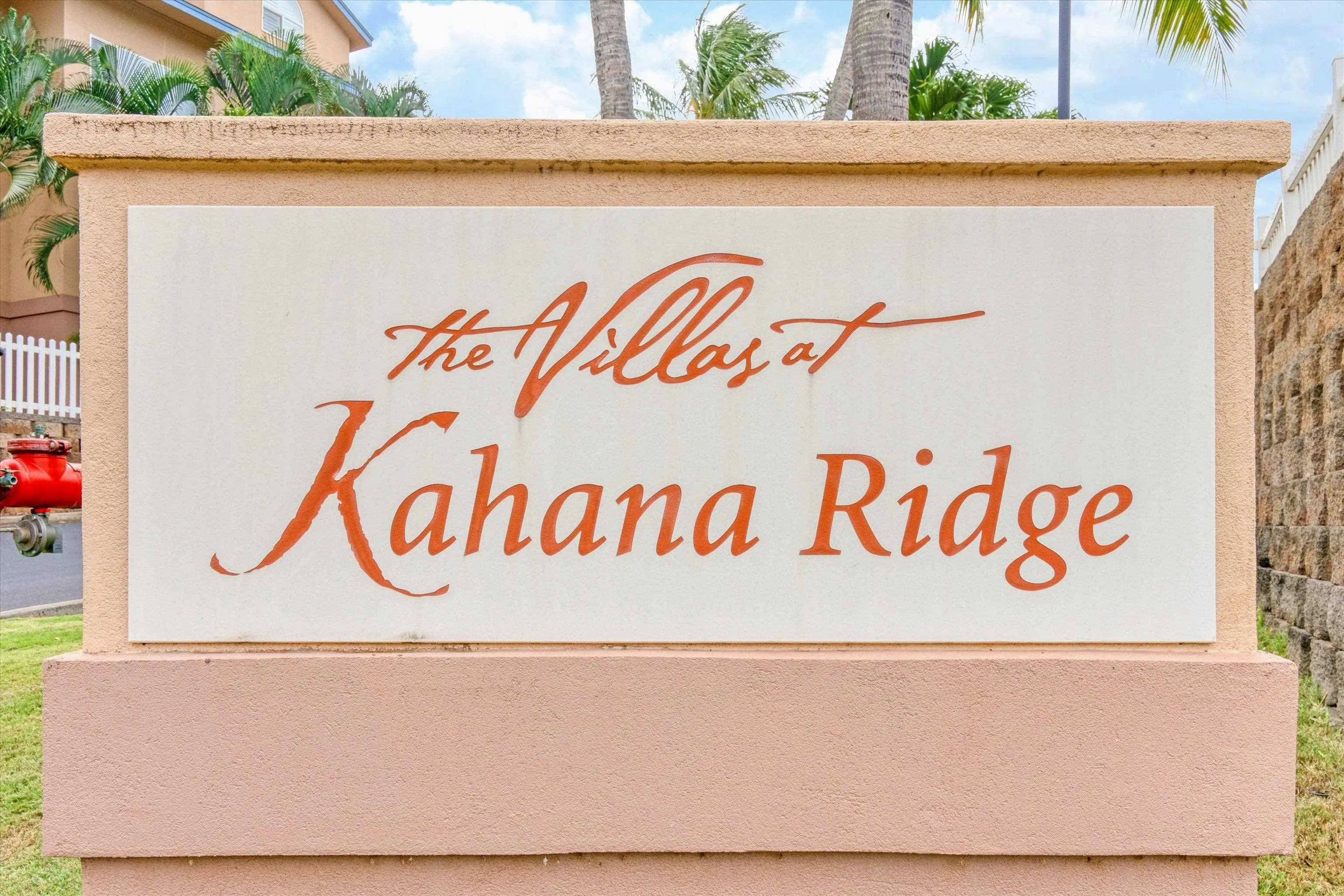

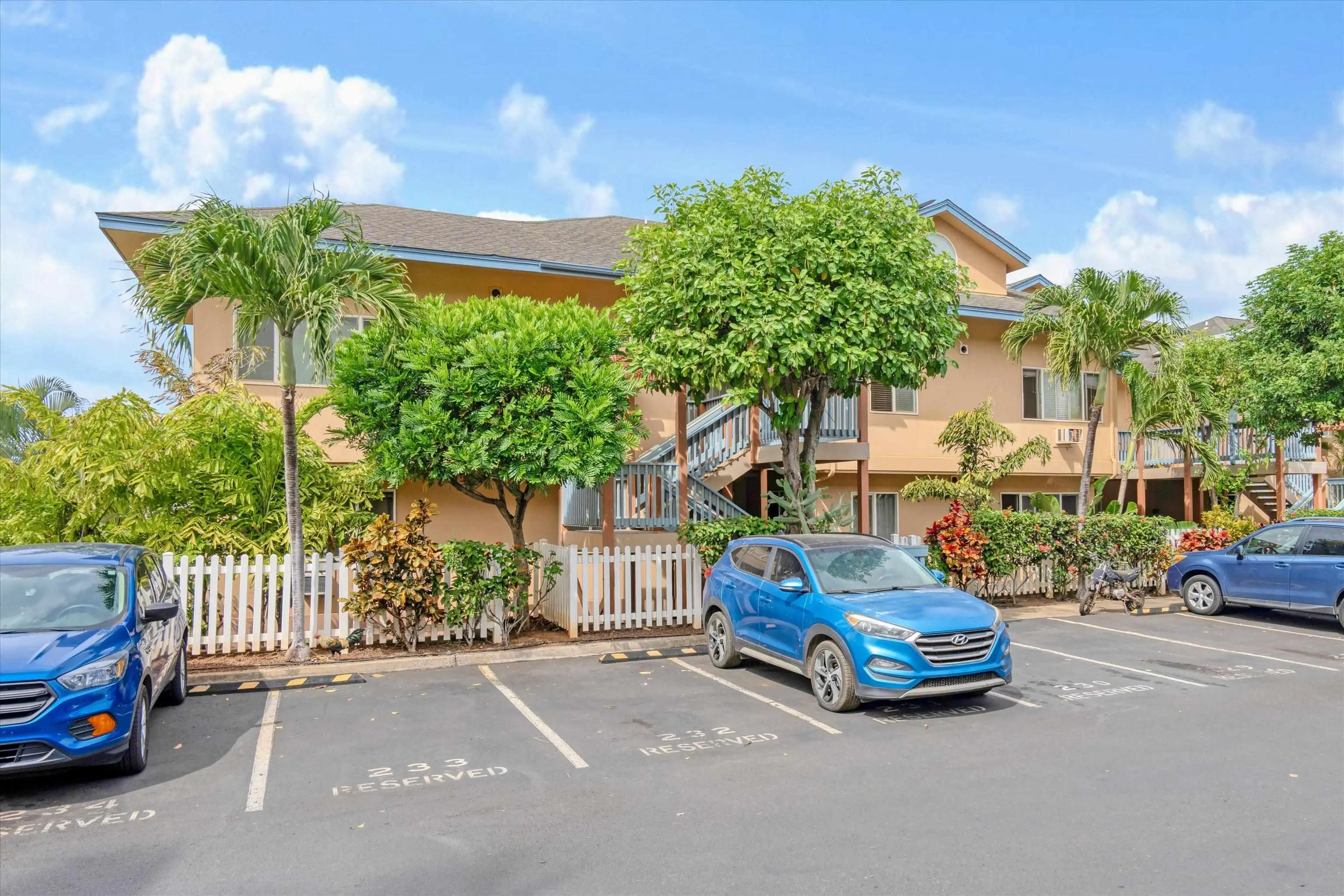

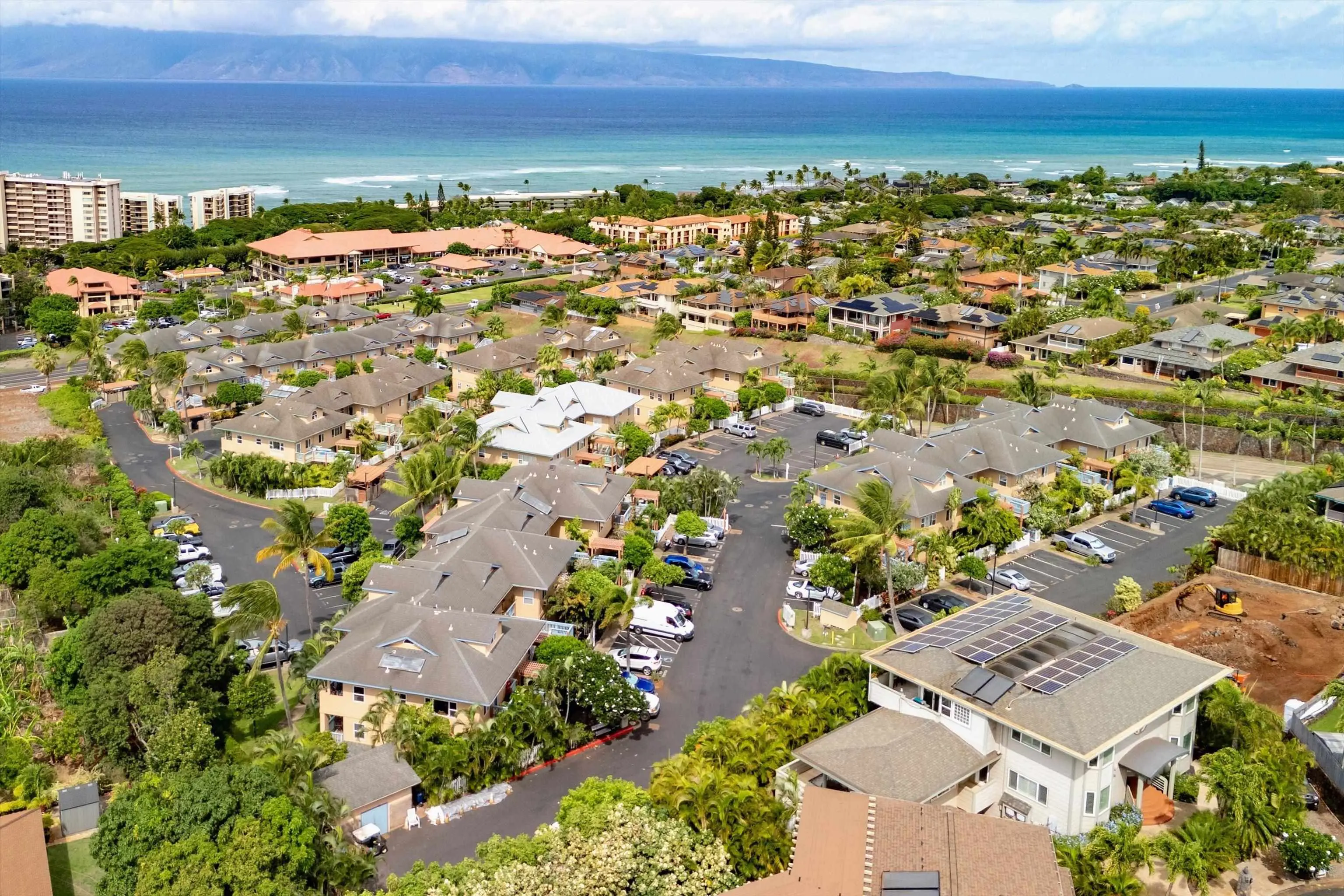




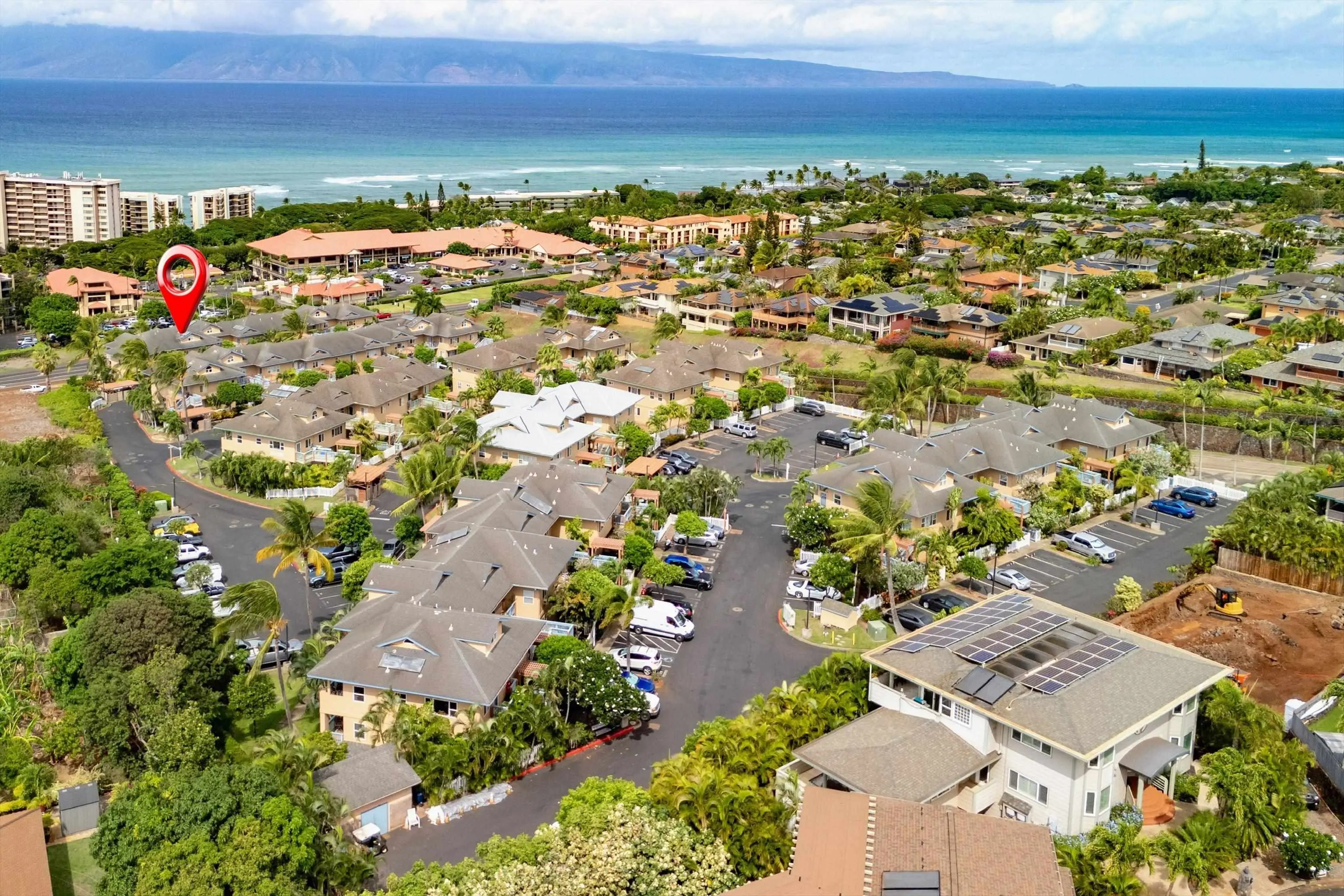
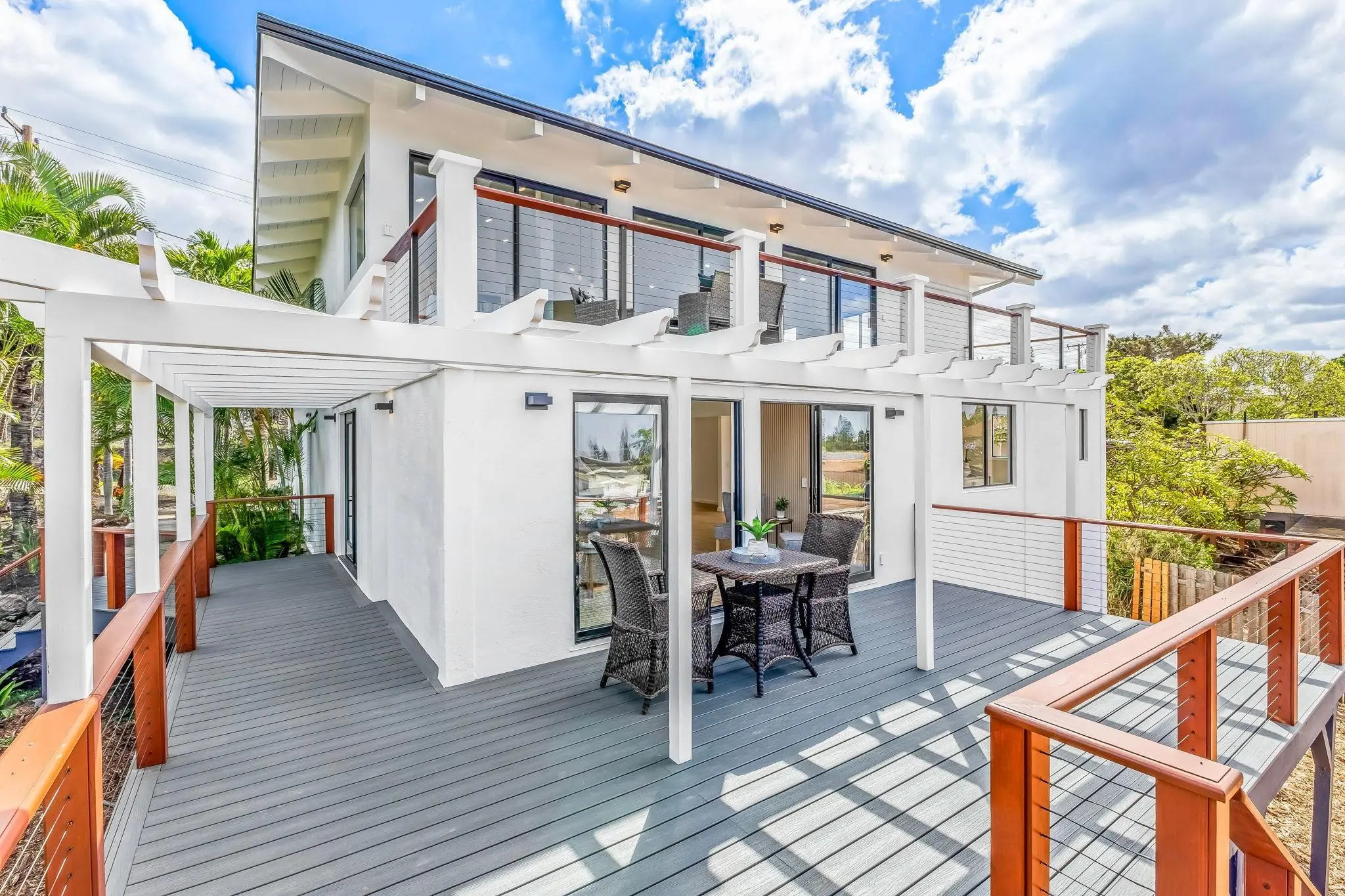
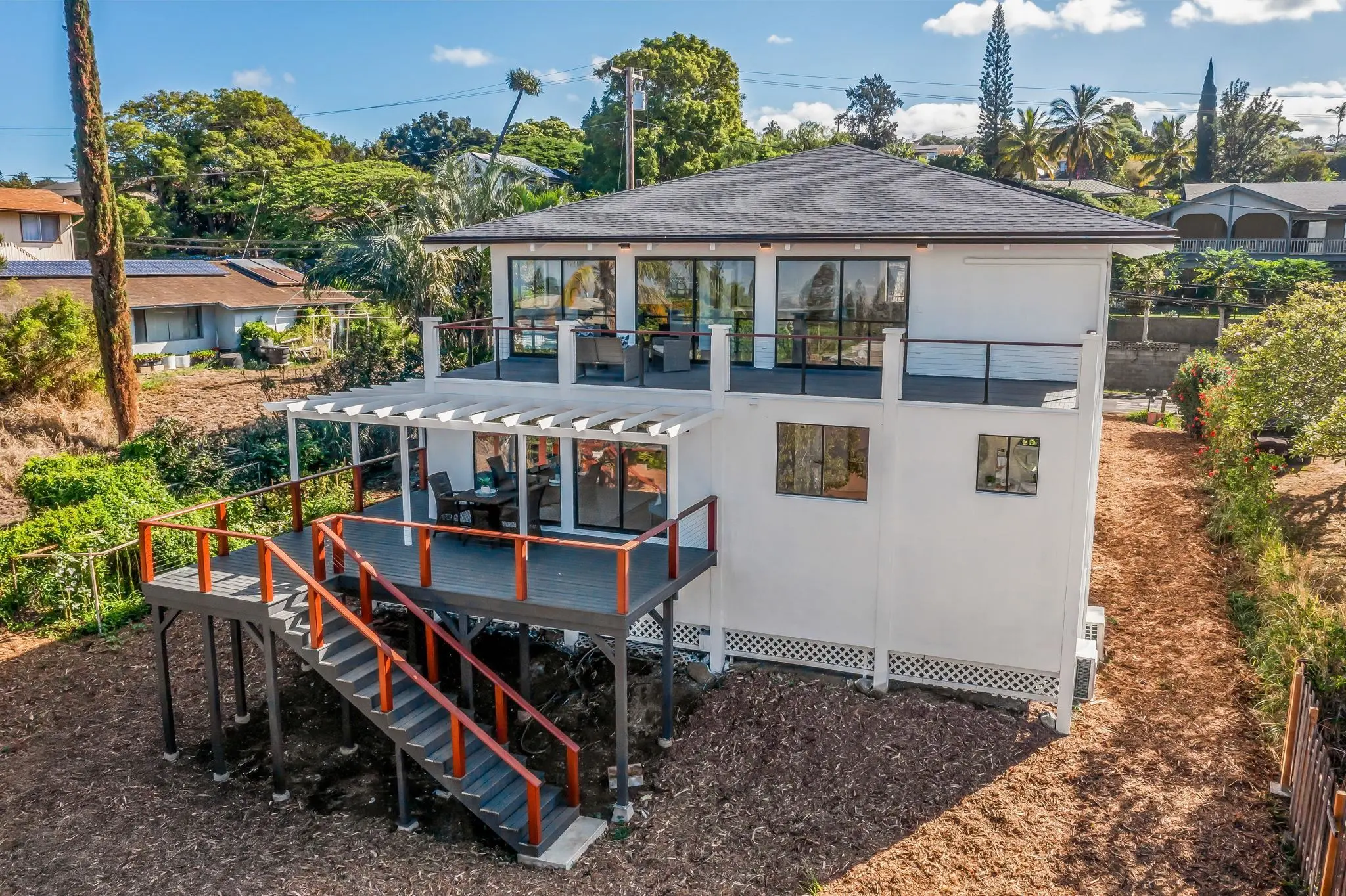

























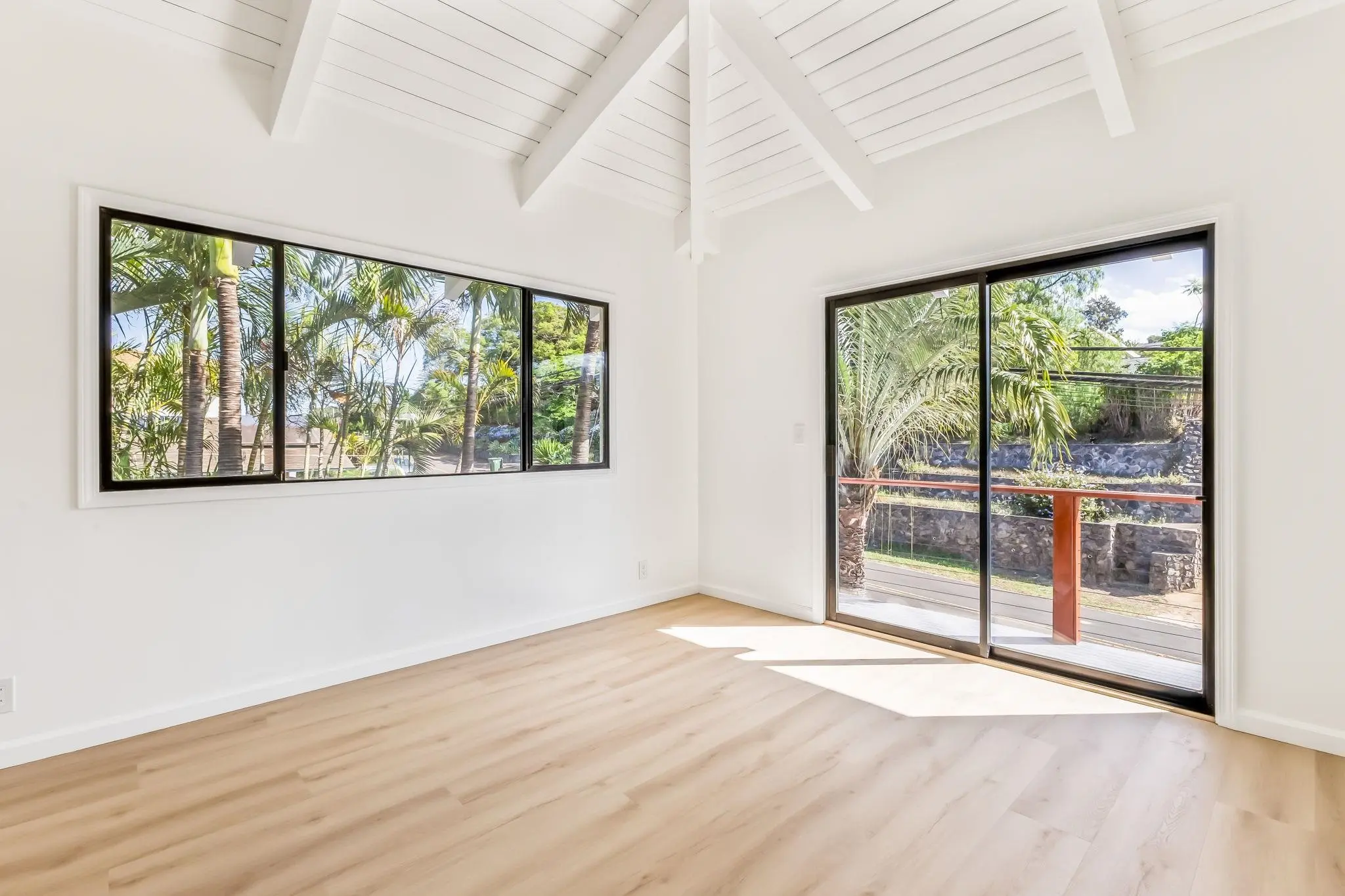
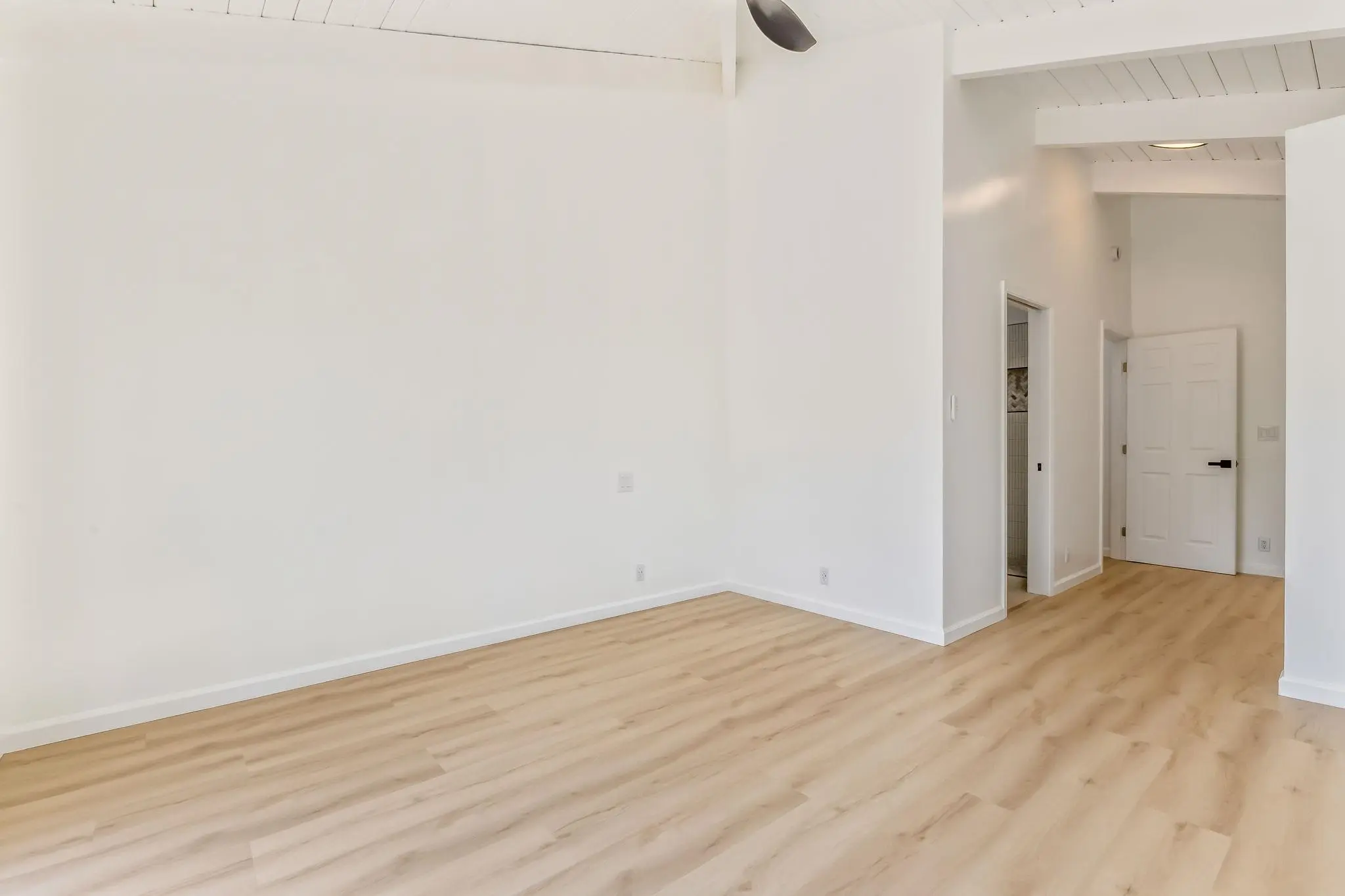
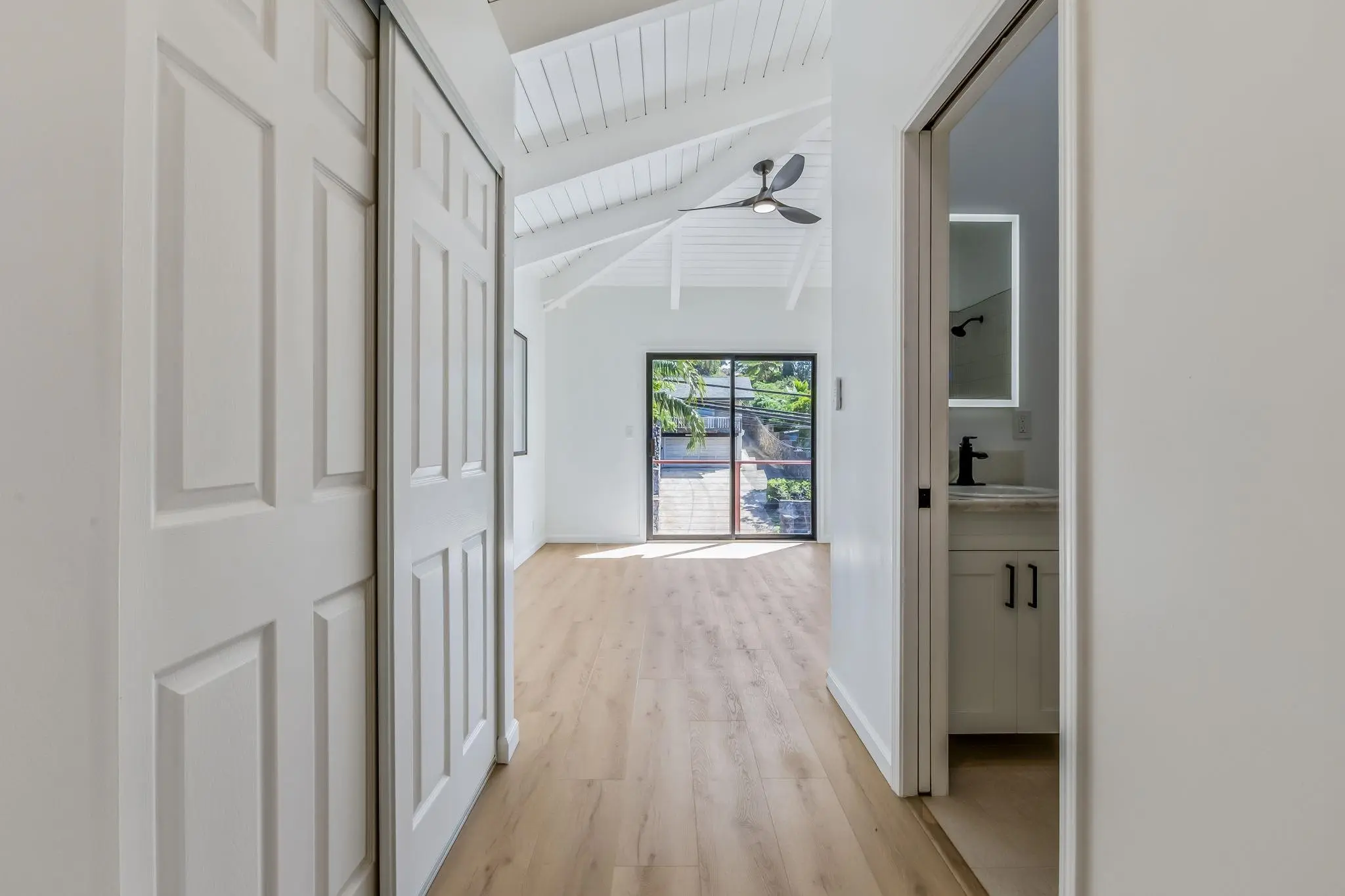
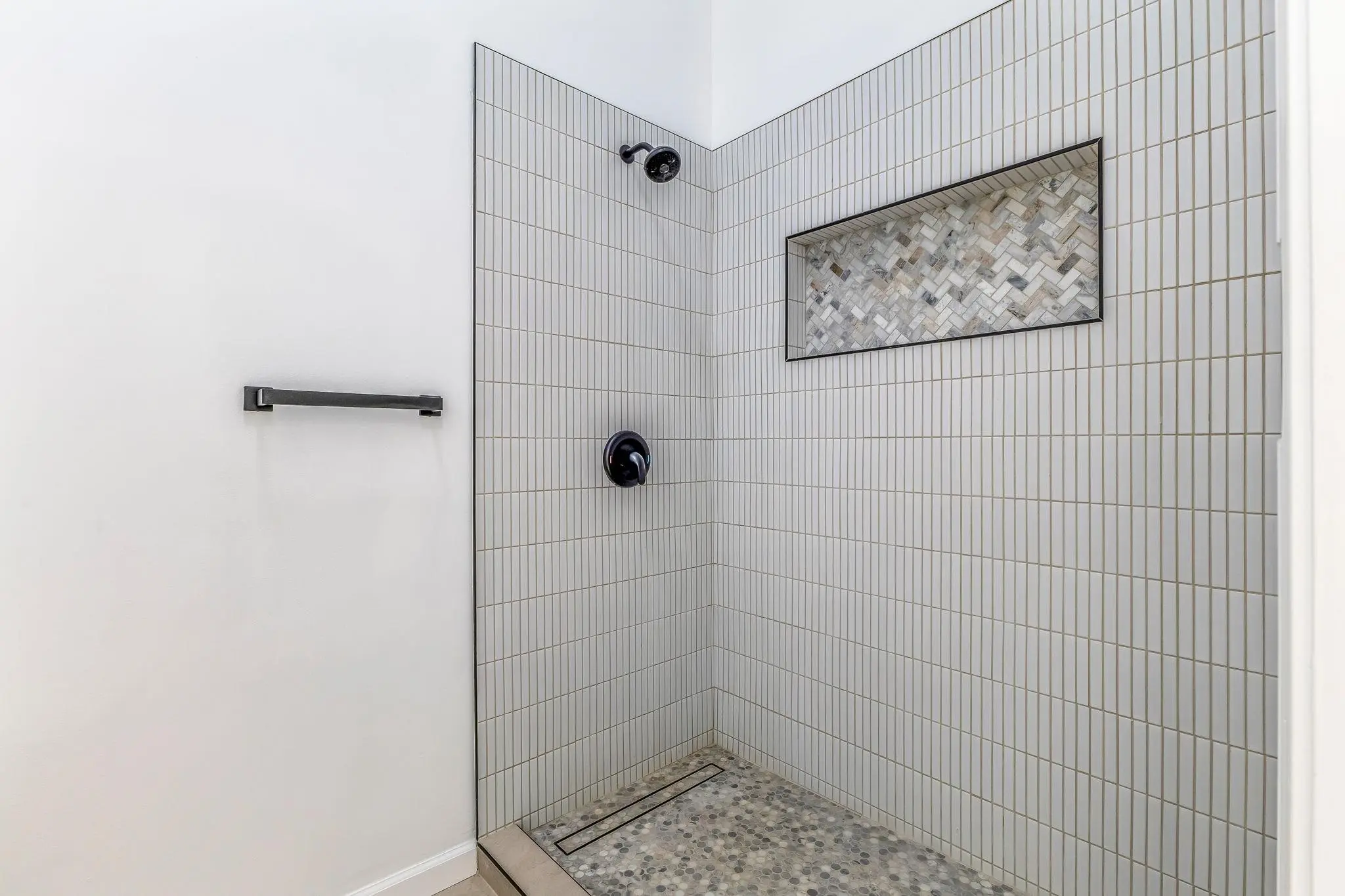







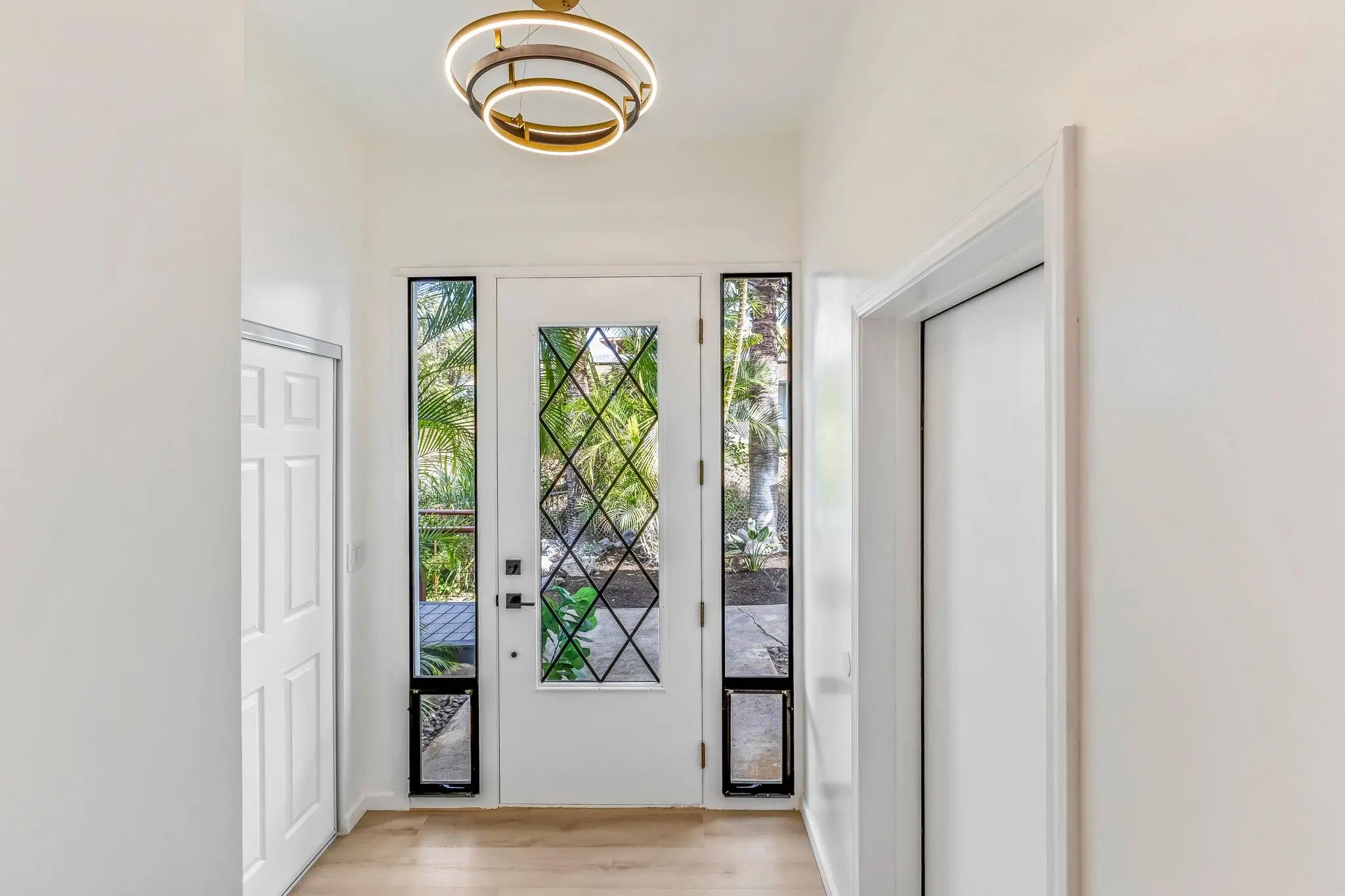
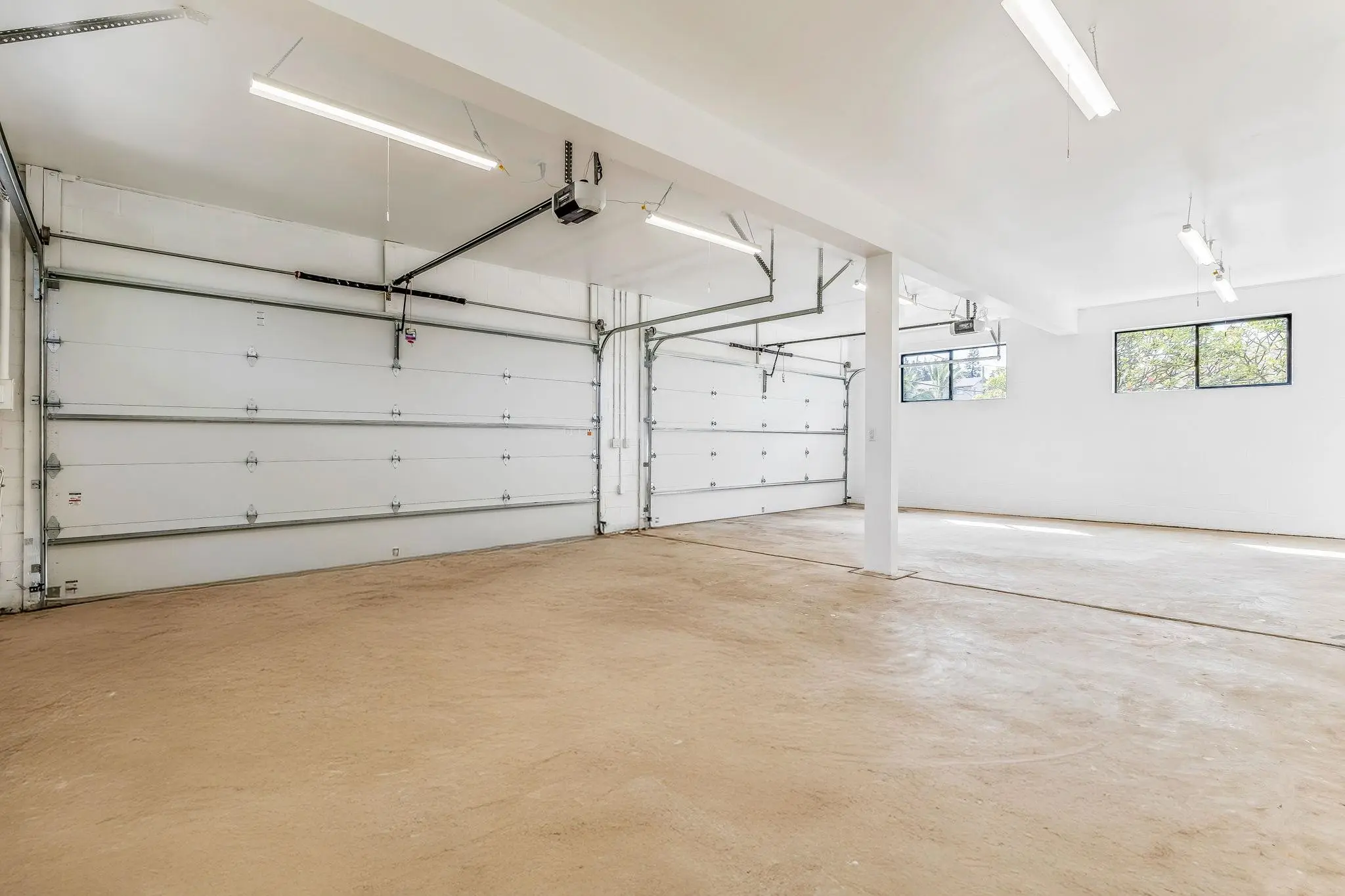
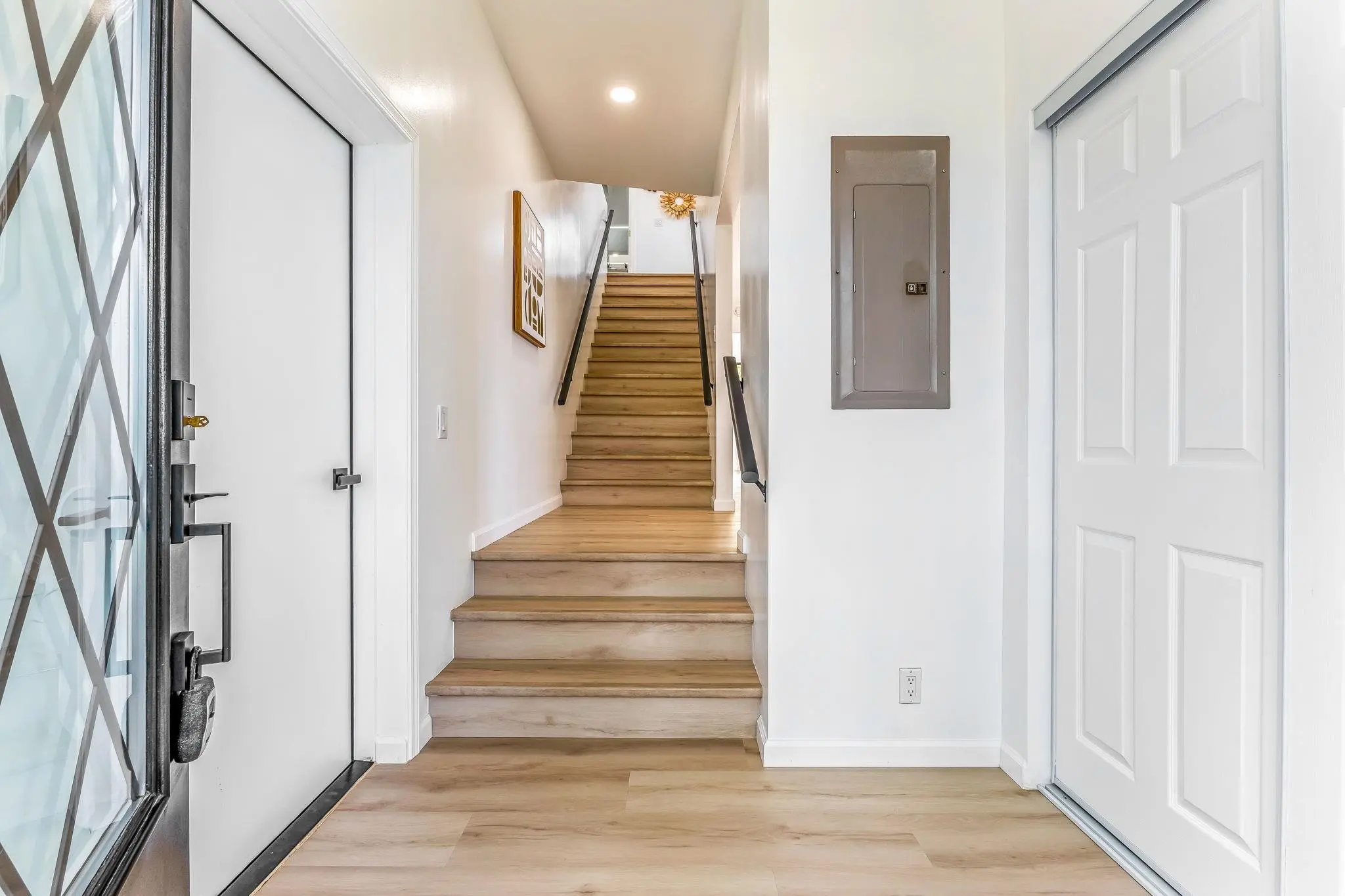
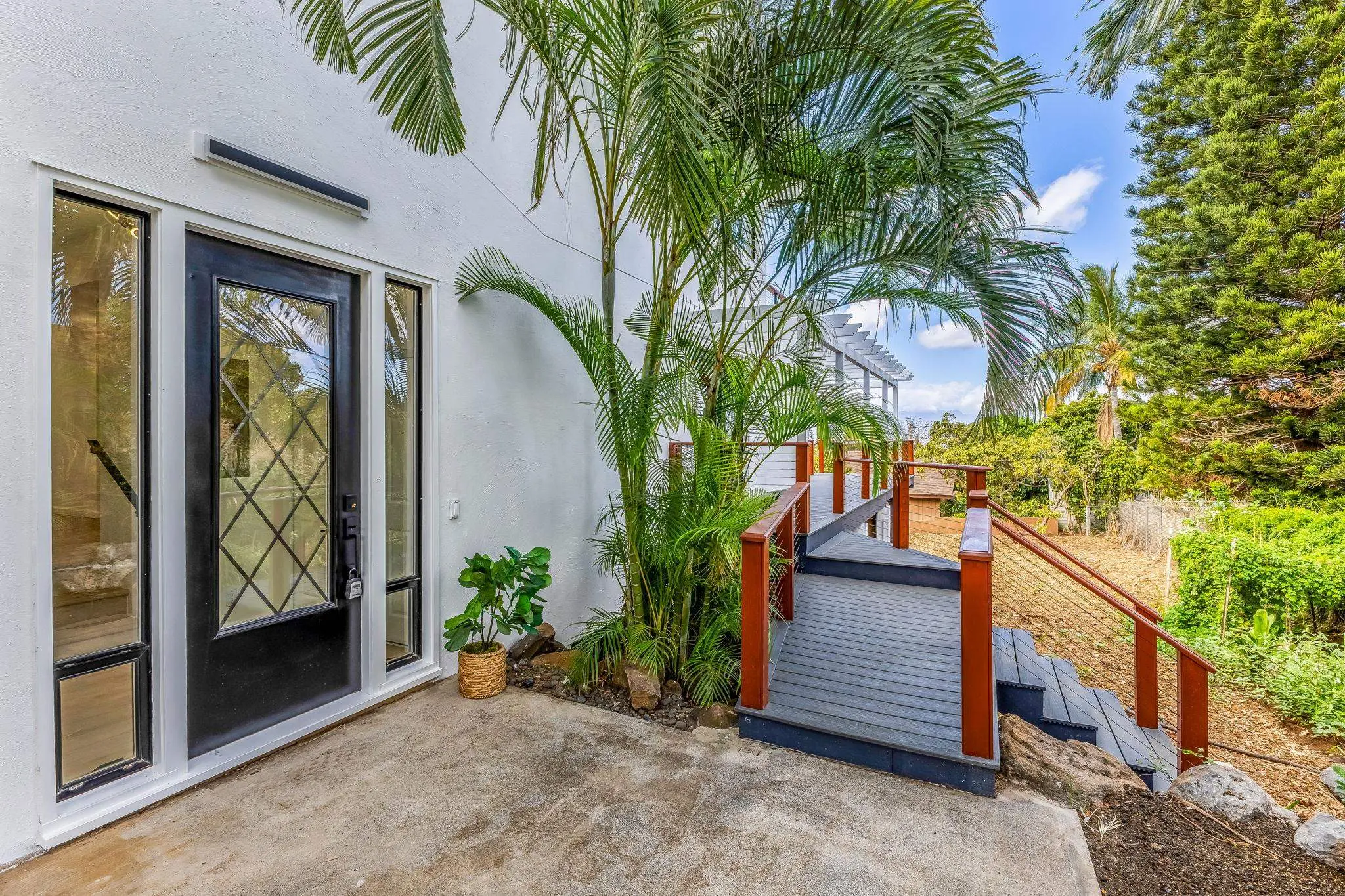


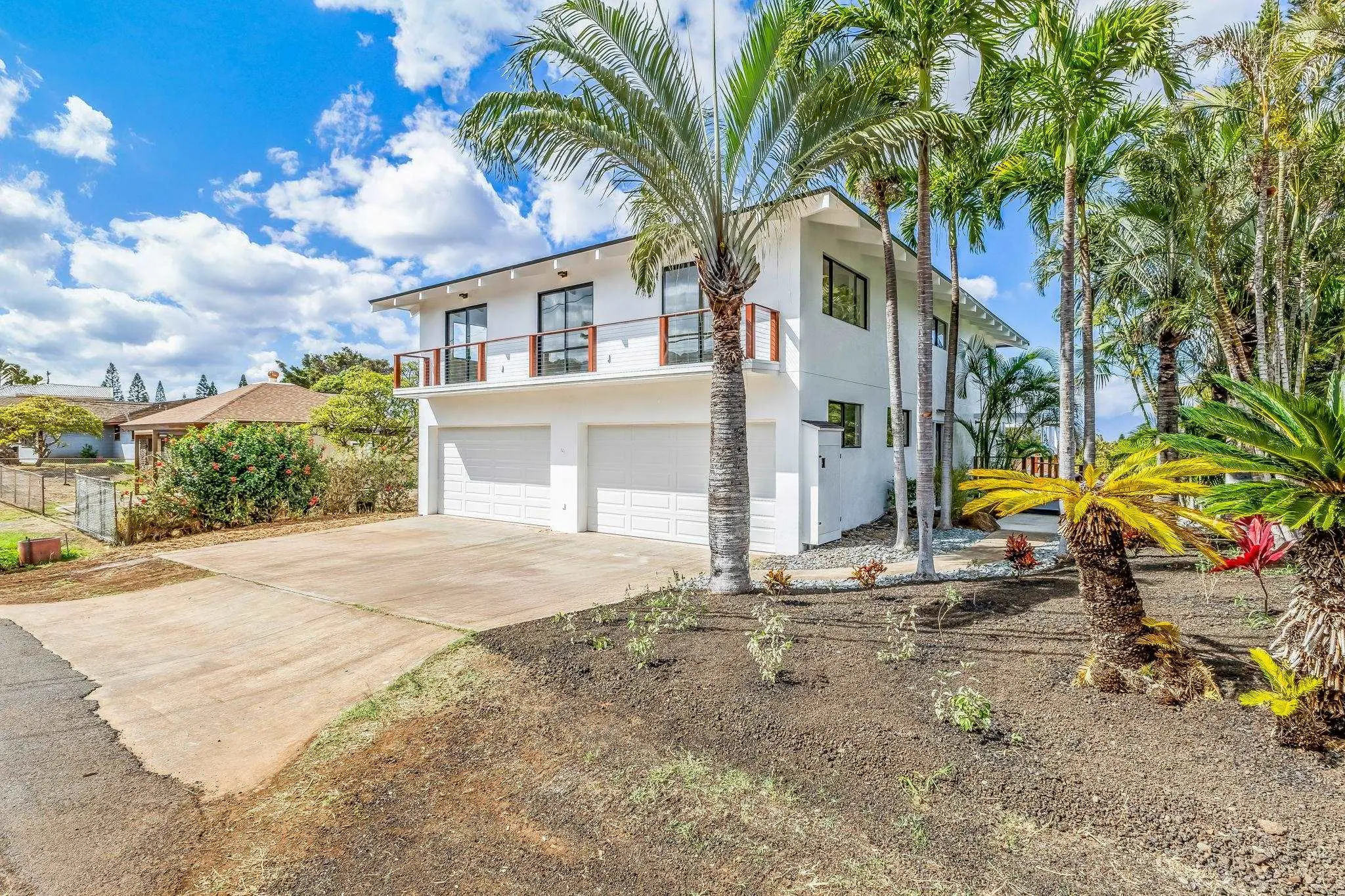
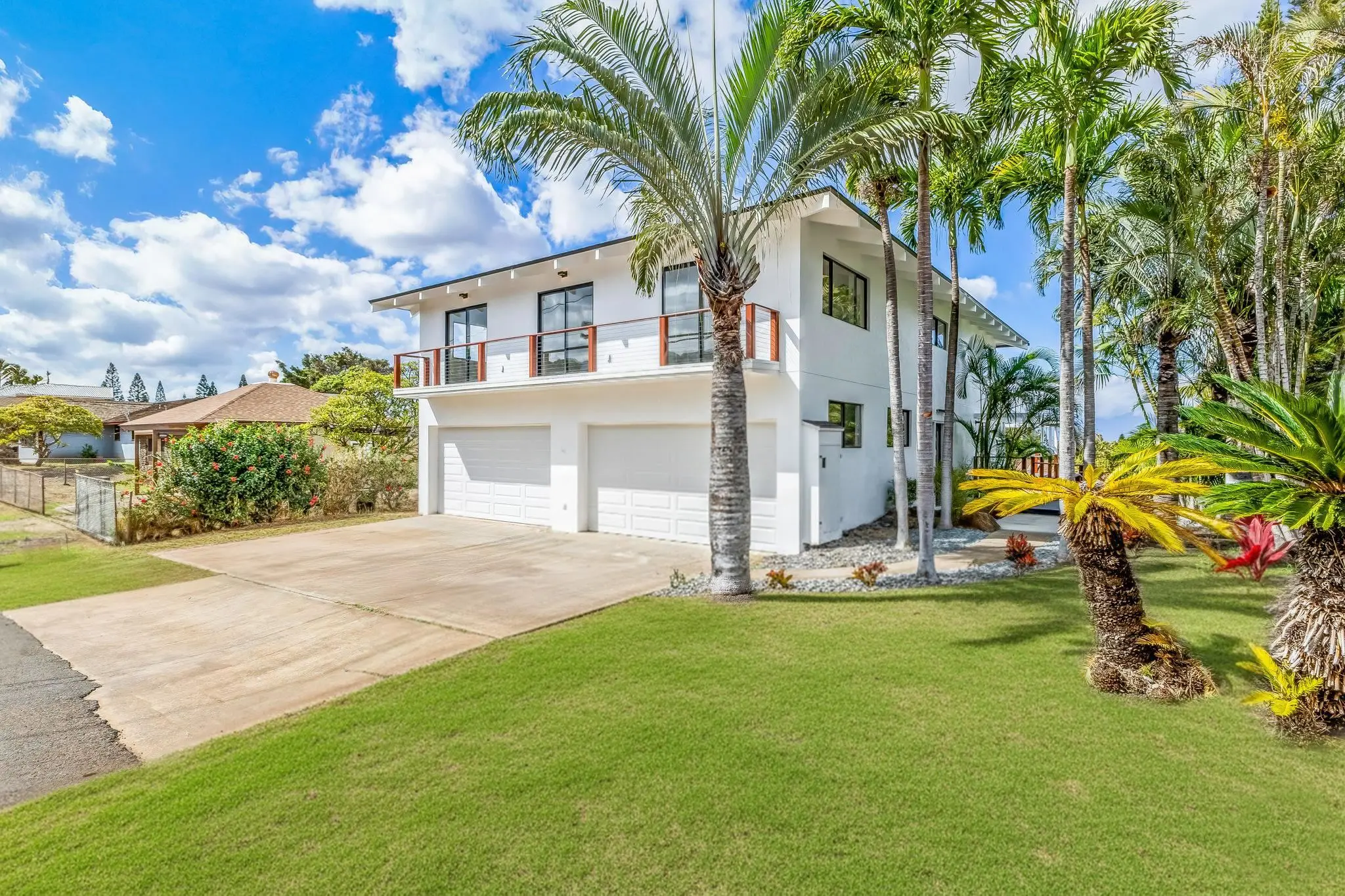



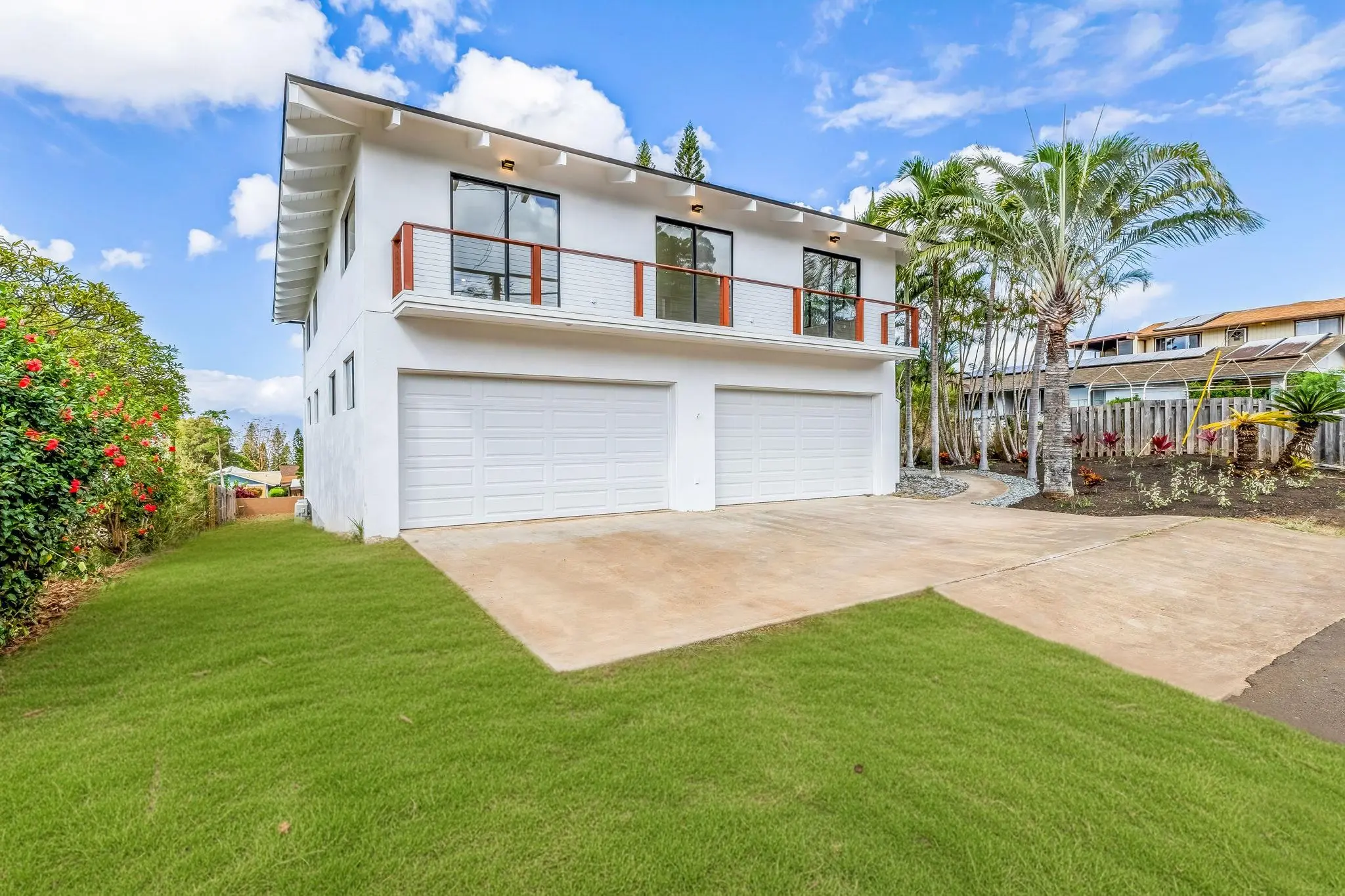
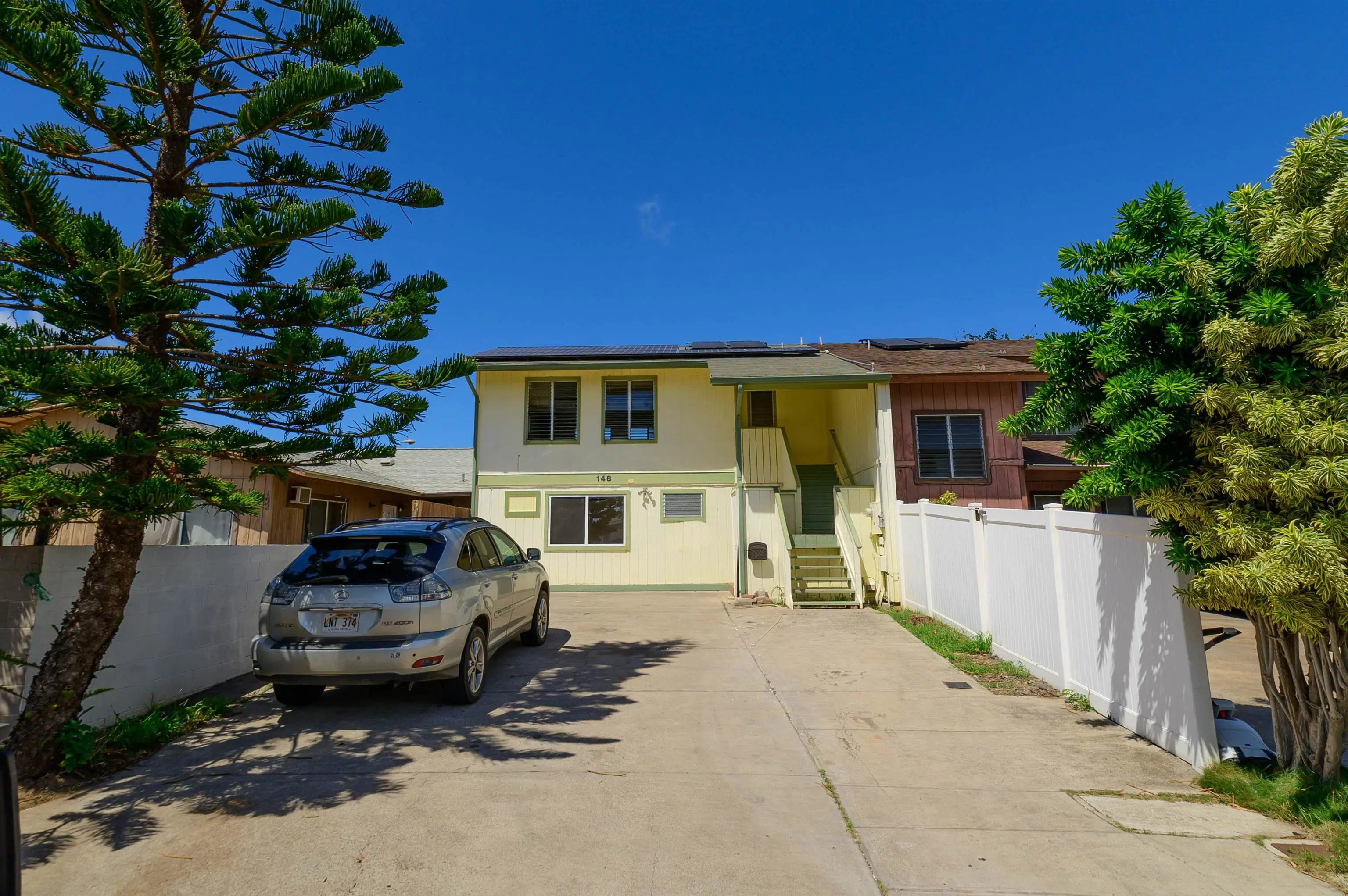


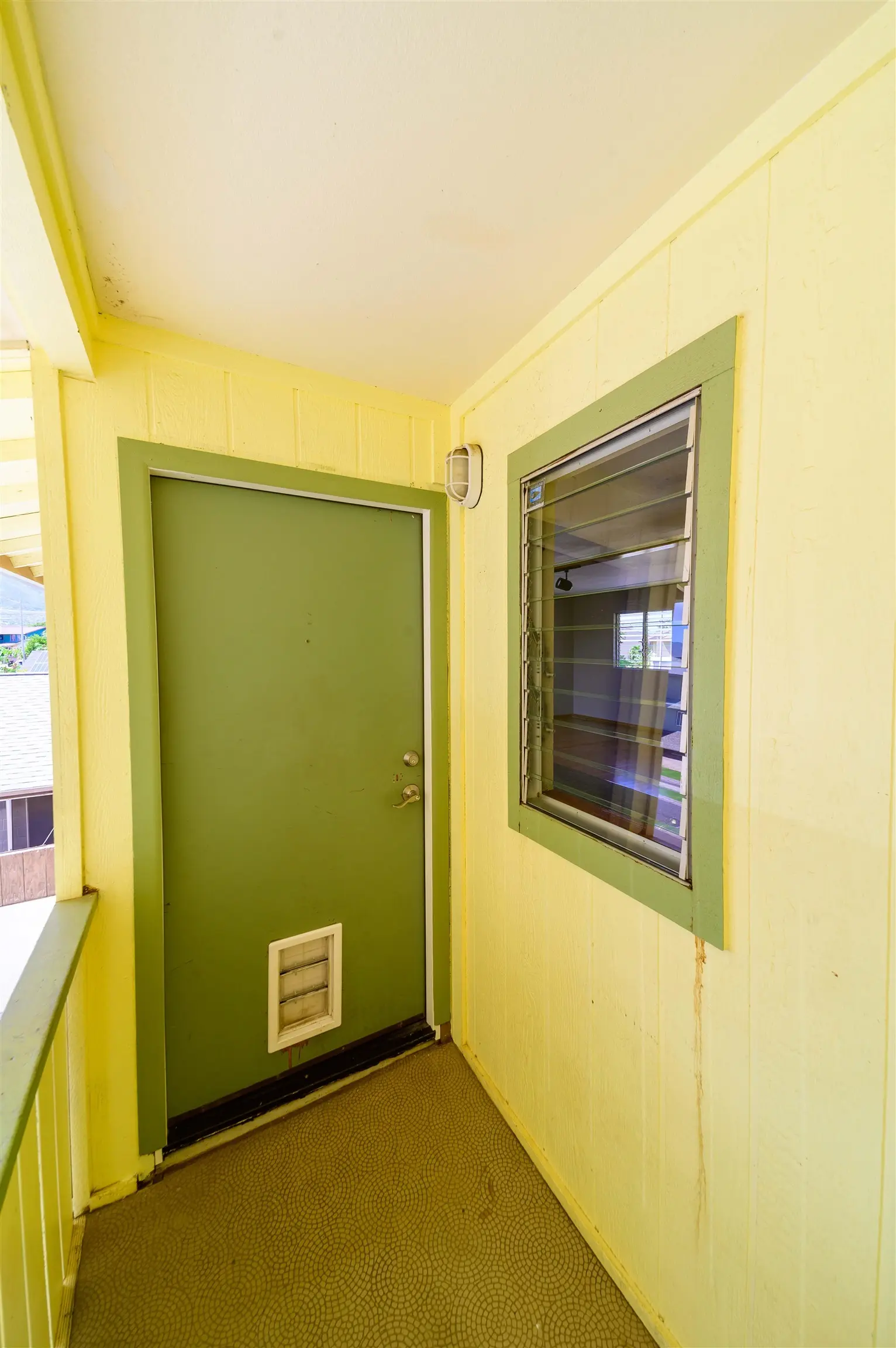



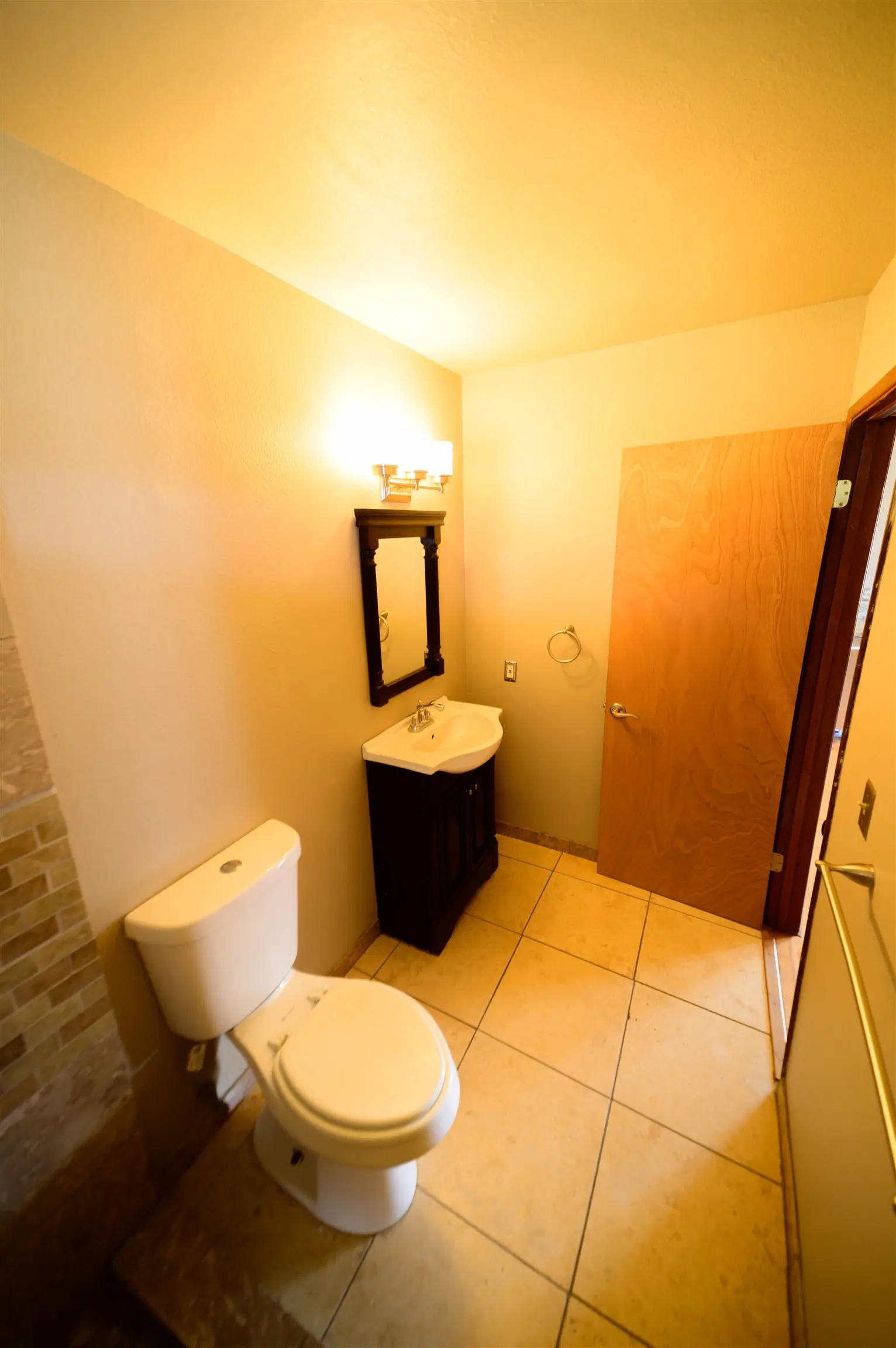




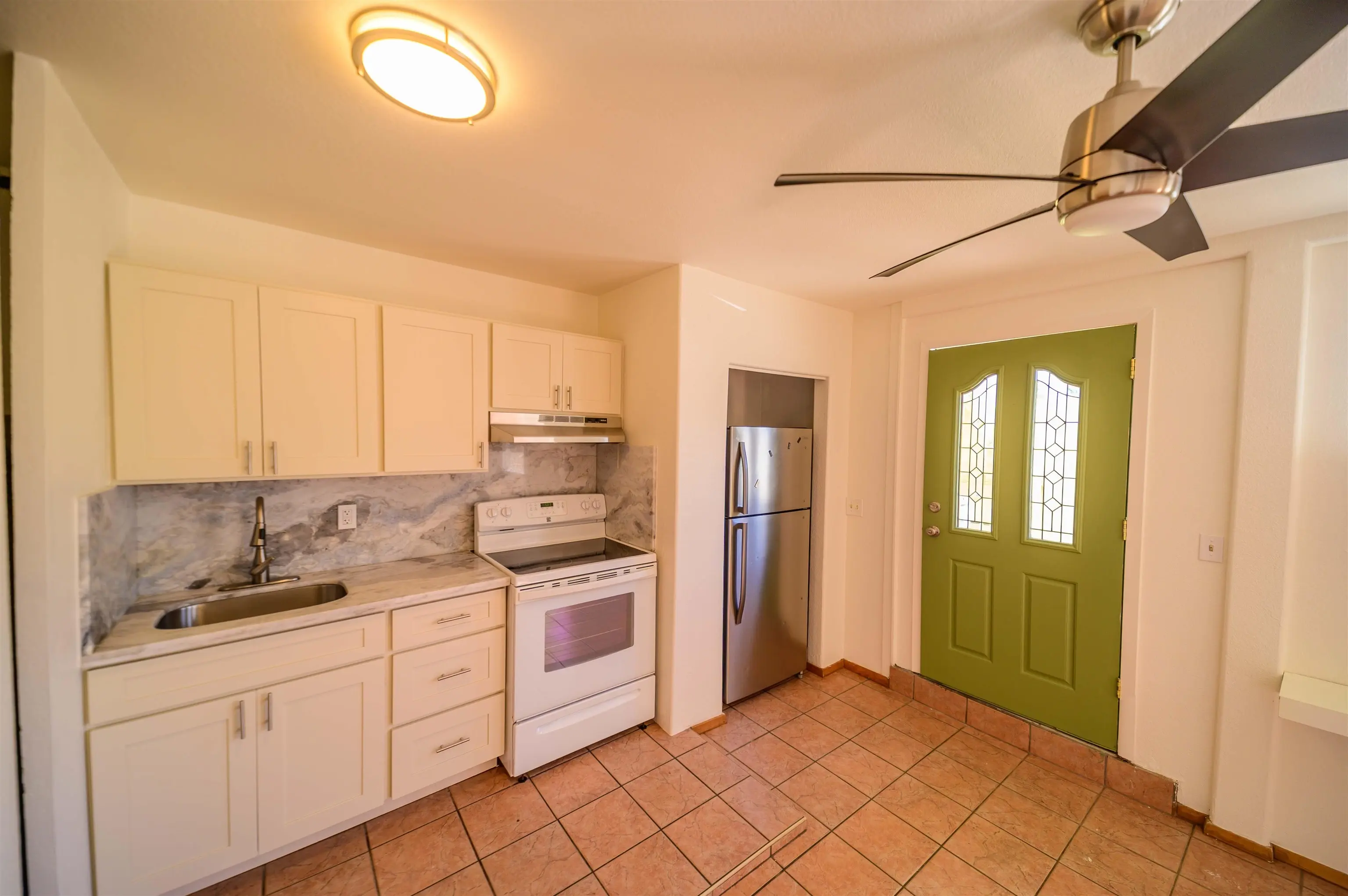
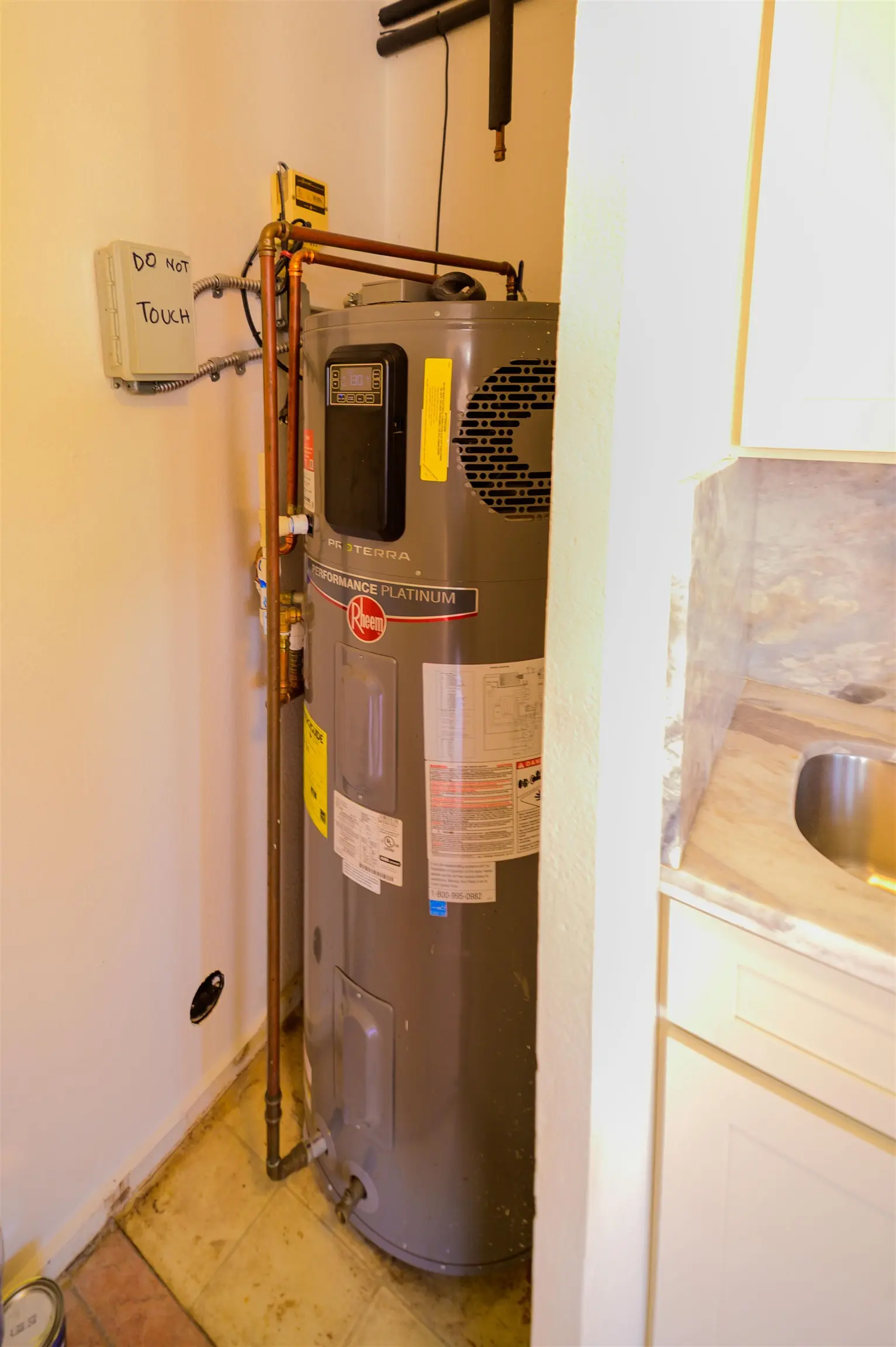
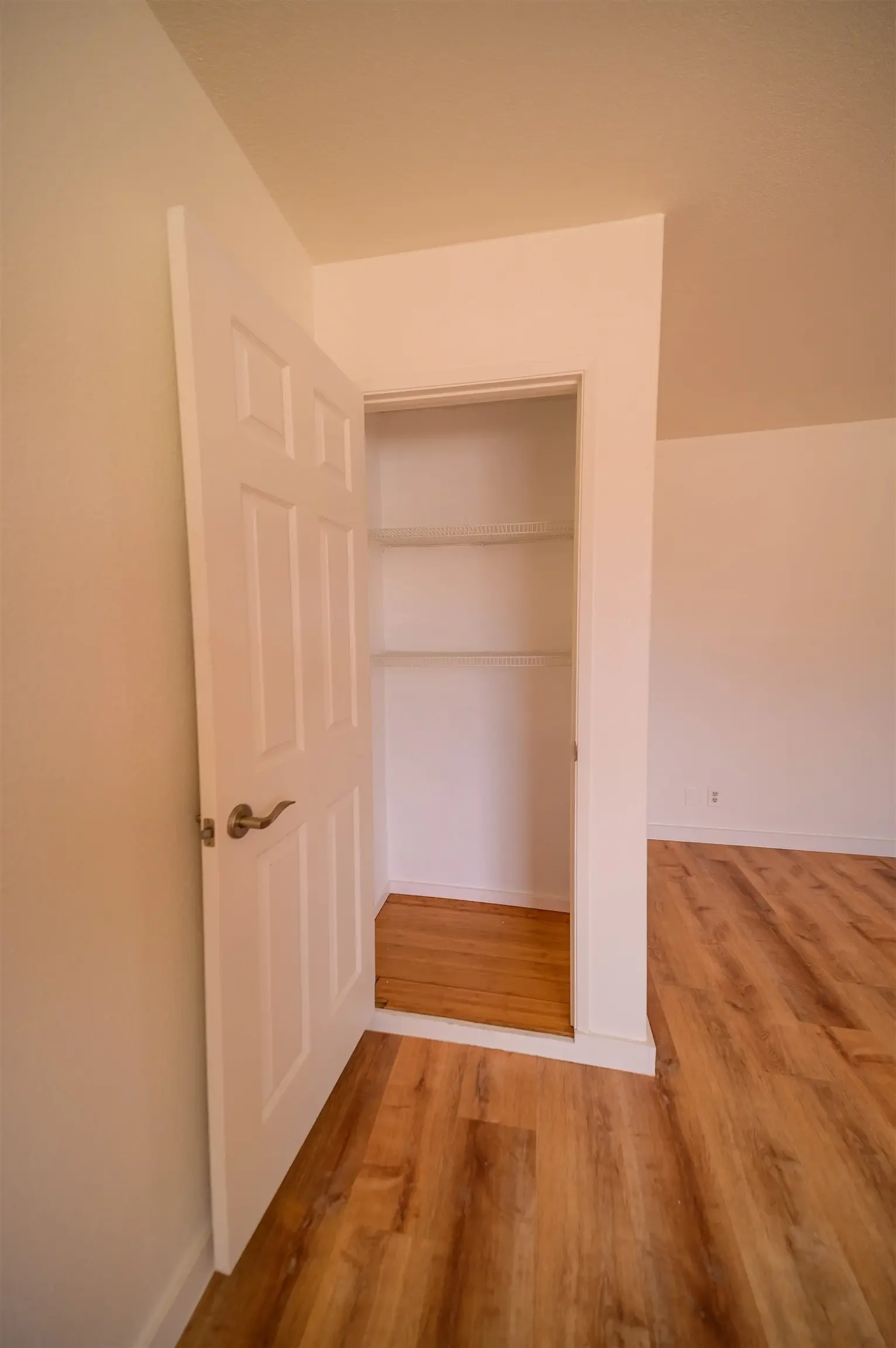
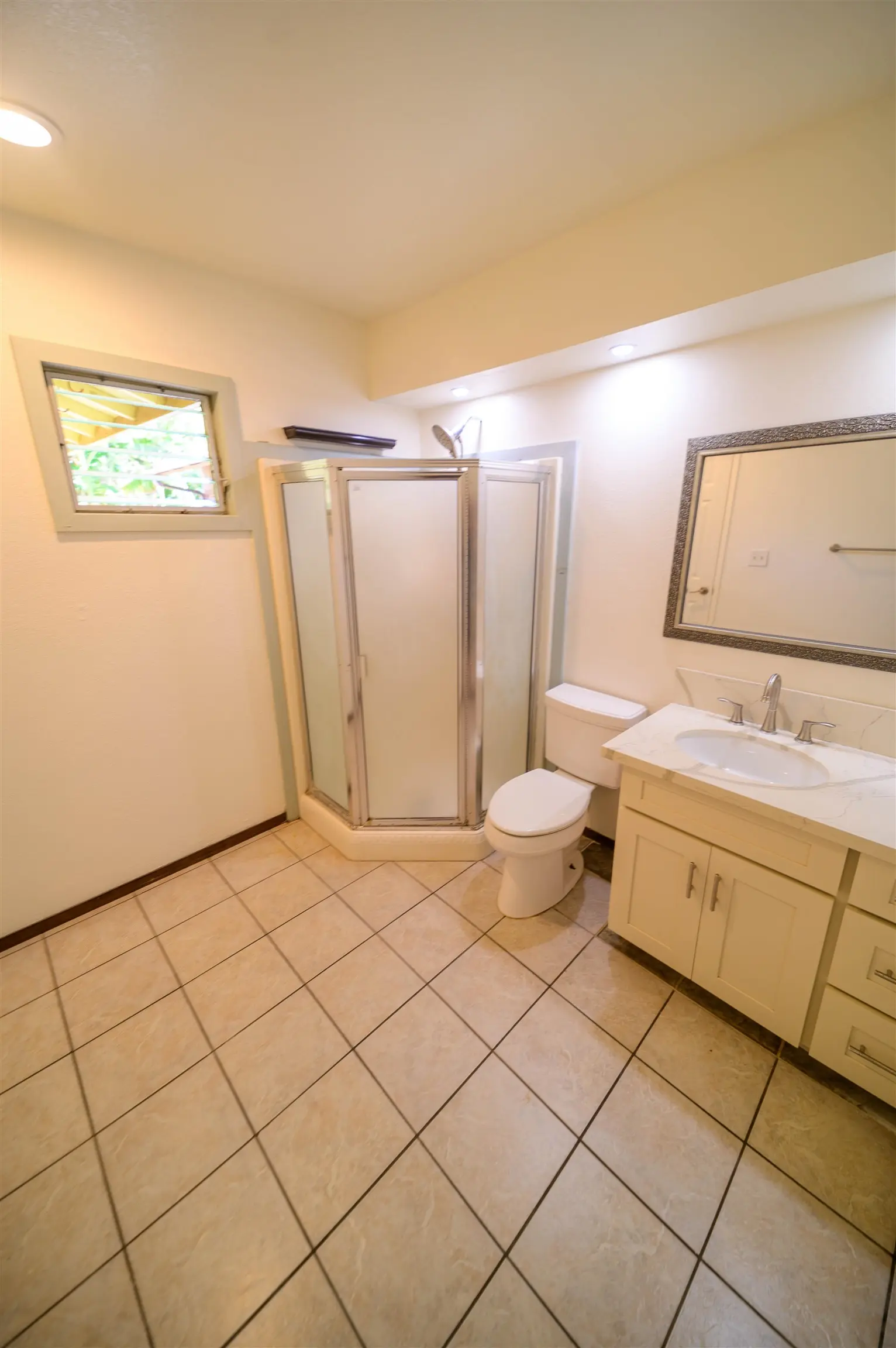

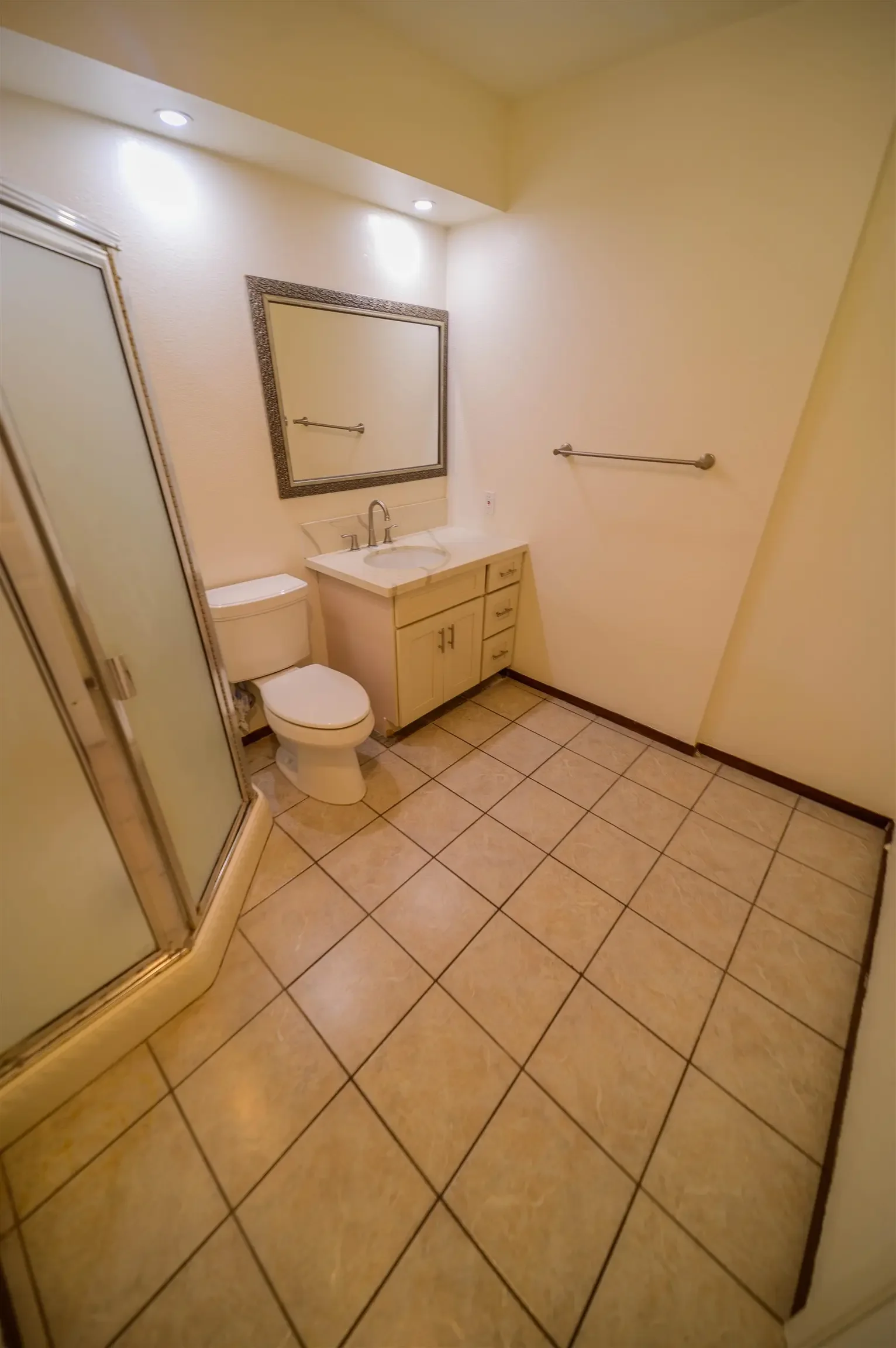


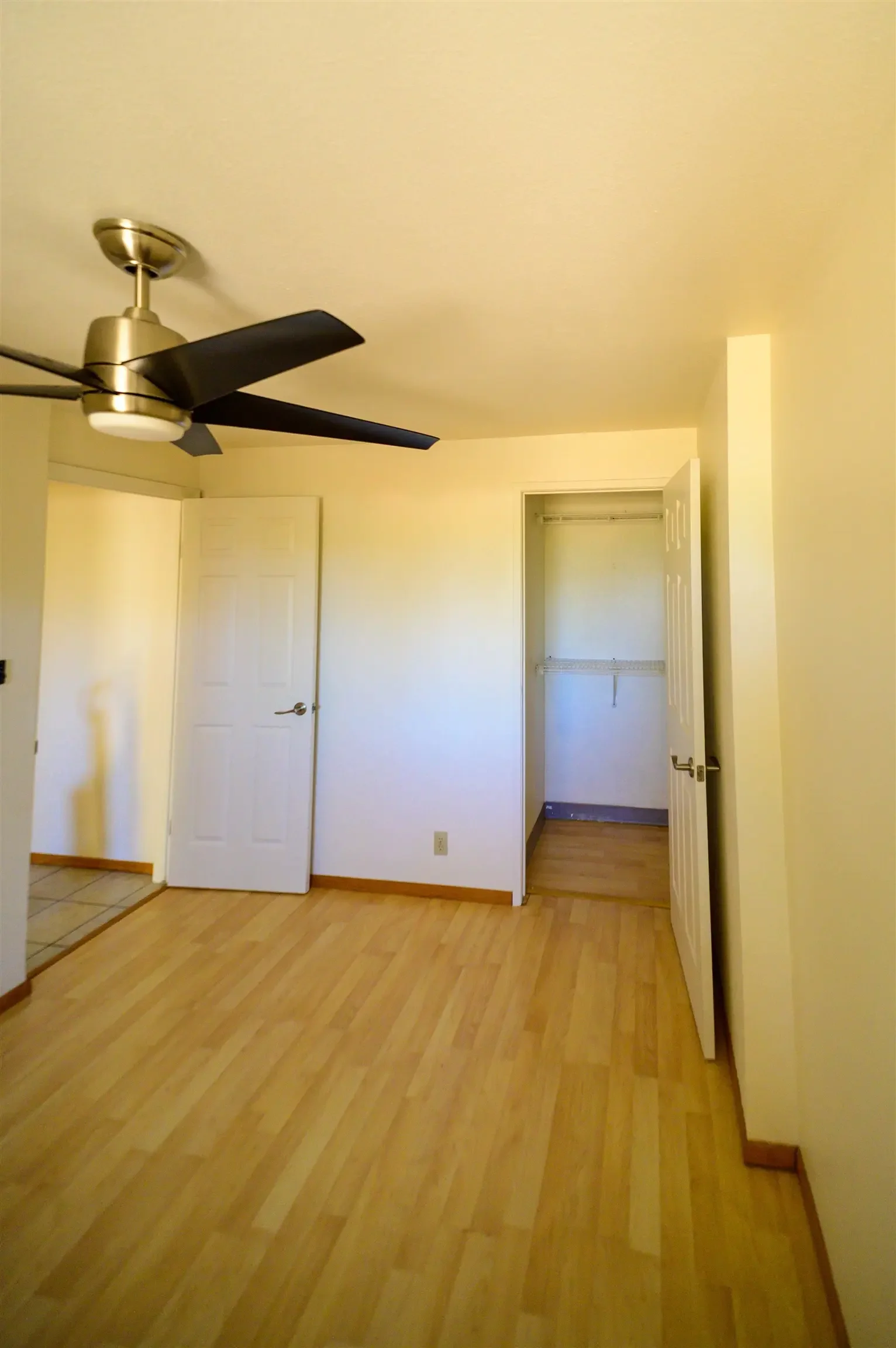
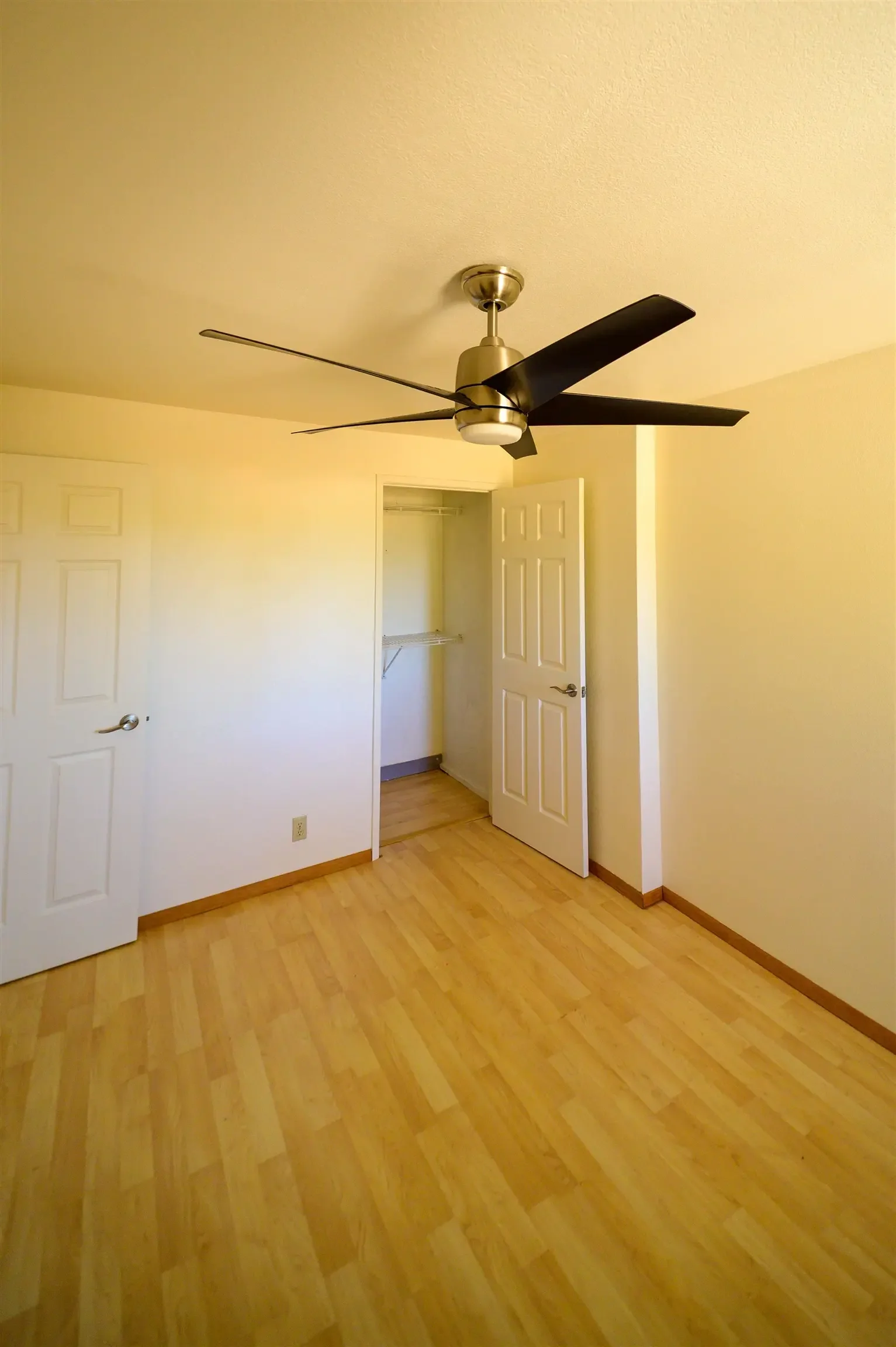
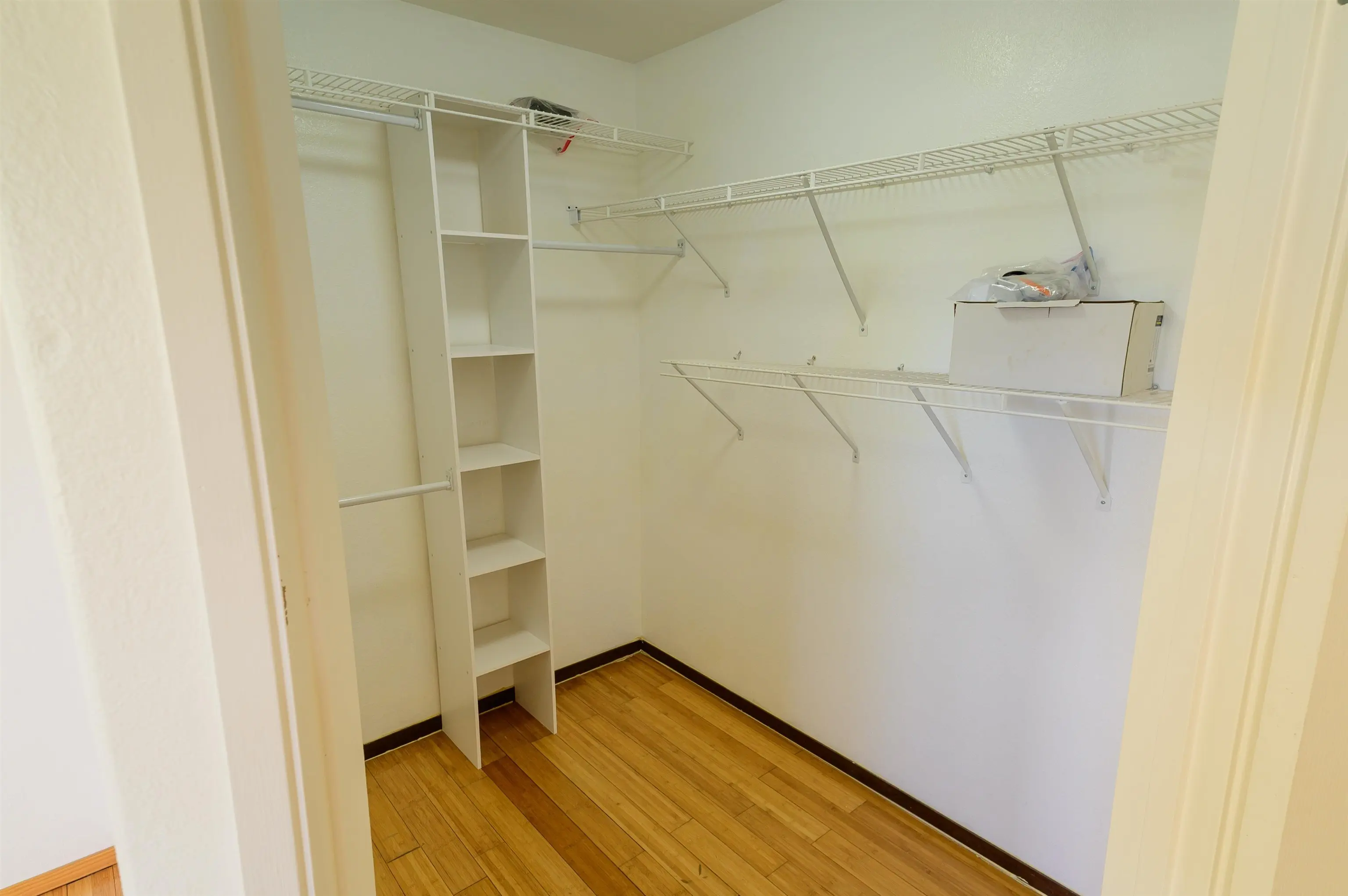

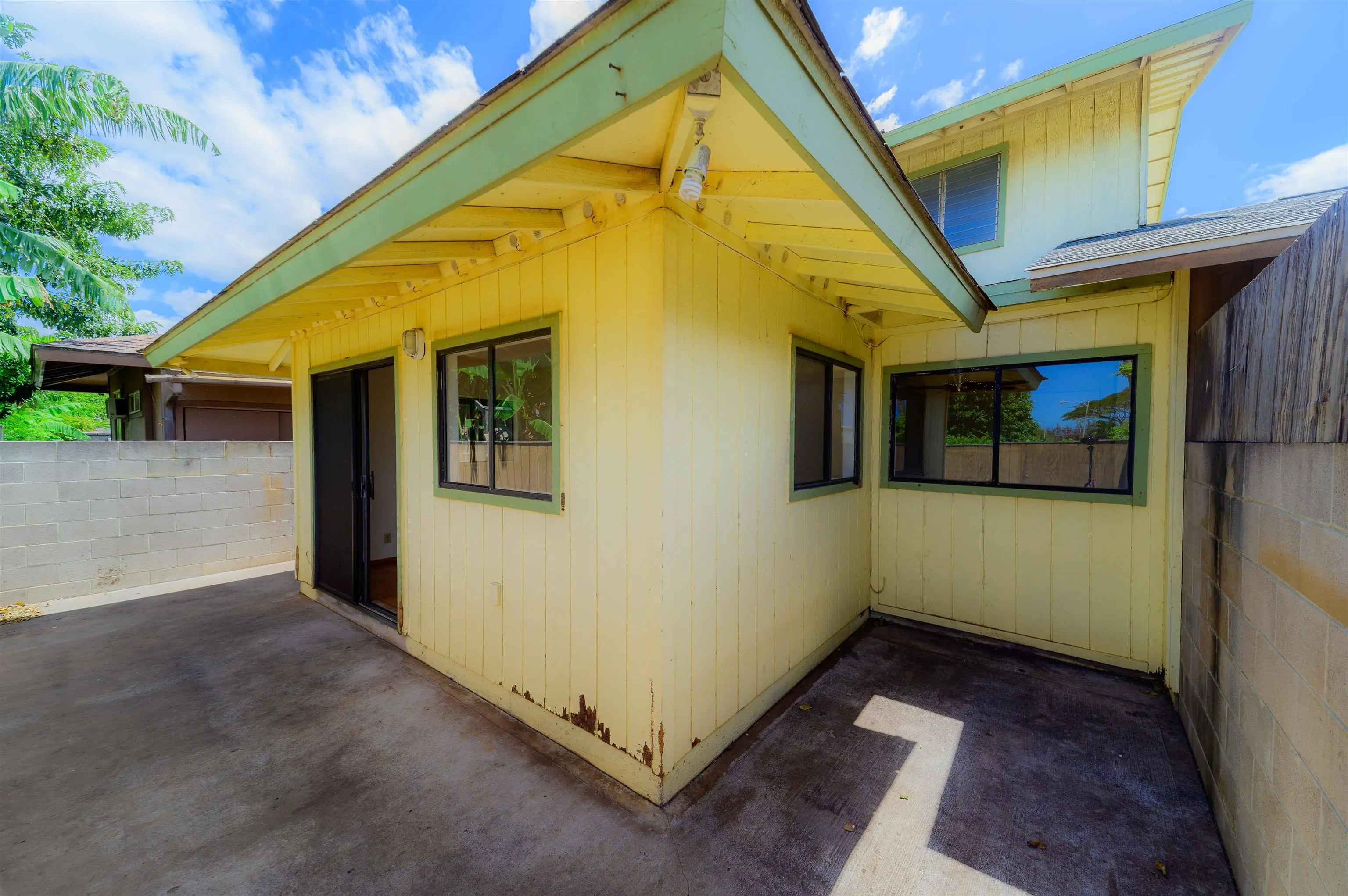
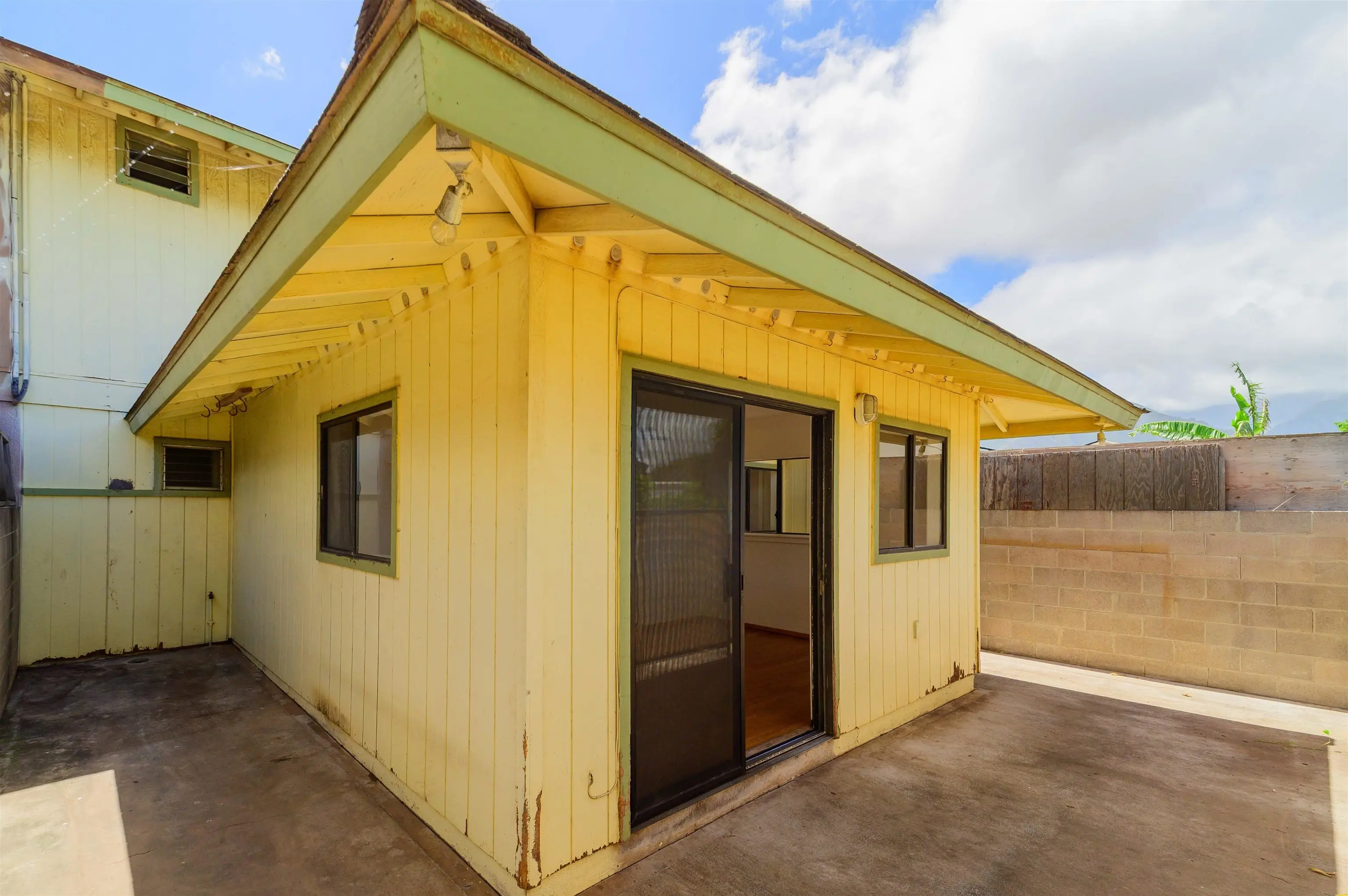





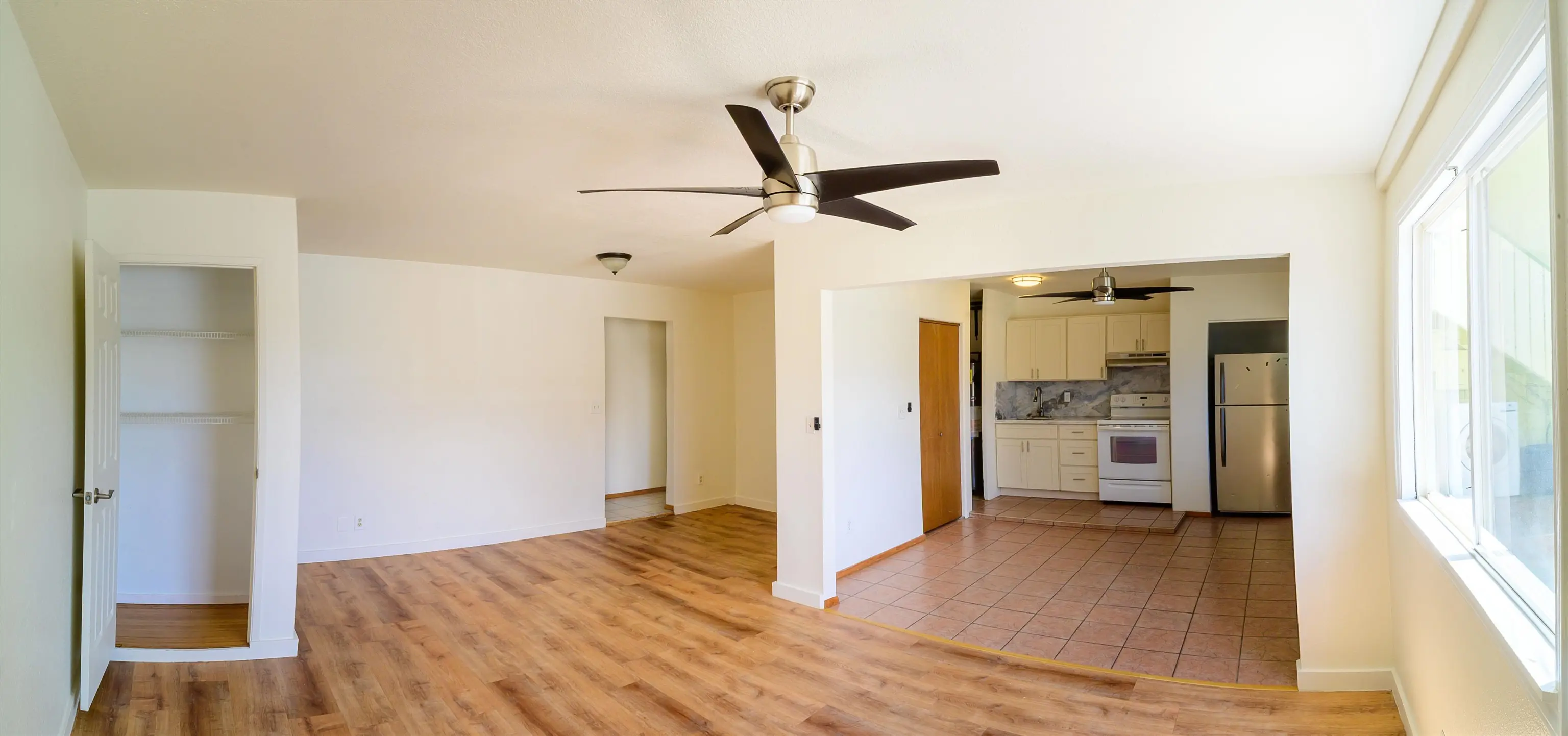



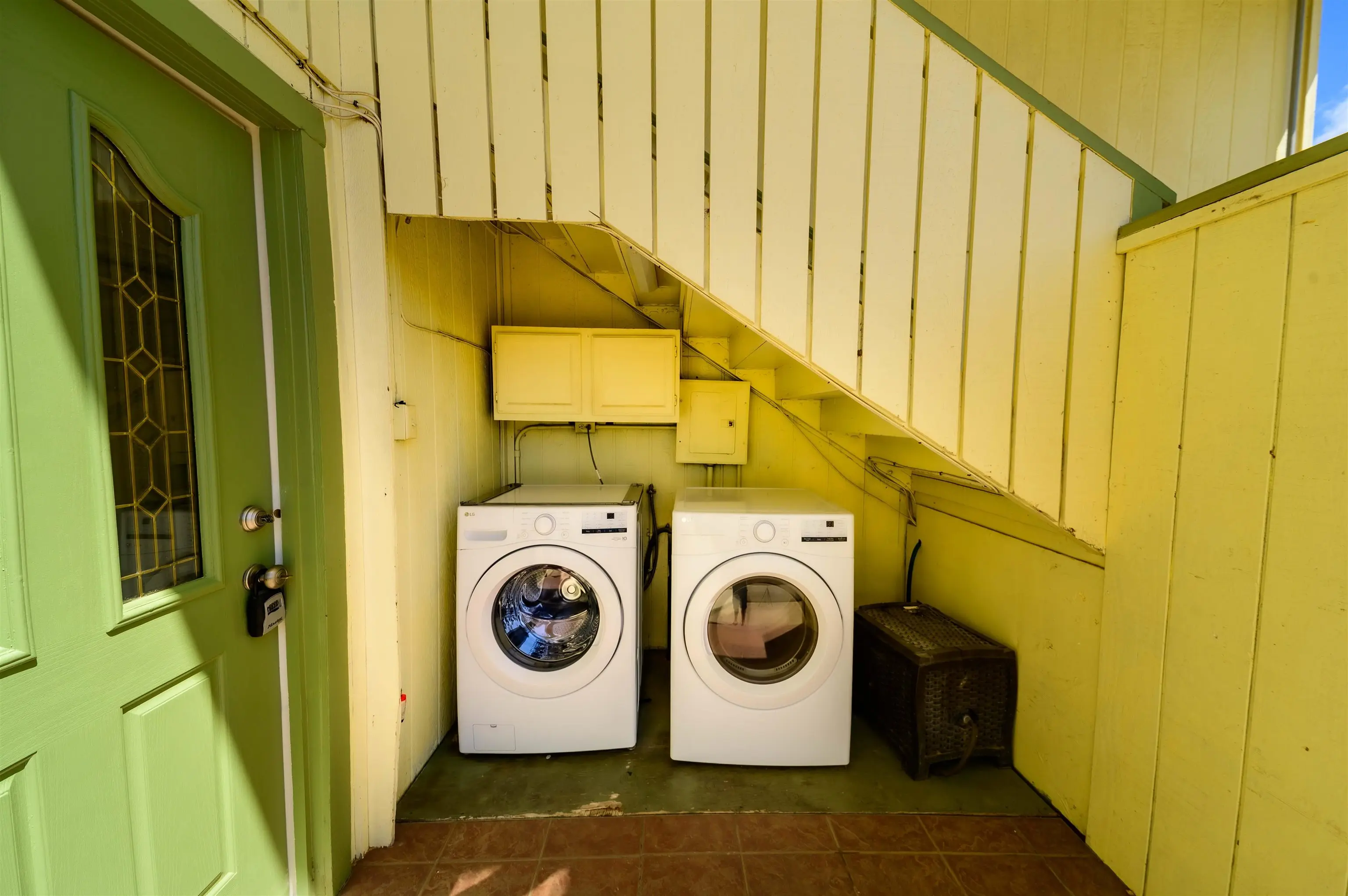
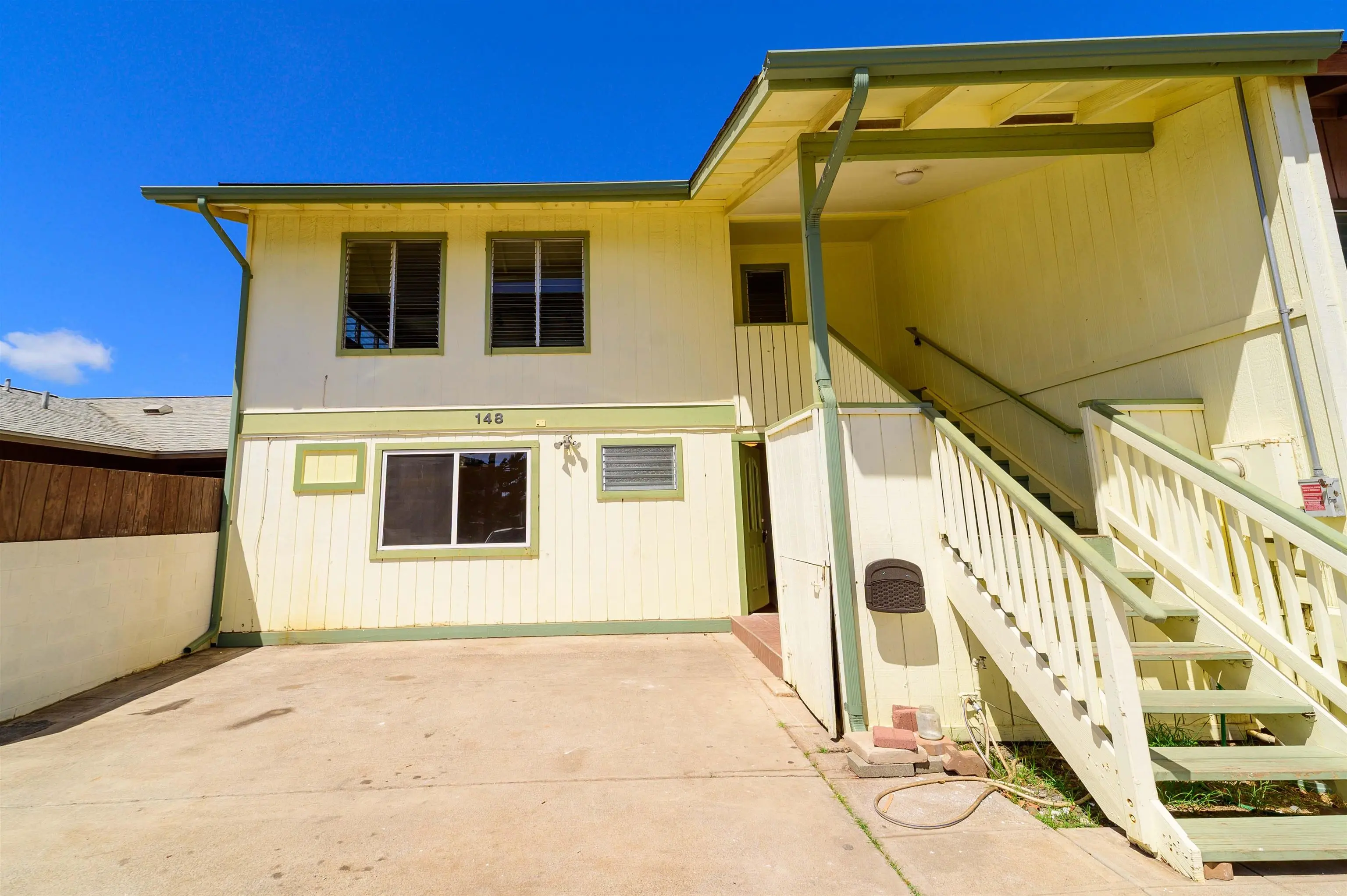

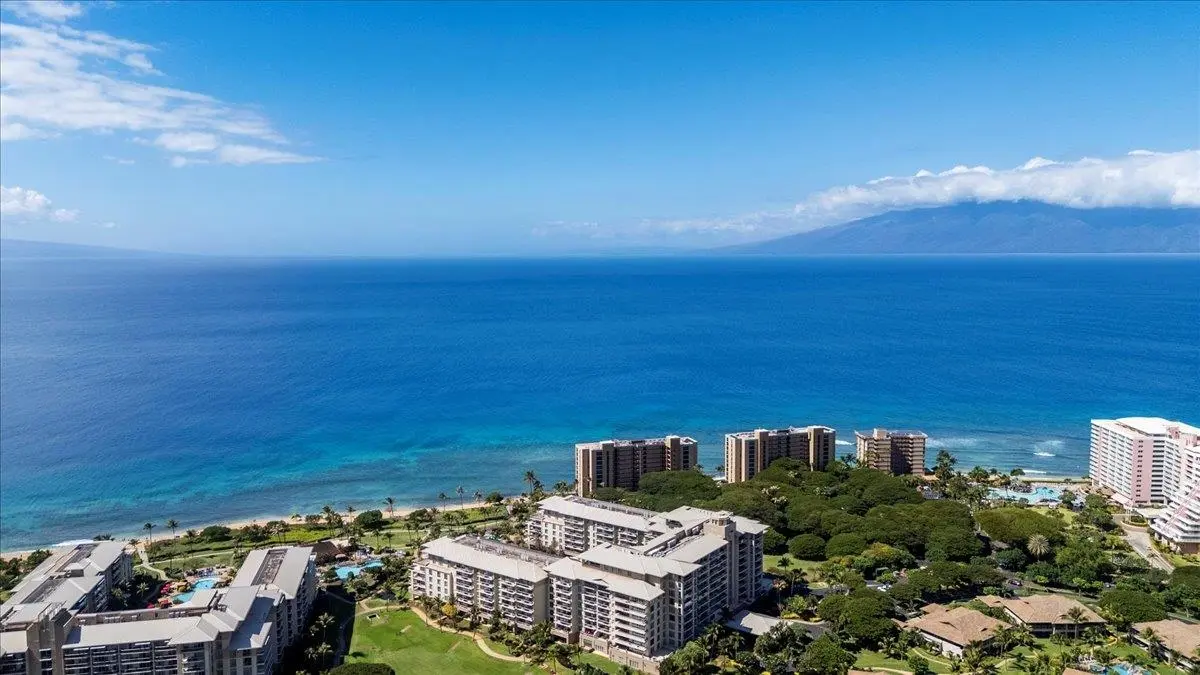
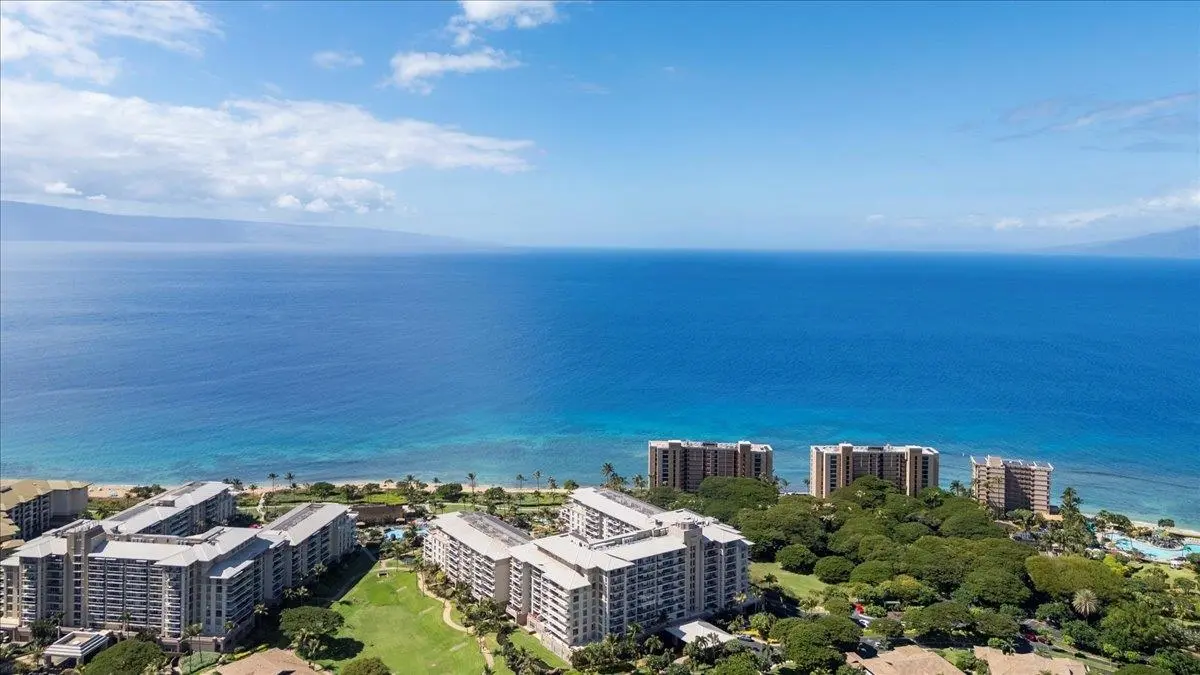

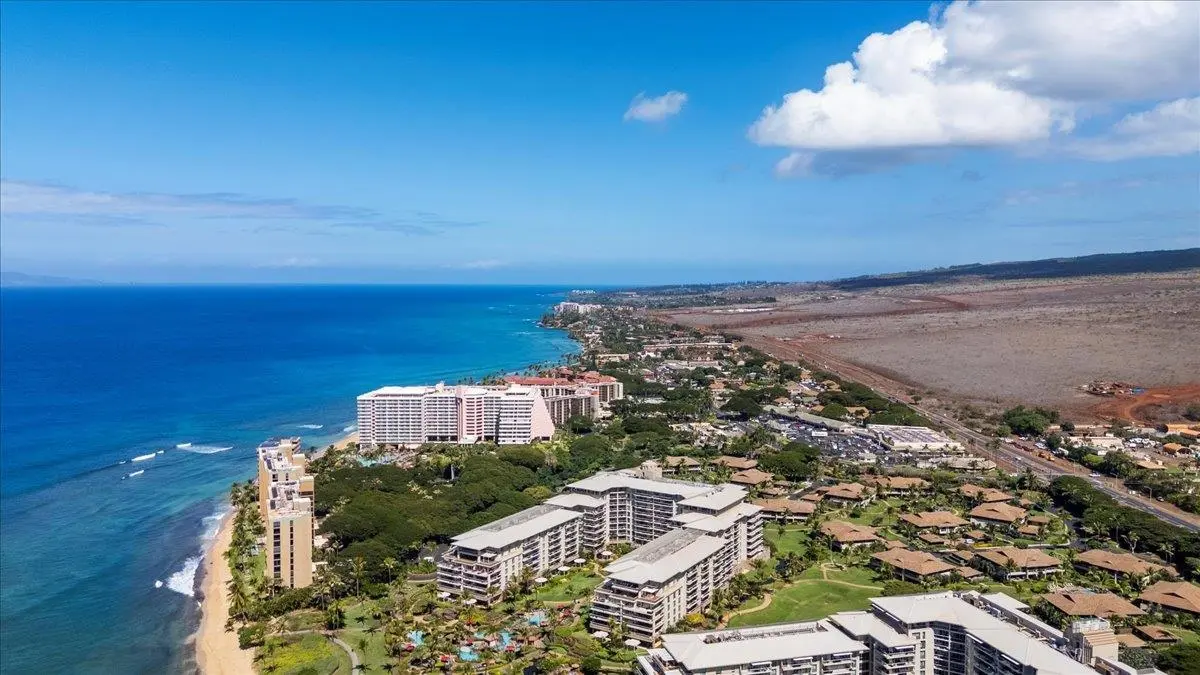
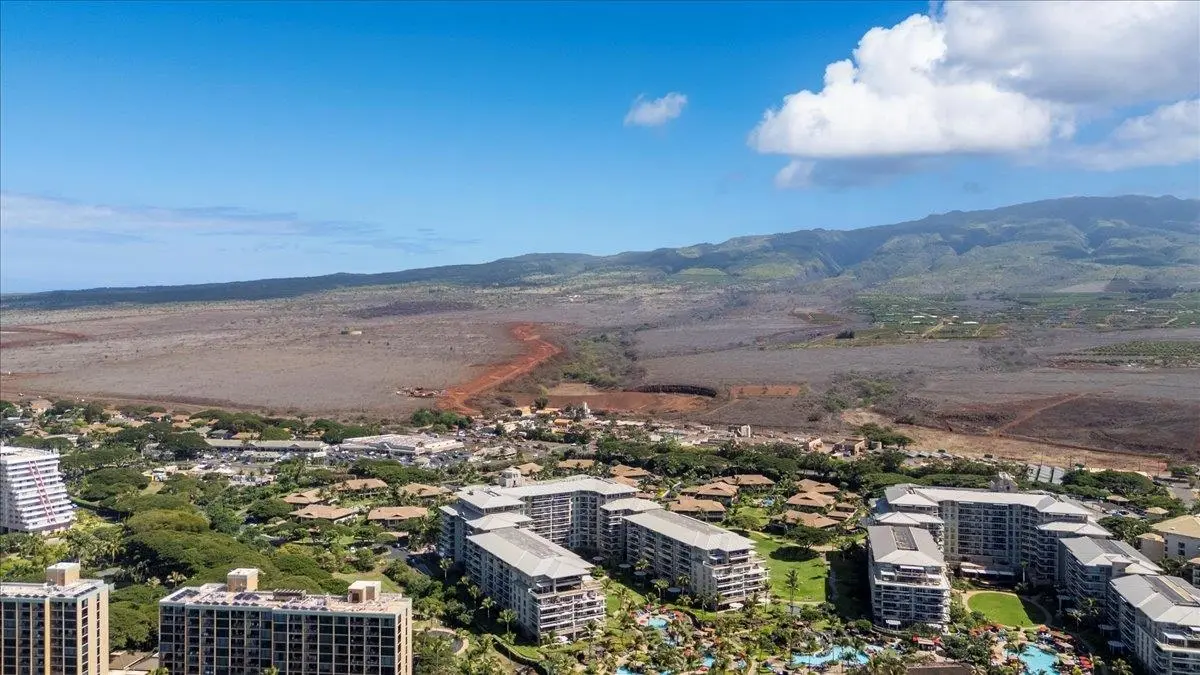





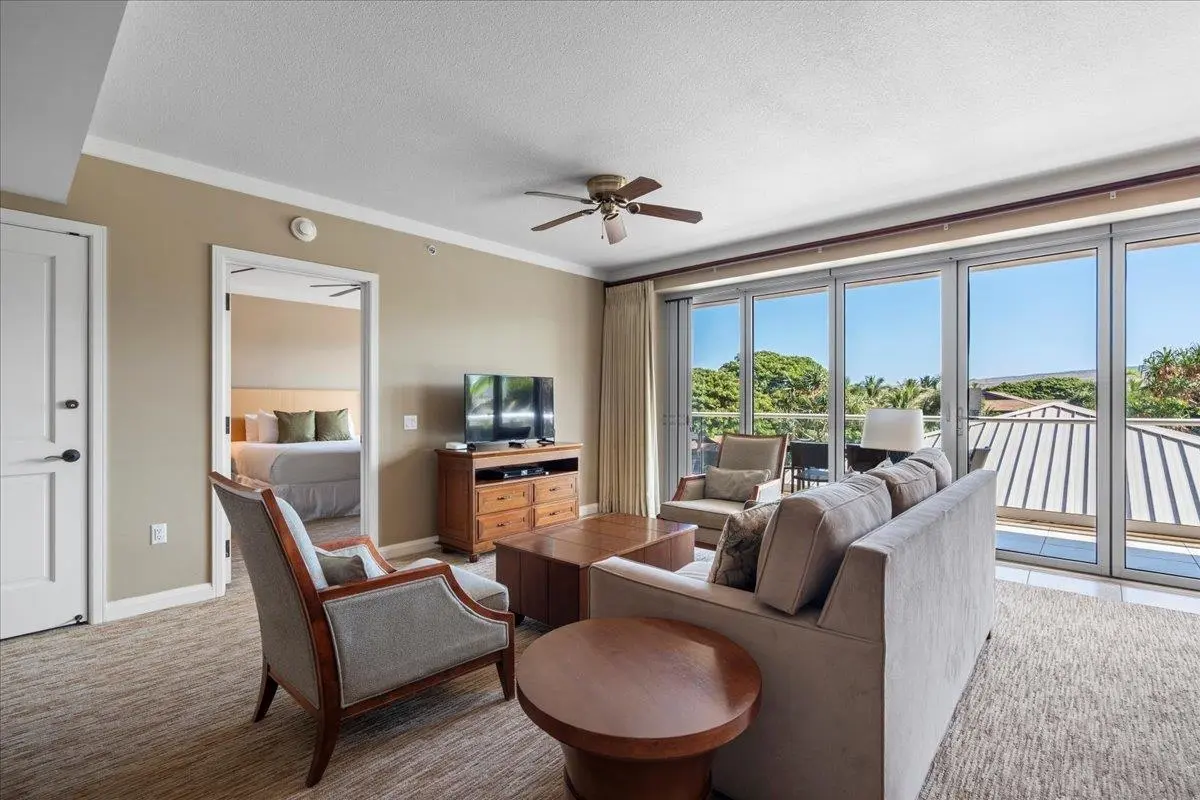



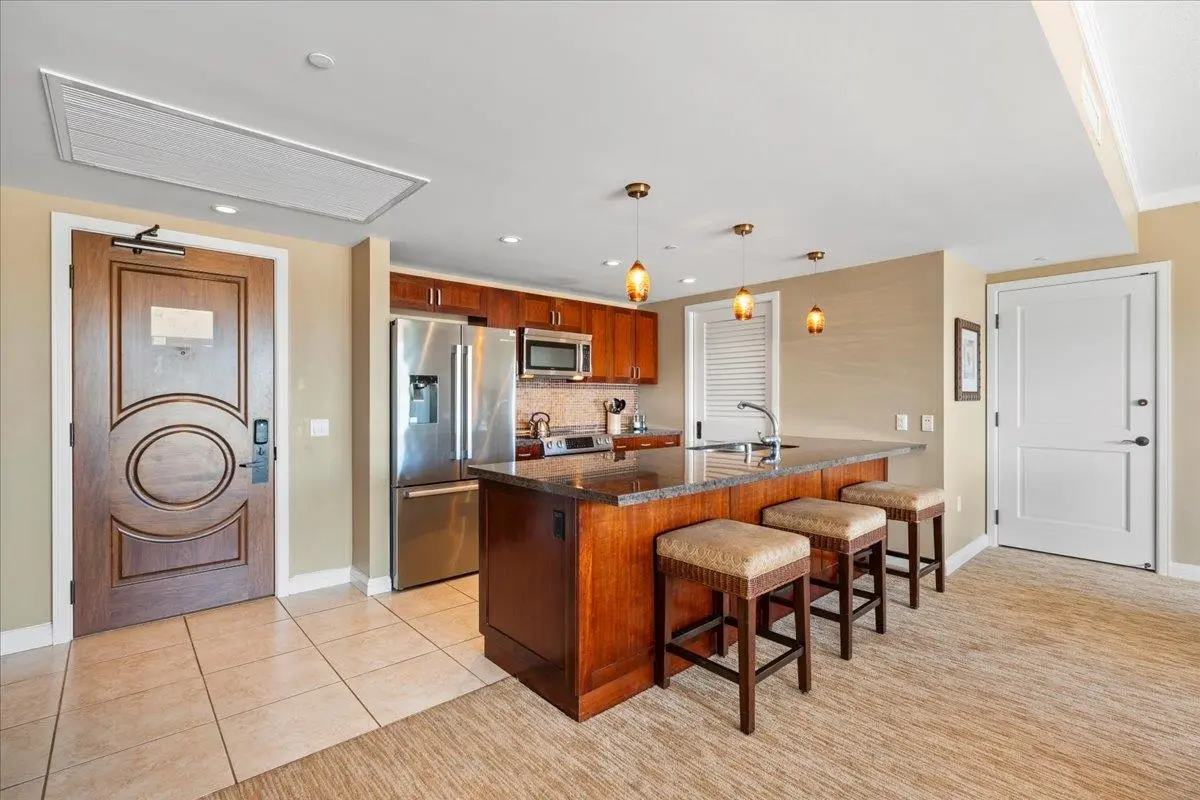
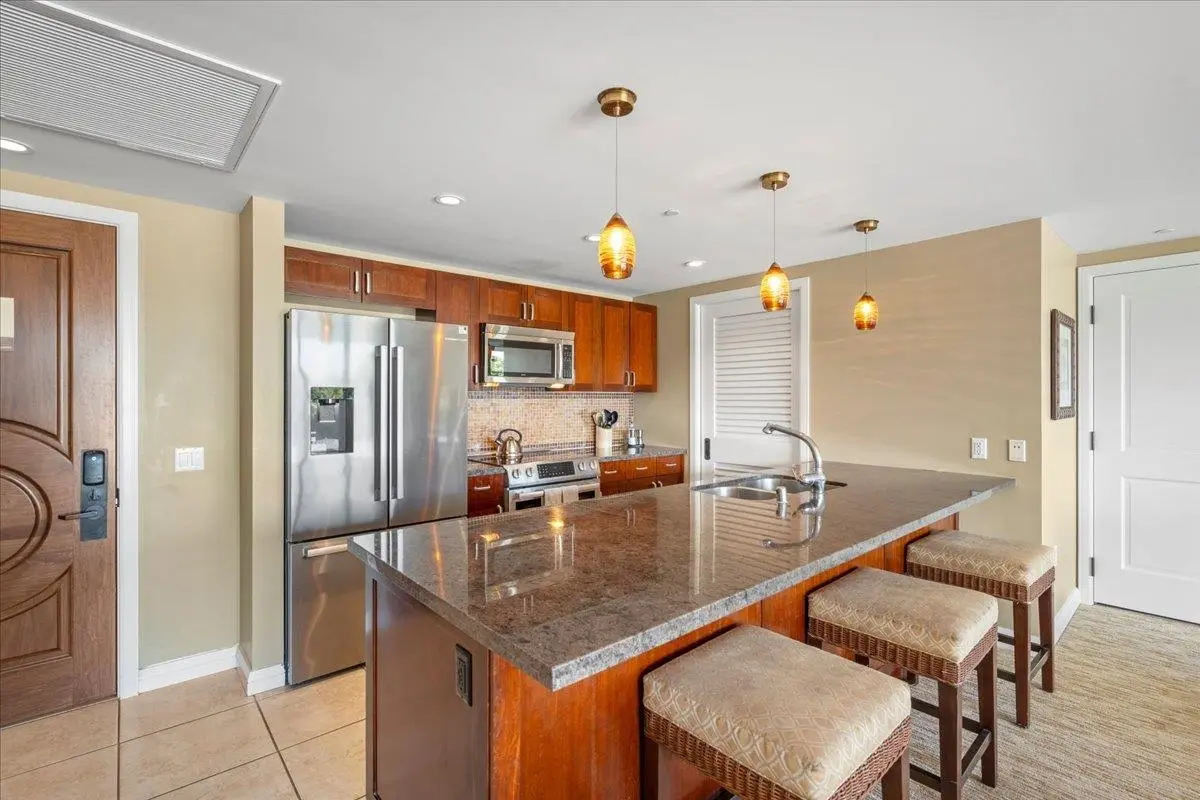
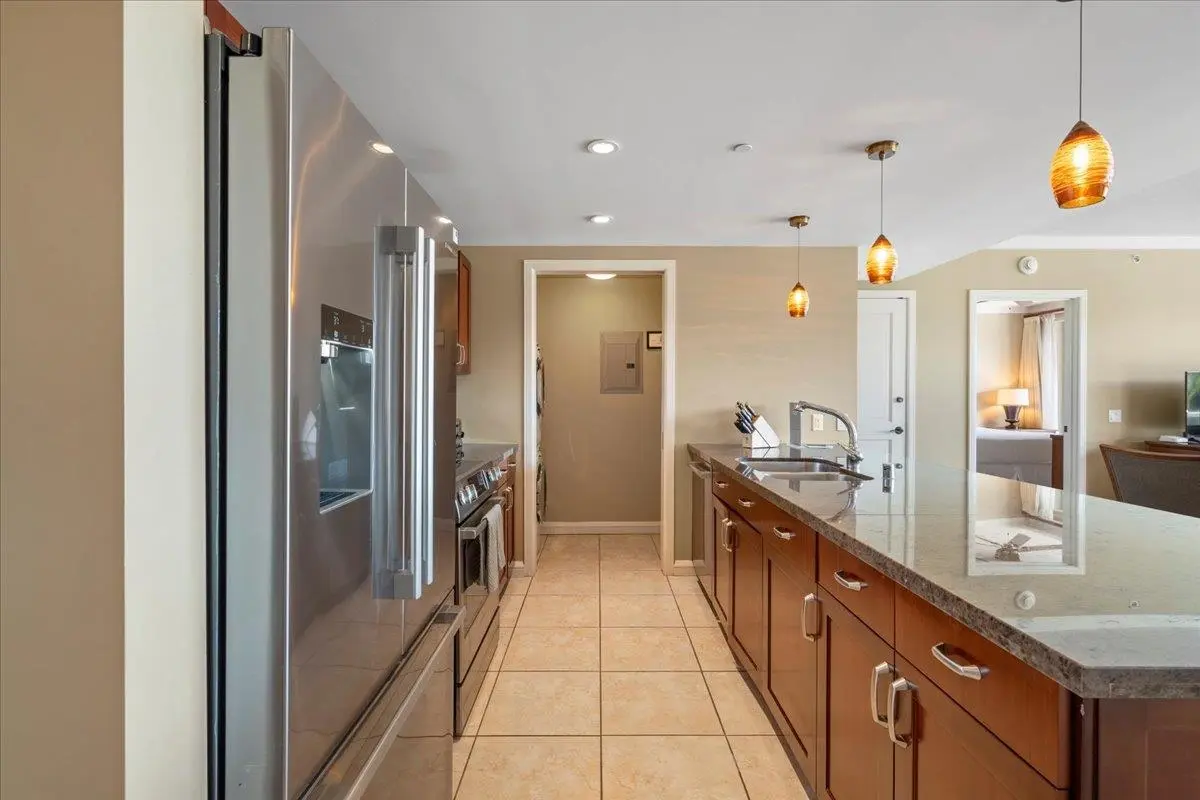

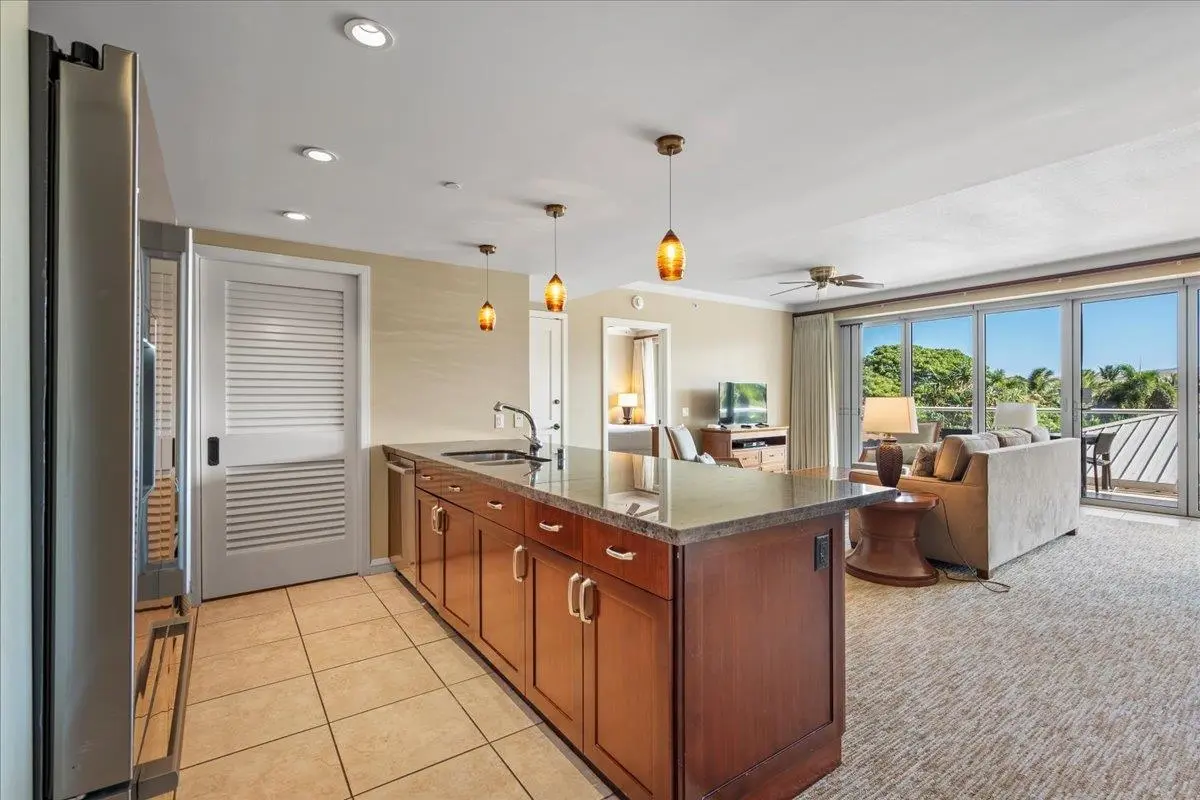

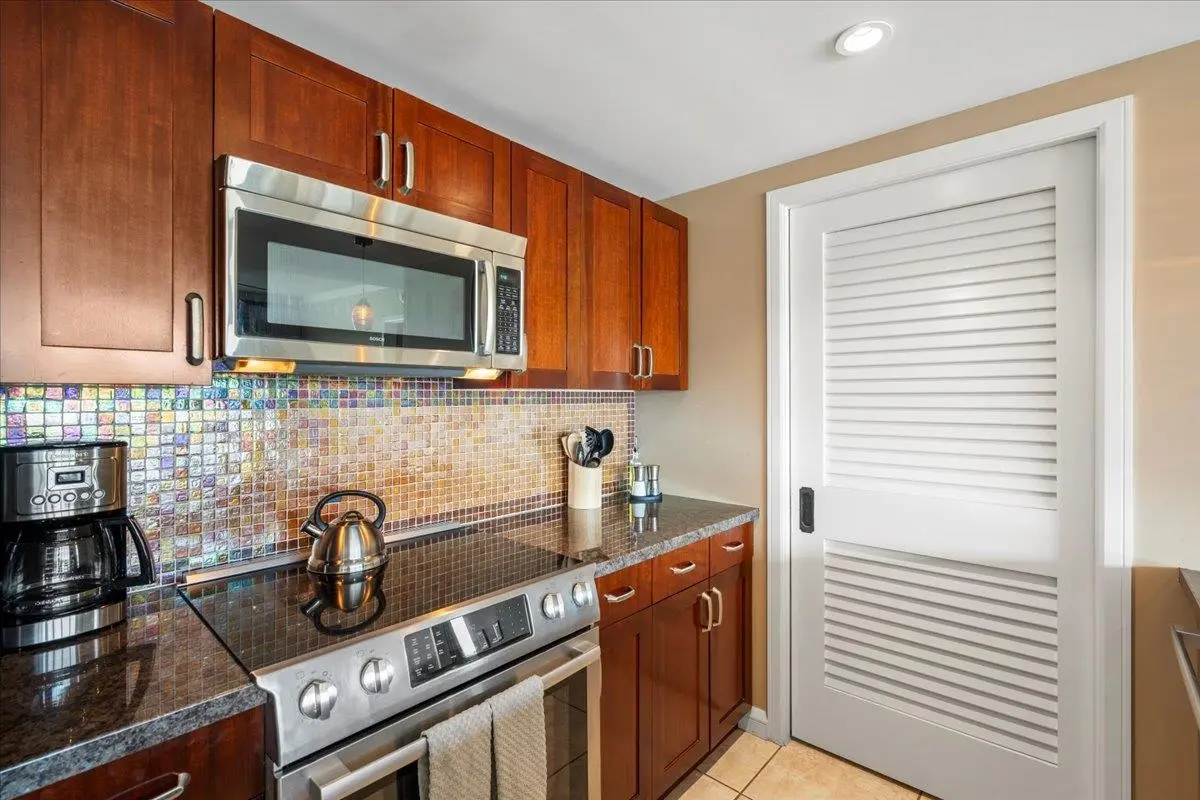

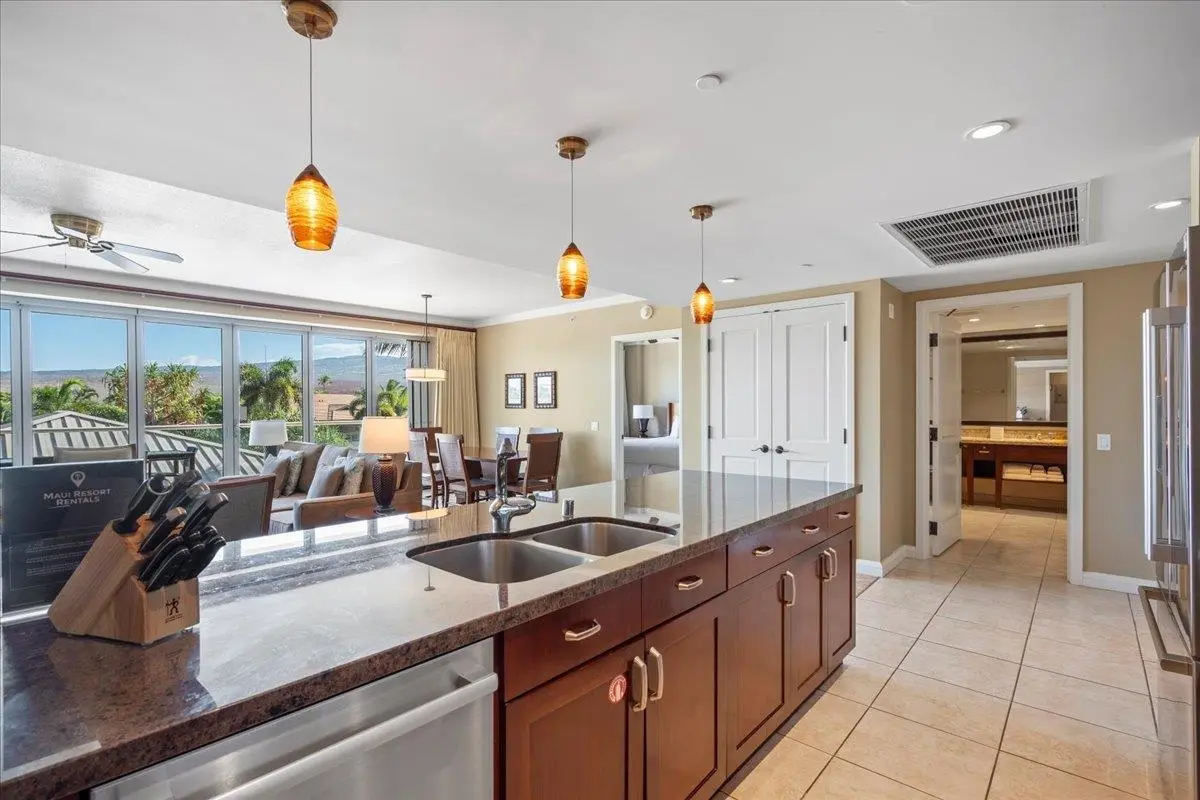
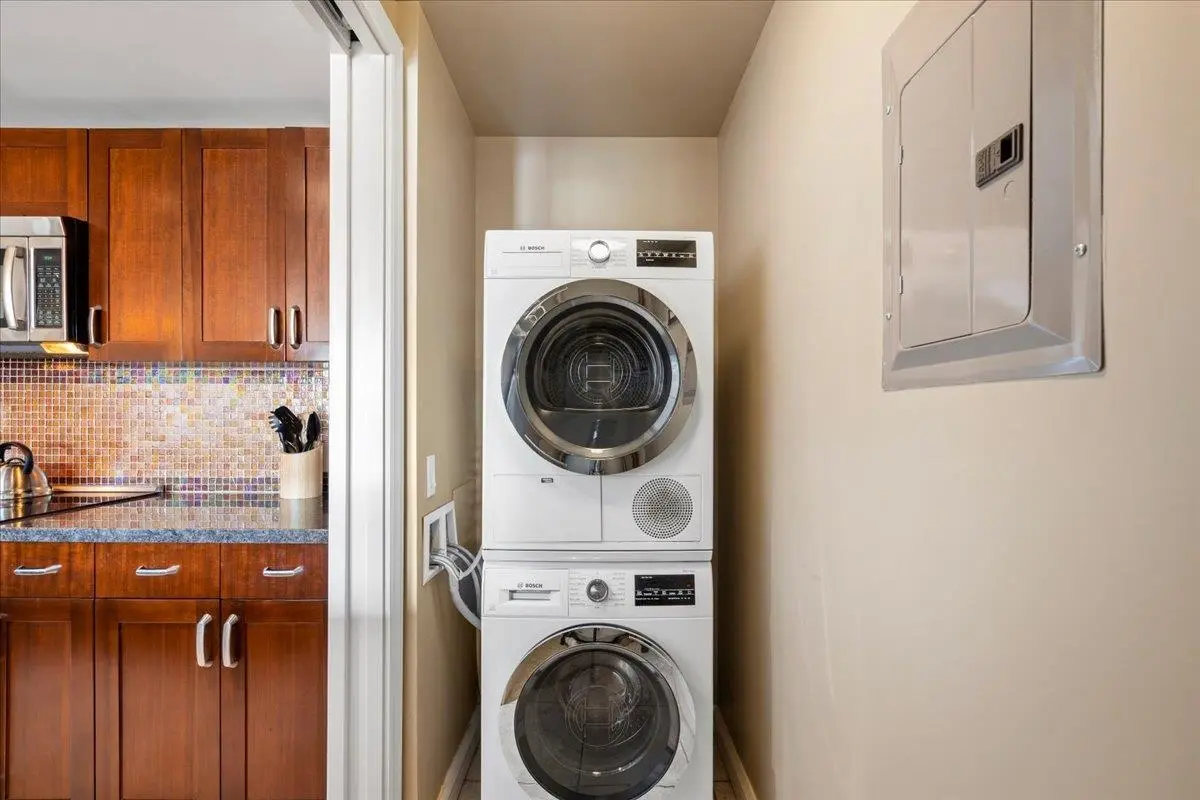

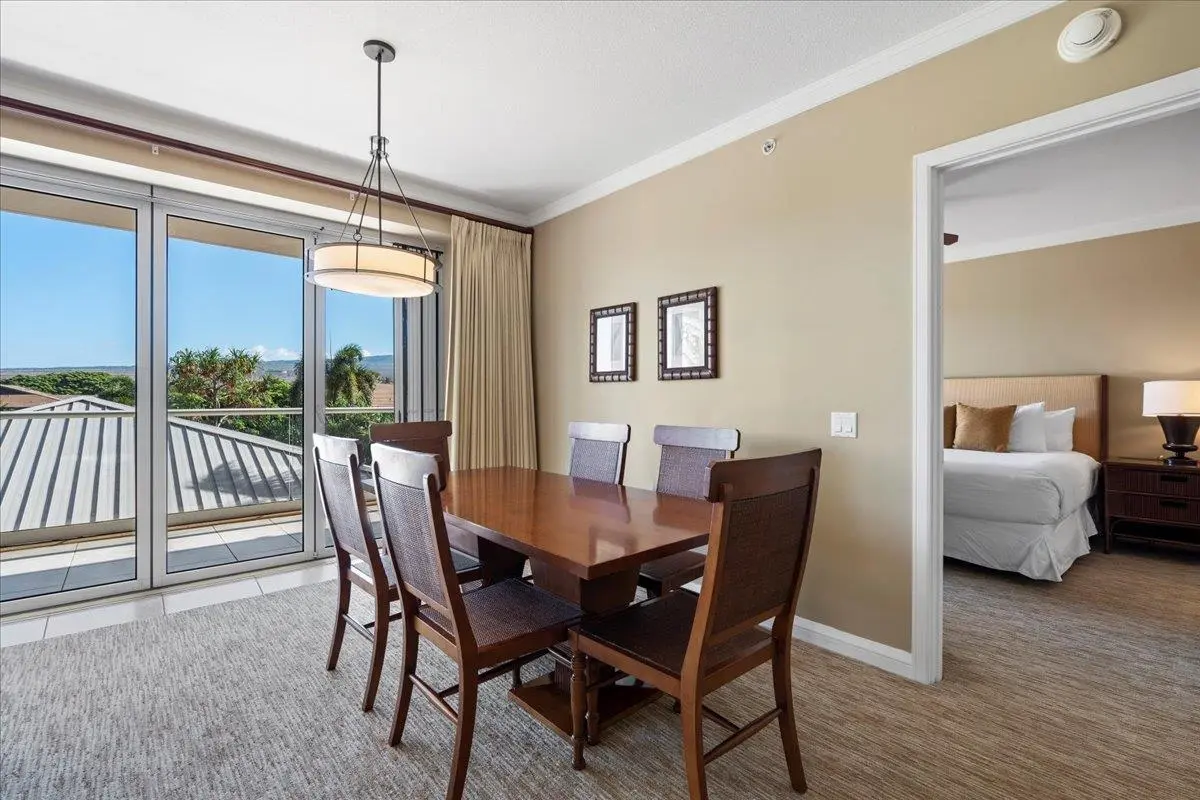
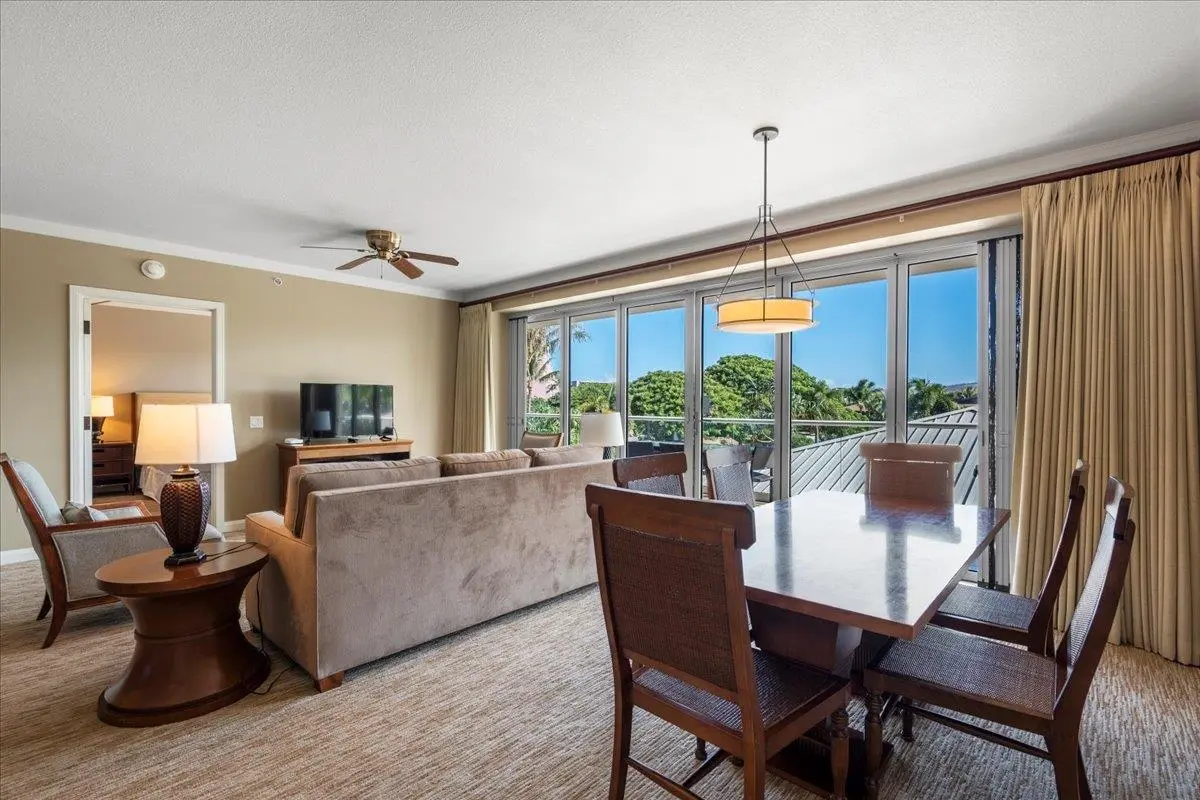
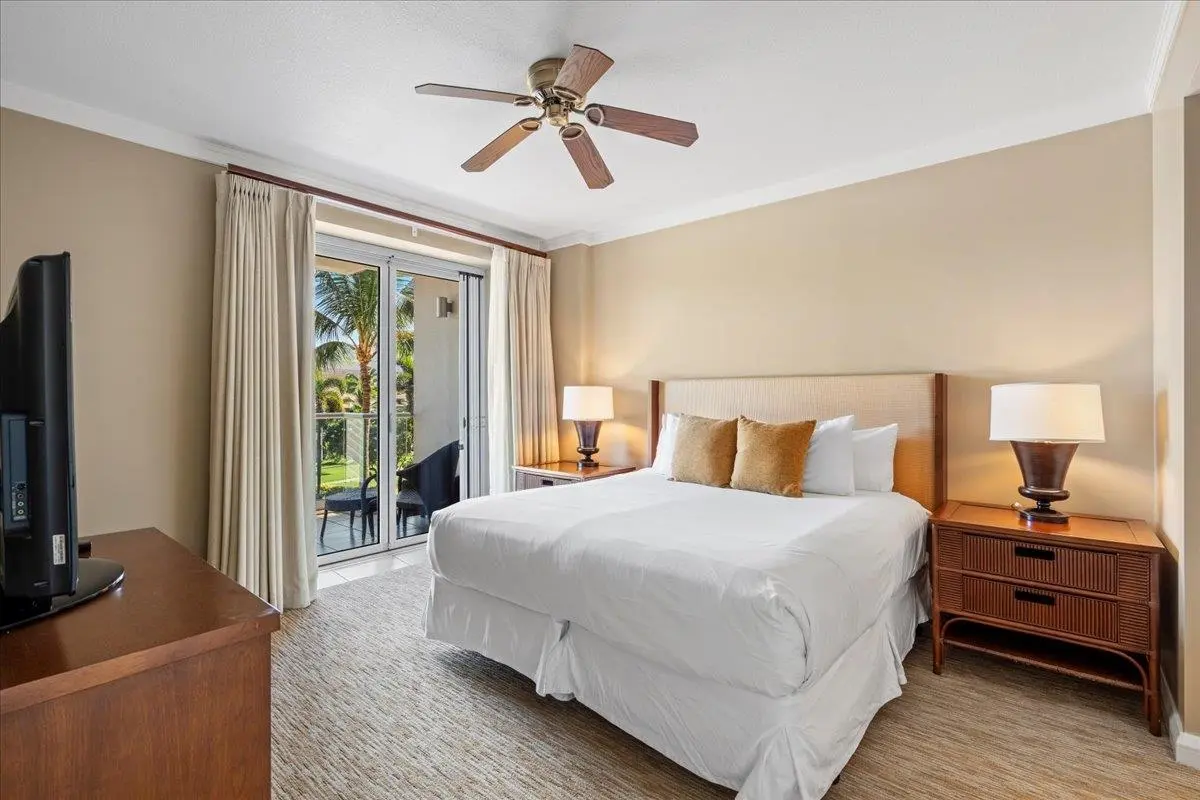


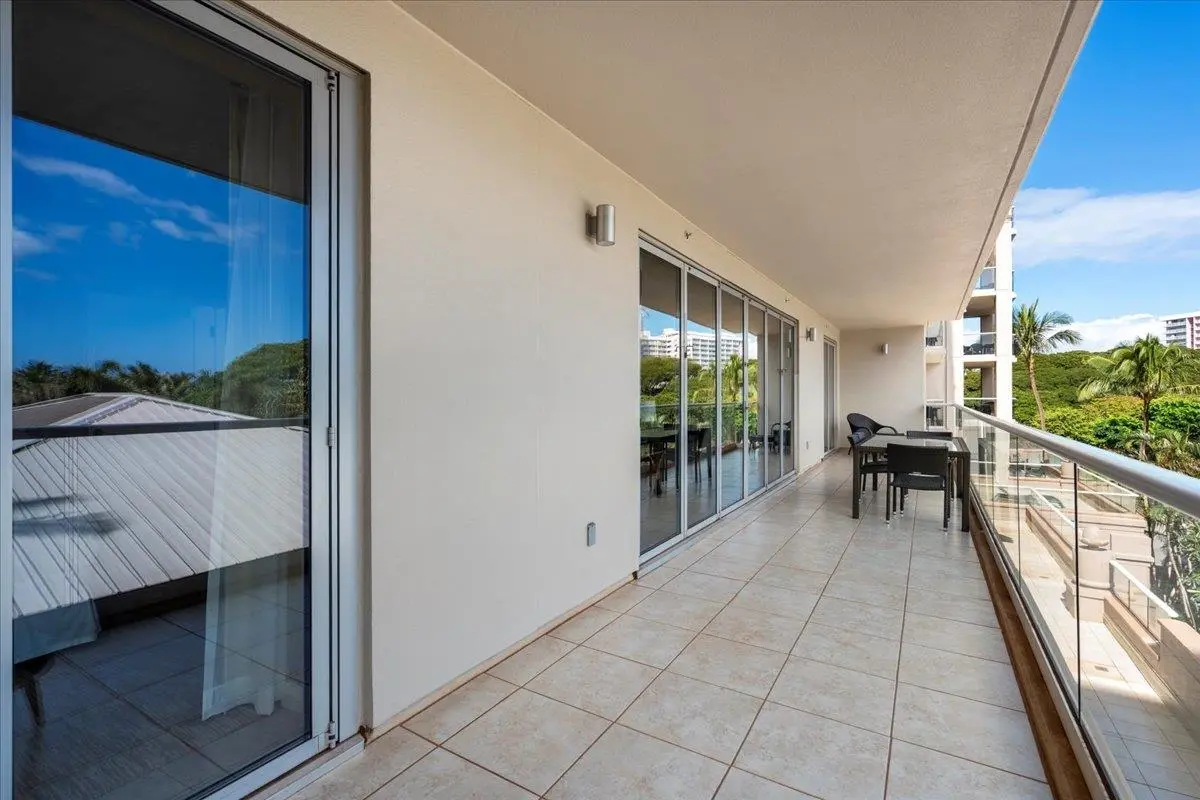
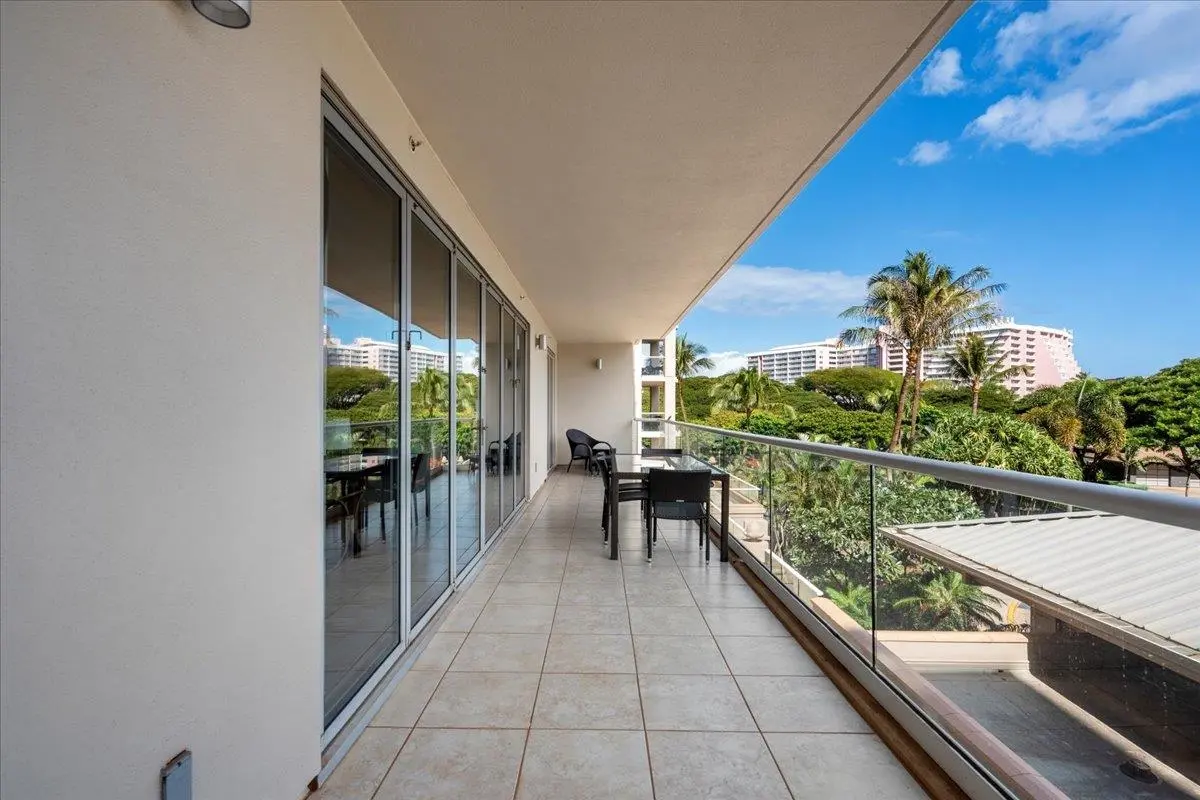
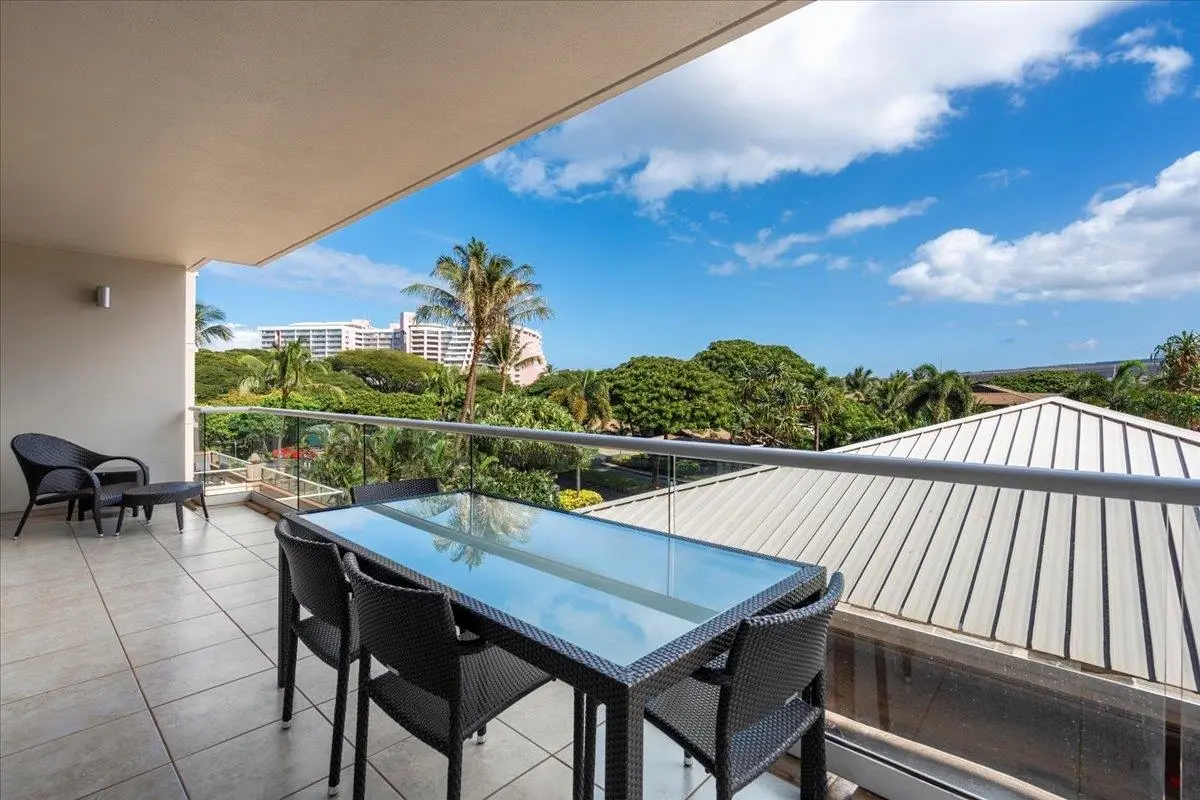



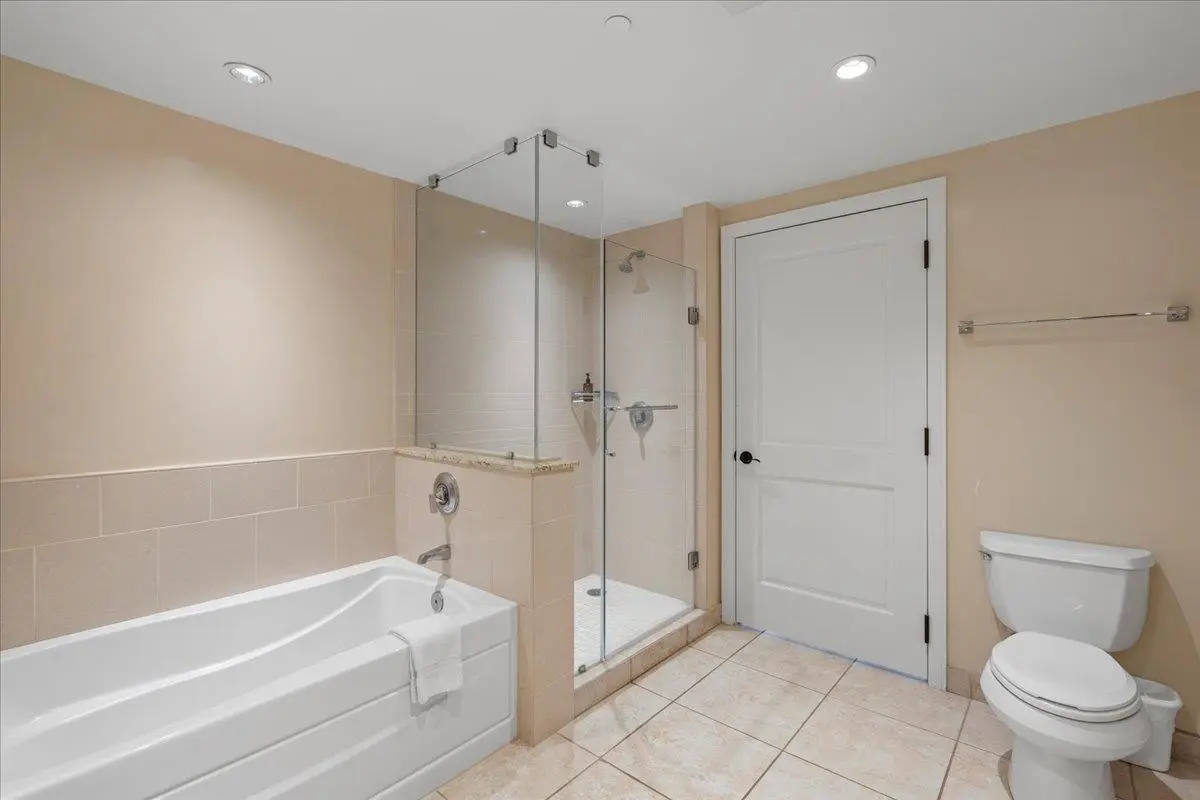




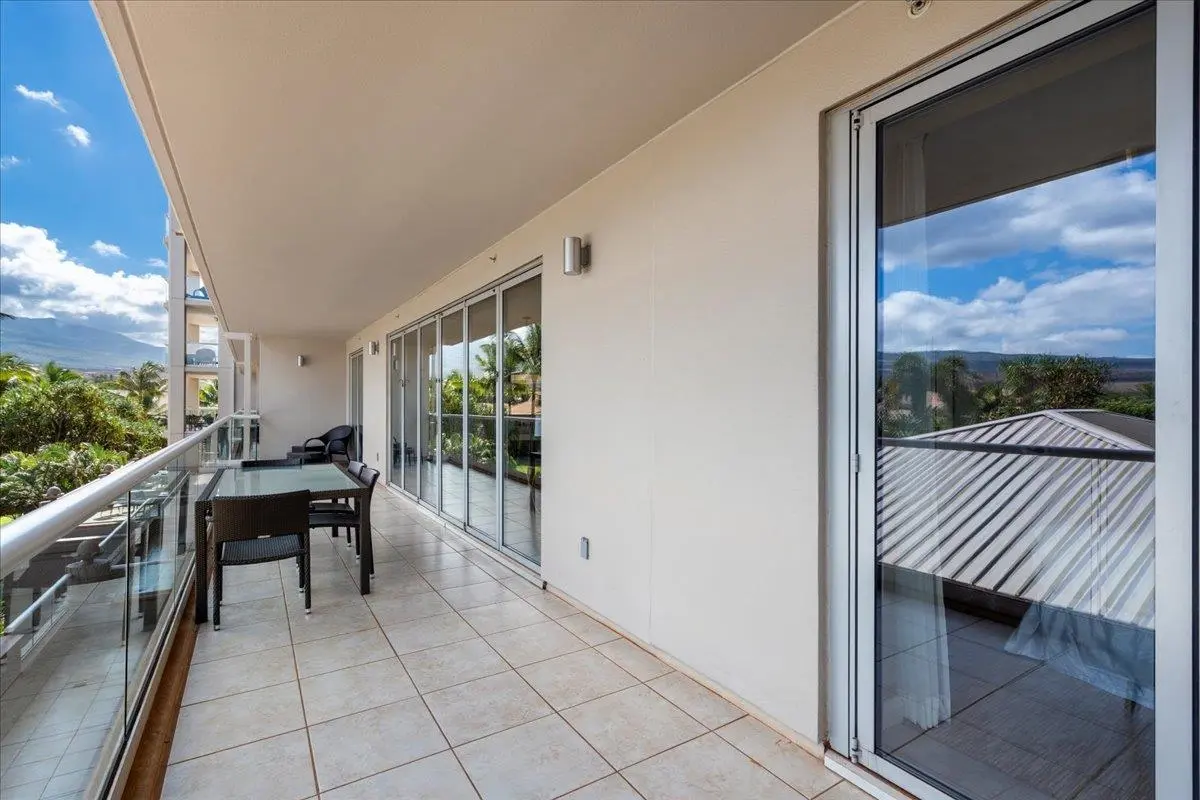
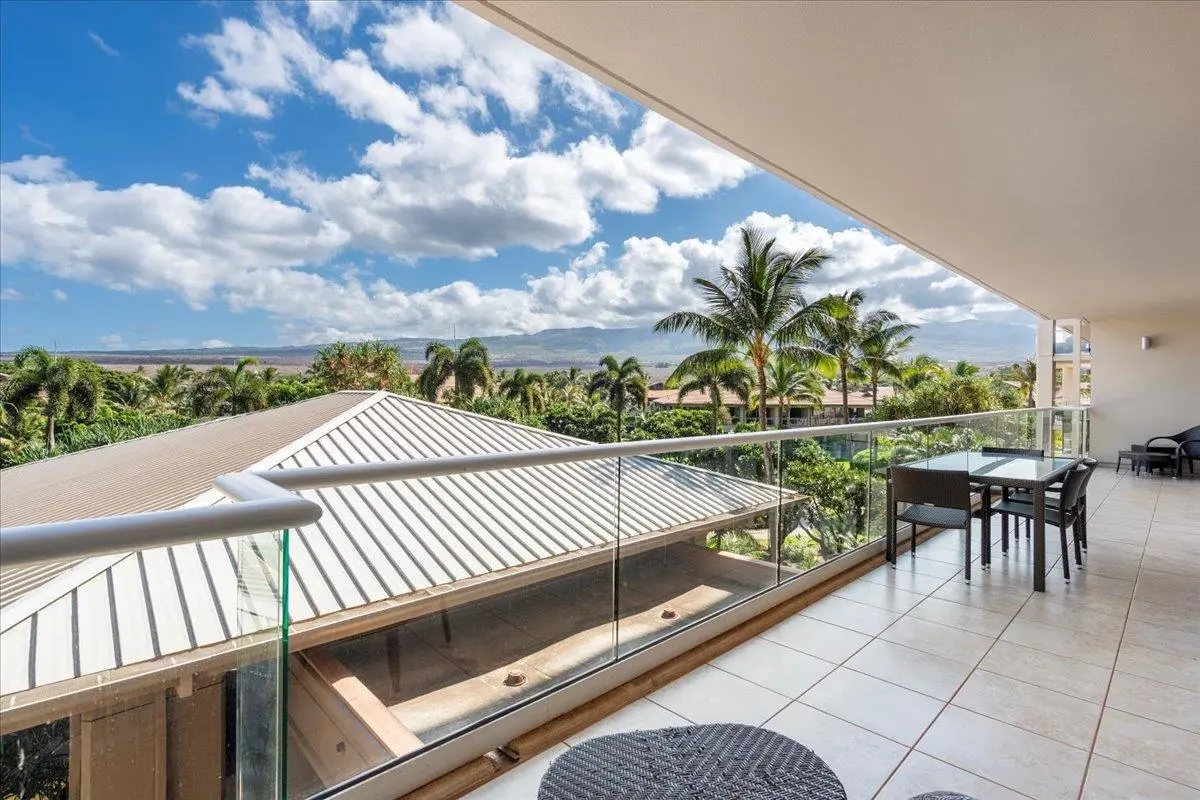
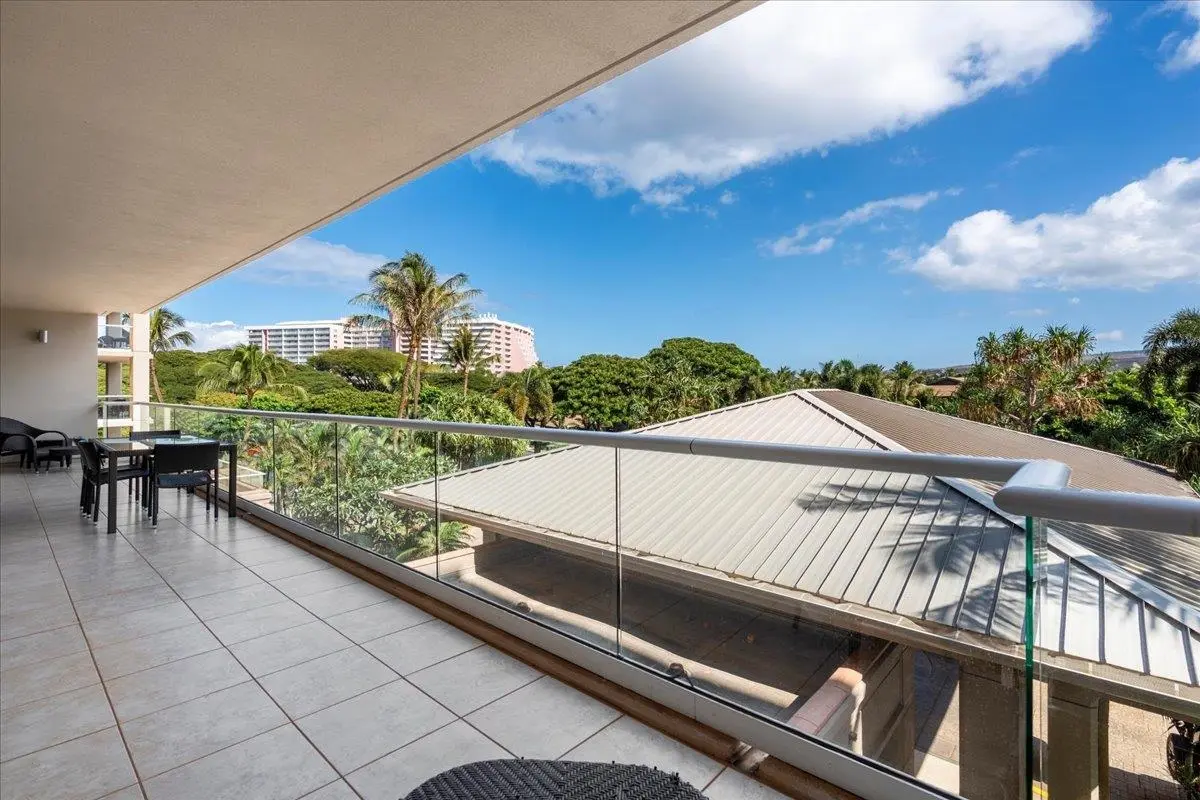
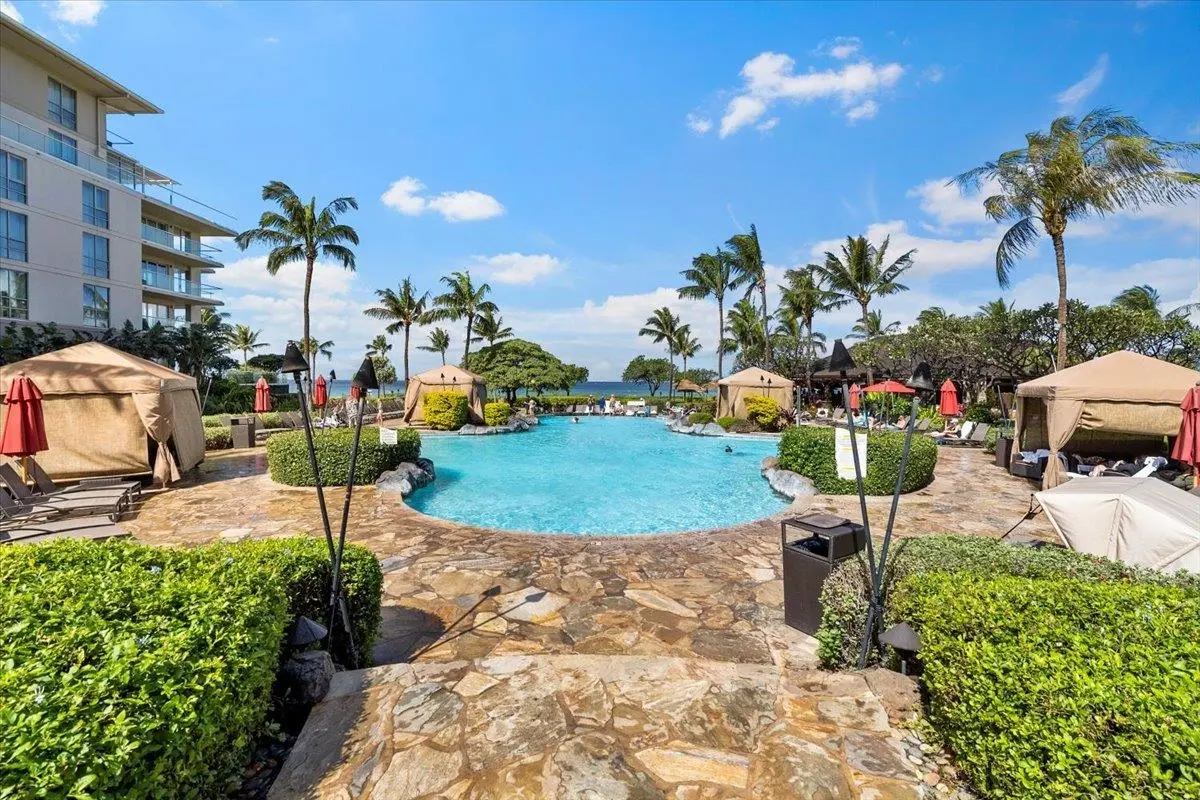



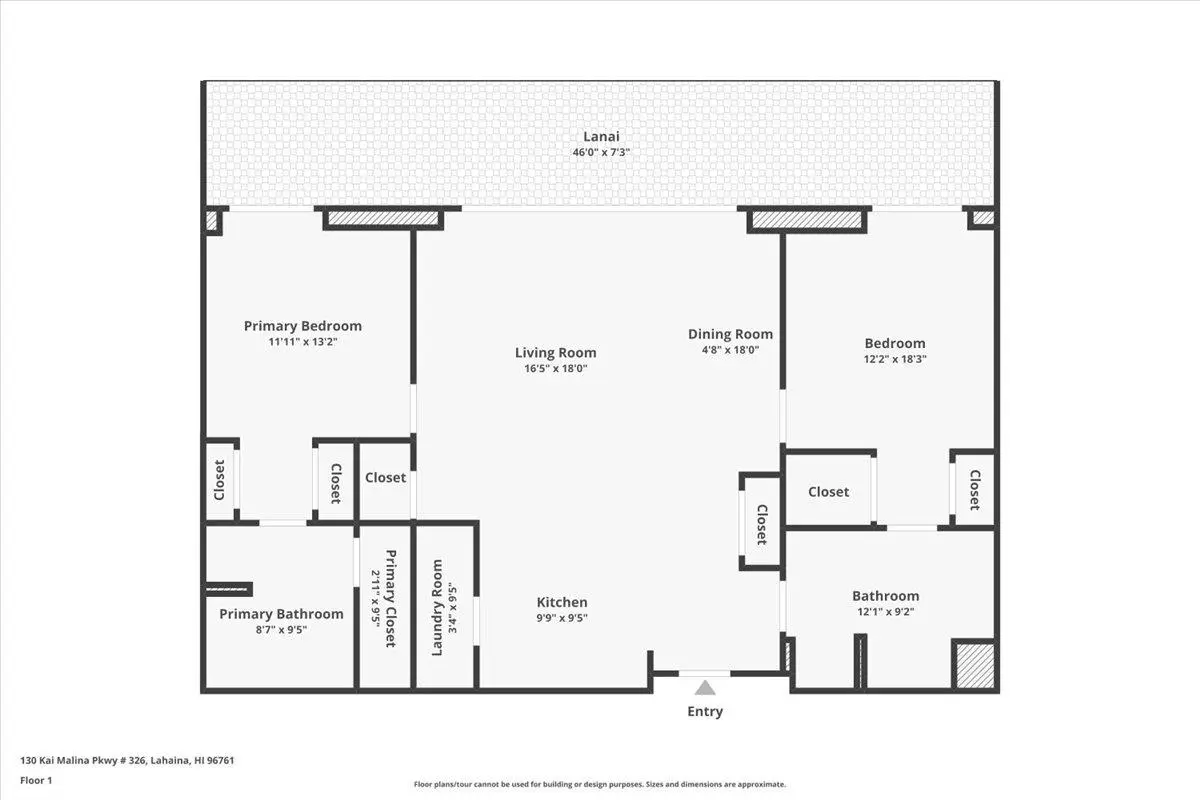
Leave A Comment